Neuroprotective and Neuro-regenerative whole foods and naturally occurring compounds
This is Installment #24 of the Stacking Functions in the Garden, Food Forest and Medicine Cabinet series.
This is the fifth article I have published on here that offer intel on specific foods and/or medicinal herbs/fungi that have the potential to help you to heal (and/or optimize the function of) particular parts of the body as well as to protect your body and mitigate the chance of severe injuries that could detrimentally impact your quality of life. Those last 4 articles (along with this one below) represent some of the specialized dietary lists I will including in my next book (Stacking Functions in the Garden, Food Forest and Medicine Cabinet : The Regenerative Way From Seed To Apothecary).
We live in an exciting time my friends! The convergence of ancient traditional medicine with modern techniques and globalization/culture mixing has given us an unprecedented opportunity to combine brain protecting, healing and optimizing nutritional knowledge so we can actually increase our brain power/memory in the present and also retain our cognitive function later into life with the right foods and natural stimulus.
So given this amazing opportunity to become the best version of our selves the world’s average IQ must be skyrocketing right!? Nope, sadly, the world’s average IQ is actually declining.
Some blame what Catherine Austin Fitts describes as “The Great Poisoning”, some blame the advent of “The Idiot Box”, some think the “smart-phones” are dumbing down the youth and others blame the proliferation of artificial EMFs. I think all four of those factors play a significant role in inflicting brain damage on humans and leading to the diminishing of average human intelligence globally, but I would also argue that the rise of humans developing A.I. co-dependance is accelerating that trend in a consequential way.
The irony of this is that those who covet these technologies think of their highly artificial (concrete, plastic, glass, big pharma/synthetic supplement dependant and “smart device” filled lives) as the pinnacle of “civilization”. Perhaps they are correct, and their radical disconnect from natural facets of the Earth (like forests) makes them more “civilized” then the rest of us, but if so, I would argue that becoming as “civilized” as they are comes at a terrible cost.
We live in a time when many humans have been seduced by the instant gratification and laziness enabled by AI Chatbots (resulting in a diminished cognitive capacity, brain atrophy and precipitously lower IQ levels) and some are even planting microchips in their heads to become super-intelligent A.I. grid wirelessly connected cyborgs! These various “A.I.” computer programs are beginning to flood the world with garbage articles (some even ending up in “prestigious” medical journals) and being used to write entire books.

Well I did the work of sorting through all the AI generated nonsense to find real (time tested and proven) research on this topic and cross referenced it with books. That said, I always encourage people to cross reference and confirm things for themselves, so I have included all my references below.
This post is intended to offer empowering information to those that are interested in making the best of what God gave us (these amazing human bodies and brains which we can nourish and stimulate with the natural stimulus, herbs and nutrition that the Creator also put here).
We do not need microchips, synthetic Big Pharma concoctions or “A.I.” codependence to unlock amazing levels of resilience, creativity, problem solving abilities and nurture higher states of conscious awareness. We have all the tools we need right here in the Garden, Food Forest and Apothecary!
Foods to Keep Your Brain Healthy
In addition to nootropic herbs (which enhance baseline cognitive health) certain foods play a crucial role in supporting brain health.
While we’ve always known that what we eat affects our bodies and how we look, scientists continue to uncover evidence that what we eat plays a huge role in the health of our brains. Yes, when it comes to staying mentally sharp and focused, eating plenty of brain foods matters, especially for our gray matter.
Brain foods are those that are rich in antioxidants, healthy fats, vitamins and minerals. They provide your brain with energy and aid in protecting brain cells, which helps ward off development of brain diseases.
Neurogenesis is the process of creating new neurons, while synaptogenesis is the process of forming connections between neurons. Both processes are involved in brain development and memory formation.
We can eat specific foods and engage in specific activities to support these endogenous processes in our brain (and other parts of the nervous system). If we make this into a habit, then a routine, and then part of our ingrained day to day life, we can begin to see boosts in mental energy, alertness, and the drive to get things done.
It can also result in noticeable improvements in daily productivity, with greater stress resilience and more centered mood. That leads to clearly perceivable enhancement in memory, verbal fluency, and the capacity to learn and process information.
Over time, that process (involving brain supporting foods, herbs and activities) results in life-changing increases in neuroplasticity, long term brain health, the ability to problem solve with mental clarity, stay sharp and creative and healthy brain aging (mitigating the chance of neurodegenerative disease).
I think it cannot be overemphasized, that the brain is our command center for perceiving, navigating and interacting with this beautiful world so when we take care of that aspect of our earthly temple we are improving the experience of life.
Neuroprotective, Neuro-regenerative and Synapto-regenerative
Some of these foods, herbs, fungi and naturally occurring compounds I’ll be discussing below help to protect your existing brain cells and optimize their function. Some of them can actually help to enhance the process of the production of new brain cells (initiating Neurogenesis) these would be foods and compounds that offer “neuroregenerative” benefits. Others help to encourage the formation of new connections between neurons and synapses (initiating Synaptogenesis) and these would be foods and compounds that offer “Synapto-regenerative” benefits. Some of the foods I’ll be listing below enhance all three of those processes simultaneously!
There are also specific physical and mental activities that can greatly augment the brain protecting and/or regenerating effects of these foods when they are engaged in in conjunction with eating said foods.
It is also important to keep in mind that toxins, artificial EMFs, stagnant patterns and brain atrophy through outsourcing cognitive functions to chatbots/generative “A.I” as well psychological stress play a significant role in inhibiting these processes. Thus, in order to optimize the effects of these brain protecting, healing and enhancing foods, sometimes the first step we need to take is abstaining from or minimizing ingesting toxins, identifying chronic stressing factors and cutting them out of our lives.
Okay so what do these three terms mean?
Neuroprotective :
Neuroprotective refers to the preservation of nerve cell structure and function. Neuroprotective strategies and nutritional agents can help prevent nerve damage, maintain cognitive resilience and slow the progression of neurological diseases.
Antioxidant Defenses and Neuroprotection:
Reactive oxygen species (ROS) are a normal byproduct of healthy metabolism—they are created by the oxidation and reduction (redox) reactions used by mitochondria when ATP is produced. ROS were once thought of as unwanted byproducts of mitochondria energy generation (i.e., the free-radical theory of aging). More recent findings have led to a more nuanced understanding of the roles of ROS, particularly in mitohormesis. This is the mitochondrial equivalent of the hormesis principle.
Mitohormesis implies that a zone of ROS causes mitochondria to toughen up, build adaptive capacities, and perform better. It also implies that excessive ROS can damage cellular membranes and impair cell energy processes (including ATP generation). The body has evolved a complex system of antioxidant defenses to allow it to adapt to and protect itself from ROS. A molecule called glutathione (and its related enzymes) plays a central role in antioxidant defense. Other antioxidant enzymes, such as catalase and superoxide dismutase, are also critical parts of the overall antioxidant defenses.
The brain, due to its high metabolic rate, consumes 20% of the total body oxygen, making it a big producer of ROS. Excessive ROS production, and the oxidative damage this can cause, is thought to be one of the main contributing agents to premature brain aging and cognitive decline. Therefore, it’s important that the brain’s antioxidant defense system be supported in ways that allow it to deal efficiently with ROS and maintain redox balance. many of the foods listed below provide benefits in this area, either by acting as antioxidants, by promoting antioxidant defenses, or both.
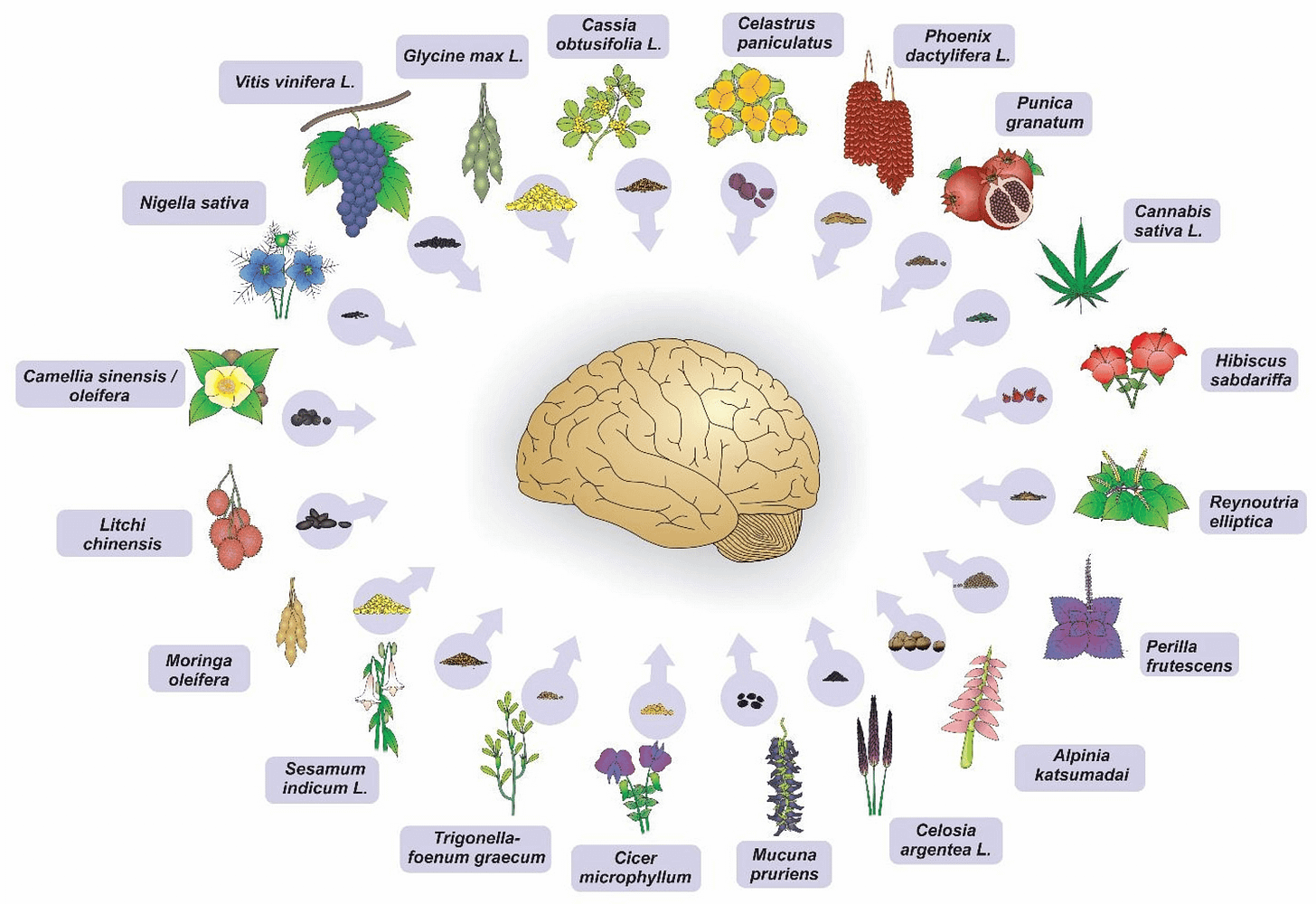
Neuroprotective nutritional agents can help mitigate or prevent neuronal injury after an acute disease, such as a stroke or traumatic brain injury.
Neuroprotective nutritional agents can help protect against cell degeneration in the brain after a chronic disease, such as Alzheimer's disease or Parkinson's disease.
Neuroprotective nutritional agents can help reduce inflammation, oxidative stress, and immune dysfunction.
Neurogenesis :
The Importance of Neuroplasticity and Brain-derived neurotrophic factor (BDNF)
Neuroplasticity is an “activity-dependent” process and therefore nutrition and physical activity (exercise and training) are key interventions that trigger the processes through which neurotrophins mediate energy metabolism and in turn neuroplasticity (Knaepen et al., 2010). Of all the neurotrophins, brain-derived neurotrophic factor (BDNF) seems to be the most sensitive to regulation by exercise, meditation, nutrition and learning new skills.
BDNF and nutrition are also closely linked. Nutrition and nootropic herbs are known to induce a cascade of molecular and cellular processes that support brain plasticity. Advances in brain imagining and Mass Spec tech have revealed the ability of food-derived signals to influence energy metabolism and synaptic plasticity and thus, measuring effects of food on cognitive function.
BDNF is most abundant in brain areas that are associated with cognitive and metabolic regulation: the hippocampus and the hypothalamus. In the hippocampus, the involvement of BDNF in neural plasticity and neurogenesis is important to learning and memory. BDNF stimulates the development and differentiation of new neurons and promotes long-term potentiation (LTP), which is widely considered to be one of the major mechanisms underlying memory acquisition, consolidation and storage in the brain. It is also known to be controlled at the molecular level by the activation of a number of neuronal signaling pathways.
It is generally accepted that BDNF has a wide repertoire of neuro-trophic and neuroprotective properties in the CNS and the periphery; namely, neuronal protection and survival, neurite expression, axonal and dendritic growth and remodelling, neuronal differentiation and synaptic plasticity and synaptic transmission efficacy (Cotman & Berchtold, 2002).
Nutrition influences both the development and health of brain structure and function, as it provides essential elements for the brain to create and maintain connections, which is critical for improved cognition.
The brain produces new neurons throughout life, especially in the hippocampus. This can be enhanced through diet.
Neurogenesis is a process that involves growing a new neuron.
Certain foods and activities accelerate this process (regardless of age).
Occurs in the subgranular zone and subventricular zones of the brain.
Can help replace dead cells and enhance brain repair.
Is especially important after injury or illness.
Examples of cognitive-enhancing foods include blueberries (49, 50), nuts (51, 52), and spirulina and certain combinations of bioactive phytocompounds (53, 54). Studies clearly show a role for the “nutrient control of neural stem cells” (55).
Certain nutrients also can support brain circuitry protection and repair in neurodegenerative diseases or following traumatic injuries, with consequential improvements in mood, lifelong learning, and memory (e.g., as seen in a human clinical trial using blueberries in the diet) (58). Many of the same supportive nutrients appear to target the inflammatory microenvironment that accompanies neoplasia. There are many other aspects of applying diet to neuroprotection and enhancing aspects of brain function, including roles for the endocannabinoid system, which has even been implicated in oxytocin-driven social reward (61). Oxytocin, a neuropeptide hormone, plays numerous roles in brain function.
Numerous studies exist of polyphenols and flavonoids affecting the central nervous system, including the neuropoietic niches in the forebrain (64); affecting synaptic transmission and circuitry function, including the importance of structural phospholipids (e.g., plasmalogens) (65); and their role in the nutritional formulation (a combination of uridine, docosahexaenoic acid, eicosapentaenoic acid, choline, phospholipids, folic acid, vitamins B-12, B-6, C, and E, and selenium) (66), proposed to maintain the structural integrity of brain membranes in AD (65) that also may contribute to cell genesis and synaptogenesis from newly generated neurons. Such “lipid nutrition” also has been a focus of studies looking directly at membranes of neural stem and progenitor cells (67); it was found that lipid signals, including fats, fatty acids and their metabolites and intracellular carriers, cholesterol, and vitamins, have substantial effects on proliferation and differentiation.
Synaptogenesis :
Synaptogenesis is the formation of new synapses in the brain.
Synapses are the connecting points between your 100 billion brain cells. You have trillions of synapses in your brain, and your brain cells communicate with one another across them. Certain foods and activities can enhance or diminish rates of Synaptogenesis in your brain.
The deterioration and loss of synapses is linked to a number of neurodegenerative diseases and mental health disorders, including Alzheimer's disease, depression, poor learning and memory, intellectual impairment and other cognitive deficits.
The good news is that researchers now know that synaptogenesis occurs in the brain throughout our entire lives and it can be enhanced through dietary and lifestyle changes.
Living a healthy and balanced lifestyle leads to a healthy balanced brain, and there are many simple lifestyle changes that have been shown in studies to increase levels of BDNF.
BDNF increases synaptogenesis so much. It also has mood elevating effects in humans.
For example:
Getting out in the sun
Getting into an biodiverse ecosystem like a forest, connecting with the trees, touching the living soil and meditating
Doing yoga
Doing mental/physical tasks like building, drawing, sculpting or carving
Doing cardio exercise and physically demanding tasks
Researchers have repeatedly found that physical activity encourages synaptogenesis and increases brain synapses
Exercise also increases blood flow to the brain, promotes the regeneration of myelin, and can help reverse brain damage and cognitive decline. When that is combined with the other activities and foods listed here some seriously synergistic brain healing/optimizing effects can occur
Doing anything creativem, new and/or challenging for you (like creating one of the many recipes I list at the bottom of this post which contain many nootropic ingredients!)
Spending time with loved ones
Regular Sexual Activity
Resveratrol (from red grapes or Japanese knotweed)
Intermittent fasting (even with as little as 12 hours of fasting)
Human brain neuropoietic sites, the periventricular subependymal zone, and the hippocampus (2, 69) are extremely amenable to positive growth (and connectivity) effects from not only flavonoids such as cocoa (1) but also a variety of vegetable- and fruit-derived polyphenols, stilbenes, anthocyanins, and other biogenic alkaloids that have shown efficacious improvements in cognition. The well-established prowess of blueberries (70) and other fruit- and nut-derived (e.g., hickory nuts or walnut) (51, 52) individual nutrients (e.g., pterostilbene) (71) exhibits antioxidant and anti-inflammatory biological actions that counter neuronal aging and enhance structure, synaptic connections, function, and resultant cognitive (e.g., maze-associated navigational skills) behaviors associated with the hippocampus (72). Micronutrients, including B and other vitamins (73), also play roles in the cognitive impairment that can accompany aging, and often seem to be in association with vascular processes.
The brain is a very metabolically active organ accounting for a high percentage of the total resting metabolic rate. As well as affecting the architecture of the brain, nutrition can also potentially influence connections in the brain and functioning from moment to moment (Benton, 2008). Non-invasive imaging techniques have clearly demonstrated that simply thinking about food can modulate neural activity in specific brain areas known to be involved in Synaptogenesis.
Well, if thinking about food can increase the synaptic connections in your brain, than I would say that is another reason why getting my first book that is packed full of delicious recipes is a great idea! ;)
Synaptic regeneration is the process of forming new connections between neurons, or synapses, in the nervous system.
Involves the growth of axon growth cones that find signal molecules to form synapses
Reactive synaptogenesis occurs quickly during learning tasks
Certain foods, vitamins, minerals and natural compounds
The formation of synapses depends on sufficient brain levels of three key nutrients (and some minerals) – uridine, omega-3 fatty acids, and choline. These nutrients are synergistic, and if you take them taken together (especially after cardio exercise and in conjunction with engaging in an activity that challenges your brain) they accelerate the formation of new synapses in the brain.
Studies have found that synaptogenesis is significantly enhanced by increasing omega-3 fatty acids, uridine, Vitamin C, Vitamin E, and selenium intake in diet (together). But it wasn’t enhanced as much with omega-3 fatty acids and uridine alone, suggesting that Vitamin C, Vitamin E, and selenium play a key role in synergistic synaptogenesis.
The omega-3 fatty acid DHA increased the formation of new connections in the hippocampus in gerbils [30].
Increased hippocampal neurogenesis via omega-3 fatty acids has been proposed as a way to prevent PTSD [31].
Magnesium is a vital mineral that participates in more than 300 biochemical reactions in your body, including neurotransmitter and hormonal activity, which can have a huge effect on your brain function.
Researchers have found that increasing magnesium levels in the brain improves learning and memory by promoting synaptogenesis and increasing brain synapses.
One study concluded that magnesium increases the number of synaptic connections between brain cells and boosts the density of synapses.
Magnesium-rich foods on a regular basis, including Hickory Nuts, walnuts, Acorns, Pawpaws (Asimina triloba fruit), spinach, chard, pumpkin seeds, almonds, avocado, cacao and bananas (more on this later).
Many types of seaweed contain solid amounts of magnesium, including kelp, dulse, sea lettuce, Irish moss, and carrageen
This herb also contains magnesium.
Resveratrol is a beneficial antioxidant and anti-inflammatory compound found in grapes, Red currants, Japanese knotweed, red wine, raspberries and cacao beans/dark chocolate (more on this later).
Resveratrol is known to help prevent the development of neurodegenerative diseases.
Resveratrol can help restore the integrity of the blood-brain barrier, support your mitochondria, and increase blood flow to the brain. It also increases rates of synaptogenesis.
Research shows that both Quercetin and Resveratrol promotes and enhances synaptogenesis.
Bacopa monniera is an adaptogenic herb with cognitive-enhancing effects. Several studies show that it improves cognition, learning and memory by strengthening communications between brain cells. Both healthy and elderly people who take the herb experience improved attention, learning and memory.
Researchers found that these improvements are because bacopa increases brain synapses and increases specific neuromolecular mechanisms that encourage and enhance synaptogenesis (more on this later in the article).
Researchers have also discovered that Ginkgo Biloba stimulates synaptogenesis and increases brain synapses (more on that later).
Neurogenesis is a complex process by which neural progenitor cells (NPCs)/neural stem cells (NSCs) proliferate and differentiate into new neurons and other brain cells. In adulthood, the hippocampus is one of the areas with more neurogenesis activity, which is involved in the modulation of both emotional and cognitive hippocampal functions. This complex process is affected by many intrinsic and extrinsic factors, including nutrition. Diets enriched with bioactive compounds, such as polyunsaturated fatty acids and polyphenols, as well as intermittent fasting or caloric restriction, can induce enhanced levels of neurogenesis.
Interestingly, there is also growing evidence demonstrating that offspring AHN can be affected by maternal nutrition in the perinatal period. Therefore, nutritional interventions from early stages and throughout life are a promising perspective to alleviate neurodegenerative diseases by stimulating neurogenesis.
Neurogenesis and synaptogenesis in memory
Neurogenesis, synaptogenesis, and awareness are all involved in the formation of trace memories.
The hippocampus is important for the initial acquisition of trace memories.
Adult neurogenesis is accompanied by synaptogenesis as new neurons integrate into hippocampal circuitry.
The foods listed below can help you optimize these processes to endogenously produce compounds and initiate heightened states of stable cognitive function.
There is a long list of foods that promote neurogenesis. You may have heard that blueberries are brain food, and it turns out that strawberries and many other berries are too (it’s the polyphenols). Grapeseed essence, turmeric, green tea, and resveratrol (found in peanuts, tree nuts/seeds (especially when fermented), grapes, cacao beans, wine, and berry fruits) also promote the growth of new neurons. And fatty fish, seaweed, algae, hickory nuts, walnuts, and flax, chia, and Cannabis (aka “hemp”) seeds contain omega-3 polyunsaturated fatty acids (PUFAs), which have been shown to promote hippocampal neurogenesis and improve spatial memory.
In this article, I`ll explore how certain foods to support a particular pathway of healing and/or enhancing brain function (e.g., acetylcholine signaling, dopamine signaling) or process (e.g., neuroplasticity, cerebral blood flow).
Those are just a few of the main ones, we`ll dive into many other neuroprotective and neuro-regenerative foods ahead.
What are the top brain foods? Below are foods for brain health that experts recommend regularly including in your diet to help stave of age-related cognitive decline:
Nootropic Foods are Brain Fuel
The average human brain weighs about 3 pounds (1360 g). About 2% of your total body weight. Yet it consumes over 20% of the oxygen, and nutrients you get from food.
A regular diet of various nutrient-rich foods is critical for optimal and sustained cognition. What you eat has a direct and long-lasting effect on your brain.
1. Flavonoid-rich Foods: Berries, cabbage, onions, apples, citrus fruits, cherries, grapes, fermented beans, coffee, tea, and cocoa are packed with flavonoids, which can benefit cognitive function.
Anthocyanin is a powerful flavonoid that helps protect, heal and optimize brain function in a number of ways.
2. Omega-3 Rich Foods: Fatty fish like wild salmon, herring, mackerel, sardines, along with flax seeds, walnuts, and chia seeds, provide essential omega-3 fatty acids that protect brain cells and reduce inflammation.
3. Antioxidant-rich Foods: Berries, dark leafy greens, sweet potatoes, squash, carrots, broccoli, citrus fruits, and asparagus are rich in antioxidants that help combat oxidative stress and support brain health.
Fruits and vegetables help tame inflammation caused by free radicals. That if not controlled because you don’t eat enough antioxidant-rich food, will damage and even prematurely kill brain cells.[vi]
Micronutrients like B-Complex vitamins are cofactors required for the production of all your major neurotransmitters. And trace amounts of copper, iron, sodium and zinc are crucial to the development of your brain cells. The production of neurotransmitters and the way they work for optimal memory and mood.
4. Blood Sugar Balance: Maintaining stable blood sugar levels is crucial for cognitive health. Consume a protein-rich breakfast, balance macros in each meal, have healthy snacks on hand, and avoid processed foods and sugary beverages.
What You Eat Affects Cognition
As I learn to listen to my body and how I feel, the effect on cognitive function from what I eat becomes even more profound.
I tried an experiment a while ago. Rather than my usual breakfast of bacon and eggs, I decided to have a bowl of organic, whole grain cereal with milk. I think I may have topped it with sliced banana or a handful of blueberries.
Within an hour I felt my brain slugging along at half capacity. I didn’t feel energized like I normally do in the morning.
This reaction to a simple breakfast change surprised me at first. Until I realized that all the research and writing I’ve done on nootropics over the last few years. It should have warned me not to mess with what I knew instinctively worked well.
Organic, free-range, pastured, cage-free eggs are the ultimate brain food. Eggs come with:
choline – helps produce acetylcholine which boosts learning and memory
tryptophan – an amino acid that is a precursor to serotonin, melatonin and Vitamin B3 (niacin) which helps anxiety, depression, insomnia, and memory
tyrosine – an amino acid directly involved in creating dopamine, norepinephrine, and epinephrine in your brain
vitamin B12 – essential for the synthesis of DNA, RNA and neurotransmitters, the maintenance of myelin sheaths protecting axons, and red blood cell formation
lutein & zeaxanthin for eye health
Your brain is a remarkable organ that deserves the best care possible. By incorporating these herbs and foods into your life, you can nurture your mind and enhance cognitive function. Remember that these herbs and foods not only support brain health, but also contribute to the overall well-being of the other systems in your body.
Here is an in depth list of Foods, herbs, naturally occurring compounds, vitamins and minerals with info on each of their mechanisms of action (not an exhaustive list):
1. Ashwagandha -
Ashwagandha (Withania somnifera) is traditionally seen as an adaptogenic herb (one that is said to promote balance in the body).
In animals, withanoside IV (a compound found in Ashwagandha) prevented the loss of neurons caused by amyloid beta plaques in the hippocampus and brain cortex. The authors of the study suggested that ashwagandha should be researched in Alzheimer’s patients, but clinical trials haven’t yet been carried out [51].
In another study, ashwagandha appeared to protect the brain when damaged by a high-fat diet [52].
2. Chlorella and Spirulina
Chlorella and Spirulina, are types of freshwater algae, helps with brain health by providing vitamin B12 and antioxidants.
Vitamin B12: Chlorella is a plant-based source of vitamin B12, which helps the body create new nerve (and brain) cells. A deficiency in vitamin B12 has been linked to memory loss.
Antioxidants: Chlorella contains antioxidants that help protect against inflammation and oxidative damage.
Chlorella and Spirulina have shown neuroprotective effects in studies, including reducing inflammation and oxidative damage. Chlorella is a microalgae that's rich in nutrients, including B vitamins, protein, and antioxidants.
How Chlorella and Spirulina helps prevent neurodegenerative diseases:
Alzheimer's disease: Chlorella peptides have shown the ability to improve learning and memory people with Alzheimer's.
Parkinson's disease: Polysaccharides from Chlorella pyrenoidosa have shown anti-inflammatory properties that may help relieve Parkinson's disease symptoms.
Other potential health benefits of Chlorella Binding to heavy metals and flushing them from the body, Lowering bad cholesterol and triglycerides, Decreasing blood vessel stiffness, Supporting brain health, and Reducing the risk of some types of cancer.
Astaxanthin – potent antioxidant found in algae and regeneratively farmed seafood that may offer some brain-protective activity, especially in the context of aging.
Astaxanthin, a carotenoid with antioxidant and anti-inflammatory properties, promotes neurogenesis and improves cognitive function.
How astaxanthin promotes neurogenesis:
Cell proliferation: Astaxanthin can increase the rate of cell proliferation in neural stem cells.
Stem cell potency: Astaxanthin can increase the potency of stem cells.
Neuroinflammation: Astaxanthin can reduce neuroinflammation associated with aging and chronic microglial activation.
Oxidative stress: Astaxanthin can reduce oxidative stress, which can impair neurogenesis.
Blood-brain barrier: Astaxanthin can cross the blood-brain barrier to reach the brain.
3. Anthocyanin -
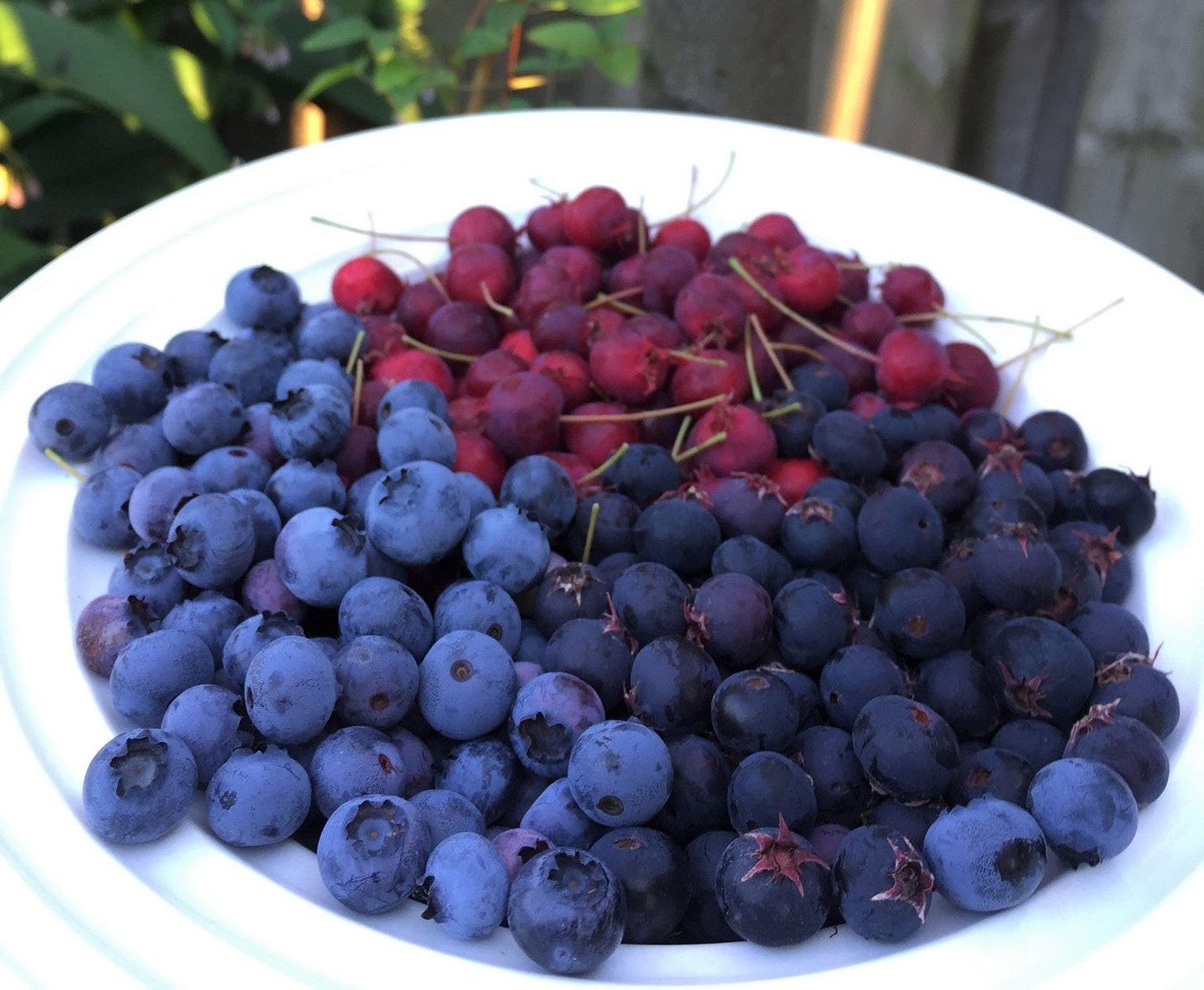
Anthocyanins are a type of flavonoid, a class of compounds with antioxidant effects. Found naturally in a number of foods, anthocyanins are the pigments that give red, purple, and blue plants their rich coloring. In addition to acting as neuroprotective and neuroregenerative agents, antioxidants like anthocyanins offer anti-inflammatory, innate immune system optimizing, and anti-cancer benefits.
Anthocyanins help prevent neurological disorders, such as Alzheimer’s disease and dementia. These antioxidants also mitigate symptoms of poor cognitive function, including poor memory and trouble concentrating.
Research suggests that flavonoids, including anthocyanins, have the ability to enhance memory and help prevent age-related declines in mental functioning. Extensive research in animals has shown that the flavonoids found in fruit and fruit juices can improve memory and slow age-related loss of cognitive functioning.
Several other studies have found that berries, most notably blueberries, which are rich in anthocyanins, can effectively reverse age-related deficits in certain aspects of working memory. Anthocyanins and other flavonoids work by inhibiting neuroinflammation, activating synaptic signaling, and improving blood flow to the brain. Some dietary anthocyanins can cross the blood-brain barrier, allowing the compounds to have a direct beneficial effect.
The authors of a recent review on the subject suggested that the consumption of flavonoid-rich fruits such as berries, apples, and citrus throughout life potentially could limit or even reverse age-dependent deteriorations in memory and cognition.
Another study out of Korea found that administration of isolated anthocyanins from purple sweet potato enhanced cognitive performance and inhibited lipid peroxidation in brain tissues in mice.
Anthocyanins also Optimizes Mitochondrial Health and increases the production of adult stem cells.
Mitochondria are the powerhouses of your cells, generating energy to fuel your cells’ biochemical reactions. Via optimizing their function and promoting their rates of regeneration within your body you are building a solid foundation for health, vibrancy and longevity from the cellular level up.
Sufficient mitochondrial biogenesis (the process by which cells increase mitochondrial numbers) is necessary for efficient cell function and haemostasis, which is dependent on the regulation of ATP generation and maintenance of mitochondrial DNA (mtDNA). These procedures play a primary role in the processes of inflammation, aging, cancer, metabolic diseases, and neurodegeneration. Polyphenols (such as anthocyanins) are considered as the main components of plants, fruits, and natural extracts with proven therapeutic effects during the time. These components regulate the intracellular pathways of mitochondrial biogenesis.
In vitro studies showed that anthocyanins elevate the expression of mitochondrial TFAM, PGC-1α, and NRF-2. These increased levels affect the phosphorylation of AMPK and increase rates of mitochondrial biogenesis.
The studies available also support the ability of anthocyanins to prevent damage to mitochondria and to sustain its function. Berry extracts also demonstrated positive outcomes in different models of neurodegeneration, endothelial dysfunction, myocardial damage, metabolic disorders, longevity, and cancer. At the molecular level, major anthocyanins can modulate the expression and activity of mitochondrial proteins, apoptotic and biogenesis factors, antioxidant defenses, inflammation, and the AMPK pathway. Noteworthy, anthocyanins could balance abnormalities in ROS production, respiration, and mitochondrial fragmentation in cells exposed to toxicants or oxidizing agents.

And on top of all that, Anthocyanins helps mitigate the detrimental effects of heavy metal poisoning and assists with chelation!
When heavy metals enter the body (whether through pesticides, personal hygene products, kitchenware, vaccines, more vaccines, experimental gene therapy injections that are loaded with graphene and/or stratospheric aerosol injection programs , they are introduced into body cells, where they start to disrupt the normal function of proteins and DNA. As a result, the damage is not restricted to particular organs but is multi-systemic.
In the central nervous system, heavy metals can cause mental disorders and degenerative neurological disorders. In addition, damage to blood vessels may lead to hepatic, renal, and cardiac damage. Long-term exposure to heavy metals can cause mutations in cells’ DNA, leading to cancer.
Our bodies can’t effectively excrete heavy metals in their elemental forms. The use of chelating agents makes the elimination process more efficient.
Chelation therapy is more efficient when it’s combined with antioxidants (such as anthocyanins).
Through incorporating antioxidant-rich foods into your diet, you can reduce the damage that heavy metals cause in the body and help to eliminate heavy metals as well.
For more info on the sources of and benefits of Anthocyanin read:
The Auspiciousness Of Anthocyanin
When Mother Earth paints plants, fruit, flowers and veggies in luscious blues, lavish purples and rich reds she is dipping her paint brush in Anthocyanin.
4. Apricots -
Apricots contain carotenoids, which helps support cognitive function. Apricots also contain other nutrients that help with brain health.
Carotenoids… Lutein: A carotenoid found in apricots that supports cognitive function in the elderly. β-carotene: A carotenoid that has been studied for its role in cognitive function.
Both sweet and bitter kernels of apricot have been used for the treatment of different diseases such as loss of memory in Iranian traditional medicine (ITM).
Other nutrients:
Potassium: An electrolyte that helps send nerve signals and regulate muscle contractions.
Magnesium: A natural muscle relaxant that helps reduce stress-related neurodegeneration
Fiber: helps with brain health
Vitamin C: helps with brain health
5. Ashwagandha -
adaptogen root herb with benefits for mental energy, stress resistance and mood; may also help with healthy brain aging
6. Cannabis plant material and seeds (aka “Hemp Hearts”):
There is research that indicates several compounds within the cannabis plant (cannabinoids, anthocyanins and polyphenols) help to optimize mitochondrial health.
Mitochondria are the powerhouses of your cells, generating energy to fuel your cells’ biochemical reactions. Via optimizing their function and promoting their rates of regeneration within your body you are building a solid foundation for health, vibrancy and longevity of brain cells from the cellular level up.
Sufficient mitochondrial biogenesis (the process by which cells increase mitochondrial numbers) is necessary for efficient cell function and haemostasis, which is dependent on the regulation of ATP generation and maintenance of mitochondrial DNA (mtDNA). These procedures play a primary role in the processes of inflammation, aging, cancer, metabolic diseases, and neurodegeneration.
Antioxidants such as Polyphenols (anthocyanins being one example) are considered as the main components of plants, fruits, and natural extracts with proven therapeutic effects relating to Mitochondrial Health. These components regulate the intracellular pathways of mitochondrial biogenesis.
There is also a growing body of research that indicates Cannabis contains compounds that help with Increasing Endogenous Production Of Adult Stem Cells (aka “somatic stem cells”) and optimizes their function. These adult stem cells can become new brain cells.
(additional research pertaining to this can be found here )
Raw form vs “activated” or Decarboxylated Cannabinoids:
When you consume raw Cannabis, you will not be consuming THC or CBD; instead, you will be consuming the acid forms of these components- Cannabidolic Acid (CBD-A) and Tetrahydrocannabonolic Acid (THC-A). Just like other components of raw cannabis, CBD-A and THC-A are also very good antioxidants. Recent research experiments show that these components can be powerful healers of serious medical condition, like neurodegenerative diseases and brain cancer.
THC-A is known to be neuroprotective, antispasmodic, and an excellent pain-reliever.
CBDa has anti-inflammatory properties, it functions as an antibacterial, and it’s known to reduce nausea and vomiting. THCa protects against neurodegenerative diseases, treats epilepsy and muscle spasms, and provides relief for insomnia and pain.
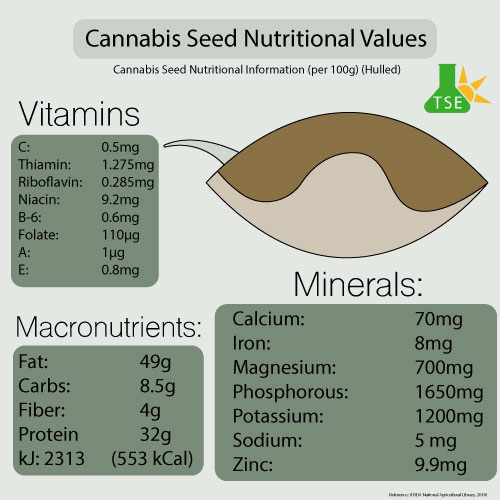
For more info on the many health benefits of raw (non-intoxicating) Cannabis plant material and seeds, read:
Raw Cannabis In The Kitchen, The Medicine Cabinet and In The Regenerative Garden
When many people hear the word Cannabis or “marijuana” they think of people getting stoned by smoking or eating psychoactive cannabis edibles, but along with the plant’s intoxicating forms Cannabis has also a long history of non-mind altering uses (many of which are just beginning to be fully understood by modern science).
7. Apigenin -
Apigenin and related compounds increased hippocampal neurogenesis. [50].
Apigenin is a flavonoid found in many fruits, vegetables, herbs, and beverages. Fruits apples, cherries, grapes, oranges, and kumquats.
Vegetables:
Celery, Celery hearts, Rutabagas, Artichokes, Beans, Tomatoes, Spinach, Onions, Vine spinach, and Chinese celery.
Herbs:
Chamomile, thyme, peppermint, oregano, basil, and marjoram.
8. Cacao Beans -
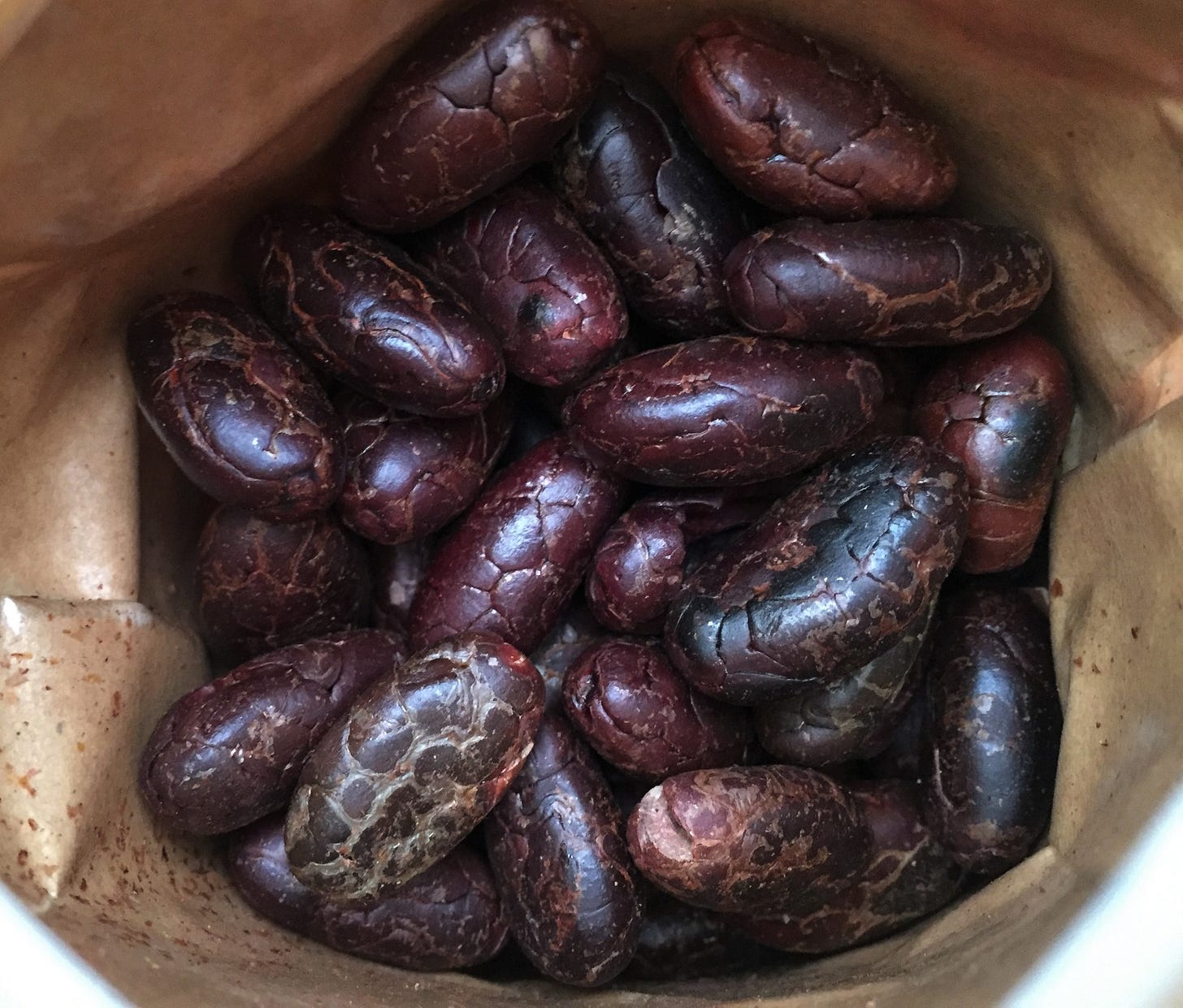
Cacao Boosts Brain Function:
Dark chocolate and cocoa powder (derived from fermented cocoa beans/nibs) are packed with a few brain-boosting compounds, including flavonoids, caffeine and antioxidants. Flavonoids are a group of antioxidant plant compounds. The flavonoids in chocolate gather in the areas of the brain that deal with learning and memory. Researchers say these compounds may enhance memory and also help slow down age-related mental decline. In fact, a number of studies back this up. In one study including over 900 people, those who ate chocolate more frequently performed better in a series of mental tasks, including some involving memory, than those who rarely ate it. Chocolate is also a legitimate mood booster, according to research. One study found that participants who ate chocolate experienced increased positive feelings, compared to participants who ate crackers.
Cacao also Improves Mood and Symptoms of Depression by Various Means:
In addition to cocoa’s positive impact on age-related mental degeneration, its effect on the brain also improves mood and symptoms of depression.
The positive effects on mood may be due to cocoa’s flavanols, the conversion of tryptophan to the natural mood stabilizer serotonin and in part due to its caffeine content.
One study on chocolate consumption and stress levels in pregnant women found that more frequent intake of chocolate was associated with reduced stress and improved mood in babies.
Furthermore, another study discovered that drinking high-polyphenol cocoa improved calmness and contentment.
Additionally, a study in senior men showed that eating chocolate was linked to improved overall health and better psychological well-being
Cacao also Optimizes Mitochondrial Health:
In one study Five people with type 2 diabetes and advanced heart failure had the mitochondria in their muscles measured before and after three months of consuming dark chocolate. After three months, the muscle mitochondria, the energy factories of cells, had recovered nearly to normal levels. This has significant implications for brain function as well.
Sufficient mitochondrial biogenesis (the process by which cells increase mitochondrial numbers) is necessary for efficient cell function and haemostasis, which is dependent on the regulation of ATP generation and maintenance of mitochondrial DNA (mtDNA). These procedures play a primary role in the processes of inflammation, aging, cancer, metabolic diseases, and neurodegeneration. Another study found that Cocoa beans improve mitochondrial biogenesis via PPARγ/PGC1α dependent signalling pathway
Cacao has also been shown to improve stem cell function. At the University of California, San Francisco, researchers explored whether a chocolate drink made with cocoa containing high levels of flavanols could influence stem cells and blood vessel health. Participants who drank the high-flavanol beverage had twice as many stem cells in their circulation compared to the people who drank the low- flavanol cocoa, showing that the more flavanols contained in the product, the more stem cell benefits it boasts. More adult stem cells means more potential for brain regeneration and the replacement of dead cells with new neurons.
Theobromine – Caffeine-like compound sourced from cocoa has stimulating properties with fewer side effects.
For more info on Cacao (ecology, history and health benefits) read:
Theobroma Cacao : Mana From The Rain Forest
Chocolate starts with seed of the cacao tree, but the long and illustrious story of the revered cacao tree and her fruit is far older than the relatively brief history of chocolate.
9. Fermented vegetables like kimchi and sauerkraut -
Eating fermented veggie preserves like kimchi and sauerkraut not only improve your gut bacteria but also improve your brain function.
Did you know that your digestive system actually produces more neurotransmitters than your brain does? And, that the bacteria you ingested in food can affect brain function?
In an early proof-of-concept study, UCLA researchers found that women who regularly consumed probiotics through yogurt showed altered brain function while in a resting state and in response to an emotion-recognition task.
Functional magnetic resonance imaging (fMRI) scans conducted both before and after the four-week study period looked at the women’s brains in a state of rest and in response to an emotion-recognition task in which they viewed a series of pictures of people with angry or frightened faces and matched them to other faces showing the same emotions.
The researchers were surprised to find that the brain effects could be seen in many areas, including those involved in sensory processing and not merely those associated with emotion. Research learned that signals are sent from the intestine to the brain and that they can be modulated by a dietary change.
Many of us have a container of yogurt in our refrigerator that we may eat for enjoyment, for calcium or because we think it might help our health in other ways. Our findings indicate that some of the contents of yogurt may actually change the way our brain responds to the environment. When we consider the implications of this work, the old sayings ‘you are what you eat’ and ‘gut feelings’ take on new meaning.– Dr. Kirsten Tillisch, associate professor of medicine in the digestive diseases division at UCLA’s David Geffen School of Medicine
– Dr. Kirsten Tillisch, associate professor of medicine in the digestive diseases division at UCLA’s David Geffen School of Medicine
The yogurt used in this study was commercial yogurt with notoriously low levels of probiotics. Consuming yogurt you make yourself, kefir or… sauerkraut will have an even greater impact on your gut health.
For more on the many health benefits of fermented veggies, read:
10. Lemon or Lime Water -
Lemon, Lime and other citrus components have shown neuroprotective properties in studies, and helps prevent cognitive decline and neurodegenerative diseases.
Lemon IntegroPectin
A substance derived from lemon processing waste that has shown neuroprotective effects in vitro.
Citrus flavonoids
Compounds found in citrus fruits that may prevent dementia-related cognitive decline.
Hesperetin
A citrus flavonoid found in lemons, oranges, and mandarins that has shown neuroprotective effects in animal models.
Limonene
A compound found in citrus peels that has shown neuroprotective properties
11. Pine seeds, Foliage and Pine Bark Extract –
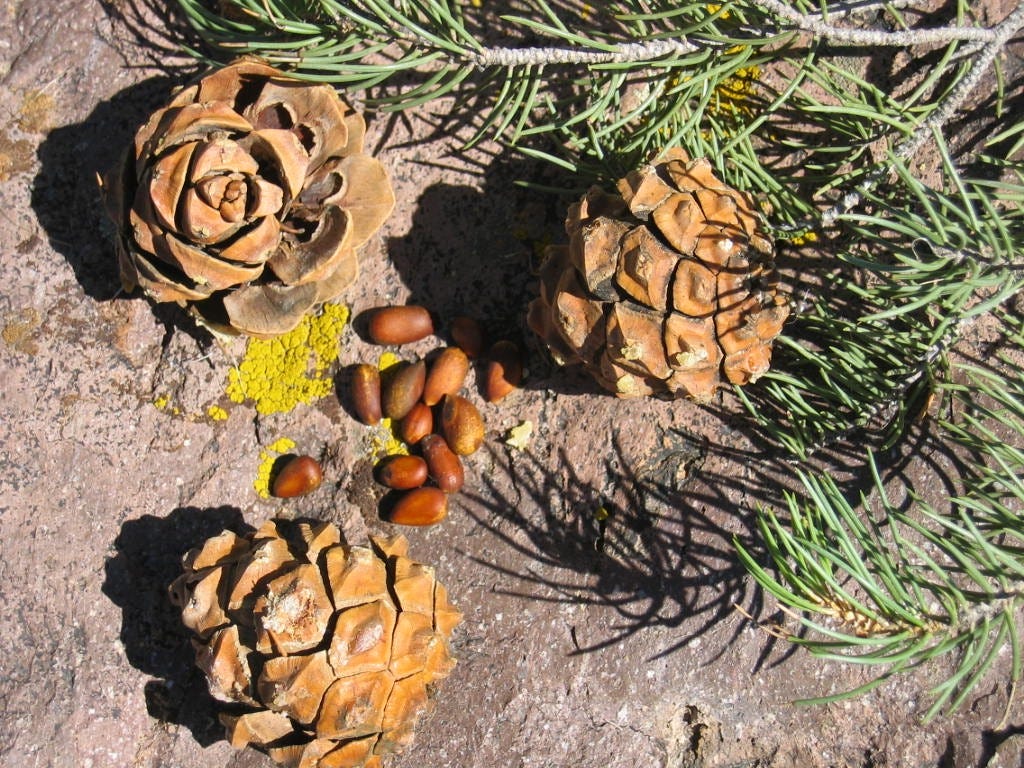
Pine seeds are rich in iron, which is a mineral required for storing and transporting oxygen. However, iron is also important for brain health too.
Also, research shows that other nutrients in Pine seeds, like magnesium, can help treat anxiety, depression, and stress. One study proved that dietary intake of magnesium could help improve the condition of adolescents with depression and anxiety disorders. Also an antioxidant complex present in the seeds, foliage and bark protects the brain and blood vessels; also promotes nitric oxide to boost blood flow to the brain; suggested to help with attention and overall brain health.
Potent antioxidant complex that can cross the blood-brain barrier
Helps protect the brain and cerebral blood vessels from free radical damage
Signals for nitric oxide (NO) to enhance blood flow to the brain
Brain regenerative potential for age-related cognitive and memory issues
Suggested help with mental energy, focus, attention and learning
Helps to promote long-range brain health, sharp memory and mental clarity
12. Sea vegetables -
Seaweeds and Kelps (such as Wakame, Kombu, Nori, Dulse, Bull Kelp and Irish moss) help with cognitive health by providing nutrients, antioxidants, and other compounds that can support the brain and nervous system.
Contains a Variety of Nuerprotective Protective Antioxidants: In addition to containing the antioxidant vitamins A, C and E, seaweed boasts a wide variety of beneficial plant compounds, including flavonoids and carotenoids. These have been shown to protect your brain’s cells from free radical damage. A lot of research has focused on one particular carotenoid called fucoxanthin. It’s the main carotenoid found in brown algae, such as wakame, and it has 13.5 times the antioxidant capacity as vitamin E. Fucoxanthin has been shown to protect cell membranes better than vitamin A. While the body does not always absorb fucoxanthin well, absorption may be improved by consuming it along with fat. Nevertheless, seaweed contains a wide variety of plant compounds that work together to have strong antioxidant effects.
Seaweed is an abundant source of other bioactive compounds and recent studies have shown it can mitigate and combat neurodegenerative diseases.
Oligomannate is a polysaccharide derived from brown seaweeds. It has been used in therapy that was found to improve one measure of cognitive decline in mild to moderate cases of Alzheimer’s.
There was a study conducted in Japan that discovered that elderly individuals who regularly consumed seaweed exhibited a diminished risk of developing dementia compared to non-consumers. Similarly, a study conducted in Korea demonstrated that a diet abundant in seaweed correlated with enhanced cognitive function among older adults.
The potential neuroprotective effects of seaweed compounds are often attributed to their antioxidative, anti-inflammatory, and anti-apoptotic properties. These compounds have demonstrated the ability to scavenge reactive oxygen species (ROS), mitigate inflammation, and impede programmed cell death—factors crucial in the development and progression of NDs.
Interestingly, the mode of action appears not to be directly upon the brain itself, but rather through the gut. The link to the study is here through its title Sodium oligomannate therapeutically remodels gut microbiota and suppresses gut bacterial amino acids-shaped neuroinflammation to inhibit Alzheimer’s disease progression.
Another study published online in PubMed showed that healthy subjects who consumed an extract of brown seaweed 30 minutes before eating lunch had better performance on memory and cognitive tests done at intervals after lunch. In this case, the seaweed extract appeared to slow the digestion of carbohydrates and thus reduce the “brain fog” many of us experience after lunch as our bodies process sugars. As with the Alzheimer’s patients, the primary action occurred in the gut, which then affected the brain.
Nutrients in seaweed that help the brain :
Iodine: An essential micronutrient that helps with brain development.
Vitamins B6, B12, and thiamine: Support mental performance.
Folic acid: Supports mental performance.
Vitamin C: Supports mental performance and is an antioxidant.
Magnesium: Supports mental performance.
Antioxidants :
Fucoxanthin: Reduces oxidative stress in the brain, which protects against neurodegenerative diseases.
Beta-carotene: An antioxidant found in seaweed.
Flavonoids: An antioxidant found in seaweed.
Fucoidan: Reduces brain inflammation and improves memory in mice.
Other compounds:
Seaweed compounds: modulate neuronal functions.
Seaweed compounds: modulate the gut microbiota, which has positive effects on brain function.
For more info on how to grow, forage for, cook with and all the health benefits of seaweed, read:
Regenerative Ocean Gardening, Kelp Farming and Marine Permaculture
(This post serves as the 20th post which is part of the Stacking Functions in the Garden, Food Forest and Medicine Cabinet : The Regenerative Way From Seed To Apothecary series)
13. Brazil nuts -
Brazil nuts help with brain health because they contain selenium, an antioxidant that can reduce inflammation and improve cognition. Low selenium levels have been linked to neurodegenerative diseases like Alzheimer's and Parkinson's.
How Brazil nuts support brain health:
Antioxidants: Brazil nuts contain antioxidants, including selenium, which helps boost brain health.
Selenium intake: Increasing selenium intake helps improve mood.
Inflammation: Selenium can reduce inflammation.
Cognition: Selenium can help with cognition.
14. Blueberries -
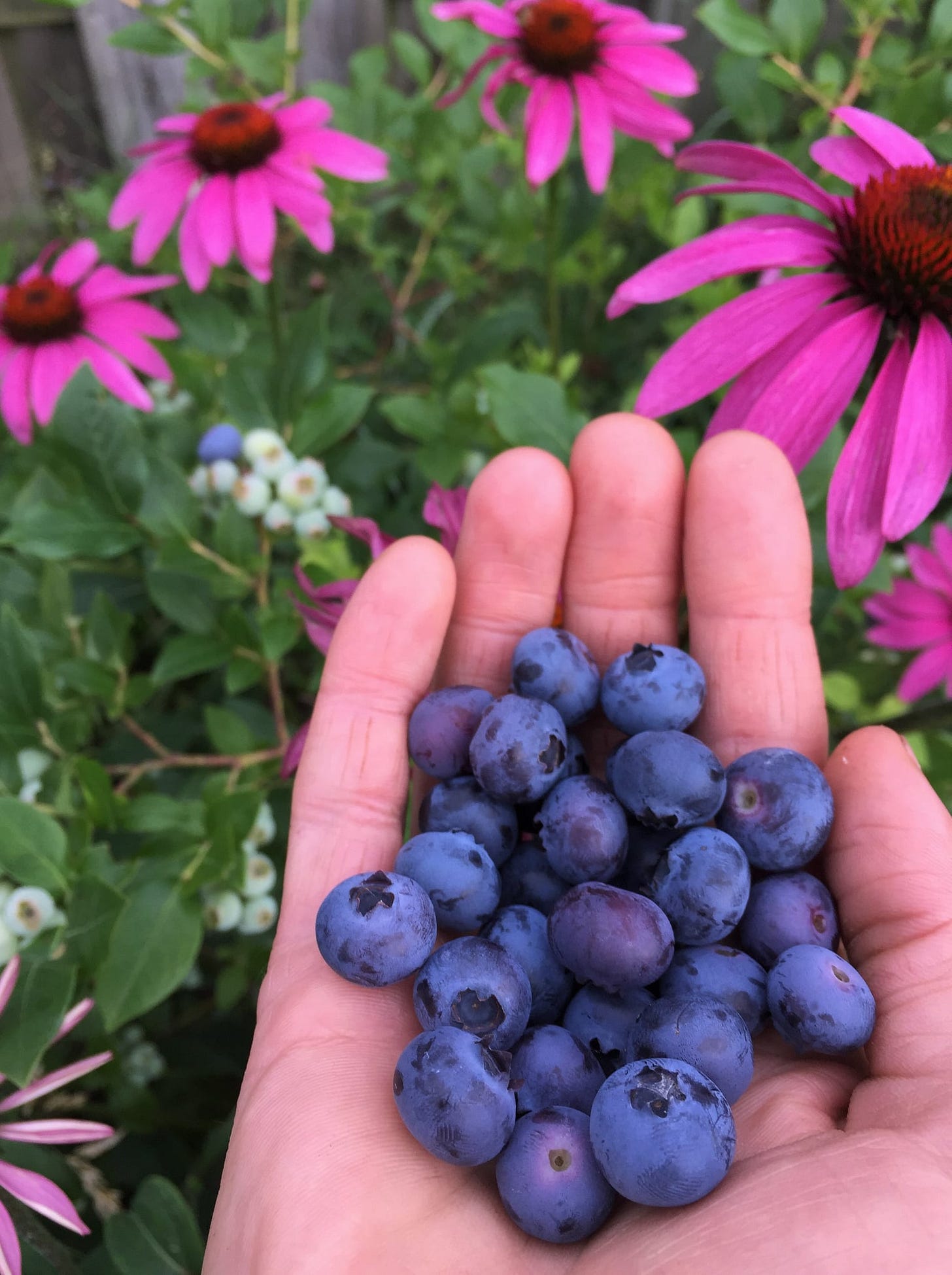
Proving that great things do come in small packages, blueberries and other berries (like strawberries, blackberries, raspberries, etc.) are fruits that experts recommend consuming daily. That’s because they’re tremendous brain foods.
For starters, blueberries are one of the highest antioxidant-rich foods known to man, including vitamin C and vitamin K and fiber. Because of their high levels of gallic acid, blueberries are especially good at protecting our brains from degeneration, cognitive decline and stress.
Meanwhile, berries in general have been shown to protect against neurodegenerative diseases, with certain studies revealing eating berries enhances signaling in the brain.
15. Flax Seed (and other nutrient dense seeds)-
Seeds, such as chia, flax, pumpkin and sunflower, are rich in omega-3 fatty acids, antioxidants and fiber. They also provide an excellent source of magnesium, zinc, iron and copper, all of which are essential for cognitive function.
Consuming organic seeds regularly can support memory, learning and mental agility. For instance, chia seeds have shown potential to boost cognition in an Alzheimer’s disease model, and research has revealed that supplementing with flaxseed oil can help improve verbal fluency in healthy older adults.
16. Amaranth -
Amaranth is classified as a pseudocereal, meaning that it’s not technically a cereal grain like wheat or oats, but it shares a comparable set of nutrients and is used in similar ways.
Amaranth is an important ‘ancient grain’ because it is gluten-free and contains about twice the crude protein of wheat, rice, and maize and is high in fiber (8%), lysine, iron, magnesium, and calcium.
Amaranth is a good source of manganese, magnesium, phosphorus, selenium, copper and iron. Amaranth is also high in anti-oxidants. It is especially high in phenolic acids, which are plant compounds that act as antioxidants. These include gallic acid, p-hydroxybenzoic acid and vanillic acid, all of which help protect against neurodegenerative diseases and brain cancer.
A study carried out by Zeashan et al. [51] showed the hepatoprotective, neuroprotective and antioxidant activity of 50% ethanolic extract of a whole plant of Amaranth. Furthermore, this study suggests that possible mechanism of this activity may be due to the presence of flavonoid and phenolic compound in the A. spinosus which may be responsible to neuroprotective and hepatoprotective activity [51].
For more info on how to grow, cook with and the many health benefits of Amaranth, read:
17. Beans (especially when fermented) -
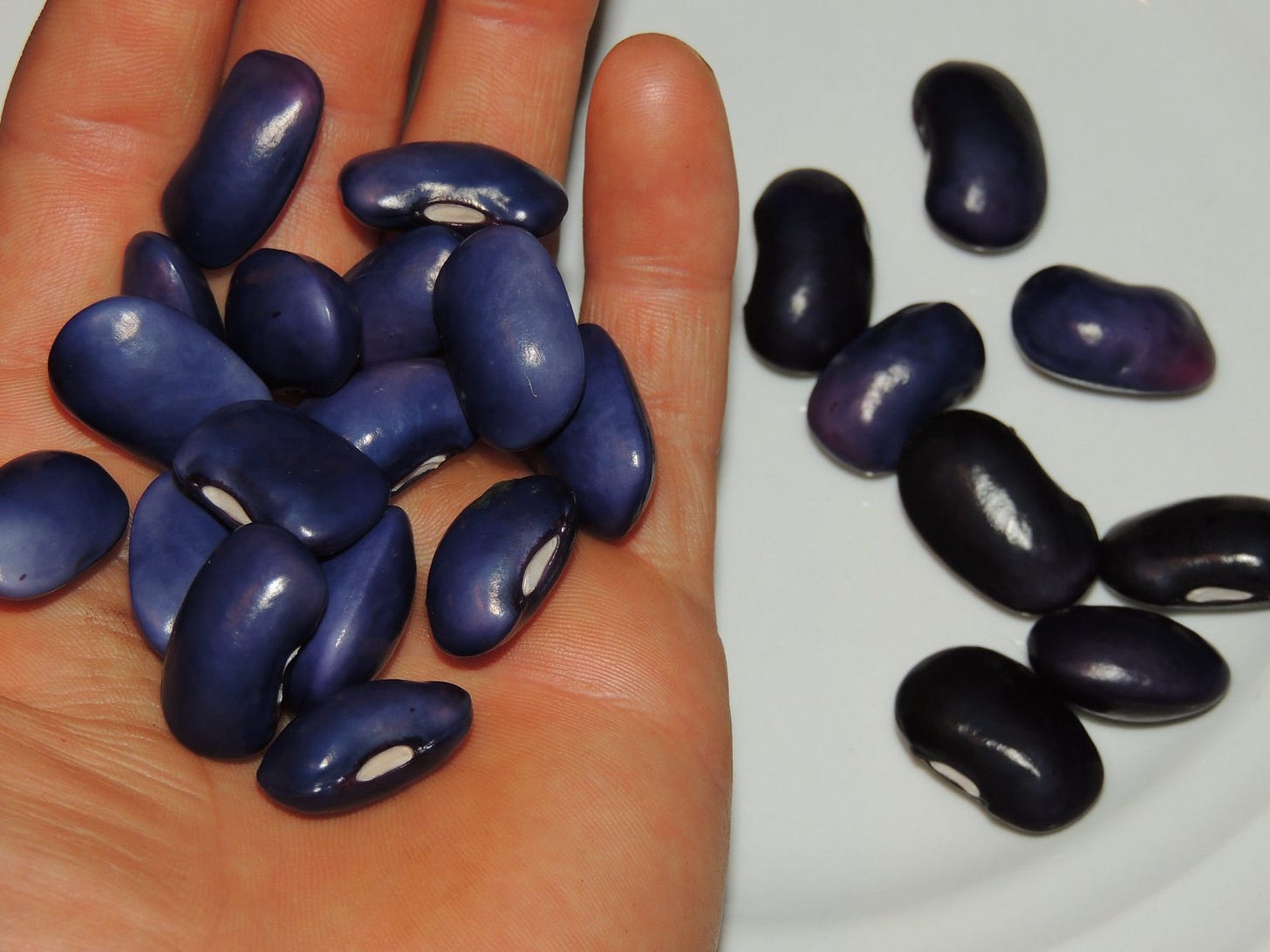
Beans are an excellent source of complex carbohydrates and fiber, which provide a slow and steady release of glucose to fuel the brain. Beans are also rich in antioxidants, B vitamins and essential minerals like magnesium.
The B vitamins are indispensable. They help your cells produce energy and talk to each other and help your body “read” genetic code so you function at your best. They’re also involved in the formation of brain cells. They’re especially valuable to your brain and nervous system, helping make the neurotransmitters that pass signals between nerves.
Their high folate content supports brain health and reduces the risk of cognitive decline.
fermented beans that contain probiotics, folate, niacin, and choline. Research suggests that daily consumption of fermented legume foods helps with cognitive performance and reduce the risk of cognitive decline.
Fermented bean foods
Contain bioactive components like flavonoids, phenolics, saponins, sterol, and polyphenols, which also helps protect against oxidative damage.
18. Rhodiola rosea –
Rhodiola rosea is one of the most potent adaptogens. Its adaptogenic effects have been confirmed in multiple studies. It has shown stress-protective and endocrine-normalizing benefits. It has also been shown to promote healthy mood, cognitive performance, and attention, and to help relieve fatigue in stress-related conditions [63]. Rhodiola rosea Root provides an anti-stress effect by promoting balance of the HPA axis [64]. It has been shown to help modulate the levels of several molecules involved in stress responses, namely cortisol [63,65,66].
This legendary adaptogen root herb from Russia that offers neuroprotective benefits, optimizes mental energy and physical endurance by regulating the body’s stress responses:
Helps stimulate norepinephrine, dopamine, and serotonin.
Acetylcholine-protective and antioxidant properties.
Stimulates bioelectrical activity in the brain with small dosage.
Adaptogen herb that strengthens mind-body stress resistance.
Mitigates the release of the stress hormone cortisol.
Energizing effects within 30 minutes and may last for up to six hours.
Reduces oxidative stress, which can lead to neuronal injury and memory loss.
Rhodiola rosea reduces neuroinflammation in brain tissues.
Rhodiola rosea increases levels of dopamine, norepinephrine, serotonin, and acetylcholine, which can improve learning and memory.
Rhodiola rosea protects neurons from cell death by reducing calcium accumulation.
Helps mental processing, learning, attention, mood and work capacity.
19. Goji berries (black and red) -
Nutrient analysis of Lycium barbarum, has verified the antioxidant and mitochondrial potential health benefits of wolfberry fruit and leaves.
Aging can, in large part, contribute to free radical attack on body cells. Reactive oxygen species or free radical oxygen molecules cause damage to DNA, mitochondria, and cell membranes. Antioxidants can play a major role in mitigating these effects.
One measure of antioxidant potential is ORAC (oxygen radical absorption capacity). On the ORAC scale, blueberries test at about 30, pomegranate at about 100, and dried Goji Berries at about 300. Dried Goji leaves tested in the fall of 2009 (grown in the US) had an ORAC score of 456 and in the spring of 2010 had a score of 522. Both values indicating an unmatched ability to absorb injurious free radicals that attack the body. Both the dried fruit and leaves clearly qualify as powerful antioxidants.
Phenolics are another nutrient found in wolfberries. Phenolics also can function as antioxidants. Among common fruit, the highest amount of phenolics are found in plums and cherries (28 mg/g). Dried Goji leaves were found to have a phenolic content of 30.5 mg/g, comparable to green tea, but without caffeine.
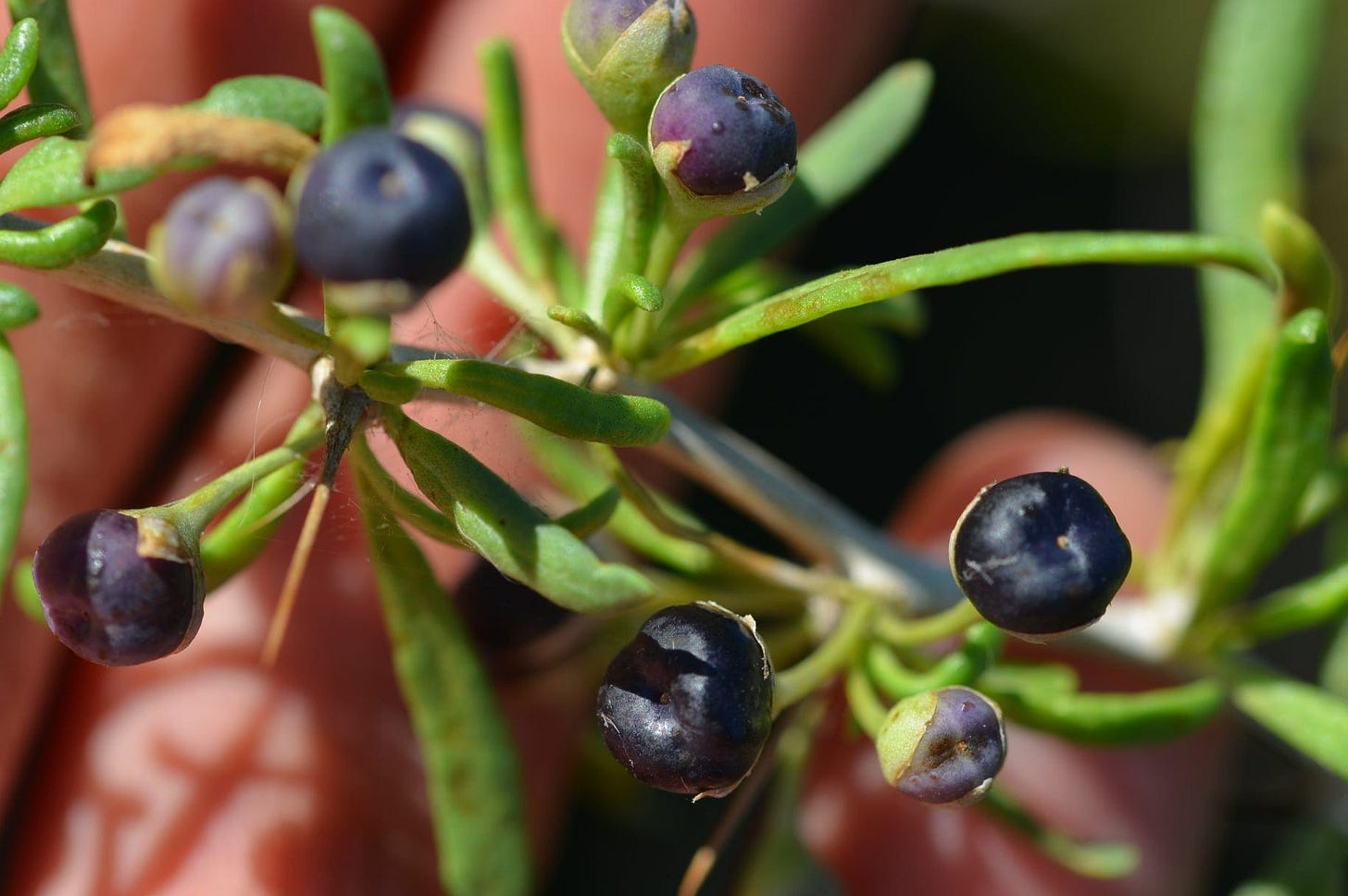
The ultimate anti-aging agent in wolfberry fruit is PQQ (pyrroloquinoline quinone). Wolfberries, (Lycium barbarum), have a centuries long reputation as an anti-aging food source. PQQ (pyrroloquinoline quinone), found in Goji (aka Wolf) berries, far exceeds any other known natural source of this nutrient.
Scientists have identified mitochondrial dysfunction as a key factor in aging. Mitochondrial dysfunction and death are now clearly linked in the development of all killer diseases associated with aging. Recent research has documented that mitochondrial dysfunction can be reversed. PQQ not only protects mitochondria from oxidation damage, it also stimulates growth of new mitochondria. The number of mitochondria in body cells, including the brain, decrease with age. Scientists now believe that mitochondria number and function determine longevity. PQQ has emerged as the nutrient that can safely trigger mitochondria biogenesis.
Part of PQQ’s role as an antioxidant is related to its capacity to participate in repeated reactions before breaking down. For example, vitamin C can survive 4 catalitic redox cycles, catachin 75, quercetin 800, and PQQ 20,000. Thus, as a free radical scavenger, PQQ is unexcelled.
Goji Berries can help prevent Alzheimer’s :
Goji berries help protect against neurodegenerative disorders like Alzheimer’s disease.
This may be because of the high levels of antioxidants in the berries, which prevent oxidative stress in the brain.
And, inflammation is linked to Alzheimer’s, so it’s possible that the anti-inflammatory powers of these berries will offset symptoms.
A study on the effect of goji extract has shown promising neuro-protective effects, which researchers hope will have therapeutic potential in the prevention of Alzheimer’s disease.
Previous studies have shown that the goji berry extract has antioxidant properties and protective effects against reactive oxygen species, a group of highly reactive chemicals related to a wide variety of human disorders, including neurodegenerative diseases, cardiovascular diseases, and cancer.
In a newer study, researchers from the Institute of Biophysics under the Chinese Academy of Sciences studied the molecular mechanism under the goji berry's benefits on the neuro system.
Meanwhile, the study also found that the extract can reduce deposits of amyloid-beta protein by activating mtUPR, the mitochondrial unfolded protein response. The researchers also located the gene related to the activation of mtUPR.
Mitochondrial function declines during aging. Cells activate mtUPR when mitochondrial integrity and function are impaired. The mtUPR promotes cell survival and the recovery of the mitochondrial network to ensure optimal cellular function. The mtUPR manipulations are taken as potential therapeutic targets for treating many diseases associated with mitochondrial dysfunction.
The researchers said that their study reveals a new mechanism of how goji berry extracts protect against AD and identifies a novel strategy for treating AD by enhancing the mtUPR.
Goji Berries can help treat Depression:
Goji berries are rich in B and C vitamins and also contain manganese and fiber – all of these nutrients elevate your energy levels and are known to enhance positivity. The berries have also been used in traditional Chinese medicine to fight depression and other anxiety and mood disorders.
According to a study from the Journal of Alternative and Complimentary Medicine, drinking goji berry juice regularly can help increase energy levels, moods and improve digestive health, too.
Participants who drank goji juice for two weeks had improvements in terms of their feelings of “general well-being,” increased energy levels and better gastrointestinal function (gut microbiome health is directly related to neurotransmitter biosynthesis).
Goji berries Optimize Mitochondrial Health:
Mitochondria are the powerhouses of your cells, generating energy to fuel your cells’ biochemical reactions. Via optimizing their function and promoting their rates of regeneration within your body you are building a solid foundation for health, vibrancy and longevity from the cellular level up.
Sufficient mitochondrial biogenesis (the process by which cells increase mitochondrial numbers) is necessary for efficient cell function and haemostasis, which is dependent on the regulation of ATP generation and maintenance of mitochondrial DNA (mtDNA). These procedures play a primary role in the processes of inflammation, aging, cancer, metabolic diseases, and neurodegeneration.
Antioxidants such as Polyphenols (anthocyanins being one example) are considered as the main components of plants, fruits, and natural extracts with proven therapeutic effects relating to Mitochondrial Health. These components regulate the intracellular pathways of mitochondrial biogenesis.
A study by Yu et al. in 2013 showed that Goji Berry upregulated carotenoid metabolic genes of zeaxanthin and luteolin and also improved the biogenesis of mitochondria.
Stem cells are the fundamental building blocks of the human body. Cells can differentiate and reproduce any tissue such as brain cells, heart tissue, muscle, cartilage, bone, or liver.
A study in China showed LBP facilitated stem cell proliferation and increased the number of monocytes in bone marrow. LBP helps the monocytes to convert to matured leukocytes. The berry has also been used in a number of recent clinical trials for treatment of bone marrow deficiency conditions (low production of red blood cells, white blood cells, and platelets).
Another three-year clinical study investigated the effects of the goji berry on the immune, physiological and biochemical indexes of the blood of aged volunteers. The results indicated that the goji berry caused the blood of older people to regenerate significantly (with increased oxygenation and white blood cell counts).
For more info on how to grow Goji Berries and their many other health benefits, read:
20. Tomatoes -
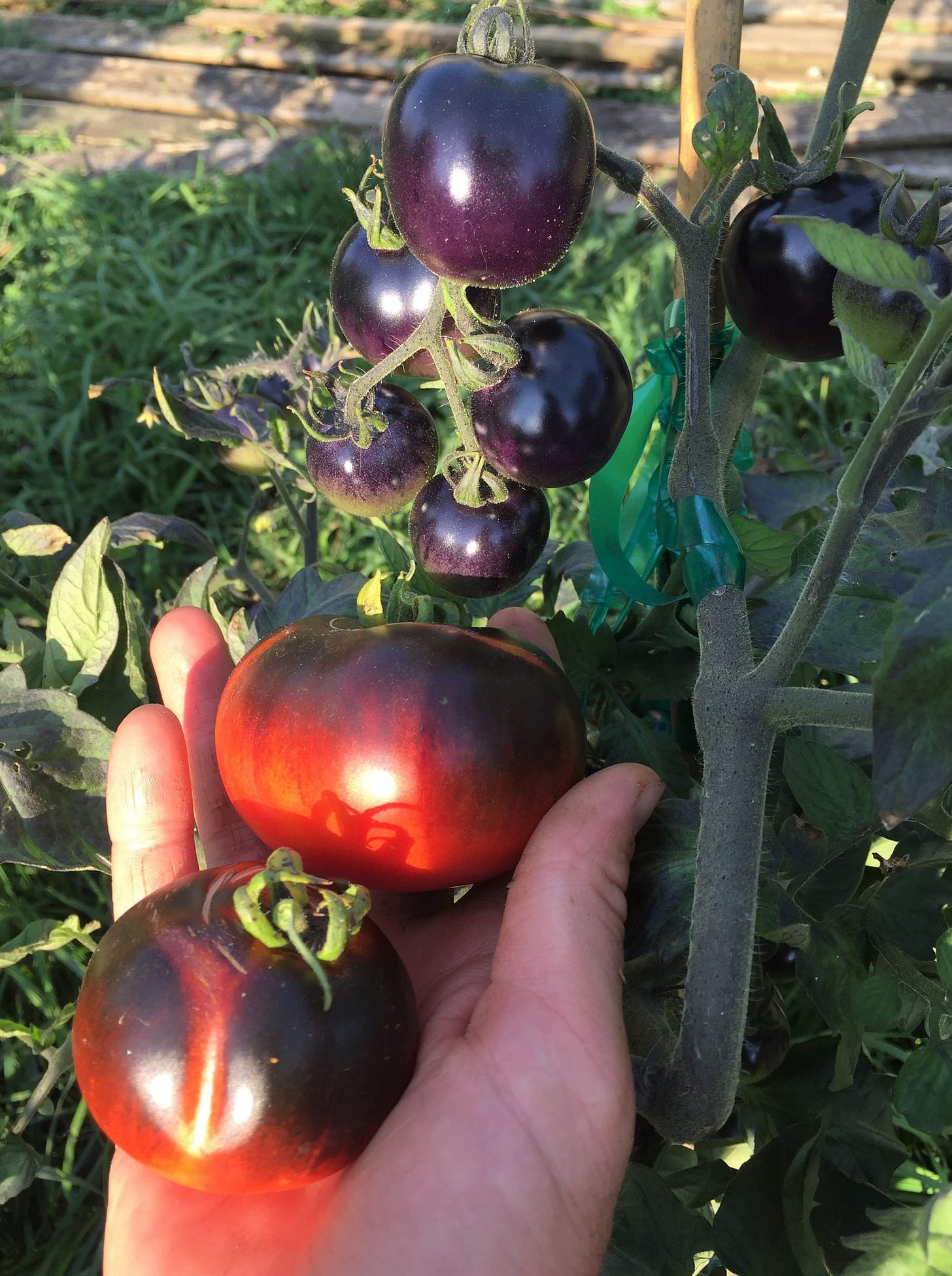
Tomatoes contain lycopene, a powerful antioxidant known to combat brain cell damage caused by free radicals. Regular consumption of tomatoes has been linked to a lower risk of neurodegenerative diseases and improved memory retention, thanks to their protective properties against inflammation.
21. Avocados -
While avocados often get a bad rep because of their high fat content, it’s important to note that these green powerhouses are packed with monounsaturated fats (the “good” kind), which have been shown to lower rates of cognitive decline.
Containing both vitamin K and folate, avocados help prevent blood clots in the brain (protecting against stroke), as well as help improve brain functions related to memory and concentration.
22. Cruciferous vegetables - like Red Russian Kale and Broccoli
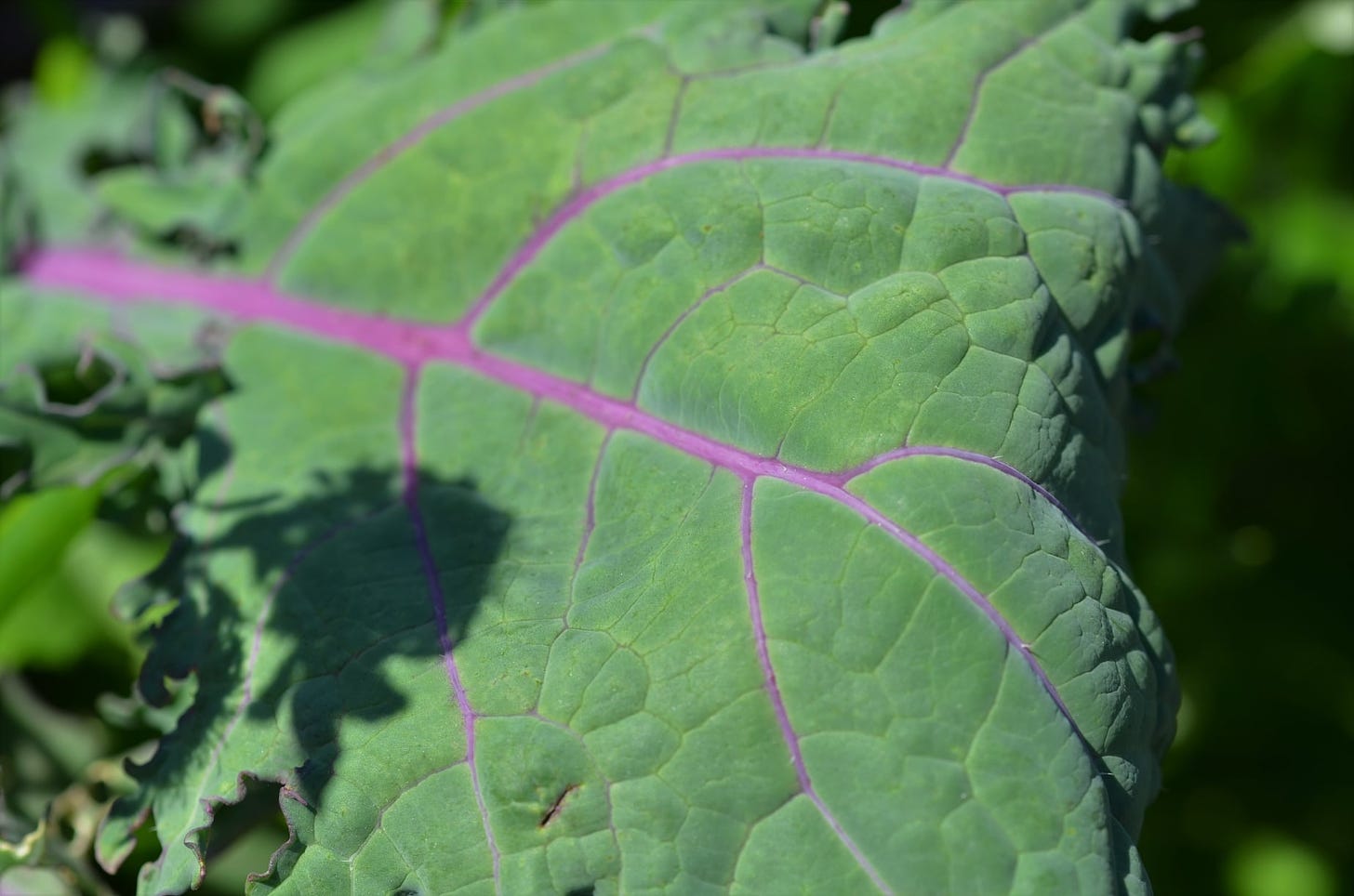
Your mom got it right when she told you to eat your broccoli. Along with related cruciferous vegetables like cauliflower, cabbage, kale and Brussels sprouts, broccoli is one of the best brain-healthy foods out there thanks to its high levels of vitamin K and choline, which can help keep your memory sharp.
Eating kale regularly can help protect your brain health.
With diseases like Alzheimer’s and other forms of dementia on the increase with no known cure, it is more important than ever to take steps to protect brain health. When it comes to doing that, kale is one of the best things you can eat. It contains 45 or more flavonoids, which can reduce your risk of getting a stroke. You also now know that kale has a high omega-3 fatty acid content. Not only are omega-3 fatty acids powerful anti-inflammatory compounds, but they also are vital for brain health, improving and protecting memory, function, and performance. Kale’s antioxidants also have anti-inflammatory effects, and may boost cognitive function following traumatic brain injury.
Additionally, cruciferous vegetables contain a number of other phytonutrients that protect brain cells against oxidative stress.
For more info on Kale, read:
23. Beets -
Beets are root vegetables and some of the most nutritious foods for the brain that you can eat. The natural nitrates in beets actually boost blood flow to the brain, helping with mental performance.
Beets optimize Brain Health: via preventing a reduction in blood flow and oxygen supply to the brain contribute to neurodegenerative conditions. Interestingly, the nitrates in beets may improve mental and cognitive function by promoting the dilation of blood vessels and thus increasing blood flow to the brain. Beets have been shown to particularly improve blood flow to the frontal lobe of the brain, an area associated with higher-level thinking, such as decision making and working memory. Furthermore, one study in type 2 diabetics looked at the effect of beets on simple reaction time, which is a measure of cognitive function. Simple reaction time during a computer-based cognitive function test was 4% faster in those who consumed 8.5 ounces (250 ml) of beetroot juice daily for two weeks, compared to the placebo.
Plus, during tough workouts, beets actually help boost energy and performance levels while protecting against brain aging, according to research.
Beets also Contain Compounds Which Optimize Mitochondrial Health:
One of the benefits offered to Mitochondrial Health by beetroot is related to the increased blood flow, favoring the supply of oxygen to the mitochondria.
As discussed above, beetroot juice increases levels of nitric oxide (NO), which serves multiple functions related to increased blood flow, gas exchange, mitochondrial biogenesis and efficiency, neurogenesis and strengthening of muscle contraction.
In addition to increasing neurogenesis, blood flow and improving muscle contraction and relaxation, beetroot juice has been shown to improve the efficiency of mitochondrial respiration and oxidative phosphorylation.
For more on beets, read:
Try them in this borscht recipe.
24. Sweet Potato -
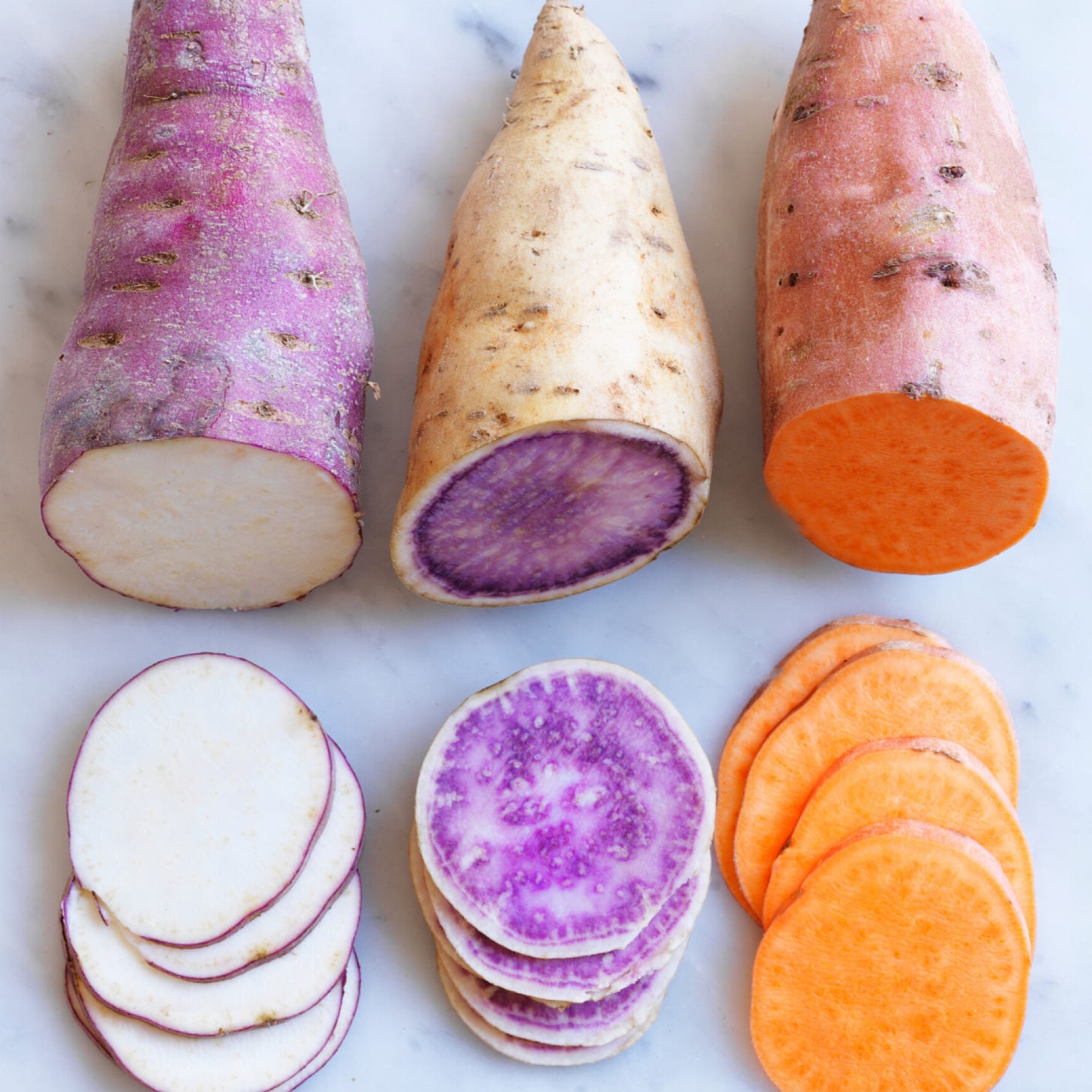
Sweet potatoes help nourish a sharper mind: They are rich in Vitamin B6, which is an essential coenzyme for cognitive development and neurogenesis in adults.
According to the results obtained in one study, it was concluded that sweet potato (through its antioxidant activities) protects cellular membrane of neurons from radiation induced oxidative damage in animals and preserve the integrity of tissue functions.
Yet beta-carotene only begins to tell the story of sweet potato antioxidants.
Anthocyanin and other color-related pigments in sweet potato are equally valuable for their anti-inflammatory health benefits. In the case of inflammation, scientists understand even more about the amazing properties of this tuber. In animal studies, activation of nuclear factor-kappa B (NF-kB); activation of inducible nitric oxide synthase (iNOS), and cyclooxygenase-2 (COX-2); and formation of malondialdehyde (MDA) have all be shown to get reduced following consumption of either sweet potato or its color-containing extracts. Since each of these events can play a key role in the development of unwanted inflammation in the brain, their reduction by sweet potato phytonutrients marks a clear role for this food in inflammation-related neurodegenerative diseases. In animal studies, reduced inflammation following sweet potato consumption has been shown in brain tissue and nerve tissue throughout the body.
25. Celery -
Celery’s high levels of antioxidants and polysaccharides act as natural anti-inflammatories and can help alleviate symptoms related to inflammation.
Celery also contains luteolin, an antioxidant known to reduce brain inflammation, which has been linked to cognitive decline and neurodegenerative diseases. Luteolin may also support memory and learning by protecting brain cells from oxidative damage.
26. Coconut oil -
When it comes to your brain, coconut oil can help suppress cells that are responsible for inflammation. It also helps with memory loss as you age.
Coconut oil is rich in medium-chain triglycerides (MCTs), which can be converted into ketones. These ketones serve as an alternative energy source for the brain, especially beneficial in conditions like Alzheimer’s disease, where the brain’s glucose metabolism may be impaired.
Coconut oil and related MCT oil are also two of the most popular fats for people following the ketogenic diet, which research has suggested offers benefits related to reduced Alzheimer’s risk due to ketone bodies having a neuroprotective impact on aging brain cells.
27. Cinnamon -
Studies have proved that cinnamon significantly improves cognitive function (memory and learning). In vivo studies showed that using cinnamon or its components, such as eugenol, cinnamaldehyde, and cinnamic acid, positively alter cognitive function.
Studies show that cinnamon confers cognitive benefits and anti-inflammatory, anticancer, and immunomodulatory properties.
One study has shown that cinnamon can increase cognitive functioning, even just through smell alone, and it is being used as a treatment to enhance cognition in the elderly and people with symptoms of dementia.
Some research shows that cinnamon has neuroprotective effects, including against Alzheimer’s disease.
Cinnamon has neuroprotective properties that help with Alzheimer's disease, Parkinson's disease, and other neurological disorders. Cinnamon's neuroprotective effects are due to its antioxidant and anti-inflammatory properties.
How cinnamon may help with neurological disorders:
Alzheimer's disease:
Cinnamon helps with epigenetic modifications associated with Alzheimer's disease.
Parkinson's disease:
Cinnamon helps protect against dopaminergic cell death and motor deficits. Cinnamon also upregulates neuroprotective proteins like Parkin and DJ-1.
Neuroinflammation:
Cinnamon helps reduce neuroinflammation, which can contribute to neurodegenerative disorders.
Cognitive function:
Cinnamon helps improve memory and learning, and reduce some symptoms of anxiety.
Cinnamon's mechanisms of action
Modulating endothelial functions
Attenuating vascular cell adhesion molecules
Regulating autophagy
Upregulating Parkin, DJ-1, and glial cell line-derived neurotrophic factor
Modulating the TLR/NF-κB pathway
Inhibiting excessive proinflammatory responses
Reducing oxidative stress parameters
Increasing the antioxidant defense system
28. Nuts (such as Hickory nut and walnuts) -
Did you know that just munching on a few hickory nuts and walnuts a day may help improve your cogniti1ve health? It’s true.
Their high levels of antioxidants, vitamins and minerals also improve mental alertness. The vitamin E found in these nuts may also help protect brain cells and ward off Alzheimer’s.
29. Hot Peppers -
Chili peppers have amazingly high levels of vitamins and minerals. Just 100g provides (in % of recommended daily allowance):
240% of vitamin-C (Ascorbic acid)
39% of vitamin B-6 (Pyridoxine)
32% of vitamin A
13% of iron
14% of copper
Chilies also carry a good amount of other vitamins and minerals like vitamin k1, potassium, manganese, iron, and magnesium. These are important components of cell and body fluids that helps support the formation of new brain cells.
Spicy Food also Strengthens Connections Between Brain Cells (enhancing synaptogenesis)
Red peppers contain a compound known as apigenin, which has been shown to strengthen connections between brain cells. Other research has shown that apigenin, a flavonoid, may also be a a powerful agent in preserving key brain functions such as memory and learning. This, in turn, may provide protection against disorders such as Alzheimer’s Disease, Parkinson’s Disease, and some mental disorders such as schizophrenia.
Some of the main bioactive plant compounds in chili peppers include:
- Capsanthin: The main carotenoid in red chili peppers, responsible for their red color, and often accounting for up to 50% of the total carotenoid content. Its powerful antioxidant properties protect against neurodegenerative conditions.
- Violaxanthin: The major carotenoid antioxidant in yellow chili peppers, accounting for 37-68% of the total carotenoid content.
- Lutein: Most abundant in green (immature) chili peppers, the levels of lutein decrease with maturation. Consumption of lutein has been linked with improved eye and brain health.
- Capsaicin: One of the most studied plant compounds in chili peppers. It is responsible for their pungent (hot) flavor and many of their health effects.
- Sinapic acid: An antioxidant, also known as sinapinic acid. It offers a variety of health benefits.
- Ferulic acid: Similarly to sinapic acid, ferulic acid is an antioxidant that helps protect against various chronic neurodegenerative diseases.
For more info on hot peppers, read:
30. Ginger Rhizome (and leaves) -
So far, more than 400 bioactive compounds have been identified in ginger.
At least 50 of these are antioxidants.
This antioxidant activity underlies the brain healing, brain protecting and tumor-fighting benefits of ginger, demonstrated in animal and cell studies. Shogaol activated the detox hub — Nrf2 — in brain cells, which protects from neurodegenerative diseases like Alzheimer’s.
Ginger also offers a number of trace metals and vitamins. Vitamins include thiamine (B1), Riboflavin (B2), Niacin (B3), Pantothenic acid (B5), Vitamin B6, Folate, Vitamin C and Vitamin E. Trace metals include Calcium, Iron, Magnesium, Manganese, Phosphorus, Potassium and Zinc.
Ginger leaves are also rich in antioxidants, which help protect the body from damage caused by harmful molecules known as free radicals. Antioxidants can help reduce the risk of chronic diseases such as cancer, heart disease, and Alzheimer’s disease.
Ginger Improves Cognitive Function:
Ginger benefits brain aging and inflammation, memory, attention, anxiety, depression, and more. Antioxidants are particularly important for the brain since it’s highly susceptible to oxidative damage. Ginger is rich in antioxidants that protect the brain from free radical damage. The antioxidants in ginger also defend the brain against further damage and improve memory loss after a stroke.
In addition, ginger shields glial cells in the brain from damage. These specialized brain cells help preserve neurons and remove metabolic debris and toxins in the brain that contribute to Alzheimer’s.
Ginger increases the level of two of the most important mood-boosting neurotransmitters, serotonin and dopamine. Depression is strongly linked to low levels of both.
Ginger has traditionally been used to treat memory loss and dementia. Now, research shows that it enhances a wide variety of other cognitive functions besides memory. When healthy adults were given dried ginger supplements, they showed improvements in working memory, reaction time, and attention.
Ginger also slows the progression of Alzheimer’s.
Ginger is anti-inflammatory, which makes it a popular remedy for treating the inflammation of arthritis. This anti-inflammatory property is also important for brain health and function, since many brain disorders are linked to chronic inflammation of the brain:
-anxiety
-Alzheimer’s
-dementia
-depression
-post-traumatic stress disorder
Ginger also increases blood flow to the brain. Adequate blood flow is vital because it delivers nutrients to the brain and removes metabolic waste, toxins, and other debris.
Ginger Also Contains Compounds Which Optimize Mitochondrial Health:
One of the major active components within ginger are 6-Gingerol and 6-Shogaol. These compounds have been shown to promote Mitochondrial Biogenesis via activation of AMPK-PGC1ɑ Signaling Pathway.
Another study found that the promotion of mitochondrial biogenesis optimized innate immune cells in the human body (tumor infiltrating CD8+ T cells) which induced inhibition of tumor growth and increased the production of new neurons.
For more information on how ginger increases the rates of mitochondrial biogenesis and why that is important see: https://greenmedinfo.com/blog/boosting-mitochondrial-biogenesis-ginger
Stem cells are the fundamental building blocks of the human body. Cells can differentiate and reproduce any tissue such as brain cells, heart tissue, muscle, cartilage, bone, or liver. You can increase the production of endogenous stem cells via eating specific superfoods (including ginger) to optimize your brain health and circulating stem cell count.
For more info on Ginger, read:
31. Wild Fermented Turmeric Rhizome (eaten along side hemp or coconut oil with fermented black peppercorns) -
Long-term curcumin use increased neurogenesis in studies. The authors said that it also prevented the decrease in serotonin receptors and BDNF in the hippocampus due to stress [40].
In other studies, curcumin increased the number of new cells in the hippocampus [41].

The Curcuma genus belongs to the Zingiberaceae, the same family of Zingiber (ginger). Curcuma longa is a short-stemmed (~ 100 cm in height), perennial plant that naturally growsthroughout the Indian subcontinent and in tropical Asia, particularly in Southeast Asia. Turmeric, the dried ground rhizome of C. longa , is a spice contained in curry, widely used for its flavouring in many food preparations and recipes. The bright yellow colour of turmeric is due to curcumin, the main bioactive constituent and the colouring ingredient present in the powdered rhizome. Many synonyms are known for turmeric: haldi in Hindi, chiang huang in Chinese, ukon in Japanese, haridra or gauri in Sanskrit, kurkum in Arabic [135,136,137].
Supplies antioxidant complex linked to brain cell protection and long-range cognitive health.
Thanks to curcumin, a chemical compound found in turmeric, the spice is actually one of the most powerful (and natural) anti-inflammatory agents. Curcumin crosses the blood-brain barrier and is known to help reduce oxidative stress, improve mood and potentially reduce the risk of Alzheimer’s disease by clearing amyloid plaques.
Turmeric also helps boost antioxidant levels and keep your immune system healthy, while also improving your brain’s oxygen intake, keeping you alert and able to process information. Talk about a super spice!
The key nutrients within turmeric (such as curcumin) are sometimes difficult to absorb and can have poor bioavailability without being paired with other foods (such as black pepper and a healthy fat) that allow our body to access these amazingly beneficial naturally occurring compounds.. But when turmeric is fermented, it becomes something very different and offers a complete solution to these limitations.
Superior bioavailability:
Fermentation increases bioavailability in two ways. First, the key nutrients within turmeric are much better absorbed into the body due to enhanced water solubility. Second, those nutrients are converted into an activated form that the body can readily utilize for full effect. Fermented turmeric is also less spicy and therefore more tolerable.
Increased active nutrients:
The amounts of key nutrients within turmeric are significantly increased through fermentation. Research shows that when curcumin, one of many curcuminoids within turmeric, is fermented, a substantial amount of it is transformed into a compound called tetrahydrocurcumin.
This activated, water-soluble curcuminoid has superior antioxidant activity and is better absorbed by the body than curcumin. Interestingly, curcuminoids also work better together rather than on their own, so fermenting whole turmeric provides the greatest synergy and benefit.
"Particularly interesting is the difference fermentation makes to the active compounds within whole turmeric. We have seen the increase in most of the curcuminoid levels including curcumin itself. But, more importantly we have seen the change in one specific curcuminoid called “tetrahydro-curcumin.” This curcuminoid has recently gained a lot of interest with researchers as it appears to complement curcumin by working on a more cellular level. It has been shown to be far more effective than curcumin in treating arthritic conditions, brain trauma, mitochondrial conditions, methylation conditions, for cardioprotective properties, neuroprotective properties, and on cancer cells (as an anti-tumour action). Tetrahydro-curcumin is about to become the new super compound in health research. Although only found in minute levels within whole turmeric, the fermentation process increases this compound by almost 1000%." (from: https://www.alive.com/ask-the-experts/ask-the-experts-fermented-turmeric/?fbclid=IwAR3Irilooi4aOB7Bq08VjrCw5cdDuRjPlUmZbYos-0ln-5JiQeTpr-iRTsU
Fermented turmeric helps in neurodegenerative diseases:
Memory loss and declining learning ability are commonly observed in age-related neurodegenerative disorders such as Parkinson’s disease, Alzheimer’s disease, and stroke.
The glial cells in the brain regulate the learning ability and memory. Toxins in the form of free radicals activate these cells and induce an inflammatory response.
This leads to the production of several inflammatory enzymes, factors and cytokines, which in turn, damage and kill nerve cells. Memory loss and cognitive impairment follow.
Turmeric has anti-inflammatory, anti-oxidant and neuroprotective effects, which are increased after fermentation.
A study of 2017 has found that even unfermented turmeric is able to inhibit production of prostaglandins and other inflammatory enzymes.
It also reduces oxidative stress induced by the drug scopolamine in the brain. This prevents the consequent nerve cell death and attenuates memory impairment.
What does this mean?
Fermented turmeric can protect from memory loss and decreased learning ability caused by inflammation and toxins in the brain.
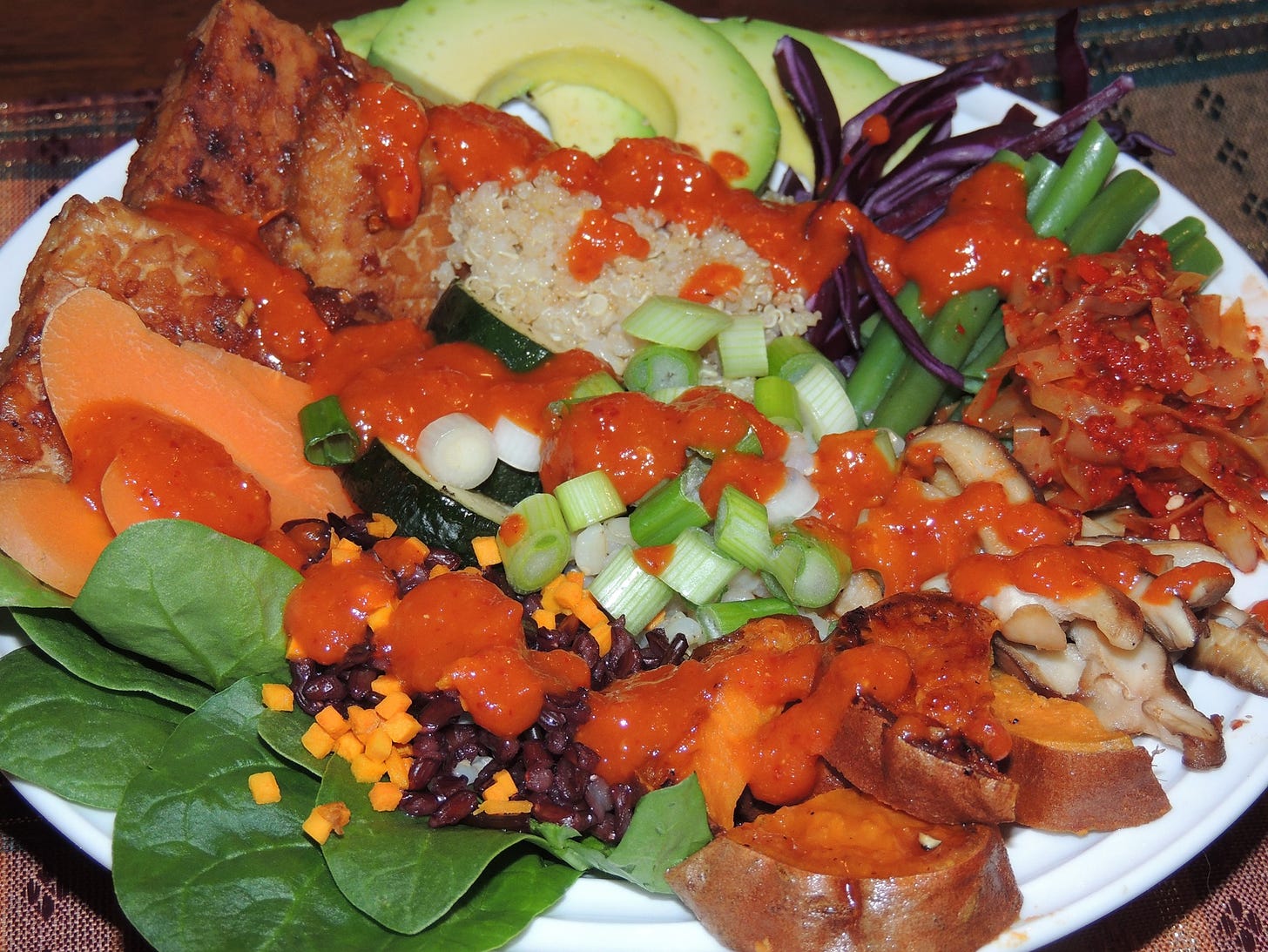
In addition to its applications as spice, dye, food additive and preservative in traditional Indian cookery, turmeric has been used for thousands of years in Ayurvedic and Chinese medicine. In the 12th-13th century, it was introduced, together with other spices, to Western countries by Arab traders and Marco Polo, after they visited India. Currently, turmeric continues to be widely used as an alternative medicinal agent in many parts of southern and eastern Asia, where it is considered as a ‘blood purifier’, for the treatment of common ailments such as dyspepsia, flatulence, liver disorders, arthritis, urinary tract diseases, wounds, jaundice, eye infections and skin diseases such as acnes and pemphigus [135,136,137].
The most bioactive chemical constituents of turmeric are curcuminoids, a group of polyphenols including mainly curcumin, demethoxycurcumin and bisdemethoxycurcumin (Figure 8). Components of turmeric are currently undergoing scientific evaluation for numerous potential benefits due to their anti-inflammatory, antiproliferative, pro-apoptotic, antioxidant, antiviral and antidiabetic activity. Numerous molecular targets of curcumin have been identified over the years, including cyclooxygenase (COX)-2 and lipoxygenase (LOX) [135,136,137].
Epidemiological studies have raised the hypothesis that the wide use of Curcuma among Indians may explain the significantly lower prevalence of ALzerimer’s in India compared to US [138]. In a transgenic animal model of AD, supplementation with a low dose of curcumin (160 ppm), for six months, reduced indices of both inflammation and oxidative stress. In particular, the levels of proinflammatory cytokine IL-1β, of oxidised proteins and of Aβ peptide decreased significantly [139]. Anti-amyloidogenic activity of curcumin was extensively reported in in vitro and animal models [140,141,142,143,144]. The binding to the redox-active metals iron and copper suggest another neuroprotective mechanism induced by curcumin [145]. Because the process of inflammation plays a major (detrimental) role in the pathogenesis of the most chronic illnesses, including neurodegenerative diseases, the therapeutic potential of curcumin as anti-inflammatory agent in the prevention and treatment of chronic disorders has been recently highlighted [147].
In fact, as previously introduced, activation of microglial cells in CNS results in the production of pro-inflammatory mediators that propagate neuronal injury exacerbating neurodegenerative diseases.
The decrease of lipid peroxidation, mitochondrial dysfunction and apoptotic indices were other biochemical responses mediated by curcumin. Cerebral I/R injury was also ameliorated, as shown by the locomotor activity of treated animals after I/R. Finally, bioavailability experiments reported a rapid increase of curcumin in plasma and brain tissues within 1 hour after administration [149].
For more info on how to grow turmeric, its many health benefits and how to use it in the kitchen, read:
The Health Benefits of Fermented Turmeric
When I am working 7 days a week, as I am now (doing physically intense activities) I feel grateful that we have managed to learn to grow quite a bit of our own Turmeric rhizome in pots (and we know a local organic farmer that grows large amounts in her unheated greenhouse). Being able to crack open a jar of homemade fermented turmeric rhizome and eat a …
32. Bacopa monnieri –
Bacopa monnieri (BM) can promote neurogenesis. BM has antioxidant and anti-inflammatory properties, and can increase brain-derived neurotrophic factor (BDNF).
How BM promotes neurogenesis:
Stimulates BDNF:
BM stimulates BDNF and the TrkB signaling pathway, which activates CREB, leading to neurogenesis.
Inhibits pro-inflammatory cytokines:
BM can inhibit the release of pro-inflammatory cytokines like TNF-α and IL-6, which can protect against neuroinflammation.
Promotes neuronal stem cell growth:
BM can promote neuronal stem cell growth and dendrite formation.
Improves memory performance:
BM can improve memory performance by promoting neurogenesis in the hippocampal dentate gyrus of mice.
Other BM benefits BM can repair damaged neurons, BM can stimulate kinase activity, BM can restore synaptic function, and BM can improve nerve transmission.
This is a great nootropic herb for students, shown to improve retention of knowledge and strengthen stress resistance.
Ayurvedic cognitive herb that supplies active nootropic bacosides
Supplies and amplifies cell-protective antioxidant activity in the brain
Promotes brain chemicals acetylcholine, GABA and serotonin
Animal research suggests it may boost cerebral blood flow by 25%
Supports memory performance, both short-range and long-range
Shown to slow the rate of forgetting newly acquired knowledge
Helps with mental processing, cognition under stress and relaxation
Best known as a nootropic for students and other learners
33. Celastrus paniculatus (aka black oil plant, climbing staff tree, and intellect tree) -
Celastrus paniculatus, also known as Jyotishmati or Malkangni, is an herb used in Ayurvedic medicine to treat brain-related conditions. It's also known as the intellect tree.
It is a woody shrub seeds used in Ayurvedic herbalism; animal research shows it helps overall brain health. Celastrus is one of the most well known natural nootropics in ayurveda and provides a unique blend of cognition, memory and mood enhancement.
Traditional uses:
Memory enhancement: The seeds are used as a brain tonic to improve memory and attention
Alzheimer's disease: The seed extract has anticholinesterase activity, which may help manage Alzheimer's
Anxiety: The seeds are used for their anxiolytic properties
Epilepsy: The seeds are used to treat epilepsy
Dementia: The seeds are used to treat dementia
Facial paralysis: The seeds are used to treat facial paralysis
Amnesia: The seeds are used to treat amnesia
34. Clitoria ternatea (Blue Butterfly Pea Blossom) -
Traditional Asian herb which has memory-enhancing nootropic effects.
Antioxidants found in butterfly pea tea have neuroprotective properties, protecting the brain from damage caused by free radicals and oxidative stress. These protective effects contribute to the reduction of age-related cognitive decline and help reduce the risk of neurodegenerative diseases.
Clitoria ternatea, also known as butterfly pea, has been used in traditional medicine to promote brain health. Some studies suggest that it may improve memory, cognitive function, and mood.
Studies show that the bioactive compounds in butterfly pea flower tea have nootropic effects. The flavonoids present in the flower have been linked to improved memory, concentration and overall cognitive function. Including butterfly pea flower tea in your diet can give your brain a natural boost.
How it optimizes cognative fucntion:
Memory
Some studies have shown that the root of C. ternatea can improve memory in animals.
Cognitive function
Some research suggests that C. ternatea may improve cognitive function in both animals and humans.
Mood
Butterfly pea flower tea contains compounds that may help regulate neurotransmitters, which can promote a sense of calm and relaxation.
35. Convolvulus pluricaulis -
Convolvulus pluricaulis, also known as shankhpushpi, is an herb used in Ayurvedic medicine to improve memory and cognitive function. It has also been used to treat anxiety, stress, and insomnia.
How it helps the brain:
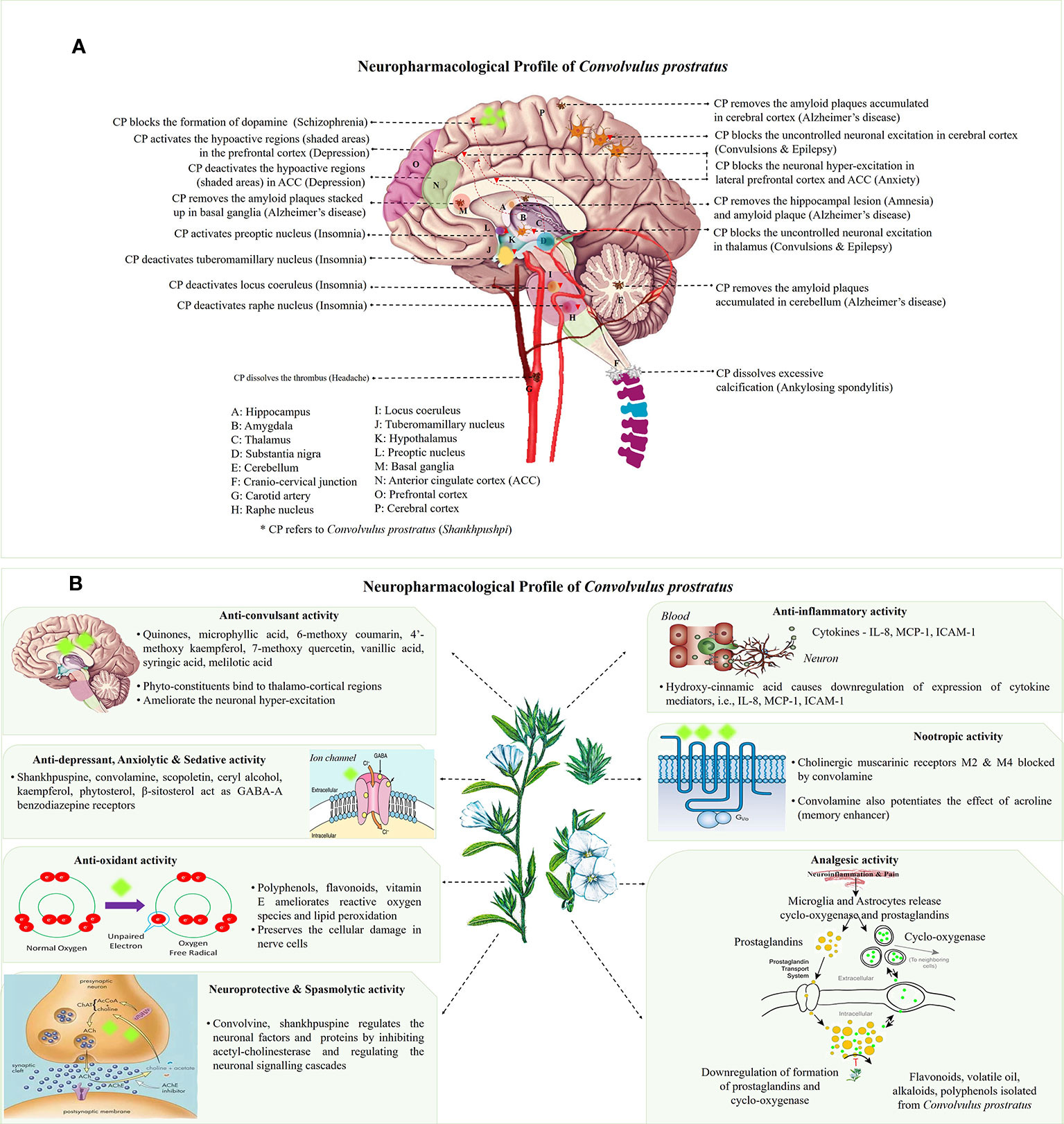
Memory:
Studies have shown that Convolvulus pluricaulis can improve memory and learning abilities.
Anxiety:
Clinical studies have shown that Convolvulus pluricaulis helps with anxiety neurosis.
Stress:
Convolvulus pluricaulis also helps reduce stress and anxiety by regulating the synthesis of stress hormones like cortisol and adrenaline.
Neurodegenerative disorders:
Convolvulus pluricaulis helps with Alzheimer's disease and other neurodegenerative disorders.
Other effects include: anti-inflammatory, anti-oxidant, analgesic, sedative, and anti-convulsant.
36. Coleus Forskohlii -
Coleus forskohlii, also known as Plectranthus barbatus, is a plant that contains forskolin, a compound that helps optimize brain health. Forskolin may help prevent neurological disorders, reduce microglial activation and help enhance synaptogenesis.
Forskolin has been shown to boost memory and learning, improve motivation and mood, and stimulate cerebral circulation.
Forskolin is the active ingredients of Coleus Forskohlii, promotes cAMP molecules that helps regulate cell to cell communication, mood and memory storage.
37. Ginkgo biloba –
Ancient Chinese wellness herb enhances brain circulation, strong reputation for helping with memory and age-related cognitive performance.
Since 1965, German physicians have prescribed G. biloba for the treatment of cognitive dysfunction, dementia and AD. In the early 1970s, the standardized extract of G. biloba leaves (EGb 761) was registered and, since then, patented products were developed and commercialized [73]. Presently, standardized extracts are widely prescribed in Europe and US for the symptomatic treatment of AD and cerebral insufficiency (a nonspecific age-related deterioration of mental functions), and for the improvement of cerebral blood flow and memory [74]. EGb 761 contains 24% of flavonoids and 6% of terpenic lactones, giving this extract its unique polyvalent pharmacological action. The flavonoid fraction is mainly composed of three flavonols, quercetin, keampferol and isorhamnetin, whereas terpenic derivatives are represented by diterpenic lactones, the ginkgolides A, B, C, J and M, and a sesquiterpenic trilactone, the bilobalide [74]. Ginkgolides are antagonist of platelet-activating factor (PAF), able to reduce platelet activation and aggregation, thus improving blood circulation [75]. Bilobalide can reduce damage caused by global brain ischemia and excitotoxicity-induced neuronal death [76].
Referred to as yín xìng in Chinese medicine, Ginkgo Contains Compounds Which Optimize Mitochondrial Health.
Mitochondria are the powerhouses of your cells, generating energy to fuel your cells’ biochemical reactions. Via optimizing their function and promoting their rates of regeneration within your body you are building a solid foundation for health, vibrancy and longevity from the cellular level up.
Ginkgo offers a number on compounds in the leaves that optimize mitochondrial health.
Oxidative stress and mitochondrial failure promote altered protein degradation, reduced neurotransmission, synapse loss and tau/hyperphosphorylation, which are early stages in the development of Alzheimer's disease (AD). A growing volume of data confirms that Ginkgo biloba extract (GBE) reduces oxidative stress and improves mitochondrial respiration and thus may be useful in preventing or slowing down the progression of AD.
Stem cell research has brought new hope for the treatment of neurological diseases. The key to stem cell therapy lies in inducing the specific differentiation of stem cells into nerve cells. Because the differentiation of stem cells in vitro and in vivo is affected by multiple factors, the final differentiation outcome is strongly associated with the microenvironment in which the stem cells are located. Accordingly, the optimal microenvironment for inducing stem cell differentiation is a hot topic. The extract of leaves of the Ginkgo biloba tree is used worldwide and is becoming one of the focuses of stem cell research. Studies have shown that ginkgo leaf extract can antagonize oxygen free radicals, stabilize cell membranes, promote neurogenesis and synaptogenesis, increase the level of brain-derived neurotrophic factors, and replicate the environment required during the differentiation of stem cells into nerve cells.

The ginkgo biloba extract improves memory loss and cognitive impairments in patients with senile dementia. It also promotes proliferation of neural stem cells in the subventricular zone in those with Parkinson's disease in the hippocampal zone.
Ginkgo leaf tea or tincture also Protects Against Aluminum Neurotoxicity.
Drinking ginkgo tea or taking ginkgo leaf tincture helps combat the accumulation and toxicity of aluminum in the body. According to the researchers, ginkgo’s protective effect is linked to the antioxidant activity of its active principles.
Aluminum is laced into many cosmetic, personal hygiene and kitchen products and it has a deleterious impact on brain function and other parts of the human body. Aluminum is also one of the main components of most stratospheric aerosol geoengineering patents (and SRM aka “solar radiation management” patents), so Ginkgo leaf tea or tincture offers the benefit of helping protect our bodies from the harm of geoengineering operations via detoxing our cells.
For those that are unfamiliar with stratospheric aerosol geoengineering (aka “solar radiation management” or weather warfare technology:
https://web.archive.org/web/20200921065139/https://www.beeheroic.com/geoengineering-and-environment
https://ia802603.us.archive.org/1/items/WeatherAsAForceMultiplier/WeatherAsAForceMultiplier.pdf
Ginkgo Biloba Increases Your Cognitive Abilities:
In his report published in Psychopharmacology, Dr. K. A Wesnes, a researcher, suggests that ginkgo biloba extract (GBE) has an ability to increase memory and retention, boost focus, and stimulate creative thinking. Of course, the controversy stems from whether this is a placebo effect, since the medicinal benefits of this ancient plant are commonly known, but millions of people around the world turn to GBE for a brain boost. It also helps relieves the symptoms of schizophrenia. Indeed an amazing herb! [7]
For more on how to grow, forage for, make tea from and extract medicinal compounds from Ginkgo trees, read:
38. Ginseng -
adaptogen herb that supports brain chemicals and cAMP while countering stress; energizes mental and physical performance.
Ginseng (from the Chinese rènshēn = man root, which refers to the root shape resembling the leg of a man), one of the most widely used herbs in TCM for boosting Qi (energy), is another anti-ageing herbs, employed for thousands of years as a tonic and revitalizing agent [88]. Ginseng refers to a group of several species within the Panax (from the Greek pan = all, and akèia = cure) genus and the family of Araliaceae growing in north-eastern Asia, with P. ginseng, or Asian ginseng, among the most commonly used species also in Korean traditional medicine and Kampo (Japanese traditional medicine).
Rg3 is a member of the ginsenoside class of compounds and is found in Panax ginseng.
Researchers found that Rg3 protected the brain and had antidepressant and anti-inflammatory effects in cell and mice studies [56, 57, 58]. Enhanced memory and cognitive function have also been measured [58].
Other important species are Vietnamese ginseng (P. vietnamensis Ha et Grushv.), Siberian ginseng (Eleutherococcus senticosus Maxim., which is not a true ginseng) and American ginseng (P. quinquefolius L.) [89].
Ginseng root, characterized by the presence of ginsenosides (triterpenic saponin complexes), is considered an adaptogenic herb, able to increase the body’s resistance to stress, trauma, anxiety and fatigue by modulating the immune function. Furthermore, it improves memory, learning performance, motor activity and, as aphrodisiac, ginseng can be applied to patients with sexual dysfunction. Depending on their aglycone, ginsenosides are often divided into two groups: Rb1 group (Rb1, Rb2, Rc and Rd) and Rg1 group (Re, Rf, Rg1 and Rg2), characterized by the presence of protopanaxadiol and propanaxatriol, respectively [90,91,92].
Ginseng may provide protection against neurodegeneration by multiple mechanisms. In different experimental models of AD, it attenuates Aβ- and glutamate-induced toxicity, enhances clearance of Aβ by stimulating the phagocytic activity of microglia and promotes neuron survival, increasing the levels of neurotrophic factors [93,94,95,96,97]. These data show that ginseng components act on different stages of the neurodegenerative disease, thus suggesting that multi-target properties are optimal for a neuroprotective herb.
Human studies have investigated the efficacy of ginseng too. In a clinical trial, patients aged 50 years or older with mild to moderate AD dementia were randomized into three groups. Two treatment groups received an oral daily dose of 9 or 4.5 g of Korean red ginseng (similar to Chinese ginseng) for 12 weeks. The primary outcome measures were MMSE, ADAS and Clinical Dementia Rating (CDR). The high-dose ginseng group showed scores of the outcome measures significantly higher than the control group ones. Differences between low-dose ginseng and placebo were not significant [98]
Apart from AD, ginseng has shown protective effects against PD in several cell culture and animal models. Both ginsenosides and root extracts are able to promote neuronal cell survival by reducing the neurotoxicity induced by toxins or parkinsonism mimetics, such as 1-methyl-4-phenyl-1,2,3,6-tetra-hydropyridine (MPTP) and its active metabolite 1-methyl-4-phenylpyridinium (MPP+) in rodents. These neurotoxins induce oxidative stress and lead to cell death of dopaminergic neurons, as in PD [99,100,101]. In other studies, ginsenosides, besides protecting neuronal cells, have shown neurotrophic effects promoting neurite overgrowth [102,103].
39. Scutellaria baicalensis Georgi (Huáng Qín) -
This is a medicinal plant belonging to the Lamiaceae family and widely used in the oriental (Korean and Chinese) traditional medicine because of its powerful anti-inflammatory and antioxidant activity.
In Korea, a root extract rich in bioactive components is used to treat diverse (neuro)inflammatory diseases [104,105,106,107]. In CNS, neuroglia plays a critical role in inflammation. Upon inflammatory stimulus (infection, trauma or other), microglial cells, the resident immune effectors (the counterpart of monocytes/macrophages in the periphery), migrate to the site of damaged tissue to defend the organism. In some cases, if their defence responses are not tightly regulated, they may further injury the host tissue by (over)producing ROS and releasing inflammatory mediators, such as cytokines and eicosanoids. Similarly, proliferation and activation astrocytes, a population of glial cells which provide mechanic and metabolic support to neurons, may exacerbate these neurotoxic effects in the inflammation environment [108,109,110].
Three main flavonoids, baicalein (5,6,7-trihydroxyflavone), baicalin (baicalein 7-O-glucuronide) and wogonin (5,7-dihydroxy-8-methoxyflavone), isolated from the root have been assayed for numerous potential benefits [111]. As antioxidant agents, in different cell culture and animal models, these compounds showed to quench ROS, to protect neurons from oxidative damage in cerebral ischemia/reperfusion (I/R) injury, to inhibit lipid peroxidation of neuronal membranes and to prevent excitotoxicity induced by glutamate [112,113,114,115,116,117,118,119,120,121].
40. Gotu Kola -
Centella asiatica (Gotu Kola) is a traditional medicine mainly renowned for its cognitive enhancing properties (usually alongside bacopa monnieri) and its ability to regenerate wound healing. It appears effective on both parameters is also anti-rheumatic.
This herb is best known for its blood vessel support; maintains circulation to the brain to promote memory and mood, especially in the elderly.
Asiatic acid (a compound in Gotu Kola) increases neurogenesis in the hippocampus [53].
Gotu kola (Centella asiatica) is a herb that may promote neurogenesis, or the growth of new brain cells. It's been used in traditional medicine for centuries and is studied today for its potential brain benefits.
How does Gotu Kola promote neurogenesis?
Gotu kola stimulates the growth of new brain cells by activating brain-derived neurotrophic factor (BDNF), which encourages the formation of new neurons.
Enhances CREB phosphorylation
Gotu kola extract enhances phosphorylation of cyclic AMP response element binding protein (CREB), which plays a key role in memory enhancement.
Other benefits of Gotu Kola:
Cognitive improvement: Gotu kola helps improve memory, mood, and cognitive function.
Neuroprotection: Gotu kola protects against neurodegeneration and cognitive impairments.
Healthy aging: Gotu kola supports brain health and resilience against age-related challenges.
Scientists suggested that asiatic acid can also reverse the impairments in hippocampal neurogenesis and memory caused by valproic acid (used in epilepsy) and the chemotherapy agent 5-fluorouracil [54, 55].
Gotu Kola is an incredible adaptogen that helps your body cope with stress. Beyond its stress-relief properties, Gotu Kola acts as a peripheral circulatory stimulant, increasing blood flow to the brain. This boost in circulation can have a positive impact on cognitive function.
41. Kanna (Sceletium tortuosum) -
South African herb shown in research to help with mental performance in seniors with brain degeneration.
Sceletium tortuosum (L.) N.E.Br. (Mesembryanthemaceae), commonly known as kanna or kougoed, is an effective indigenous medicinal plant in South Africa, specifically to the native San and Khoikhoi tribes. Today, the plant has gained strong global attraction and reputation due to its capabilities to promote a sense of well-being by relieving stress with calming effects. Historically, the plant was used by native San hunter-gatherers and Khoi people to quench their thirst, fight fatigue and for healing, social, and spiritual purposes. Various studies have revealed that extracts of the plant have numerous biological properties and isolated alkaloids of Sceletium tortuosum are currently being used for medicinal purposes and food. Furthermore, current research has focused its use for treatment in clinical anxiety and depression, psychological and psychiatric disorders, improving mood, promoting relaxation and happiness.
Traditionally it’s been used to fight negative effects of stress and anxiety. Today, it’s taken for these purposes, plus to assist in other cognitive functions.
42. African Baobab (Adansonia digitata) leaves -
Baobab leaves, fruit, and other parts of the baobab tree have many health benefits, including improved cognitive performance, reduced inflammation, and a stronger immune system.
The leaves offer these benefits:
Extracts from baobab leaves have neuroprotective properties.
Edible: The leaves of the baobab tree are edible and contain minerals like calcium, iron, and potassium (important for brain function).
Baobab fruit:
Improved cognitive performance: Baobab fruit contains vitamin C and phenolic compounds that may improve cognitive performance by increasing cerebral blood flow and reducing blood glucose variations.
Reduced inflammation: Baobab fruit contains antioxidants and polyphenols that may reduce inflammation in the brain.
(be careful where you source Baobab, this tree is under threat of over harvesting in its native habitat, however some people in places like Mexico are growing these trees in food forests now)
43. Lemon balm (Melissa officinalis) -
Traditional herb that regulates brain chemicals and their receptors to promote calmness and induce sleep.
Lemon balm also protects against neurodegenerative disorders.
Lemon Balm, a classic herb in Western herbal medicine, may not be the star of cognitive health, but its uplifting qualities on the nervous system make it a valuable companion to brain health herbs. Moreover, it enhances blood flow to various parts of the body, contributing to overall vitality.
Lemon Balm contains a vast array of beneficial compounds such as rosmarinic acid and hydroxycinnamic acids which help support relaxation, boost cognitive function, enhance sleep quality and promote skin health. This makes Lemon Balm an incredibly versatile herb for optimizing brain health, a very universally beneficial nootropic herb that can practically be incorporated into everyone’s daily herbal regimen.
For example, there’s some evidence this herb helps improve hyperactivity, concentration problems and impulsiveness in elementary school children.
It has potential to improve problem solving, math skills, concentration and alertness, according to available research.
Lemon Balm can enhance cholinergic function in the brain. This is often a very sought-after effect when it comes to natural nootropics as acetylcholine is a key player in cognitive function (especially memory function). By enhancing acetylcholine levels, Lemon Balm can bolster cognitive function, allowing you to work or study calmly and efficiently.
Lemon Balm, mainly through regulating stress, has also been shown to enhance neurogenesis. This is one of the most interesting Lemon Balm benefits as enhanced neurogenesis can help protect our brains, optimize cognitive function, increase memory formation and can even help promote a positive mood!
It has been clinically tested for use in treatment the effects of Alzheimer's disease.
Traditionally, lemon balm herbal preparations have been used to treat anxiety and insomnia. Its mild sedative effect is a well-known feature.
These claims seem to stand up to scientific scrutiny, as well as extend beyond treating general anxiety.
Taken internally in food products, it also seemed to enhance mood and/or cognitive performance, as demonstrated in a study involving young adults.
When used as an herbal sleep aid, it seems to help reduce insomnia symptoms and sleep disorders, including during menopause when symptoms such as anxiety, hot flashes and restlessness are very commonplace.
The gentle, relaxing effects produced by rising GABA levels in the brain after Lemon Balm supplementation can help ease the mind and relax the body. Lemon Balm increases GABA levels in the brain by primarily blocking one of the main enzymes responsible for breaking down GABA. This enzyme is called GABA transaminase and blocking it results in a gentle yet robust increase in GABA levels. Due to its somewhat gentle effects, Lemon Balm benefits those who do not want to get "knocked out" before bed, but rather those who want to feel relaxed enough to facilitate natural sleep processes.
For more into on how to grow Lemon Balm at home and its many other health benefits:
44. Passionflower (Passiflora incarnata) -
Passionflower (Passiflora incarnata) has neuroprotective properties and may help with a number of neurological and mental health conditions.
How passionflower helps with neurodegenerative diseases and mental health in general:
Antioxidant properties:
Passionflower contains flavonoids, alkaloids, and phenolic compounds that help with neurodevelopmental diseases.
Inhibiting monoamine oxidase:
Passionflower contains harmine and harmaline, which increases levels of neurotransmitters like serotonin and norepinephrine.
Improving neurogenesis:
Long-term use of passionflower may improve neurogenesis in the hippocampus.
Modulating GABA neurotransmission:
Passionflower may help improve sleep quality by modulating the gamma-aminobutyric acid (GABA) neurotransmission system.
How passionflower helps with other conditions:
Anxiety and depression: Passionflower helps with anxiety, depression, and stress reactivity.
Insomnia: Passionflower helps with insomnia.
Memory: Passionflower helps with memory function.
45. Salvia officinalis L.
Salvia is an important genus in the Lamiaceae family consisting of around 900 species, and some species have been cultivated worldwide for medical and culinary uses (Figure 11a,b). Salvia derives from Latin salvus, meaning ‘healthy’, suggestive of the miraculous therapeutic properties attributed to this plant by traditional medicine, and the textual sources concerning the cultivation and the use of Salvia in the Mediterranean area date back to the ancient Egyptian, Greek and Roman civilizations. At the end of 17th century, the physician and botanist Tabernaemontanus recommended many sage preparations from different geographical origins for the treatment of a ‘weak brain’ and to strengthen memory [2].
Currently, the health benefits of the Mediterranean diet have also been attributed to the regular consumption of traditional spices, considered as significant sources of bioactive phytochemicals [193,194,195,196,197]. In particular, many pharmacological studies on sage has been performed on volatile constituents (essential oils). The in vitro anticholinesterase activity of S. officinalis and S. lavandulaefolia (Spanish sage) was reported in both human erythrocytes and brain tissues (post-mortem) [198,199]. This activity was attributed to the synergy among monoterpenes present in essential oil, mainly α- and β-pinene, 1,8-cineole, camphor, borneol, caryophyllene and linalool (Figure 12). Additionally, pure compounds from the extract were tested, none of which fully accounted for the activity of the essential oil [198,200,201].
It is noteworthy that the constituents of an essential oil vary within the genotype, geographic distribution and environmental factor. In a clinical trial, a standardized essential oil extract of S. lavandulaefolia enhanced memory in young adult volunteers by improving the immediate word recall [199]. The same authors reported that an acute dose of S. lavandulaefolia essential oil positively modulated mood and cognitive performance in healthy young adults [202]. Besides inhibition of cholinesterase, other properties of sage essential oil, mainly antioxidant and anti-inflammatory activity, in part due to polyphenols and other phenylpropanoids, are currently considered relevant to the symptomatic treatment of AD [203,204,205]. In a double blind, randomized, placebo-controlled trial, the efficacy of S. officinalis extract was evaluated in patients with mild to moderate AD. After 16 weeks of administration, the treatment group experienced a significantly better outcome on cognitive function than placebo and no difference between the two groups were observed in terms of safety and side-effects.
46. Valerian (Valeriana officinalis) -
Valerian root helps with brain health by reducing anxiety and improving memory.
How valerian helps:
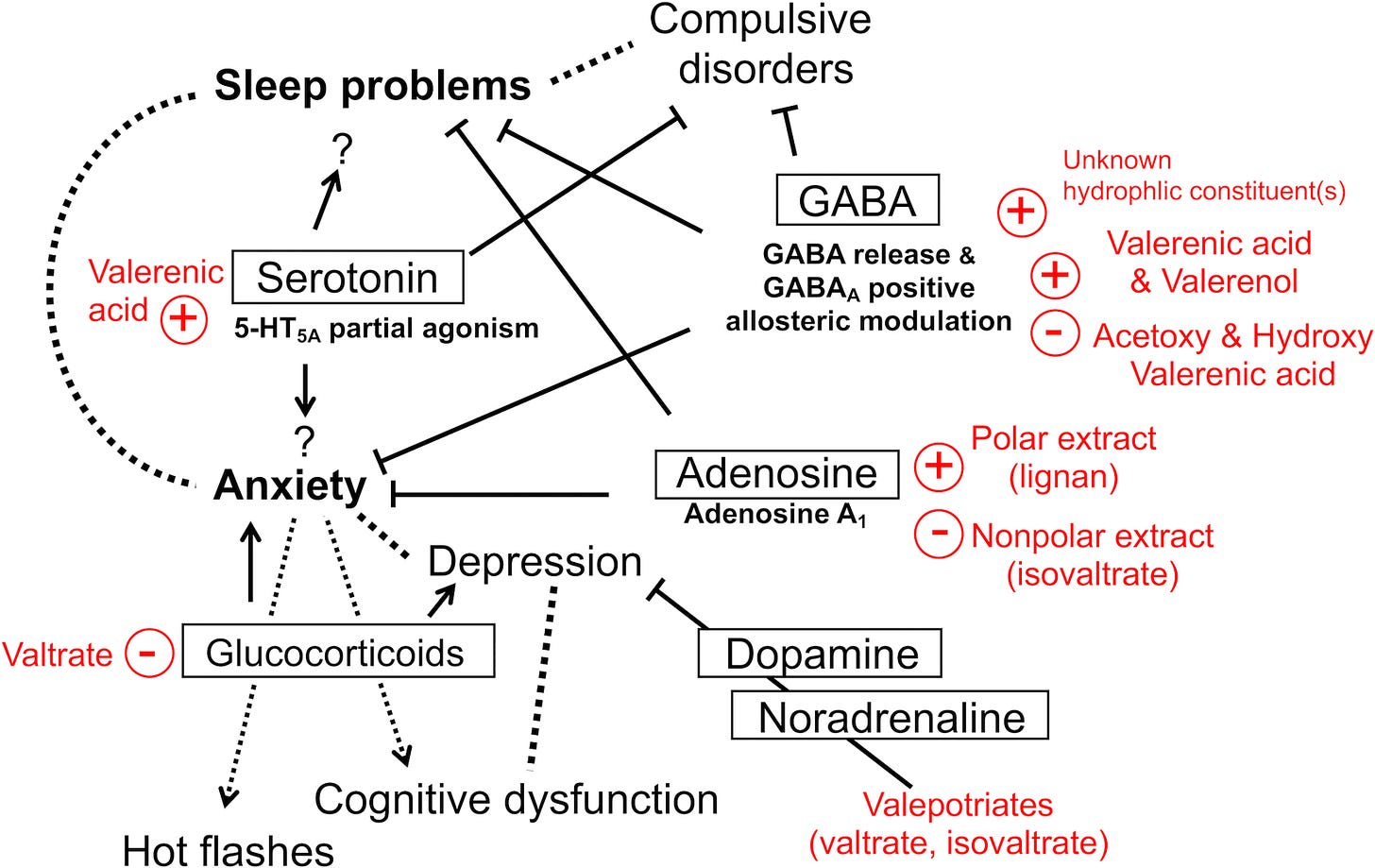
Reduces anxiety: Valerian root helps reduce anxiety by increasing GABA levels in the brain. GABA is a chemical that helps regulate nerve cells and has a calming effect.
Improves memory: Valerian root extract improves memory deficits.
Reduce stress: Valerian root's active compounds may interact with neurotransmitters in the brain to reduce feelings of stress.
Ancient root herb that works by sustaining GABA (soothing brain chemical) levels to promote relaxation and ultimately, sleep. Valerian also produces neuroprotective and sleep-inducing effects in AD patients.
47. Yerba Mate (Ilex paraguariensis) –
Traditional herb that is brewed into a stimulating tea with focus-enhancing support.
Yerba mate (Ilex paraguariensis) has shown neuroprotective effects in studies, including protecting dopaminergic neurons and reducing the risk of Parkinson's disease.
How yerba mate is also neuroprotective:
Dopaminergic neurons: Yerba mate can protect dopaminergic neurons from degeneration and increase their dendritic development. This helps with Parkinson's disease, which affects these neurons.
Mitochondrial function: Yerba mate extract can prevent mitochondrial dysfunction caused by oxidative imbalance.
Anxiety: Yerba mate extracts have shown anxiolytic-like effects.
Findings from studies:
In another study, yerba mate extract induced a strong neuroprotective effect on dopaminergic neurons.
In a third study, yerba mate extracts increased motor activity and acetylcholinesterase (AChE) activity.
48. Rosemary (Rosmarinus officinalis L) -
A Multi-Faceted Herbal Powerhouse.
Rosemary, with its potent attributes, transcends numerous body systems. Apart from its role as a liver-boosting herb high in antioxidants, it also stimulates cognitive function. There’s a good reason we often hear the saying “Rosemary for Remembrance”! Incorporating rosemary into your diet can have a positive impact on both your brain and overall health.
The most notable potential benefits of rosemary for brain health are its neuroprotective, mitoprotective, and antioxidant properties. Preclinical studies have attributed these benefits to the various types of diterpenes present in rosemary. In particular, the diterpene, carnosic acid, has been the main area of focus.
How rosemary helps the brain:
Inhaling rosemary: Inhaling rosemary can increase alertness and improve cognitive function.
Rosemary compounds: Rosemary contains compounds like 1,8-cineole and carnosic acid that help with memory and brain health.
Rosemary's neuroprotective properties: Rosemary protects the brain from injury and oxidative damage.
Rosemary's anti-inflammatory properties: Rosemary helps with inflammatory skin conditions.
Research on rosemary and brain health
A study from Northumbria University found that sniffing rosemary increased cognitive function and mood.
Other studies suggest that rosemary can improve memory and learning.
Some studies suggest that rosemary may be beneficial for Alzheimer's disease.
49. Magnolia (Magnolia officinalis and Magnolia obovata) bark -
Magnolia bark has neuroprotective properties due to the bioactive compounds it contains, including honokiol and magnolol. These compounds have anti-inflammatory and antioxidant properties.
How magnolia bark helps the brain:

Reduces brain cell death: Research found that magnolia bark helps reduce a type of brain cell death that is linked to Alzheimer's disease.
Protects against neurodegeneration: Magnolia bark helps protect against neurodegeneration by reducing the decrease in dopamine transporter and tyrosine hydroxylase protein levels.
Promotes sleep: Magnolia bark promotes good sleep.
50. Five Flavor Berry (Schisandra chinensis) -
Schisandra is a complex herb, and there are multiple mechanisms by which these constituents act like phytoadaptogens, affecting the central nervous, sympathetic, endocrine, immune, respiratory, cardiovascular and gastrointestinal systems. Research has shown that schisandra helps stall the process of oxidative stress, which contributes to nearly every disease there is and results in the loss of healthy cells, tissues and organs.
Many bioactive compounds (about 300) have been isolated and identified in different parts of S. chinensis.
It also exhibits strong antioxidant activities that positively affect blood vessels, smooth muscles, the release of fatty acids into the bloodstream (such as arachidonic acid) and the biosynthesis of inflammatory compounds. This results in healthier blood cells, arteries, blood vessels and improved circulation.
This is one reason why schisandra helps increase endurance, accuracy of movement, mental performance, fertility and working capacity even when someone is under stress.
containing Schizandrol-A his active ingredients suggested to have anti-stress activity and to help protect the brain.
Known as an adaptogenic agent, schisandra helps balance hormones naturally and therefore improves our ability to deal with stressors, both physical and psychological.
Adaptogenic herbs have been used for thousands of years to naturally raise the body’s resistance to environmental stress, anxiety, toxin exposure, emotional trauma, mental fatigue and mental illnesses. Because schisandra helps nurture the adrenal glands and turns down an overproduction of “stress hormones” like cortisol, it’s linked with better mental capabilities, physical endurance and metabolic health.
Schisandra also Improves Mental Performance
One of the oldest uses for schisandra is promoting mental clarity and raising energy levels. Centuries ago in Russia, it was used by the Nanai people to promote stamina for hunters going on long voyages without much rest or nourishment.
The Antioxidant Phytochemical Schisandrin A Promotes Neural Cell Proliferation. That means not only can this powerful medicine plant help prevent neurodegeneration, but it can also helps heal brain injuries and optimize and/or enhance cognitive function in healthy adults via initiating increased levels of neurogenesis and synaptogenesis.
Practitioners of TCM have used schisandra to naturally improve mental capabilities and promote sharper concentration, increased motivation and better memory.
One of the great thing about schisandra is that it doesn’t increase energy in similar ways to caffeine, by affecting the release of various stress hormones and altering blood sugar. As you probably know, caffeine use — especially caffeine overdose — can cause side effects like nervousness, restlessness and heart beat irregularities, but schisandra actually does the opposite. It essentially makes you feel calmer while also fighting off fatigue.
Studies also show a link between schisandra use and protection against neurological and psychiatric disorders, including:
neurosis
depression
schizophrenia
anxiety
alcoholism
even Alzheimer’s
Schisandra Also Contains Compounds Which Optimize Mitochondrial Health:
Schisandra contain potent adaptogens and ergogens, capable of decreasing fatigue and supporting the normal (and enhanced) functioning of cellular powerhouses—mitochondria [2,7].
Schisandra chinensis extract (SCE) has effects to enhance mitochondrial respiration and to improve cognitive function via induction of a key synaptic protein expression in hippocampus.
Over the past ten years, laboratories have attempted to define the biochemical properties of Schisandra berry in regard to its purported "Qi-invigorating" properties. We have found, for the first time, an ability of Schisandra berry to fortify mitochondrial antioxidant status, thereby offering the body a generalized protection against noxious challenges both of internal and external origin. Given the indispensable role of the mitochondrion in generating cellular energy, the linking of Schisandra berry to the safeguarding of mitochondrial function provides a biochemical explanation for its "Qi-invigorating" action.
Another study found that SCE (Schisandra chinensis extract) significantly increased expression of postsynaptic density protein 95 (PSD95), an increase that was correlated with enhanced brain-derived neurotrophic factor (BDNF) expression. These results demonstrate that SCE improves mitochondrial function and memory, suggesting that this natural compound alleviates Alzheimer’s disease (AD), dementia and aging-associated memory decline (while also serving to optimize and enhance cognitive function in healthy brains).
S. chinensis has been shown to regulate the growth, differentiation, and activation of hematopoietic progenitors as well as enhance the development of humoral stem cells.
This study also found that other compounds in S. chinensis regulate growth, differentiation, and activation of hematopoietic cells of multiple lineages [31]. It can attract and activate eosinophils, and stimulate the proliferation of and prolong the survival of hematopoietic cells.
Analysis identified that Schisandra chinensis extract can also regulate the expression level of cell division control protein 42 (Cdc42). These findings suggest that Schisandra chinensis enhanced NPCs proliferation and differentiation possible by Cdc42 to regulated cytoskeletal rearrangement and polarization of cells, which provides new hope for the late recovery of stroke and/or brain damage.
NPCs are self-renewing and multipotent cells that generate three major cell types in the brain called oligodendrocytes, neurons, and astrocytes [4].
Moreover, Lee et al. [4] reported that a mechanistic study showed the potential correlation between bioactive antioxidant phytochemcials and NPC regeneration is a result of their critical impact on kinase cascade activation that significantly activates endogenous neurogenesis.
For more info on how to grow Schisandra and its other health benefits, read:
51. Melatonin -
Researchers found that melatonin promotes neurogenesis in the hippocampus [42, 43].
Melatonin increased the effects of exercise on hippocampal neurogenesis in animal experiments [44, 45].
Melatonin is a hormone that helps with neurogenesis, or the process of new neuron growth in the brain. Melatonin is a potential treatment for neurological disorders that affect neurogenesis.
How melatonin affects neurogenesis:
Increases neuronal survival:
Melatonin can increase the survival of new neurons in the dentate gyrus of the hippocampus.
Increases neuronal differentiation:
Melatonin can increase the differentiation of adult hippocampal neural precursor cells.
Improves neuronal maturation:
Melatonin can improve the maturation of neural precursor cells and newly created neurons.
Other benefits of melatonin:
Melatonin helps with neurological disorders like Alzheimer's disease, dementia, and traumatic brain injuries.
Melatonin may also help with conditions like stress, anxiety, and depression.
How melatonin works:
Melatonin works by activating melatonin receptors in neural stem/progenitor cells. Melatonin also has antioxidant and anti-inflammatory properties.
Raw Milk, Hickory nuts, Reishi mushrooms, Auricularia auricula-judae (Jew's ear) mushrooms, cherries, peppers, wild fish, wild rice, goji berries, and Germinated legumes or seeds contain melatonin.
For more info on melatonin read this and this.
52. Resveratrol -
Resveratrol has neuroprotective properties that help prevent cognitive decline and neurodegenerative diseases like Alzheimer's disease and ALS.
How resveratrol helps :
Antioxidant: Resveratrol scavenges free radicals and reduces oxidative stress.
Anti-inflammatory: Resveratrol reduces the release of pro-inflammatory molecules.
Aβ reduction: Resveratrol reduces the aggregation and toxicity of Aβ peptides.
Mitochondrial protection: Resveratrol modulates mitochondrial redox biology.
SIRT1 activation: Resveratrol activates the silent information regulator-1 (SIRT1), which protects against oxidative stress.
Sources of resveratrol:
Resveratrol is a polyphenol found in black grapes, Black Currants (Ribes nigrum), Cacao, blackberries, and peanuts. It's also considered a key ingredient in red wine.
In animals and cells, resveratrol increases the birth of new neurons [37].
Scientists found that it increases angiogenesis (the formation of new blood vessels) and levels of growth factors that are associated with neurogenesis. These changes lead to improved learning and memory [38].
53. Green Tea (L-Theanine) -
All tea plants cultivated in different regions of the world belong to the same species, Camellia sinensis, though the local growing conditions, (altitude, climate, soils, etc.) may produce numerous distinctive leaves.
Nevertheless, the way the leaves are processed is even more important in determining the characteristics of the three predominant types of tea: green, black and oolong. Green tea is the least processed and thus provides the most antioxidant polyphenols, particularly catechins (epigallocatechin, epigallocatechin-3-gallate), flavonols (myricetin, quercetin, kaempherol) and proanthocyanidins [216].
Green Tea has been found to improve alertness, performance, memory and focus. But green tea also has other components that make it a brain-healthy beverage. One of them is L-theanine, an amino acid that can cross the blood-brain barrier and increase the activity of the neurotransmitter GABA, which helps reduce anxiety and makes you feel more relaxed. L-theanine also increases the frequency of alpha waves in the brain, which helps you relax without making you feel tired. One review found that the L-theanine in green tea can help you relax by counteracting the stimulating effects of caffeine. It's also rich in polyphenols and antioxidants that may protect the brain from mental decline and reduce the risk of Alzheimer's and Parkinson's.
Being catechins, particularly epigallocatechin-3-gallate (EGCG), 10–20 times more concentrated than flavonols in normally brewed tea [217], they seem to be responsible for most of the health benefits linked to this beverage. Green tea is made by briefly steaming the freshly harvested leaves, in order to softening them and preventing their fermentation and color changing. After steaming, the leaves are rolled, then spread out and dried with hot air until they are crisp. The resulting greenish-yellow tea has a green, slightly astringent flavor close to the taste of the fresh leaf.
As regards protection against neurodegeernative diseases, green tea catechins, until recently thought to work simply as antioxidants, are now known to invoke a wide spectrum of neuroprotective cellular mechanisms. These include iron chelation, scavenging of free radicals, activation of signaling pathways, and regulation of mitochondrial function to avoid excessive production of free radicals [231,232,233]. As reported above, iron accumulation in specific brain areas and free radical damage to brain cells are considered the major damaging factors responsible for a wide range of neurodegenerative disorders including AD and PD. In the brain, epigallocatechin-3-gallate (EGCG) has been shown to act as an iron chelator, binding to and removing iron, thus preventing it from contributing to the production of free radicals. In addition to removing iron, EGCG also increases the activity of two major antioxidant enzymes, superoxide dismutase (SOD) and catalase, further helping to decrease free radical damage [233]. Another active compound in green tea, epicatechin (EC) (Figure 16), reduces the formation of β-amyloid protein and of the consequent plaque-like deposits in the brain characteristic of AD [77]. The protective effects of black and green tea extracts and their main constituents, epigallocatechin gallate and epicatechin gallate have been shown in an in vitro system of cultured neurons. In presence of these extracts neurons survived to the toxic effect of β-amyloid protein [232]. Green tea polyphenols have also demonstrated the ability to affect cell signaling pathways, in particular the MAPK pathways, which are triggered by oxidative stress. MAPK signaling pathways in brain cells are thought to play a critical role in neurodegenerative diseases [231].
L-Theanine is an amino acid commonly found in green tea (Camellia sinensis). It is known for its relaxing and mood-enhancing effects. L-Theanine may increase alpha brain waves, which are associated with a state of relaxation and alertness. It is also thought to promote the production of neurotransmitters like dopamine and serotonin, which play a crucial role in regulating mood and cognition.
According to a 2012 study, a combination of L-theanine and caffeine may be responsible for the improved concentration abilities associated with drinking various green and black tea varieties.
Plus, research shows that the two may pair together to offer significant benefits, like improved reaction times, improved word recognition, improved attention, and improved ability to switch between tasks, with greater accuracy upon completion. With all these potential benefits at hand, taking L-theanine with our daily caffeine dose is a no-brainer.
In a cohort study at Japan's Tohoku University, using a Mini-Mental State Examination (a well-accepted standardized test for measuring cognitive function) on 1,003 subjects over age 70, researchers showed that drinking more than two cups a day of green tea reduces chances of cognitive impairment in both men and women by 64% [234]. And at every level of cognitive impairment, from minimal to severe, those drinking the most green tea experienced significantly less mental decline than those drinking the least. In particular, compared with elderly Japanese who drank less than three cups a week, those drinking more than two cups a day had a 54% lower risk of age-related declines in memory, orientation, ability to follow commands and attention. Those drinking four to six cups of green tea a week (one cup a day) had a 38% lower risk of declines in brain function [234].
In addition, L-theanine, which is only found in tea plants and some mushrooms, directly stimulates the production of alpha brain waves, calming the body while promoting a state of relaxed awareness [235] .
54. Choline -
About 18% of CDP-choline is converted into acetylcholine within a short period of ingestion, and the rest is stored as phosphatidylcholine (PC) or some other similar compound in our neurons.
In clinical studies of subjects who were given choline , scientists observed an increase see an increase in the number of neurons of in their brains, the number dopamine receptors, and the number of acetylcholine receptors in these new neurons.
Not only this, but researchers also saw an increase in our sensitivity to these neurotransmitters. Evidently, this means it took less of each neurotransmitter to achieve the desired increase in focus and motivation.
Choline is an essential nutrient. Although humans can produce a small amount of choline in the liver, it’s primarily provided by the diet. Without adequate levels of choline in the brain (and the ability to use it well), neurotransmission and cell membrane health are likely to be affected.
The main fate of dietary choline is the synthesis of phosphatidylcholine. This occurs via the cytidine diphosphate-choline (CDP-choline) pathway (or Kennedy pathway), which plays a central role in choline homeostasis. Phosphatidylcholine accounts for around 95% of the total choline pool in most tissues.
In the CDP-choline pathway, choline is initially converted to phosphocholine by choline kinase (CK), using ATP (the energy currency of cells) as a phosphate donor. Magnesium is a cofactor for this enzyme reaction. Next comes the rate-limiting step of the pathway (i.e., the slowest step in the pathway so akin to a bottleneck): an enzyme called CTP:phosphocholine cytidylyltransferase (CCT) uses cytidine triphosphate (CTP) to convert phosphocholine into CDP-choline (also known as citicoline).
Sources of Choline:
Shiitake mushrooms
Organic (and preferably sprouted and/or fermented) Chickpeas, Soybeans, Runner Beans kidney beans, and pinto beans
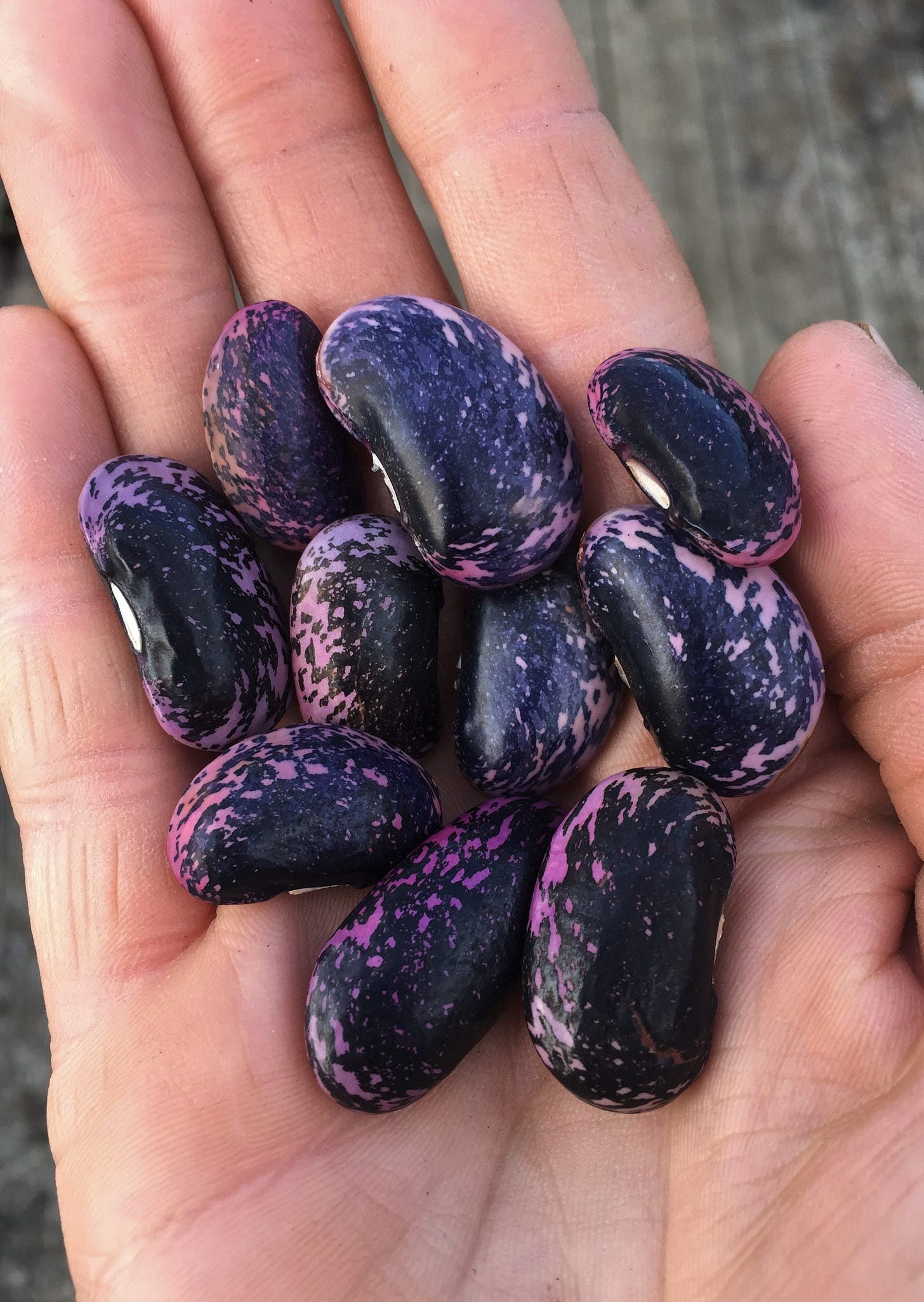
a close up of some homegrown Scarlett Runner Beans from our garden (which along with Choline have a high Anthocyanin content) Almonds cashews, brazil nuts, flax seeds, and pistachios
Quinoa
Potatoes
free range, organic eggs
organ meats from large herbivore animals
Wild-caught salmon
Organic chicken
Organic broccoli
Organic brussel sprouts
55. Uridine -
Supports the formation of synapses.
Uridine is an important ingredient in mother’s milk. It’s also found in some foods like nutritional yeast, certain mushrooms and vegetables, and organ meats.
Scientists found that it contributes to the generation of new synapses [47].
Uridine-5’-monophosphate (UMP) increased new synapses in an animal study [30]. UMP is also being studied for leading the growth of existing neurons in cell studies, possibly through increasing NGF [48, 49].
Uridine is is a nucleoside that is most notably involved in the creation of RNA (ribonucleic acid).
Uridine is a molecule that also helps with neurogenesis, or the growth of new neurons. It's a key component of RNA and glycogen synthesis, and it's involved in the synthesis of cell membranes (and promotes new connections between them).
How uridine helps with neurogenesis:
Promotes synaptic membrane synthesis:
Uridine increases the production of CDP-choline and CDP-ethanolamine, which may increase the number of synapses.
Activates brain genes:
When uridine is given with DHA, it activates genes that increase the levels of synaptic proteins.
Interacts with P2Y receptors:
Uridine triphosphate (UTP), a derivative of uridine, activates P2Y receptors on neurons. This activation may promote neurite outgrowth and neuronal differentiation.
Uridine's role in neurodegenerative diseases:
Uridine may help with neurodegenerative diseases like Alzheimer's, Parkinson's, and Huntington's disease. For example, uridine may help reverse the loss of synapses in Alzheimer's disease.
By and large, we all know about DNA (deoxyribonucleic acid), and how it is formed in a double helix like a twisted ladder. RNA looks like half of the ladder. It is also one way our DNA communicates with other parts of the cell (called mRNA).
For that reason, uridine is very special because it is a base pair only found in RNA, and not DNA. This makes it the rate-limiting factor for creating mRNA so if we don’t have enough of it. This means we cannot make the mRNA our neurons need to send signals to other areas of our cells.
Sources of Uridine:
Broccoli: This cruciferous vegetable contains uridine and other health-promoting compounds.
Beets: contain uridine, a substance that helps maintain normal dopamine levels. Dopamine is a neurotransmitter, which helps regulate brain health and control's the brain's reward, emotion, and pleasure centers.
Tomatoes: A common dietary source of uridine.
organ meats from large herbivore animals (cattle, deer etc).
Brewer's yeast, which is often used as a nutritional supplement. (Or, just make your own Kvass with wild yeast, and do not filter it before you drink it.)
Some wild seafood and wild fresh water fish, such as salmon, mackerel, and trout
The seeds of Lepidium apetalum. This hot cress-like like member of the Brassicaceae is easy to grow.
56. Reishi mushroom “Lingzhi” (Ganoderma sichuanense) -
Reishi (Ganoderma tsugae) is a fungi that occurs on living conifers (especially eastern hemlock and western hemlocks) and saprobic on the deadwood of conifers. This species is known as The Mushroom Of Immortality” in TCM.
Reishi mushrooms (Ganoderma lucidum) have neuroprotective properties. They help slow cognitive decline, dementia, and prevent neurodegenerative disorders.
How reishi mushrooms helps the brain:
Antioxidants: Reishi mushrooms have antioxidant properties that reduce age-related oxidation and neuronal damage.
Cholinesterase inhibition: Reishi mushrooms inhibits an enzyme that contributes to neuronal damage in Alzheimer's disease.
Anti-inflammatory: Reishi mushrooms reduces the release of inflammatory cytokines.
Apoptosis inhibition: Reishi mushrooms inhibit apoptosis in Alzheimer's disease.
Stress reduction: Reishi mushrooms lowers cortisol levels, which can help with mood and stress.
Other benefits:
Reishi mushrooms also helps with anxiety, depression, and quality of life.
Reishi mushrooms may be a potential source of natural compounds that can prevent or reverse memory disorders.
57. Shiitake mushroom (Lentinus edodes) -

Shiitake mushrooms (Lentinula edodes) contain compounds that may help with brain health, including antioxidants, polysaccharides, and ergothioneine.
Antioxidants:
Shiitake mushrooms contain antioxidants that may help prevent age-related neurological diseases.
These antioxidants may help counteract oxidative stress, which is a leading cause of age-related diseases.
Polysaccharides:
Shiitake mushrooms contain beta-glucans, which are polysaccharides that may help with brain health.
Beta-glucans may help reduce inflammation, regulate the immune system, and combat infections.
In mice, beta-glucans from shiitake mushrooms helped counteract cognitive impairments caused by a high-fat diet.
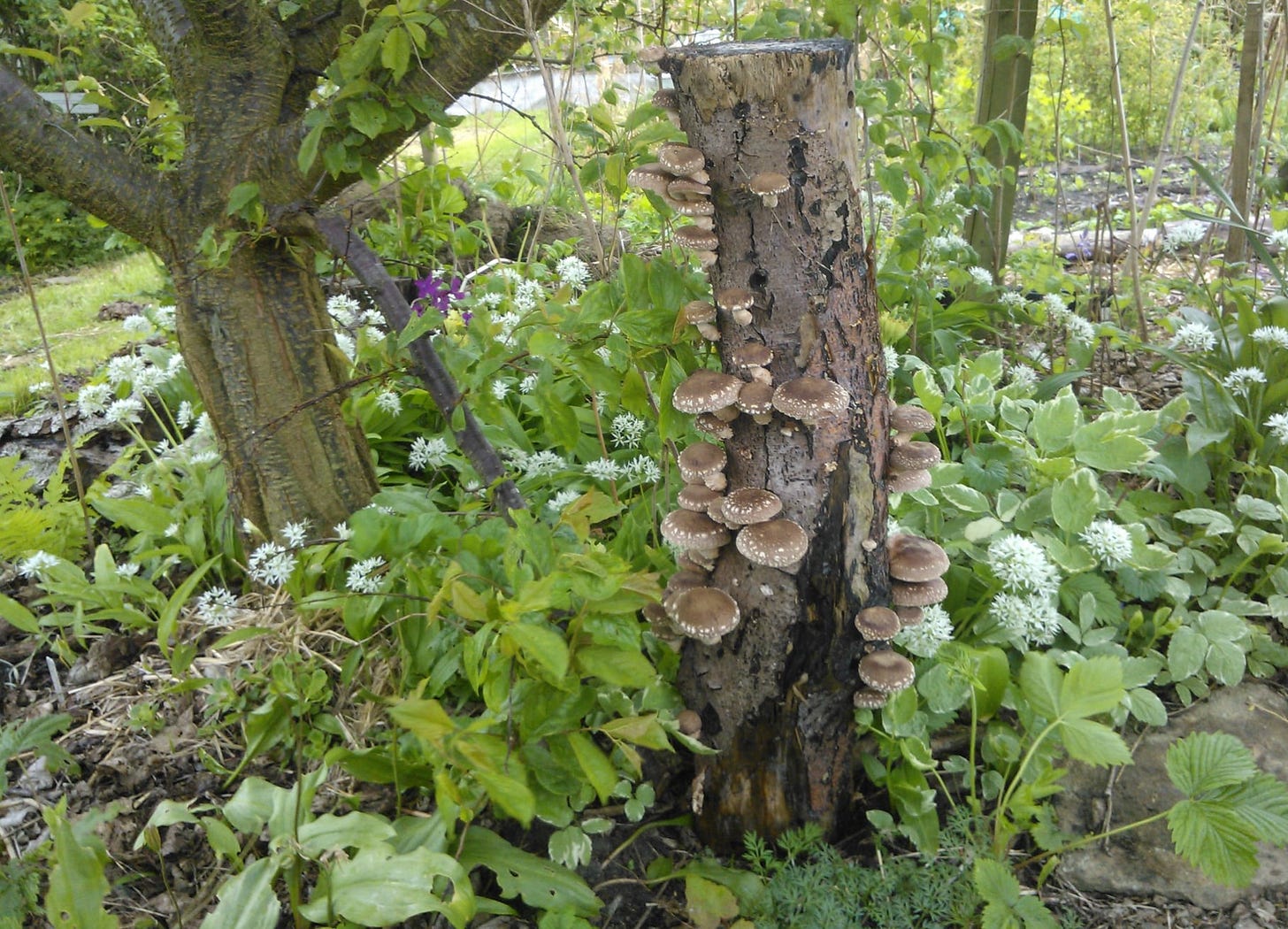
shiitake mushrooms growing on a hard wood log in a food forest setting
Ergothioneine:
Shiitake mushrooms contain ergothioneine, which has antioxidant properties and may help with neuroprotection.
Ergothioneine may also help with DNA repair and prevent DNA damage caused by UV irradiation.
Shiitake mushrooms are also a great source of B vitamins (and potentially vitamin D as well) which help support adrenal function and turn nutrients from food into useable energy. They also help balance hormones naturally and break through the brain fog to maintain focus all day long — even improving cognitive performance. Millions of Americans come up short on one or more of the B vitamins, and that causes energy slumps, unhealthy blood cell and adrenal effects, and foggy thinking. Adding shiitake mushrooms to your diet can give you the extra boost of B vitamins that you need to avoid a deficiency.
58. Lion's Mane mushroom (Hericium erinaceus) -
Lion's Mane (Hericium erinaceus) is a unique mushroom with potential nootropic properties. It has been used in traditional Chinese medicine for centuries to support brain health. Recent scientific studies have shown promising results regarding its cognitive benefits. Lion's Mane contains compounds called hericenones and erinacines, which have been found to stimulate the production of nerve growth factor (NGF), a protein essential for the growth and maintenance of neurons. A second animal study confirmed these effects.
According to a 2017 animal study, lion’s mane may also have a positive impact on object recognition and memory. One human trial found that regular lion’s mane doses helped to improve cognitive performance in adults between the ages of 50 and 86 compared to the placebo group. Further research suggests that lion’s mane may be beneficial for preventing cognitive decline caused by neurodegenerative disorders, like Parkinson’s and Alzheimer’s disease.
The best part? Lion’s Mane mushroom is considered a delicacy in some parts of the world thanks to its delicate, crab-like flavor. This sweet, tender mushroom is often used as a vegan seafood replacement and can be used in a multitude of recipes. Or, just saute it up with some butter or ghee and enjoy it on its own!
Keep in mind that most of the bioactive compounds found in mushrooms are locked away in their tissues, which are difficult to digest. Most mushrooms either need to be alcohol extracted (tinctured) and/or cooked or submerged in hot water to break down these tissues and make them biologically active.
Shown to stimulate Nerve Growth Factor (NGF) for brain regeneration
Suggested to support brain plasticity for learning and memories
Shown to help with mild age-related cognitive impairment
Shown to help maintain a balanced, healthy mood
59. Turkey Tail (Trametes versicolor) -
Turkey tail mushrooms help with brain health by reducing oxidative stress and inflammation, and boosting the immune system.
How turkey tail mushrooms help:
Antioxidants:
Turkey tail mushrooms contain antioxidants that can help reduce damage to brain cells caused by free radicals.
Immune system:
Turkey tail mushrooms can increase the immune system response, which help reduce cellular stress.
Vitagenes:
Turkey tail mushrooms can induce vitagenes, which are involved in cellular stress responses and redox homeostasis.
Neurotransmitters:
The β-glucans from mushrooms act as agonists of neurotransmitters, which can influence the regulation of mood and circadian rhythms.
In a mouse model of Alzheimer's disease, turkey tail mushroom extract combined with antioxidants from the ginkgo plant improved memory.
Laboratory studies have shown that turkey tail mushrooms have neuroprotective properties.
60. Cordyceps (Cordyceps militaris and Cordyceps sinensis) -
Cordyceps sinensis (CSE) is a traditional Chinese medicine that has shown neuroprotective effects. It may help with brain injury, memory loss, and inflammation.
How CSE helps with healing brain injuries:
Reduces neurobehavioral scores and oxygen free radical levels.
Improves levels of ATP, cytochrome c oxidase (COX), and mitochondrial complexes I-IV.
Inhibits the mitochondrial apoptotic pathway.
Reduces neurological deficit scores in rats with ischemic neuronal damage.
Improves neurobehavioral function in rats after cerebral ischemia and reperfusion.
How CSE helps with memory loss:
Protects against memory-related neuronal degeneration in the brain.
Retards the progression of memory deficits.
How CSE helps with inflammation
Inhibits infiltration of polymorphonuclear cells.
Inhibits IR-induced up-regulation of the brain production of C3 protein level, interleukin-1β and tumor necrosis factor-α.
61. Maitake (Grifola frondosa) -
Various studies have described that G. frondosa can protect and proliferate neuronal cells through neurogenesis, antioxidative, anti-inflammatory, and anti-β-amyloid activities.
Maitake mushrooms (Grifola frondosa) have neuroprotective properties that may help prevent neurodegenerative diseases.
How maitake mushrooms help the brain:
Anti-inflammatory and antioxidant properties: Protect neuron cells and may increase neurogenesis.
Polysaccharides: May improve learning and memory impairment, and reduce neuron loss.
Beta-glucans: May increase production of short chain fatty acids (SCFAs) that regulate neurotransmitters and hormone levels.
Research on maitake mushrooms:
In yeast cells and fruit flies, maitake mushroom extracts have shown anti-aging and neuroprotective effects.
In mice, a polysaccharide derived from maitake mushrooms improved learning and memory impairment.
Eating mushrooms like maitake may correlate with lower rates of mild cognitive impairment.
Other benefits of maitake mushrooms immunostimulating, anti-tumoral, anti-diabetic, and anti-allergic.
62. Chaga (Inonotus obliquus) -
Chaga mushroom (Inonotus obliquus) has shown neuroprotective effects in studies. Chaga has also been shown to reduce inflammation and oxidative stress in the brain.
How Chaga protects the brain:
Reduces oxidative stress: Chaga can decrease malondialdehyde and nitrite levels, and restore glutathione and superoxide dismutase levels.
Reduces inflammation: Chaga can suppress tumor necrosis factor (TNF)-alpha, iNOS, and interleukin (IL)-1beta.
Boosts serotonin: Chaga can boost serotonin levels.
Protects neurons: Chaga water extract can protect mouse neuroblastoma-spinal motor neuron NSC-34 cells from oxidative stress.
Improves learning and memory: Chaga can improve learning and memory.
Other health benefits:
Chaga has also been shown to have anti-inflammatory, antioxidant, anticancer, anti-diabetic, anti-obesity, hepatoprotective, renoprotective, antibacterial, and antiviral activities.
63. Mesima (Phellinus linteus) -
Research suggests that mesima also promotes neurogenesis, or nerve growth.
How mesima promotes neurogenesis:
Growth cones:
Mesima and its active components may increase the size of growth cones, which help brain cells connect with other neurons.
Anti-inflammatory and antioxidant properties:
Mushrooms may help protect against neurodegeneration by reducing oxidative stress.
Gut health:
Mushrooms may promote gut health, which can lead to better cognitive outcomes.
64. Agarikon (Fomitopsis officinalis) -
Agarikon mushrooms contain proteins that may protect the nervous system and promote neurogenesis, or the regeneration of neurons.
How agarikon mushrooms help with neurogenesis:
Proteins:
Agarikon contains proteins that regulate immunogenic cell death and apoptosis, which may protect neurons.
Beta-glucans:
Polysaccharides isolated from agarikon fruiting bodies contain beta-glucans, which may enhance the immune response and trigger biological responses.
Neurogenesis:
Agarikon may promote neurogenesis by increasing the size of growth cones, which help brain cells sense their environment and form new connections.
65. Artist Conk (Ganoderma applanatum) -
Antioxidant Properties: The mushroom contains a variety of antioxidants, including phenolic acids and triterpenoids, which help protect brain cells from damage caused by free radicals.
Neuroprotective Effects: The mushroom helps protect the brain from damage caused by neurodegenerative diseases such as Alzheimer's and Parkinson's.
Improved Sleep Quality: The supplements may help regulate sleep patterns and improve the quality of sleep.
Reduced Stress and Anxiety: The mushroom may help reduce stress and anxiety levels, promoting a sense of calm and wellbeing.
Improved Cognitive Function: Artist's Conk may help improve cognitive function, including memory, attention, and concentration.
66. Oyster (Pleurotus ostreatus and Pleurotus eryngii) -
Oyster mushrooms, including the king oyster mushroom (Pleurotus eryngii) and the edible oyster mushroom (Pleurotus ostreatus), have shown neuroprotective properties. These mushrooms contain compounds that help prevent neurodegenerative diseases.
How oyster mushrooms help with the nervous system:
Anti-inflammatory properties:
Oyster mushrooms have anti-inflammatory properties that help with neuroinflammation, a defensive response to brain injury, infection, and toxins.
Neuroprotective compounds:
Oyster mushrooms contain compounds that help with neuroprotection, including aminothioneine and ergothioneine.
Neurodegenerative disease prevention:
Oyster mushrooms help prevent neurodegenerative diseases like Alzheimer's disease.
Studies on oyster mushrooms and neuroprotection:
King oyster mushroom:
Extracts of the king oyster mushroom have shown neuroprotective properties in vitro.
Edible oyster mushroom:
The edible oyster mushroom has shown neuroprotective properties in models of degenerative diseases.
Aminothioneine:
Aminothioneine, a hydrophilic amino acid from golden oyster mushrooms, may help with cognitive improvement and antidepressant-like effects.
Ergothioneine:
Ergothioneine, a sulfur-containing amino acid from mushrooms, may help with neuroprotection and behavioral responses to social stress.
67. Psilocybin -
Neuroprotective effects were seen in experiments. Treatment with psilocybin significantly reduced neurological deficits, increased locomotor behavioral function, reduced brain infarction, and suppressed expression of inflammatory genes in stroke victims.
Psilocybin mushrooms are formally known as Psilocybe cubensis. That’s scientific name for more than 100 mushroom species that contain psilocybin and psilocin.
Psilocybin mushroom species
Psilocybe: A genus of psilocybin mushrooms
Panaeolus: A genus of psilocybin mushrooms that Stamets has written about
Inocybe: A genus of psilocybin mushrooms that Stamets has written about
Other psilocybin mushroom species: Conocybula, Galerina, Gymnopilus, and Pluteus.
These are two compounds that account for the hallucinations and “tripping” that occur when a person ingests these mushrooms.
Medical researchers are investigating these “magic mushroom” compounds to learn more about how they may benefit the brain. In a surprise finding, University of South Florida researchers discovered that low doses of the psychedelic drug erased the conditioned fear response in mice while helping the brain give birth to new neurons. In the study, published in Experimental Brain Research in 2013, researchers suggest that these mushroom compounds could serve as a treatment option for PTSD one day. (28, 29)
Psilocybin is a compound with hallucinogenic and euphoric effects that is produced by more than 180 species of mushrooms.
Psilocybin promotes neuroplasticity :
When ingested, psilocybin is quickly transformed into psilocin, which has a similar chemical structure to serotonin. Psilocin then binds to different types of serotonin (5-HT) receptors; activation of (mostly) 5-HT2a receptors is what researchers think produces the characteristic effects of psychedelics, such as hallucinations and altered perception.
At a cellular level, studies have found that intracellular 5HT2a receptor activation by psilocin increases branching of cortical neurons, multiplying the number of synapses and creating a greater quantity of spines on dendrites, which tend to be reduced in depressed individuals.
Ppsilocin increases levels of a nerve growth factor, brain-derived neurotrophic factor (BDNF), and it may also be an allosteric modulator. Moliner et al (2023) showed that psilocin binds to a specific subunit of tropomyosin-related kinase B (TrkB) receptor, the binding site of BDNF, and changes the receptor shape, facilitating BDNF binding and enhancing activation of the receptor. This mechanism is both relevant for neurogenesis and associated with reducing stress.
Essentially, psilocybin appears to boost BDNF and increase the number of neural connections, abetting the potential for communication between neurons. This activity could be really important for regulating hippocampal neurogenesis.
Low doses of psilocybin increased the birth of new neurons in the hippocampus in mice [78].
And while I may not share Paul Stamets` views on Big Pharma, but I do think his nootropic stack is worth investigating.
Also, from this study https://neurosciencenews.com/depression-dendrites-psilocybin-18856/ :
Summary: One dose of psilocybin, the psychoactive compound found in magic mushrooms, increases dendritic spine density within 24 hours. The neurobiological changes lasted for a month following psilocybin exposure. Additionally, mice subjected to stress showed behavioral improvements and increased neurotransmitter activity after psilocybin exposure.
68. Eggs -
Eggs are rich in choline, which is a precursor for acetylcholine, an important neurotransmitter involved in memory and learning. Many nootropic supplements aim to boost acetylcholine production in order to improve memory and cognitive function.
Alpha-GPC is one such example of a choline-boosting supplement with a good research-backing. In fact, a clinical review of alpha-GPC’s neuroprotective benefits involving over 20 clinical trials and over 4,000 individual subjects confirms that alpha-GPC may offer “modest improvement of cognitive dysfunction in dementia of neurodegenerative and vascular origin.” Another review described alpha-GPC as having “significant effects on cognitive function with a good safety profile and tolerability.”

Various studies over two decades (1991,1992, 2015, 2017) consistently confirm similar neuroprotective and neuroenhancement benefits from choline-enhancing alpha-GPC, including in cases of brain damage, poor blood supply, seizures, and more.
Consuming more eggs may provide similar results by naturally boosting your body’s choline levels.
69. Indian trumpet tree (Oroxylum indicum) dried bark -
Oroxylum indicum, also known as the Indian trumpet tree, has neuroprotective properties. This is due to its antioxidant, anti-inflammatory, and other pharmacological activities.
How Oroxylum indicum bark helps with neurodegenerative conditions:
Antioxidant activity:
The extract of Oroxylum indicum can reduce oxidative stress, which can damage neurons during neurodegeneration.
Inhibiting amyloid aggregation:
The extract can inhibit the aggregation of β-amyloid, which is a hallmark of Alzheimer's disease (AD).
Increasing BDNF:
The extract can increase the expression of brain-derived neurotrophic factor (BDNF), which supports neuronal health.
Improving mitochondrial function:
The extract can improve mitochondrial function in brain cells.
Clinical studies:
In clinical studies, Oroxylum indicum has improved cognitive function in older adults with self-reported cognitive complaints.
In mice, Oroxylum indicum seed extract has shown antidepressant effects.
It supports healthy brain-derived neurotrophic factor (BDNF) function, helping to maintain neurological health and nerve functions. The bark contains a flavonoid called oroxylin-A that supports healthy dopamine signaling which supports motivation and focus.
70. N-Acetyl-L-Tyrosine:
N-acetyl-L-tyrosine (NALT) can be produced by fermenting corn.
N-Acetyl L-Tyrosine (NALT or NAT) is a highly bio-available form of the amino acid L-Tyrosine. Your brain uses the enzyme tyrosine hydroxylase to convert L-Tyrosine into L-DOPA. Decarboxylation of L-DOPA results in synthesis of the neurotransmitter dopamine.
Once converted into dopamine, the enzyme dopamine-beta-hydroxylase converts it into the neurotransmitters norepinephrine (noradrenaline) and epinephrine (adrenaline). This triad of neurotransmitters are collectively referred to as “catecholamines”.
N-Acetyl L-Tyrosine can be a highly effective nootropic for boosting cognitive function. And is particularly helpful in maintaining cognitive performance when you’re under practically any kind of stress. Including music played above 90 dB’s.
N-Acetyl L-Tyrosine works in synergy with stimulants like methylphenidate (i.e. Ritalin).[ii] Drugs like Ritalin work by blocking the reuptake of the neurotransmitters dopamine, and norepinephrine. And if there’s not enough dopamine available to do the job, Ritalin doesn’t work very well. NALT potentiates increases in extracellular dopamine.
NALT also stimulates the production of thyroid hormones T3 (triiodothyronine) and T4 (thyroxine) which are crucial in maintaining both overall physical and cognitive health..
N-acetyl-L-tyrosine (NALT) supplies the amino acid L-tyrosine, which is a building block for dopamine and catecholamine neurotransmitter molecules involved in supporting motivation, focus, and executive functions.
71. Taurine -
One of the most abundant amino acids in the brain and eyes, where it supports brain health, hearing, and vision. It’s involved in promoting long-term potentiation, healthy GABA and glycine neurotransmission, optimal function fo brain-derived neurotrophic factor (BDNF), neuronal mitochondrial function, neuroprotection, and photoreceptor cell visual function.
Dietary sources of Taurine include: Seaweed, Almonds, cashews, hickory nuts, hazelnuts, pine nuts and in animal proteins like eggs, meat, wild seafood (like salmon, regeneratively farmed scallops, clams or oysters) and dairy.
72. Guarana (Paullinia cupana) seed extract -
Guarana seeds may have neuroprotective effects, such as improving memory, cognitive function, and protecting brain cells. Guarana is a caffeinated plant from the Amazon.
It has been traditionally taken to support brain performance. Similar to other caffeine-containing plants, it promotes optimal activity and energy metabolism in the brain. It also indirectly supports the healthy release of neurotransmitters like dopamine, and serotonin, which are involved in alertness, feelings of energy, mood, and motivation.
How guarana seed helps the brain:
Cognitive function: Guarana improves memory and cognitive function.
Brain cell protection: Guarana protects brain cells from damage caused by rotenone and VCR.
Antioxidant: Guarana may have antioxidant properties that help protect against oxidative stress.
Inflammation: Guarana helps reduce inflammation associated with brain disorders.
Neurotransmitter modulation: Guarana helps modulate neurotransmitters related to anxiety, panic, and depression.
73. Quercetin -
Quercetin is a bioflavonoid found in fruits and vegetables. It is one of the most widely consumed flavonoids in the human diet. Quercetin has potent antioxidant action and is “neuroactive”, meaning it can affect brain function.
As a result, it can protect brain cells from oxidative stress and inhibit the pro-inflammatory molecules that are associated with many progressive brain disorders. Researchers have also found that it stimulates synaptogenesis.
Kale, Serviceberries, dark skinned/fleshed apples, ginkgo biloba, hot peppers, elderberries, cacao beans, onions, purple cabbage, Black currants, and tomatoes have the high levels of quercetin.
It’s interesting to note that quercetin increases the absorption of resveratrol, so it’s a good idea to take them both together if you want to increase synaptogenesis and form new brain synapses.
74. Omega-3 Fatty Acids
The omega-3 fatty acid DHA increased the formation of new connections in the hippocampus in gerbils [30].
Increased hippocampal neurogenesis via omega-3 fatty acids has been proposed as a way to prevent PTSD [31].
75. Magnesium
It is a vital mineral that participates in more than 300 biochemical reactions in your body, including neurotransmitter and hormonal activity, which can have a huge effect on your brain function.
Researchers have found that increasing magnesium levels in the brain improves learning and memory by promoting synaptogenesis and increasing brain synapses.
One study concluded that magnesium increases the number of synaptic connections between brain cells and boosts the density of synapses.
Magnesium-rich foods include: Hickory Nuts, walnuts, Acorns, Pawpaws (Asimina triloba fruit), spinach, chard, pumpkin seeds, almonds, avocado, cacao and bananas.
Many types of seaweed contain solid amounts of magnesium, including kelp, dulse, sea lettuce, Irish moss, and carrageen. This herb also contains magum.
76. Saffron (Crocus sativus) Stigma
Saffron stigmas have neuroprotective properties. It can promote increased rates of neurogenesis, prevent neurodegenerative diseases like Alzheimer's and Parkinson's, as well as other brain disorders.
Saffron and its constituents enhance neurogenesis and improve cognitive function.
How saffron enhances neurogenesis:
Upregulating neuropeptides:
In animal models of depression, saffron increase brain neurotransmitters by upregulating BDNF and VGF neuropeptides in the hippocampus.
Improving cognitive performance:
In an ischemia/reperfusion (I/R) injury model, crocin, a metabolite of saffron, improved cognitive performance.

Saffron (Crocus sativus) flower How does saffron help with neurodegenerative diseases?
Antioxidants:
Saffron's antioxidant properties neutralize reactive oxygen species (ROS) that contribute to neurodegeneration.
Anti-inflammatory:
Saffron reduces inflammation pathways and the production of pro-inflammatory cytokines.
Anti-apoptotic:
Saffron regulates pathways that contribute to programmed neuron cell death.
Neurotransmitter balance:
Saffron can restore the balance of neurotransmitters like serotonin, dopamine, and glutamate.
What are the bioactive components of saffron?
Crocin, Crocetin, Safranal, Zeaxanthin, Vitamin B12, and Lycopene.
What are the potential benefits of saffron? Improving cognitive function, Improving mood, Alleviating symptoms of depression and anxiety, Treating neurodegenerative diseases like Alzheimer's and Parkinson's, and Treating ocular neurodegenerative diseases like glaucoma and age-related macular degeneration (AMD).
Extract is also loaded with healthy bioactive compounds, including eye-healthy carotenoids. Saffron supports antioxidant defenses in the eye [154,155], macular health, healthy retinal function [32,154,155], and retinal responses to intense light, important for screen stress resistance. Saffron also supports healthy visual acuity.
77. Tulsi (aka Holy Basil)
Within Ayurveda, tulsi is known as “The Incomparable One,” “Mother Medicine of Nature” and “The Queen of Herbs,” and is revered as an “elixir of life” that is without equal for both its medicinal and spiritual properties.
Tulsi (Ocimum sanctum, Ocimum gratissimum and Ocimum tenuiflorum) has been shown to have neuroprotective properties. It may help with brain injuries, cognitive function, and stress.
Tulsi, also known as Holy Basil (Ocimum sanctum, Ocimum gratissimum and Ocimum tenuiflorum), have neuroprotective properties that promotes adult neurogenesis. This means that tulsi helps the brain develop new nerve cells.
How Tulsi may promote neurogenesis:
Apigenin:
A compound in tulsi that promotes neurogenesis by increasing the activity of brain-derived neurotrophic factor (BDNF).
Lipid profile:
Tulsi helps prevent unfavorable changes in the brain's lipid profile after a stroke, which can interfere with neuronal functions.
Brain cortex:
Tulsi alters the lipid landscape of the brain cortex, which may help with recovery from cerebral ischemia or brain lesions.
How tulsi helps with brain injuries:
Tulsi helps with stroke-like injuries by reducing cell death and structural changes in the brain.
Tulsi helps with cerebral ischemia by regulating brain and plasma lipids.
In rats, tulsi reduced infarct size, neurological deficits, and neuronal loss after middle cerebral artery occlusion (MCAO).
How tulsi may help with cognitive function:
In rats, tulsi may help with neurodegeneration by activating NPY expression.
In female mice, long-term food supplementation with sweet basil (Ocimum basilicum L.) may prevent age-associated cognitive decline.
How Tulsi helps with stress:
Tulsi may help with psychological stress through its anxiolytic and anti-depressant properties.
Tulsi helps with stress levels in loud environments.
For more info on the many health benefits of Tulsi, read:
Tulsi: The Queen of Herbs
This was my favorite crop from our garden in 2021 and is now among my top 5 favorite garden crops of all time. It smells great, it tastes amazing, it heals the body, mind and nourishes the local pollinators.
Whew! I could list a few more foods or herbs that I know of (many of which are mentioned in the extensive studies I had to read through to make this post, which are listed below) but I am spent! That is it for today. I`ll update the article if I feel like it later.
78. Apples
Apples protect your brain and contains compounds that stimulate the production of new brain cells (increasing the rates of neurogenesis)
Quercetin in apples protect your brain from damage caused by oxidative stress.
A review of 14 studies suggests quercetin has some preventive properties against Alzheimer’s disease.
One of the processes underlying this maintenance is brain plasticity, whereby structural and functional modifications occur in response to internal and external stimuli. Adult hippocampal neurogenesis is a particular form of brain plasticity in which functional neurons are generated throughout life and integrated into the existing circuitry, thereby mediating particular forms of learning and memory.
Flavonoids, the abundant phytonutrients found in fruits like apples, can modulate molecular signaling pathways that influence these cognitive processes (Spencer, 2009).
Quercetin in apples also promotes hippocampal precursor cell survival and differentiation:
•Quercetin induces endogenous antioxidants and the AKT pathway
•3,5-Dihydroxybenzoic acid increases precursor cell proliferation and neurogenesis
How can I augment improving my brain power with non-dietary lifestyle choices?
To improve brain power:
Meditate and develop a mindfulness practice. Studies show that the choices we make inwardly to shift perspectives and nurture our inner garden through non-physical stimulus are just as important for stimulating neurogenesis and synaptogenesis as diet.
For some ideas on mindfulness, read:
Washing the dishes like your bathing a baby buddha, intentionally stimulating neurogenesis and renovating your synaptic scaffolding
·Each moment you are alive you are offered an opportunity to exercise your free will to enrich the more eternal part of your self and the collective you are an intrinsic part of. The single most powerful way you can leverage your free will in this universe is by consciously choosing the perspective and attitude you embrace as you look out at and engage w…
Stay mentally active with going into nature and learning to identify plants, puzzles, reading, learning new languages, or learning new skills to challenge and stimulate the brain.
Exercise regularly, as physical activity increases blood flow to the brain and promotes cognitive function.
Get adequate sleep, which is essential for memory consolidation and cognitive health.
Manage stress, as chronic stress can negatively impact brain health over time.
What gets in the way of us producing new neurons?
Four of the lifestyle factors that inhibit neurogenesis the most are are stress, alcohol consumption, sleep deprivation, and a toxic diet.
Aluminium is a really serious toxin in that regard. So avoid aluminum where you can and detox as possible.
Artificial EMFs play a significant role too, so minimize their impact through eating foods like these as well.
Chronic stress decreases neurogenesis in the hippocampus, and also lowers the chances that the new neurons that do get produced will survive. Neuroinflammation (the inflammatory response of the immune system when it occurs in the brain) that results from stress also likely prevents the production of new neurons. And sadly, stress experienced in childhood can inhibit neurogenesis in adulthood. Constant stimulation and worrying about the future is not good for brain health—we need to slow down and relax our minds in the same way we rest our bodies.
Regular alcohol consumption reduces the size of the hippocampus to a degree proportional to the amount that people drink. The same is true for overall brain atrophy; researchers found that brain volume decreases in proportion to alcohol consumed, and the effect is measurable even in light and moderate drinkers in comparison to non-drinkers. Luckily, it seems that the effects can be reversed. While heavy alcohol consumption inhibits neurogenesis, subsequent abstinence allows neurogenesis to return to relatively normal levels in a short period of time.
Both sleep deprivation and sleep fragmentation (disrupted sleep) inhibit neurogenesis in the hippocampus. Even a single day of sleep deprivation reduces the rate at which new neural cells are produced. Not to worry—normal rates of neurogenesis can be recovered within about two weeks after adequate sleep is resumed.
Lifestyle Choices Also Increase Neurogenesis
I touched on some of these above, but I want to re-iterate that these activities are important for potentiating the potency of the Neuroprotective and Neuro-regenerative whole foods and naturally occurring plant/fungal compounds listed above.
1) Exercise
Sustained aerobic exercise like increases neurogenesis.
Research suggests that aerobic exercise increases the number of new neurons in the hippocampus and increases hippocampal volume [1, 2].
Running doubled the number of new cells in the hippocampus of mice [3].
One study found that aerobic exercise increased hippocampal volume in 120 elderly adults with dementia [4].
2) Mental Activity
Learning new skills (particularly challenging ones) increases the survival of new neurons in the hippocampus, according to some recent studies [5].
Learning improves the chances that neuroblasts will survive, mature, and integrate into neural circuitry. This is why continuing to stimulate your brain by learning new things throughout life is so important. For best results, scientists recommend exercising first in order to increase the production of new neurons, then spending time learning your new skill to help the new neurons survive and integrate. And be sure to let your learning be fun; when learning becomes stressful, it can decrease neurogenesis.
Scientists think that the hippocampus shrinks with age, and engaging in a complex mental activity is associated with less shrinkage [6, 7].
3) Sleep
Short-term sleep deprivation (less than one day) has little effect on neurogenesis [8].
However, chronic sleep deprivation seems to reduce neurogenesis by increasing levels of stress hormones [9].
Researchers consider that adequate sleep increases neurogenesis by lowering TNF-α and stress hormones [9].
4) Meditation
Numerous studies suggest engaging in meditation structurally changes your brain for the better. In a 2011, Harvard and Massachusetts General Hospital researchers published a breakthrough study showing that guided meditation and mindfulness-based stress reduction led to measurable brain changes in areas involved with human memory, compassion and stress. In fact, practicing mindfulness meditation for just eight weeks changes your brain in a way that MRI scanners can detect. (Mindfulness meditation involves becoming aware of what is true moment by moment; to be present and turn attention to what is happening at that moment in a nonjudgemental way.) (11)
MRI images showed more brain matter density in the compassion, learning and memory centers in the hippocampus compared to pre-meditation scans. Interestingly, gray matter in the amygdala, a stress and anxiety center, shrank. All of this occurred with an average of 27 minutes of meditation practice a day for just eight weeks. (12, 13)
Prefrontal cortex and right anterior insula areas of the brain were thicker among meditators. These areas impact sensory processing. Researchers say based on the brain-sparing properties meditation has, it could be a way to offset age-related cortical thinning. (14)
Stress is thought to be one of the main factors that decrease neurogenesis in the adult brain [10, 11, 12].
Both physical and social stresses appear to decrease hippocampal neurogenesis [13, 14].
According to limited research, meditation may increase the size of the hippocampus. Scientists think that stress reduction may underlie neurogenesis [15, 16].
For more info on meditation, read:
5) Sexual Activity
Regularly having sex serves as a natural way to manufacture more neurons. In an animal study, University of Maryland researchers discovered that sex promotes the formation of new neurons and improves cognitive function. This neuron creation is known an neurogenesis. (19) Other research shows that sex can help preserve long-term memory, protecting it during times of high stress. (20)
Sexual activity can also help relieve stress, but animal studies suggest it may also increase neurogenesis. Scientists found this with both acute and chronic sexual activity in rats [17].
In rat experiments, sex increases the number of new neurons in the hippocampus. But regular sexual activity is best; a single sexual encounter also increases levels of the stress hormone corticosterone. Daily sexual encounters for 14 consecutive days do not raise corticosterone levels, and actually decrease anxiety behavior while still promoting neurogenesis. It’s also interesting to note that female rats only experience an increase in neuronal survival when they’re in control of the sexual encounter. Researchers speculate that when they’re not in control, female rats experience stress which prevents their new neurons from surviving.
Sex prevented a decrease in neurogenesis and improved memory in chronically-stressed mice [18].
6) Get outdoors and explore the forest, do yoga and/or join a martial arts class!
The positive effects of exercise are enhanced by environmental enrichment (EE), which can include being in new, stimulating surroundings or going outdoors.
Both aerobic exercise and activities that demand focus and coordination, like martial arts, dance, rock climbing, and yoga, in order to fully stimulate your brain.
Yoga combines breathing, holding postures and meditation, a trifecta that not only protects the integrity of your brain, but thickens layers of your cerebral cortex, too. Brain scans now reveal that yoga changes your brain chemistry in positive ways. It helps build more robust levels of gray matter in brain areas involved with pain modulation. (1)
Yoga’s neuroprotective properties not only spare the brain from gray matter loss, but they seem to build up gray matter volume in certain regions of the brain, too. This is important because losing gray matter can lead to memory impairment, emotional problems, poorer pain tolerance and decreased cognitive functioning.
In 2015, researchers from McGill University and the National Institutes of Health found that consistency in your practice matters, too. The more years of yoga practice under someone’s belt was associated with positive changes in the left hemisphere, including increasing gray matter volumes in clusters located in the left insula, left frontal operculum, right middle temporal gyrus and left orbitofrontal cortex. These areas of the brain are involved in:
Perception
Motor control
Self-awareness
Cognitive functioning
Interpersonal experience
Inhibition
Impulse control
Social behavior
Memory processing
If you haven’t been practicing for years, don’t worry, your brain is still changing. Those same researchers found that the number of hours of weekly practice correlated with gray matter volume in different areas of the brain, including the hippocampus, primary visual cortex, primary somatosensory cortex/suprior parietal lobule and precuneus/posterior cingulate cortex.
I will now gift you all a list of recipes I created that are both delicious and offer brain healing and brain nourishing benefits. If you value all that I have put together above (and all the recipes I will share below) please consider becoming a paid subscriber to support my continued work in educating and offering empowering info that invites people to embrace health sovereignty.
Here are some Full Recipes from my first book (and some that will be in my next book) which contain many Neuroprotective and Neuro-regenerative whole foods and naturally occurring plant/fungal compounds:
Thai Roasted Sweet Potato, Carrot and Ginger Soup
One of our favorite ways to enjoy several of our best producing crops (ginger, carrots, cilantro, sweet potato and chili peppers) is Thai Sweet Potato Soup. Typically, around mid winter we use the last of our stored carrots, sweet potatoes, ginger (and many other ingredients) to make a huge batch of this super nutritious, warming, delicious and inviting…
7 Fold Flame Sriracha
This is Installment #12 of the (Stacking Functions in the Garden, Food Forest and Medicine Cabinet : The Regenerative Way From Seed To Apothecary series.
Popped Amaranth Triple Berry Banana Bread
This Super Nutritious and delicious Banana bread is made with Mayan superfoods, ca…
Amaranth Seed, Trail Of Tears and Hokkaido Black Soy Bean Miso Paste
"Reclaiming our food and our participation in cultivation is a means of cultural revival, taking action to break out of the confining and infantilizing dependency of the role of consumer (user) and taking back our dignity and power to become producers and creators. Though affluent people have more food choices than the people of the past could ever drea…
Wor-Wonton Soup with Sprouted Hokkaido Black Soy Bean Dumplings
Around this time of year I like to use up the stores of dried beans from the garden to make 'stick to your bones' type meals and this recipe is one of my favorite ways to do that. We always loved Wor Wonton soup when we went out to Chinese restaurants in the past but finding a substitute after we decided not to eat meat anymore was virtually impossible.
Vegetable Borscht
This stuff is a powerhouse for nutrition and tastes amazing. Roasting the beets with skins on preserves their juicy flavors and mineral content. Grating them into the soup after cooking/cooling makes this one easy to construct. Pan frying the wild rice prior to adding to the soup splits them open as they cook adding a nice meaty texture. The shiitake mu…
The 5 Grain Bibim-Buddha Bowl
This "Buddha Bowl" type dish has a main theme of Korean flavors but this meal is also a passport and an invitation to embark upon a pilgrimage with your senses to visit several different cultures. It includes region specific ingredients that…
An Ethiopian Feast
I will now share a series of full recipes from my book with all of you that have brought a lot of joy, health and happiness into our lives…
Jeweled Tabbouleh with Ancient Grains and North African Spices
This salad is a refreshing way to enjoy many nourishing and innate immune system optimizing whole foods into a vibrant and delicious meal.
Garden Minestrone Soup
I have always loved minestrone soup over since my childhood as my mom was a great soup maker. When her homemade version was not available I would go to the grocery store to try and find a facsimile but it was never the same. Thus, minestrone was one of the very first soups I taught myself to make in my youth and I have been improving on my recipe ever s…
Golden Dragon Chi
This is Installment #10 of the (Stacking Functions in the Garden, Food Forest and Medicine Cabinet : The Regenerative Way From Seed To Apothecary series.
Five Bean Spring Chili with Ramps, Nettles and Sautéed Morels
I recently used some spring harvests of Ramps, Nettles, Garlic Mustard, Goji leaves/shoots, Morels and combined it with dried beans, frozen garden tomatoes as well as Goji Berries, freeze dried garden peppers, some fermented fire roasted hot peppers and dried spices/herbs from our 2023 harvests (with some wild rice and
Cream of Pine and Mushroom Soup (essence of the northern food forest in a bowl)
(This post serves as the 22nd post which is part of the Stacking Functions in the Garden, Food Forest and Medicine Cabinet : The Regenerative Way From Seed To Apothecary series).
Fire Roasted Fermented / Bourbon Infused Hot Sauce
If you have seen any of my recipe blog posts or read my recipe book you may have noticed that I love hot peppers. This has been the case since I was quite young when I would go on fridge raiding missions to find pickled hot peppers and eat fiery fresh home made salsas with homemade tortilla chips.
Sprouted Black Bean Burgers
Even if your not vegetarian these burgers are worth the effort and can put ‘many a meat patty’ to shame in the flavor department. That plus the bonus of easy of storage/re-heating makes these bad boys a win win for any burger lover.
Adaptogenic Super Taco Mix
I love Mexican food (well I love a lot of food with cultural roots south of the US border going all the way down to traditional Incan territory really) so I have been experimenting with combining my passion for making tacos, burritos, enchiladas, fajitas and heuvos rancheros with my more recently acquired knowledge of
Sopa de Lima (Yucatán-Style Lime Tortilla Soup)
This sopa de lima, or lime soup, is a Mayan dish originally from Yucatán, Mexico.
I hope if you try making any of the recipes above you will comment and tell me how they turned out! Enjoy! :)
References
https://www.mindlabpro.com/blogs/nootropics/list-nootropics
https://www.archivesofmedicalscience.com/Search/?s=Neuroprotective
https://greenmedinfo.com/pharmacological-action/nootropic-agents
https://thepracticalherbalist.com/advanced-herbalism/herbal-encyclopedia/gotu-kola-herb-adaptation-connection/
https://thenaturopathicherbalist.com//?s=neuroprotective
https://pmc.ncbi.nlm.nih.gov/articles/PMC9032563/#:~:text=Abstract-,Clitoria%20ternatea%20Linn.,an%20antistress%20treatment%20and%20antidepressant.
https://pmc.ncbi.nlm.nih.gov/articles/PMC10865296/
https://draxe.com/nutrition/brain-foods/
https://apothekaherbal.ca/blogs/news/nootropic-herbs
https://nootropicsexpert.com/nootropic-foods-the-effects-of-nutrients-on-brain-function/
https://www.sciencedirect.com/science/article/pii/S2161831322008146
https://pubmed.ncbi.nlm.nih.gov/21930368/
https://pmc.ncbi.nlm.nih.gov/articles/PMC10056569/
https://becomelucid.com/blogs/news/nootropics-in-food
https://nootropicsexpert.com/nootropic-foods-the-effects-of-nutrients-on-brain-function/
https://pubmed.ncbi.nlm.nih.gov/24763080/
https://biacal.org/blog/mitigating-the-effects-of-brain-injuries-through-nutrition
https://pmc.ncbi.nlm.nih.gov/articles/PMC9247433/
https://www.psychologytoday.com/ca/blog/pathways-of-progress/202306/can-psilocybin-stimulate-neurogenesis-in-the-hippocampus
https://pmc.ncbi.nlm.nih.gov/articles/PMC5683005/
https://pmc.ncbi.nlm.nih.gov/articles/PMC9995971/
https://www.psychologytoday.com/ca/blog/pathways-of-progress/202306/can-psilocybin-stimulate-neurogenesis-in-the-hippocampus
https://pubmed.ncbi.nlm.nih.gov/24763080/
https://www.frontiersin.org/journals/neuroscience/articles/10.3389/fnins.2023.1147269/full
https://www.cambridge.org/core/journals/nutrition-research-reviews/article/modulating-adult-neurogenesis-through-dietary-interventions/5940892F336545115AC35F1BEE444C22
https://www.sciencedirect.com/science/article/pii/S2161831322008146
https://www.sciencedirect.com/science/article/pii/S0002916523279563
https://www.frontiersin.org/journals/neuroscience/articles/10.3389/fnins.2023.1147269/full
https://www.frontiersin.org/journals/psychiatry/articles/10.3389/fpsyt.2021.724606/full
https://www.frontiersin.org/research-topics/39696/understanding-dendritogenesis-past-present-and-future/magazine
https://www.gssiweb.org/sports-science-exchange/article/sse-149-nutrition-and-neurogenesis
https://pmc.ncbi.nlm.nih.gov/articles/PMC9995971/
https://www.mdpi.com/2072-6643/15/11/2502#
https://www.neurovine.ai/blog/brain-foods-nutrition-to-help-and-heal-your-brain
https://www.cambridge.org/core/journals/nutrition-research-reviews/article/modulating-adult-neurogenesis-through-dietary-interventions/5940892F336545115AC35F1BEE444C22
https://pmc.ncbi.nlm.nih.gov/articles/PMC9247433/
Pereira L. Therapeutic and nutritional uses of marine algae: a pharmacy in the ocean. Tradit Med Res. 2022;7:30. [DOI]
Healy LE, Zhu X, Pojić M, Sullivan C, Tiwari U, Curtin J, et al. Biomolecules from macroalgae—nutritional profile and bioactives for novel food product development. Biomolecules. 2023;13:386. [DOI] [PubMed] [PMC]
Pereira L, Valado A. The seaweed diet in prevention and treatment of the neurodegenerative diseases. Mar Drugs. 2021;19:128. [DOI] [PubMed] [PMC]
Lomartire S, Gonçalves AMM. Marine macroalgae polyphenols as potential neuroprotective antioxidants in neurodegenerative diseases. Mar Drugs. 2023;21:261. [DOI] [PubMed] [PMC]
Meinita MDN, Harwanto D, Choi JS. Seaweed exhibits therapeutic properties against chronic diseases: an overview. Appl Sci. 2022;12:2638. [DOI]
Tanaka M, Toldi J, Vécsei L. Exploring the etiological links behind neurodegenerative diseases: inflammatory cytokines and bioactive kynurenines. Int J Mol Sci. 2020;21:2431. [DOI] [PubMed] [PMC]
Silva J, Alves C, Freitas R, Martins A, Pinteus S, Ribeiro J, et al. Antioxidant and neuroprotective potential of the brown seaweed Bifurcaria bifurcata in an in vitro Parkinson’s disease model. Mar Drugs. 2019;17:85. [DOI] [PubMed] [PMC]
Kowalczyk P, Sulejczak D, Kleczkowska P, Bukowska-Ośko I, Kucia M, Popiel M, et al. Mitochondrial oxidative stress—a causative factor and therapeutic target in many diseases. Int J Mol Sci. 2021;22:13384. [DOI] [PubMed] [PMC]
Luo C, Wei X, Song J, Xu X, Huang H, Fan S, et al. Interactions between gut microbiota and polyphenols: new insights into the treatment of fatigue. Molecules. 2022;27:7377. [DOI] [PubMed] [PMC]
Coelho M, Duarte AP, Pinto S, Botelho HM, Reis CP, Serralheiro ML, et al. Edible seaweeds extracts: characterization and functional properties for health conditions. Antioxidants (Basel). 2023;12:684. [DOI] [PubMed] [PMC]
Hannan MA, Dash R, Haque MN, Mohibbullah M, Sohag AAM, Rahman MA, et al. Neuroprotective potentials of marine algae and their bioactive metabolites: pharmacological insights and therapeutic advances. Mar Drugs. 2020;18:347. [DOI] [PubMed] [PMC]
Barbalace MC, Malaguti M, Giusti L, Lucacchini A, Hrelia S, Angeloni C. Anti-inflammatory activities of marine algae in neurodegenerative diseases. Int J Mol Sci. 2019;20:3061. [DOI] [PubMed] [PMC]
Bauer S, Jin W, Zhang F, Linhardt RJ. The application of seaweed polysaccharides and their derived products with potential for the treatment of Alzheimer’s disease. Mar Drugs. 2021;19:89. [DOI] [PubMed] [PMC]
Ajenikoko MK, Ajagbe AO, Onigbinde OA, Okesina AA, Tijani AA. Review of Alzheimer’s disease drugs and their relationship with neuron-glia interaction. IBRO Neurosci Rep. 2023;14:64–76. [DOI] [PubMed] [PMC]
Marucci G, Buccioni M, Ben DD, Lambertucci C, Volpini R, Amenta F. Efficacy of acetylcholinesterase inhibitors in Alzheimer’s disease. Neuropharmacology. 2021;190:108352. [DOI] [PubMed]
Cole SL, Vassar R. The role of amyloid precursor protein processing by BACE1, the β-secretase, in Alzheimer disease pathophysiology. J Biol Chem. 2008;283:29621–5. [DOI] [PubMed] [PMC]
Chen X, Drew J, Berney W, Lei W. Neuroprotective natural products for Alzheimer’s disease. Cells. 2021;10:1309. [DOI] [PubMed] [PMC]
Shrestha S, Choi JS, Zhang W, Smid SD. Neuroprotective activity of macroalgal fucofuroeckols against amyloid β peptide-induced cell death and oxidative stress. Int J Food Sci Technol. 2022;57:4286–95. [DOI]
Dimitrova-Shumkovska J, Krstanoski L, Veenman L. Potential beneficial actions of fucoidan in brain and liver injury, disease, and intoxication—potential implication of sirtuins. Mar Drugs. 2020;18:242. [DOI] [PubMed] [PMC]
Din NAS, Mohd Alayudin AS, Sofian-Seng NS, Rahman HA, Mohd Razali NS, Lim SJ, et al. Brown algae as functional food source of fucoxanthin: a review. Foods. 2022;11:2235. [DOI] [PubMed] [PMC]
Mohibbullah M, Haque MN, Sohag AAM, Hossain MT, Zahan MS, Uddin MJ, et al. A systematic review on marine algae-derived fucoxanthin: an update of pharmacological insights. Mar Drugs. 2022;20:279. [DOI] [PubMed] [PMC]
Fakhri S, Yarmohammadi A, Yarmohammadi M, Farzaei MH, Echeverria J. Marine natural products: promising candidates in the modulation of gut-brain axis towards neuroprotection. Mar Drugs. 2021;19:165. [DOI] [PubMed] [PMC]
Liu Q, Xi Y, Wang Q, Liu J, Li P, Meng X, et al. Mannan oligosaccharide attenuates cognitive and behavioral disorders in the 5xFAD Alzheimer’s disease mouse model via regulating the gut microbiota-brain axis. Brain Behav Immun. 2021;95:330–43. [DOI] [PubMed]
Kabir MT, Rahman MH, Shah M, Jamiruddin MR, Basak D, Al-Harrasi A, et al. Therapeutic promise of carotenoids as antioxidants and anti-inflammatory agents in neurodegenerative disorders. Biomed Pharmacother. 2022;146:112610. [DOI] [PubMed]
Shannon E, Conlon M, Hayes M. Seaweed components as potential modulators of the gut microbiota. Mar Drugs. 2021;19:358. [DOI] [PubMed] [PMC]
Liyanage NM, Nagahawatta DP, Jayawardena TU, Jeon YJ. The role of seaweed polysaccharides in gastrointestinal health: protective effect against inflammatory bowel disease. Life (Basel). 2023;13:1026. [DOI] [PubMed] [PMC]
Kim IH, Yoo KY, Park JH, Yan BC, Ahn JH, Lee JC, et al. Comparison of neuroprotective effects of extract and fractions from Agarum clathratum against experimentally induced transient cerebral ischemic damage. Pharm Biol. 2014;52:335–43. [DOI] [PubMed]
Giffin JC, Richards RC, Craft C, Jahan N, Leggiadro C, Chopin T, et al. An extract of the marine alga Alaria esculenta modulates α-synuclein folding and amyloid formation. Neurosci Lett. 2017;644:87–93. [DOI] [PubMed]
Rengasamy KRR, Amoo SO, Aremu AO, Stirk WA, Gruz J, Šubrtová M, et al. Phenolic profiles, antioxidant capacity, and acetylcholinesterase inhibitory activity of eight South African seaweeds. J Appl Phycol. 2015;27:1599–605. [DOI]
Stirk WA, Reinecke DL, van Staden J. Seasonal variation in antifungal, antibacterial and acetylcholinesterase activity in seven South African seaweeds. J Appl Phycol. 2007;19:271–6. [DOI]
Custódio L, Silvestre L, Rocha MI, Rodrigues MJ, Vizetto-Duarte C, Pereira H, et al. Methanol extracts from Cystoseira tamariscifolia and Cystoseira nodicaulis are able to inhibit cholinesterases and protect a human dopaminergic cell line from hydrogen peroxide-induced cytotoxicity. Pharm Biol. 2016;54:1687–96. [DOI] [PubMed]
Oh JH, Nam TJ. Hydrophilic glycoproteins of an edible green alga Capsosiphon fulvescens prevent aging-induced spatial memory impairment by suppressing GSK-3β-mediated ER stress in dorsal hippocampus. Mar Drugs. 2019;17:168. [DOI] [PubMed] [PMC]
Oh JH, Nam TJ, Choi YH. Capsosiphon fulvescens glycoproteins enhance probiotics-induced cognitive improvement in aged rats. Nutrients. 2020;12:837. [DOI] [PubMed] [PMC]
Liu DQ, Mao SC, Zhang HY, Yu XQ, Feng MT, Wang B, et al. Racemosins A and B, two novel bisindole alkaloids from the green alga Caulerpa racemosa. Fitoterapia. 2013;91:15–20. [DOI] [PubMed]
Rocha de Souza MC, Marques CT, Guerra Dore CM, Ferreira da Silva FR, Oliveira Rocha HA, Leite EL. Antioxidant activities of sulfated polysaccharides from brown and red seaweeds. J Appl Phycol. 2007;19:153–60. [DOI] [PubMed] [PMC]
Liu J, Banskota AH, Critchley AT, Hafting J, Prithiviraj B. Neuroprotective effects of the cultivated Chondrus crispus in a C. elegans model of Parkinson’s disease. Mar Drugs. 2015;13:2250–66. [DOI] [PubMed] [PMC]
Silva J, Alves C, Pinteus S, Mendes S, Pedrosa R. Neuroprotective effects of seaweeds against 6-hydroxidopamine-induced cell death on an in vitro human neuroblastoma model. BMC Complement Altern Med. 2018;18:58. [DOI] [PubMed] [PMC]
Shimizu H, Koyama T, Yamada S, Lipton SA, Satoh T. Zonarol, a sesquiterpene from the brown algae Dictyopteris undulata, provides neuroprotection by activating the Nrf2/ARE pathway. Biochem Biophys Res Commun. 2015;457:718–22. [DOI] [PubMed] [PMC]
Jung HA, Oh SH, Choi JS. Molecular docking studies of phlorotannins from Eisenia bicyclis with BACE1 inhibitory activity. Bioorg Med Chem Lett. 2010;20:3211–5. [DOI] [PubMed]
Oh JH, Choi JS, Nam TJ. Fucosterol from an edible brown alga Ecklonia stolonifera prevents soluble amyloid beta-induced cognitive dysfunction in aging rats. Mar Drugs. 2018;16:368. [DOI] [PubMed] [PMC]
Wang J, Zheng J, Huang C, Zhao J, Lin J, Zhou X, et al. Eckmaxol, a phlorotannin extracted from Ecklonia maxima, produces anti-β-amyloid oligomer neuroprotective effects possibly via directly acting on glycogen synthase kinase 3β. ACS Chem Neurosci. 2018;9:1349–56. [DOI] [PubMed]
Zhou X, Yi M, Ding L, He S, Yan X. Isolation and purification of a neuroprotective phlorotannin from the marine algae Ecklonia maxima by size exclusion and high-speed counter-current chromatography. Mar Drugs. 2019;17:212. [DOI] [PubMed] [PMC]
Shah MD, Venmathi Maran BA, Shaleh SRM, Zuldin WH, Gnanaraj C, Yong YS. Therapeutic potential and nutraceutical profiling of north Bornean seaweeds: a review. Mar Drugs. 2022;20:101. [DOI] [PubMed] [PMC]
Xing M, Li G, Liu Y, Yang L, Zhang Y, Zhang Y, et al. Fucoidan from Fucus vesiculosus prevents the loss of dopaminergic neurons by alleviating mitochondrial dysfunction through targeting ATP5F1a. Carbohydr Polym. 2023;303:120470. [DOI] [PubMed]
Lee HR, Do H, Lee SR, Sohn ES, Pyo EW, Son EW. Effects of fucoidan on neuronal cell proliferation: association with no production through the iNOS pathway. J Food Sci Nutr. 2007;12:74–8.
Huang WC, Yen FC, Shiao YJ, Shie FS, Chan JL, Yang CN, et al. Enlargement of Aβ aggregates through chemokine-dependent microglial clustering. Neurosci Res. 2009;63:280–7. [DOI] [PubMed]
Liu H, Gu L. Phlorotannins from brown algae (Fucus vesiculosus) inhibited the formation of advanced glycation endproducts by scavenging reactive carbonyls. J Agric Food Chem. 2012;60:1326–34. [DOI] [PubMed]
Kim H, Ahn JH, Song M, Kim DW, Lee TK, Lee JC, et al. Pretreated fucoidan confers neuroprotection against transient global cerebral ischemic injury in the gerbil hippocampal CA1 area via reducing of glial cell activation and oxidative stress. Biomed Pharmacother. 2019;109:1718–27. [DOI] [PubMed]
Syad AN, Shunmugiah KP, Kasi PD. Assessment of anticholinesterase activity of Gelidiella acerosa: implications for its therapeutic potential against Alzheimer’s disease. Evid Based Complement Alternat Med. 2012;2012:497242. [DOI] [PubMed] [PMC]
Syad AN, Rajamohamed BS, Shunmugaiah KP, Kasi PD. Neuroprotective effect of the marine macroalga Gelidiella acerosa: identification of active compounds through bioactivity-guided fractionation. Pharma Biol. 2016;54:2073–81. [DOI] [PubMed]
Hannan A, Kang JY, Hong YK, Lee H, Choi JS, Choi IS, et al. The marine alga Gelidium amansii promotes the development and complexity of neuronal cytoarchitecture. Phytother Res. 2013;27:21–9. [DOI] [PubMed]
Hannan MA, Mohibbullah M, Hong YK, Nam JH, Moon IS. Gelidium amansii promotes dendritic spine morphology and synaptogenesis, and modulates NMDA receptor-mediated postsynaptic current. In Vitro Cell Devl Biol Anima. 2014;50:445–52. [DOI] [PubMed]
Fang Z, Jeong SY, Jung HA, Choi JS, Min BS, Woo MH. Anticholinesterase and antioxidant constituents from Gloiopeltis furcata. Chem Pharm Bull (Tokyo). 2010;58:1236–9. [DOI] [PubMed]
Souza RB, Frota AF, Sousa RS, Cezario NA, Santos TB, Souza LM, et al. Neuroprotective effects of sulphated agaran from marine alga Gracilaria cornea in rat 6-hydroxydopamine Parkinson’s disease model: behavioural, neurochemical and transcriptional alterations. Basic Clin Pharmacol Toxicol. 2017;120:159–70. [DOI] [PubMed]
Natarajan S, Shanmugiahthevar KP, Kasi PD. Cholinesterase inhibitors from Sargassum and Gracilaria gracilis: seaweeds inhabiting south Indian coastal areas (Hare Island, Gulf of Mannar). Nat Prod Res. 2009;23:355–69. [DOI] [PubMed]
Mohibbullah M, Hannan MA, Choi JY, Bhuiyan MM, Hong YK, Choi JS, et al. The edible marine alga Gracilariopsis chorda alleviates hypoxia/reoxygenation-induced oxidative stress in cultured hippocampal neurons. J Med Food. 2015;18:960–71. [DOI] [PubMed] [PMC]
Mohibbullah M, Abdul Hannan M, Park IS, Moon IS, Hong YK. The edible red seaweed Gracilariopsis chorda promotes axodendritic architectural complexity in hippocampal neurons. J Med Food. 2016;19:638–44. [DOI] [PubMed]
Fallarero A, Loikkanen JJ, Männistö PT, Castañeda O, Vidal A. Effects of aqueous extracts of Halimeda incrassata (Ellis) Lamouroux and Bryothamnion triquetrum (S.G. Gmelim) Howe on hydrogen peroxide and methyl mercury-induced oxidative stress in GT1-7 mouse hypothalamic immortalized cells. Phytomedicine. 2003;10:39–47. [DOI] [PubMed]
Suganthy N, Karutha Pandian S, Pandima Devi K. Neuroprotective effect of seaweeds inhabiting south Indian coastal area (Hare Island, Gulf of Mannar marine biosphere reserve): cholinesterase inhibitory effect of Hypnea valentiae and Ulva reticulata. Neurosci Lett. 2010;468:216–9. [DOI] [PubMed]
Yoon NY, Lee SH, Li Y, Kim SK. Phlorotannins from Ishige okamurae and their acetyl- and butyrylcholinesterase inhibitory effects. J Funct Foods. 2009;1:331–5. [DOI]
Heo SJ, Cha SH, Kim KN, Lee SH, Ahn G, Kang DH, et al. Neuroprotective effect of phlorotannin isolated from Ishige okamurae against H₂O₂-induced oxidative stress in murine hippocampal neuronal cells, HT22. Appl Biochem Biotechnol. 2012;166:1520–32. [DOI] [PubMed]
Tirtawijaya G, Mohibbullah M, Meinita MDN, Moon IS, Yong-Ki H, et al. The ethanol extract of the rhodophyte Kappaphycus alvarezii promotes neurite outgrowth in hippocampal neurons. J Appl Phycol. 2016;28:2515–22. [DOI]
Wozniak M, Bell T, Dénes Á, Falshaw R, Itzhaki R. Anti-HSV1 activity of brown algal polysaccharides and possible relevance to the treatment of Alzheimer’s disease. Int J Biol Macromol. 2015;74:530–40. [DOI] [PubMed]
Machado LP, Carvalho LR, Young MCM, Elaine M, Cardoso-Lopes EM, Centeno DC, et al. Evaluation of acetylcholinesterase inhibitory activity of Brazilian red macroalgae organic extracts. Rev Bras Farmacogn. 2015;25:657–62. [DOI]
Gany SA, Tan SC, Gan SY. Antioxidative, anticholinesterase and anti-neuroinflammatory properties of Malaysian brown and green seaweeds. Int J Agri Biol Eng. 2014;8:1269–75. [DOI]
Shanmuganathan B, Sheeja Malar D, Sathya S, Pandima Devi K. Antiaggregation potential of Padina gymnospora against the toxic Alzheimer’s beta-amyloid peptide 25–35 and cholinesterase inhibitory property of its bioactive compounds. Plos One. 2015;10:e0141708. [DOI] [PubMed] [PMC]
Sangeetha RK, Bhaskar N, Baskaran V. Comparative effects of β-carotene and fucoxanthin on retinol deficiency induced oxidative stress in rats. Mol Cell Biochem. 2009;331:59–67. [DOI] [PubMed]
Yende SR, Harle UN, Ittadwar AM. Insignificant anticonvulsant activity of Padina tetrastromatica (Brown macroalgae) in mice. J Pharm Negat Results. 2016;7:33–6. [DOI]
Ryu G, Park SH, Kim ES, Choi BW, Ryu SY, Lee BH. Cholinesterase inhibitory activity of two farnesylacetone derivatives from the brown alga Sargassum sagamianum. Arch Pharm Res. 2003;26:796–9. [DOI] [PubMed]
Liu Y, Geng L, Zhang J, Wang J, Zhang Q, Duan D, et al. Oligo-porphyran ameliorates neurobehavioral deficits in parkinsonian mice by regulating the PI3K/Akt/Bcl-2 pathway. Mar Drugs. 2018;16:82. [DOI] [PubMed] [PMC]
Yabuta Y, Fujimura H, Kwak CS, Enomoto T, Watanabe F. Antioxidant activity of the phycoerythrobilin compound formed from a dried Korean purple laver (Porphyra sp.) during in vitro digestion. Food Sci Technol Res. 2010;16:347–52. [DOI]
Zhang Z, Wang X, Pan Y, Wang G, Mao G. The degraded polysaccharide from Pyropia haitanensis represses amyloid beta peptide-induced neurotoxicity and memory in vivo. Int J Biol Macromol. 2020;146:725–9. [DOI] [PubMed]
Mohibbullah M, Bhuiyan MM, Hannan MA, Getachew P, Hong YK, Choi JS, et al. The edible red alga Porphyra yezoensis promotes neuronal survival and cytoarchitecture in primary hippocampal neurons. Cell Mol Neurobiol. 2016;36:669–82. [DOI] [PubMed]
Liu Y, Deng Z, Geng L, Wang J, Zhang QB. In vitro evaluation of the neuroprotective effect of oligo-porphyran from Porphyra yezoensis in PC12 cells. J Appl Phycol. 2019;31:2559–71. [DOI]
Li K, Li XM, Gloer JB, Wang BG. New nitrogen-containing bromophenols from the marine red alga Rhodomela confervoides and their radical scavenging activity. Food Chem. 2012;135:868–72. [DOI] [PubMed]
Luo D, Zhang Q, Wang H, Cui Y, Sun Z, Yang J, et al. Fucoidan protects against dopaminergic neuron death in vivo and in vitro. Eur J Pharmacol. 2009;617:33–40. [DOI] [PubMed]
Cui YQ, Zhang LJ, Zhang T, Luo DZ, Jia YJ, Guo ZX, et al. Inhibitory effect of fucoidan on nitric oxide production in lipopolysaccharide-activated primary microglia. Clin Exp Pharmacol Physiol. 2010;37:422–8. [DOI] [PubMed]
Gao Y, Dong C, Yin J, Shen J, Tian J, Li C. Neuroprotective effect of fucoidan on H2O2-induced apoptosis in PC12 cells via activation of PI3K/Akt pathway. Cell Mol Neurobiol. 2012;32:523–9. [DOI] [PubMed]
Hannan MA, Mohibbullah M, Hwang SY, Lee K, Kim YC, Hong YK, et al. Differential neuritogenic activities of two edible brown macroalgae, Undaria pinnatifida and Saccharina japonica. Am J Chin Med. 2014;42:1371–84. [DOI] [PubMed]
Zhang FL, He Y, Zheng Y, Zhang WJ, Wang Q, Jia YJ, et al. Therapeutic effects of fucoidan in 6-hydroxydopamine-lesioned rat model of Parkinson’s disease: role of NADPH oxidase-1. CNS Neurosci Ther. 2014;20:1036–44. [DOI] [PubMed] [PMC]
Yang WN, Chen PW, Huang CY. Compositional characteristics and in vitro evaluations of antioxidant and neuroprotective properties of crude extracts of fucoidan prepared from compressional puffing-pretreated Sargassum crassifolium. Mar Drugs. 2017;15:183. [DOI] [PubMed] [PMC]
Ina A, Hayashi KI, Nozaki H, Kamei Y. Pheophytin a, a low molecular weight compound found in the marine brown alga Sargassum fulvellum, promotes the differentiation of PC12 cells. Int J Dev Neurosci. 2007;25:63–8. [DOI] [PubMed]
Hannan MA, Kang JY, Hong YK, Lee H, Chowdhury MT, Choi JS, et al. A brown alga Sargassum fulvellum facilitates neuronal maturation and synaptogenesis. In Vitro Cell Dev Biol Anim. 2012;48:535–44. [DOI] [PubMed]
Yan X, Chuda Y, Suzuki M, Nagata T. Fucoxanthin as the major antioxidant in Hijikia fusiformis, a common edible seaweed. Biosci Biotechnol Biochem. 1999;63:605–7. [DOI] [PubMed]
Hu P, Li Z, Chen M, Sun Z, Ling Y, Jiang J, et al. Structural elucidation and protective role of a polysaccharide from Sargassum fusiforme on ameliorating learning and memory deficiencies in mice. Carbohydr Poly. 2016;139:150–8. [DOI] [PubMed]
Zhao D, Zheng L, Qi L, Wang S, Guan L, Xia Y, et al. Structural features and potent antidepressant effects of total sterols and β-sitosterol extracted from Sargassum horneri. Mar Drugs. 2016;14:123. [DOI] [PubMed] [PMC]
Lin J, Yu J, Zhao J, Zhang K, Zheng J, Wang J, et al. Fucoxanthin, a marine carotenoid, attenuates β-amyloid oligomer-induced neurotoxicity possibly via regulating the PI3K/Akt and the ERK pathways in SH-SY5Y cells. Oxid Med Cell Longev. 2017;2017:6792543. [DOI] [PubMed] [PMC]
Yu J, Lin JJ, Yu R, He S, Wang QW, Cui W, et al. Fucoxanthin prevents H2O2-induced neuronal apoptosis via concurrently activating the PI3-K/Akt cascade and inhibiting the ERK pathway. Food Nutr Res. 2017;61:1304678. [DOI] [PubMed] [PMC]
Tsang CK, Sagara A, Kamei Y. Structure-activity relationship of a neurite outgrowth-promoting substance purified from the brown alga, Sargassum macrocarpum, and its analogues on PC12D cells. J Appl Phycol. 2001;13:349–57. [DOI]
Kamei Y, Tsang CK. Sargaquinoic acid promotes neurite outgrowth via protein kinase A and MAP kinases-mediated signaling pathways in PC12D cells. Int J Dev Neurosci. 2003;21:255–62. [DOI] [PubMed]
Tsang CK, Ina A, Goto T, Kamei Y. Sargachromenol, a novel nerve growth factor-potentiating substance isolated from Sargassum macrocarpum, promotes neurite outgrowth and survival via distinct signaling pathways in PC12D cells. Neuroscience. 2005;132:633–43. [DOI] [PubMed]
Mori J, Iwashima M, Wakasugi H, Saito H, Matsunaga T, Ogasawara M, et al. New plastoquinones isolated from the brown alga, Sargassum micracanthum. Chem Pharm Bull (Tokyo). 2005;53:1159–63. [DOI] [PubMed]
Tungalag T, Yang DK. Sinapic acid protects SH-SY5Y human neuroblastoma cells against 6-hydroxydopamine-induced neurotoxicity. Biomedicines. 2021;9:295. [DOI] [PubMed] [PMC]
Choi BW, Ryu G, Park SH, Kim ES, Shin J, Roh SS, et al. Anticholinesterase activity of plastoquinones from Sargassum sagamianum: lead compounds for Alzheimer’s disease therapy. Phytother Res. 2007;21:423–6. [DOI] [PubMed]
Heo SJ, Ko SC, Kang SM, Kang HS, Kim JP, Kim SH, et al. Cytoprotective effect of fucoxanthin isolated from brown algae Sargassum siliquastrum against H2O2-induced cell damage. Eur Food Res Technol. 2008;228:145–51. [DOI]
Jung M, Jang KH, Kim B, Lee BH, Choi BW, Oh KB, et al. Meroditerpenoids from the brown alga Sargassum siliquastrum. J Nat Prod. 2008;71:1714–9. [DOI] [PubMed]
Sarithakumari CH, Renju GL, Kurup GM. Anti-inflammatory and antioxidant potential of alginic acid isolated from the marine algae, Sargassum wightii on adjuvant-induced arthritic rats. Inflammopharmacology. 2013;21:261–8. [DOI] [PubMed]
Syad AN, Shunmugiah KP, Kasi PD. Antioxidant and anti-cholinesterase activity of Sargassum wightii. Pharm Biol. 2013;51:1401–10. [DOI] [PubMed]
Meenakshi S, Umayaparvathi S, Saravanan R, Manivasagam T, Balasubramanian T. Neuroprotective effect of fucoidan from Turbinaria decurrens in MPTP intoxicated Parkinsonic mice. Int J Biol Macromol. 2016;86:425–33. [DOI] [PubMed]
Qi H, Zhang Q, Zhao T, Chen R, Zhang H, Niu X, et al. Antioxidant activity of different sulphate content derivatives of polysaccharide extracted from Ulva pertusa (Chlorophyta) in vitro. Int J Biol Macromol. 2005;37:195–9. [DOI] [PubMed]
Qi H, Zhang T, Zhao R, Hu R, Zhang K, Li Z. In vitro antioxidant activity of acetylated and benzoylated derivatives of polysaccharide extracted from Ulva pertusa (Chlorophyta). Bioorg Med Chem Lett. 2006;16:2441–5. [DOI] [PubMed]
http://www.tandfonline.com/doi/abs/10.1080/00048670802534408
https://pmc.ncbi.nlm.nih.gov/articles/PMC5343808/
http://iopscience.iop.org/article/10.1088/2040-8986/19/1/013003/meta
http://www.intermittentfaster.com/intermittent-fasting-science/
https://www.sciencedirect.com/science/article/pii/S0005273603000245
https://www.sciencedirect.com/science/article/pii/S0005273603000245
https://www.frontiersin.org/articles/10.3389/fnins.2017.00440/full
https://www.sciencedaily.com/releases/2013/10/131010205325.htm
Z. Li, D.E. Vance, J. Lipid Res. 49 (2008) 1187–1194.
P. Fagone, S. Jackowski, Biochim. Biophys. Acta 1831 (2013) 523–532
F. Gibellini, T.K. Smith, IUBMB Life 62 (2010) 414–428.
H.-Y. Kim, B.X. Huang, A.A. Spector, Prog. Lipid Res. 56 (2014) 1–18.
M.E. Hasselmo, Curr. Opin. Neurobiol. 16 (2006) 710–715.
R. Leonardi, S. Jackowski, EcoSal Plus 2 (2007).
V. Dolezal, S. Tucek, J. Neurochem. 36 (1981) 1323–1330.
T. Yabe, S. Iizuka, Y. Komatsu, H. Yamada, Phytomedicine 4 (1997) 199–205.
M.-S. Kim, D.Y. Lee, J. Lee, H.W. Kim, S.H. Sung, J.-S. Han, W.K. Jeon, BMC Complement. Altern. Med. 18 (2018) 136.
S. Suzuki, H. Yamatoya, M. Sakai, A. Kataoka, M. Furushiro, S. Kudo, J. Nutr. 131 (2001) 2951–2956.
F. Casamenti, C. Scali, G. Pepeu, Eur. J. Pharmacol. 194 (1991) 11–16.
H. Zhang, T. Han, L. Zhang, C.-H. Yu, D.-G. Wan, K. Rahman, L.-P. Qin, C. Peng, Phytomedicine 15 (2008) 587–594.
Z. Li, Y. Liu, L. Wang, X. Liu, Q. Chang, Z. Guo, Y. Liao, R. Pan, T.-P. Fan, Evid. Based. Complement. Alternat. Med. 2014 (2014) 392324.
J.-N. Huang, C.-Y. Wang, X.-L. Wang, B.-Z. Wu, X.-Y. Gu, W.-X. Liu, L.-W. Gong, P. Xiao, C.-H. Li, Behav. Brain Res. 246 (2013) 111–115.
Y.-J. Li, C.-C. Liang, L. Jin, J. Chen, Spectrochim. Acta A Mol. Biomol. Spectrosc. 302 (2023) 123115.
M.E.A. El-Shamarka, W.M. Aboulthana, N.I. Omar, M.M. Mahfouz, Inflammopharmacology 32 (2024) 1439–1460.
G.D. Geromichalos, F.N. Lamari, M.A. Papandreou, D.T. Trafalis, M. Margarity, A. Papageorgiou, Z. Sinakos, J. Agric. Food Chem. 60 (2012) 6131–6138.
S.V. Rao, Muralidhara, S.C. Yenisetti, P.S. Rajini, Neurotoxicology 52 (2016) 230–242.
M. Bhanumathy, M.S. Harish, H.N. Shivaprasad, G. Sushma, Pharm. Biol. 48 (2010) 324–327.
B.B. Fredholm, Pharmacol. Toxicol. 76 (1995) 93–101.
G. Burnstock, Advances in Experimental Medicine and Biology 986 (2013) 1–12.
C. Stein, J. Hopfeld, H. Lau, J. Klein, J. Pharm. Pharm. Sci. 18 (2015) 634–646.
J. Kehr, S. Yoshitake, S. Ijiri, E. Koch, M. Nöldner, T. Yoshitake, Int. Psychogeriatr. 24 Suppl 1 (2012) S25–34.
H.-B. Zhao, H. Ma, X.-Q. Ha, P. Zheng, X.-Y. Li, M. Zhang, J.-Z. Dong, Y.-S. Yang, Cell Biol. Int. 38 (2014) 462–471.
Z.-F. Zhong, J. Han, J.-Z. Zhang, Q. Xiao, J.-Y. Chen, K. Zhang, J. Hu, L.-D. Chen, Front. Pharmacol. 10 (2019) 1433.
J. Shen, S. Chen, X. Li, L. Wu, X. Mao, J. Jiang, D. Zhu, Neurochem. Res. 49 (2024) 1291–1305.
N.A. Mohammed, H.M. Abdou, M.A. Tass, M. Alfwuaires, A.M. Abdel-Moneim, A.E. Essawy, Curr. Pharm. Biotechnol. 21 (2020) 1259–1268.
S. Kuang, L. Yang, Z. Rao, Z. Zhong, J. Li, H. Zhong, L. Dai, X. Tang, Can. J. Neurol. Sci. 45 (2018) 182–187.
P. Rojas, E. Ruiz-Sánchez, C. Rojas, S.O. Ogren, Neuroscience 223 (2012) 246–257.
R.M. Salama, G.A. Abdel-Latif, S.S. Abbas, H.M. El Magdoub, M.F. Schaalan, Neuropharmacology 164 (2020) 107900.
P. Haeri, A. Mohammadipour, Z. Heidari, A. Ebrahimzadeh-Bideskan, Anat. Sci. Int. 94 (2019) 119–127.
S. Purushothuman, C. Nandasena, C.L. Peoples, N. El Massri, D.M. Johnstone, J. Mitrofanis, J. Stone, J. Parkinsons. Dis. 3 (2013) 77–83.
R. Montioli, B. Cellini, M. Dindo, E. Oppici, C.B. Voltattorni, Biomed Res. Int. 2013 (2013) 161456.
S.Y. Yoon, I. dela Peña, S.M. Kim, T.S. Woo, C.Y. Shin, K.H. Son, H. Park, Y.S. Lee, J.H. Ryu, M. Jin, K.-M. Kim, J.H. Cheong, Arch. Pharm. Res. 36 (2013) 134–140.
Z.-L. Jin, N. Gao, J.-R. Zhang, X.-R. Li, H.-X. Chen, J. Xiong, Y.-F. Li, Y. Tang, Prog. Neuropsychopharmacol. Biol. Psychiatry 53 (2014) 9–14.
S.A. Siddiqui, A. Ali Redha, E.R. Snoeck, S. Singh, J. Simal-Gandara, S.A. Ibrahim, S.M. Jafari, Molecules 27 (2022).
D. van Diermen, A. Marston, J. Bravo, M. Reist, P.-A. Carrupt, K. Hostettmann, J. Ethnopharmacol. 122 (2009) 397–401.
D. van Diermen, A. Marston, J. Bravo, M. Reist, P.A. Carrupt, K. Hostettmann, Planta Med. 74 (2008) PA202.
V. Mani, S. Sajid, S.I. Rabbani, A.S. Alqasir, H.A. Alharbi, A. Alshumaym, Afr. J. Tradit. Complement. Altern. Med. 11 (2021) 493–502.
R. Franco, A. Oñatibia-Astibia, E. Martínez-Pinilla, Nutrients 5 (2013) 4159–4173.
M. Llansola, S. Erceg, M. Hernández-Viadel, V. Felipo, Metab. Brain Dis. 17 (2002) 389–397.
N.R. Carlson, M.A. Birkett, Physiology of Behavior, 12th ed, 2017.
S. Ge, J.A. Dani, J. Neurosci. 25 (2005) 6084–6091.
N. del Olmo, L.M. Suárez, L.M. Orensanz, F. Suárez, J. Bustamante, J.M. Duarte, R. Martín del Río, J.M. Solís, Eur. J. Neurosci. 19 (2004) 1875–1886.
S. Soeda, K. Aritake, Y. Urade, H. Sato, Y. Shoyama, Adv Neurobiol 12 (2016) 275–292.
W. Xue, J.-F. Hu, Y.-H. Yuan, J.-D. Sun, B.-Y. Li, D.-M. Zhang, C.-J. Li, N.-H. Chen, Acta Pharmacol. Sin. 30 (2009) 1211–1219.
C.-W. Phan, P. David, M. Naidu, K.-H. Wong, V. Sabaratnam, Crit. Rev. Biotechnol. 35 (2015) 355–368.
S.A. Lipton, Nat. Rev. Drug Discov. 5 (2006) 160–170.
S.-M. Glasdam, S. Glasdam, G.H. Peters, Adv. Clin. Chem. 73 (2016) 169–193.
W. Jahnen-Dechent, M. Ketteler, Clin. Kidney J. 5 (2012) i3–i14.
P.B. Godkar, R.K. Gordon, A. Ravindran, B.P. Doctor, J. Ethnopharmacol. 93 (2004) 213–219.
P.B. Godkar, R.K. Gordon, A. Ravindran, B.P. Doctor, Phytomedicine 13 (2006) 29–36.
L. Zhu, J. Wu, H. Liao, J. Gao, X.N. Zhao, Z.X. Zhang, Zhongguo Yao Li Xue Bao 18 (1997) 344–347.
K.S. Cho, I.M. Lee, S. Sim, E.J. Lee, E.L. Gonzales, J.H. Ryu, J.H. Cheong, C.Y. Shin, K.J. Kwon, S.-H. Han, Phytother. Res. 30 (2016) 58–65.
D.R. Palumbo, F. Occhiuto, F. Spadaro, C. Circosta, Phytother. Res. 26 (2012) 878–883.
M.D. Majewska, J.A. Bell, Neuroreport 1 (1990) 194–196.
E. Aizenman, K.A. Hartnett, C. Zhong, P.M. Gallop, P.A. Rosenberg, J. Neurosci. 12 (1992) 2362–2369.
C.Y. Chan, H.S. Sun, S.M. Shah, M.S. Agovic, I. Ho, E. Friedman, S.P. Banerjee, Adv. Exp. Med. Biol. 775 (2013) 45–52.
J. Gagné, C. Giguère, G. Tocco, M. Ohayon, R.F. Thompson, M. Baudry, G. Massicotte, Brain Res. 740 (1996) 337–345.
A. Panossian, Ann. N. Y. Acad. Sci. 1401 (2017) 49–64.
S.M. Smith, W.W. Vale, Dialogues Clin. Neurosci. 8 (2006) 383–395.
A. Munck, P.M. Guyre, N.J. Holbrook, Endocr. Rev. 5 (1984) 25–44.
A. Panossian, G. Wikman, J. Sarris, Phytomedicine 17 (2010) 481–493.
N. Xia, J. Li, H. Wang, J. Wang, Y. Wang, Exp. Ther. Med. 11 (2016) 353–359.
A. Panossian, M. Hambardzumyan, A. Hovhanissyan, G. Wikman, Drug Target Insights 2 (2007) 39–54.
A. Hernández-Santana, V. Pérez-López, J.M. Zubeldia, M. Jiménez-del-Rio, Phytother. Res. 28 (2014) 623–628.
J.R. Rapin, I. Lamproglou, K. Drieu, F.V. Defeudis, General Pharmacology: The Vascular System 25 (1994) 1009–1016.
Y. Hu, P. Liu, D.-H. Guo, K. Rahman, D.-X. Wang, T.-T. Xie, Pharm. Biol. 48 (2010) 794–800.
Y. Yao, M. Jia, J.-G. Wu, H. Zhang, L.-N. Sun, W.-S. Chen, K. Rahman, Pharm. Biol. 48 (2010) 801–807.
I.-J. Shin, S.U. Son, H. Park, Y. Kim, S.H. Park, K. Swanberg, J.-Y. Shin, S.-K. Ha, Y. Cho, S.-Y. Bang, J.-H. Lew, S.-H. Cho, S. Maeng, PLoS One 9 (2014) e88617.
P. Monteleone, L. Beinat, C. Tanzillo, M. Maj, D. Kemali, Neuroendocrinology 52 (1990) 243–248.
N.T. Stringham, P.V. Holmes, J.M. Stringham, Nutr. Neurosci. 21 (2018) 286–296.
L. Sweetman, Encyclopedia of Dietary Supplements, Second Edition (2010) 604–611.
E. Poleszak, B. Szewczyk, E. Kedzierska, P. Wlaź, A. Pilc, G. Nowak, Pharmacol. Biochem. Behav. 78 (2004) 7–12.
L. Fromm, D.L. Heath, R. Vink, A.J. Nimmo, J. Am. Coll. Nutr. 23 (2004) 529S–533S.
I.N. Iezhitsa, A.A. Spasov, M.V. Kharitonova, M.S. Kravchenko, Nutr. Neurosci. 14 (2011) 10–24.
E. Poleszak, Pharmacol. Rep. 60 (2008) 483–489.
J. Petrović, D. Stanić, Z. Bulat, N. Puškaš, M. Labudović-Borović, B. Batinić, D. Mirković, S. Ignjatović, V. Pešić, Horm. Behav. 105 (2018) 1–10.
N.B. Boyle, C. Lawton, L. Dye, Nutrients 9 (2017) 429.
E.G. Waterhouse, J.J. An, L.L. Orefice, M. Baydyuk, G.-Y. Liao, K. Zheng, B. Lu, B. Xu, J. Neurosci. 32 (2012) 14318–14330.
J.P. Chan, J. Cordeira, G.A. Calderon, L.K. Iyer, M. Rios, Mol. Cell. Neurosci. 39 (2008) 372–383.
X. Gao, G.M. Smith, J. Chen, Exp. Neurol. 215 (2009) 178–190.
L. Wang, X. Chang, L. She, D. Xu, W. Huang, M.-M. Poo, J. Neurosci. 35 (2015) 8384–8393.
L. Aloe, M.L. Rocco, B.O. Balzamino, A. Micera, Curr. Neuropharmacol. 13 (2015) 294–303.
I.-C. Li, H.-H. Chang, C.-H. Lin, W.-P. Chen, T.-H. Lu, L.-Y. Lee, Y.-W. Chen, Y.-P. Chen, C.-C. Chen, D.P.-C. Lin, Front. Aging Neurosci. 12 (2020) 155.
R. Martínez-Mármol, Y. Chai, Z. Khan, S.B. Kim, S.M. Hong, R.S. Gormal, D.H. Lee, J.K. Lee, M.K. Lee, S.Y. Kim, F.A. Meunier, bioRxiv (2020) 2020.08.28.271676.
L. Vigna, F. Morelli, G.M. Agnelli, F. Napolitano, D. Ratto, A. Occhinegro, C. Di Iorio, E. Savino, C. Girometta, F. Brandalise, P. Rossi, Evid. Based. Complement. Alternat. Med. 2019 (2019) 7861297.
R. Martínez-Mármol, Y. Chai, J.N. Conroy, Z. Khan, S.-M. Hong, S.B. Kim, R.S. Gormal, D.H. Lee, J.K. Lee, E.J. Coulson, M.K. Lee, S.Y. Kim, F.A. Meunier, J. Neurochem. 165 (2023) 791–808.
F. Tchantchou, P.N. Lacor, Z. Cao, L. Lao, Y. Hou, C. Cui, W.L. Klein, Y. Luo, J. Alzheimers. Dis. 18 (2009) 787–798.
G. Caletti, F.B. Almeida, G. Agnes, M.S. Nin, H.M.T. Barros, R. Gomez, Behav. Brain Res. 283 (2015) 11–15.
C. Wakabayashi, T. Numakawa, M. Ninomiya, S. Chiba, H. Kunugi, Psychopharmacology 219 (2012) 1099–1109.
B. Pochwat, M. Sowa-Kucma, K. Kotarska, P. Misztak, G. Nowak, B. Szewczyk, Psychopharmacology 232 (2015) 355–367.
N. Abumaria, B. Yin, L. Zhang, X.-Y. Li, T. Chen, G. Descalzi, L. Zhao, M. Ahn, L. Luo, C. Ran, M. Zhuo, G. Liu, J. Neurosci. 31 (2011) 14871–14881.
N.T. Stringham, P.V. Holmes, J.M. Stringham, Physiol. Behav. 211 (2019) 112650.
Z.-H. Wu, H. Fan, S.-Y. Gao, Y.-F. Jin, Cheng Chen, B. Jiang, J. Shen, Front. Pharmacol. 13 (2022) 921553.
D.H. Kim, S.J. Jeon, K.H. Son, J.W. Jung, S. Lee, B.H. Yoon, J.W. Choi, J.H. Cheong, K.H. Ko, J.H. Ryu, Pharmacol. Biochem. Behav. 85 (2006) 658–668.
S.J. Jeon, S.Y. Rhee, J.E. Seo, H.R. Bak, S.H. Lee, J.H. Ryu, J.H. Cheong, C.Y. Shin, G.-H. Kim, Y.S. Lee, K.H. Ko, Neurosci. Res. 69 (2011) 214–222.
S.J. Jeon, H. Bak, J. Seo, S.M. Han, S.H. Lee, S.-H. Han, K.J. Kwon, J.H. Ryu, J.H. Cheong, K.H. Ko, S.-I. Yang, J.W. Choi, S.H. Park, C.Y. Shin, Biomol. Ther. 20 (2012) 27–35.
C. Chalermwongkul, C. Khamphukdee, J. Maneenet, S. Daodee, O. Monthakantirat, C. Boonyarat, Y. Chotritthirong, S. Awale, A. Kijjoa, Y. Chulikhit, Nutrients 15 (2023).
T. Ghasemi, K. Abnous, F. Vahdati, S. Mehri, B.M. Razavi, H. Hosseinzadeh, Drug Res. 65 (2015) 337–343.
F. Vahdati Hassani, V. Naseri, B.M. Razavi, S. Mehri, K. Abnous, H. Hosseinzadeh, Daru 22 (2014) 16.
Y. Chandrasekhar, G. Phani Kumar, K. Navya, E.M. Ramya, K.R. Anilakumar, J. Pharm. Pharmacol. 70 (2018) 1662–1674.
J.H. Park, H.S. Joo, K.-Y. Yoo, B.N. Shin, I.H. Kim, C.H. Lee, J.H. Choi, K. Byun, B. Lee, S.S. Lim, M.J. Kim, M.-H. Won, Neurochem. Res. 36 (2011) 2043–2050.
M. Khalaj-Kondori, F. Sadeghi, M.A. Hosseinpourfeizi, F. Shaikhzadeh-Hesari, A. Nakhlband, M. Rahmati-Yamchi, Turk J Med Sci 46 (2016) 1573–1578.
N. Marefati, F. Beheshti, F. Vafaee, M. Barabadi, M. Hosseini, Neurochem. Res. 46 (2021) 2473–2484.
P.-L. Lai, M. Naidu, V. Sabaratnam, K.-H. Wong, R.P. David, U.R. Kuppusamy, N. Abdullah, S.N.A. Malek, Int. J. Med. Mushrooms 15 (2013) 539–554.
K. Mori, Y. Obara, M. Hirota, Y. Azumi, S. Kinugasa, S. Inatomi, N. Nakahata, Biol. Pharm. Bull. 31 (2008) 1727–1732.
T. Tsai-Teng, C. Chin-Chu, L. Li-Ya, C. Wan-Ping, L. Chung-Kuang, S. Chien-Chang, H.F. Chi-Ying, C. Chien-Chih, Y.-J. Shiao, J. Biomed. Sci. 23 (2016) 49.
K. Yamaguchi, A. Sasano, T. Urakami, T. Tsuji, K. Kondo, Biosci. Biotechnol. Biochem. 57 (1993) 1231–1233.
R. De Simone, M.A. Ajmone-Cat, P. Tirassa, L. Minghetti, J. Neuropathol. Exp. Neurol. 62 (2003) 208–216.
Z.-Q. Qu, Y. Zhou, Y.-S. Zeng, Y.-K. Lin, Y. Li, Z.-Q. Zhong, W.Y. Chan, PLoS One 7 (2012) e29641.
S. Lee, D.H. Kim, D.H. Lee, S.J. Jeon, C.H. Lee, K.H. Son, J.W. Jung, C.Y. Shin, J.H. Ryu, Neurochem. Res. 35 (2010) 1725–1732.
S. Jia, C. Mou, Y. Ma, R. Han, X. Li, Cell Biol. Int. 40 (2016) 465–471.
H.-J. Park, K. Lee, H. Heo, M. Lee, J.W. Kim, W.W. Whang, Y.K. Kwon, H. Kwon, Phytother. Res. 22 (2008) 1324–1329.
Y. Chen, X. Huang, W. Chen, N. Wang, L. Li, Neurochem. Res. 37 (2012) 771–777.
M. Hosseini-sharifabad, E. Esfandiari, Anat. Sci. Int. 90 (2015) 47–53.
C. Jalili, M.R. Salahshoor, A. Pourmotabbed, S. Moradi, S. Roshankhah, A.S. Darehdori, M. Motaghi, Res. Pharm. Sci. 9 (2014) 351–358.
M. Hosseini-Sharifabad, R. Kamali-Ardakani, A. Hosseini-Sharifabad, Avicenna J Phytomed 6 (2016) 189–197.
O. Karima, G. Riazi, R. Yousefi, A.A.M. Movahedi, Neurol. Sci. 31 (2010) 315–320.
Q.-S. Sheng, Z.-J. Wang, J. Zhang, Y.-G. Zhang, Neuroreport 24 (2013) 217–223.
K.W. Becker, E.W. Kienecker, P. Dick, Neurochirurgia 33 (1990) 113–121.
J.-F. Chabas, D. Stephan, T. Marqueste, S. Garcia, M.-N. Lavaut, C. Nguyen, R. Legre, M. Khrestchatisky, P. Decherchi, F. Feron, PLoS One 8 (2013) e65034.
D. Ratto, F. Corana, B. Mannucci, E.C. Priori, F. Cobelli, E. Roda, B. Ferrari, A. Occhinegro, C. Di Iorio, F. De Luca, V. Cesaroni, C. Girometta, M.G. Bottone, E. Savino, H. Kawagishi, P. Rossi, Nutrients 11 (2019).
E. Roda, E.C. Priori, D. Ratto, F. De Luca, C. Di Iorio, P. Angelone, C.A. Locatelli, A. Desiderio, L. Goppa, E. Savino, M.G. Bottone, P. Rossi, Int. J. Mol. Sci. 22 (2021).
E.V. Kolotushkina, M.G. Moldavan, K.Y. Voronin, G.G. Skibo, Fiziol. Zh. 49 (2003) 38–45.
H.-T. Huang, C.-H. Ho, H.-Y. Sung, L.-Y. Lee, W.-P. Chen, Y.-W. Chen, C.-C. Chen, C.-S. Yang, S.-F. Tzeng, Sci. Rep. 11 (2021) 6551.
K.-H. Wong, G. Kanagasabapathy, M. Naidu, P. David, V. Sabaratnam, Chin. J. Integr. Med. 22 (2016) 759–767.
S. Ryu, H.G. Kim, J.Y. Kim, S.Y. Kim, K.-O. Cho, J. Med. Food 21 (2018) 174–180.
S.J. Padayatty, A. Katz, Y. Wang, P. Eck, O. Kwon, J.-H. Lee, S. Chen, C. Corpe, A. Dutta, S.K. Dutta, M. Levine, J. Am. Coll. Nutr. 22 (2003) 18–35.
R. Figueroa-Méndez, S. Rivas-Arancibia, Front. Physiol. 6 (2015) 397.
E.J. Johnson, Nutr. Rev. 72 (2014) 605–612.
K. Mukai, A. Ouchi, M. Nakano, J. Agric. Food Chem. 59 (2011) 1705–1712.
T.E. Stites, A.E. Mitchell, R.B. Rucker, J. Nutr. 130 (2000) 719–727.
J.A. Alvarez, R. Chowdhury, D.P. Jones, G.S. Martin, K.L. Brigham, J.N. Binongo, T.R. Ziegler, V. Tangpricha, Clin. Endocrinol. 81 (2014) 458–466.
H. Wiseman, FEBS Lett. 326 (1993) 285–288.
S. Baliou, M. Adamaki, P. Ioannou, A. Pappa, M.I. Panayiotidis, D.A. Spandidos, I. Christodoulou, A.M. Kyriakopoulos, V. Zoumpourlis, Mol. Med. Rep. 24 (2021).
P. Godkar, R.K. Gordon, A. Ravindran, B.P. Doctor, Fitoterapia 74 (2003) 658–669.
A. Russo, A.A. Izzo, V. Cardile, F. Borrelli, A. Vanella, Phytomedicine 8 (2001) 125–132.
Z.-Q. Qu, Y. Zhou, Y.-S. Zeng, Y. Li, P. Chung, Biomed. Environ. Sci. 22 (2009) 318–326.
A. Eckert, U. Keil, S. Kressmann, K. Schindowski, S. Leutner, S. Leutz, W.E. Müller, Pharmacopsychiatry 36 Suppl 1 (2003) S15–23.
X. Li, Y. Sun, Y. Wei, L. Zhou, L. Liu, P. Yin, Y. Liu, S. Wu, J. Li, C. Lu, Curr. Neurovasc. Res. 15 (2018) 94–102.
P. Liu, Y. Hu, D.-H. Guo, B.-R. Lu, K. Rahman, L.-H. Mu, D.-X. Wang, Pharm. Biol. 48 (2010) 828–833.
D.H. Kim, S. Kim, S.J. Jeon, K.H. Son, S. Lee, B.H. Yoon, J.H. Cheong, K.H. Ko, J.H. Ryu, Neuropharmacology 55 (2008) 639–647.
S.R. Pondugula, M. Majrashi, M. Almaghrabi, S. Ramesh, K.L. Abbott, M. Govindarajulu, K. Gill, E. Fahoury, N. Narayanan, D. Desai, J. Ren, R. Nadar, T. McElroy, T. Moore, M. Majeed, N. Kalyanam, M. Dhanasekaran, PLoS One 16 (2021) e0252522.
X.-L. He, Y.-H. Wang, M. Gao, X.-X. Li, T.-T. Zhang, G.-H. Du, Brain Res. 1249 (2009) 212–221.
Q. Zeng, Q. Xiong, K. Lin, Z. Liang, M. Zhou, X. Tian, C. Xu, Q. Ru, Brain Res. Bull. 184 (2022) 76–87.
H. Khazani, B. Jalali Kondori, H. Sahraei, G.H. Meftahi, Brain Res. Bull. 213 (2024) 110975.
R. Kumar, R. Arora, A. Agarwal, Y.K. Gupta, J. Ethnopharmacol. 215 (2018) 124–131.
P. Doaee, Z. Rajaei, M. Roghani, H. Alaei, M. Kamalinejad, Avicenna J Phytomed 9 (2019) 281–290.
A.F. Khafaga, S.E. El-Kazaz, A.E. Noreldin, Sci. Total Environ. 785 (2021) 147384.
F. Forouzanfar, H. Hosseinzadeh, A. Ebrahimzadeh Bideskan, H.R. Sadeghnia, Phytother. Res. 30 (2016) 1954–1967.
B. Naghizadeh, M.T. Mansouri, B. Ghorbanzadeh, Y. Farbood, A. Sarkaki, Phytomedicine 20 (2013) 537–542.
L. Chen, Y. Qi, X. Yang, Ophthalmic Res. 54 (2015) 157–168.
B. Lv, T. Chen, Z. Xu, F. Huo, Y. Wei, X. Yang, Int. J. Mol. Med. 37 (2016) 225–232
D.H. Kim, S.J. Jeon, K.H. Son, J.W. Jung, S. Lee, B.H. Yoon, J.-J. Lee, Y.-W. Cho, J.H. Cheong, K.H. Ko, J.H. Ryu, Neurobiol. Learn. Mem. 87 (2007) 536–546.
M. Chen, L. Peng, P. Gong, X. Zheng, T. Sun, X. Zhang, J. Huo, Front. Neurol. 12 (2021) 646817.
W.-Z. Zhao, H.-T. Wang, H.-J. Huang, Y.-L. Lo, A.M.-Y. Lin, Mol. Neurobiol. 55 (2018) 130–137.
Y. Ikeya, S. Takeda, M. Tunakawa, H. Karakida, K. Toda, T. Yamaguchi, M. Aburada, Biol. Pharm. Bull. 27 (2004) 1081–1085.
X.-L. Sun, H. Ito, T. Masuoka, C. Kamei, T. Hatano, Biol. Pharm. Bull. 30 (2007) 1727–1731.
T. Kuboyama, K. Hirotsu, T. Arai, H. Yamasaki, C. Tohda, Front. Pharmacol. 8 (2017) 805.
L. Wang, G.F. Jin, H.H. Yu, X.H. Lu, Z.H. Zou, J.Q. Liang, H. Yang, Food Funct. 10 (2019) 7453–7460.
J.-H. Park, J.S. Kim, D.S. Jang, S.-M. Lee, Am. J. Chin. Med. 34 (2006) 115–123.
Y.S. Batarseh, S.S. Bharate, V. Kumar, A. Kumar, R.A. Vishwakarma, S.B. Bharate, A. Kaddoumi, ACS Chem. Neurosci. 8 (2017) 1756–1766.
L. Tamegart, A. Abbaoui, R. Makbal, M. Zroudi, B. Bouizgarne, M.M. Bouyatas, H. Gamrani, Acta Histochem. 121 (2019) 171–181.
H.-S. Lee, H.Y. Cho, K.-W. Park, I.-H. Kim, J.-T. Kim, M.-H. Nam, K.-W. Lee, Planta Med. 77 (2011) 1060–1067.
S. Shadfar, S. Khanal, G. Bohara, G. Kim, S. Sadigh-Eteghad, S. Ghavami, H. Choi, D.-Y. Choi, Mol. Neurobiol. 59 (2022) 5874–5890.
N. Marefati, F. Beheshti, S. Memarpour, R. Bayat, M. Naser Shafei, H.R. Sadeghnia, H. Ghazavi, M. Hosseini, Cytokine 131 (2020) 155107.
T.I. Kim, Y.K. Lee, S.G. Park, I.S. Choi, J.O. Ban, H.K. Park, S.-Y. Nam, Y.W. Yun, S.B. Han, K.W. Oh, J.T. Hong, Free Radic. Biol. Med. 47 (2009) 1601–1610.
K. Unno, K. Fujitani, N. Takamori, F. Takabayashi, K.-I. Maeda, H. Miyazaki, N. Tanida, K. Iguchi, K. Shimoi, M. Hoshino, Free Radic. Res. 45 (2011) 966–974.
X. Tian, L. Sun, L. Gou, X. Ling, Y. Feng, L. Wang, X. Yin, Y. Liu, Brain Res. 1503 (2013) 24–32.
T. Sumathi, D. Asha, G. Nagarajan, A. Sreenivas, R. Nivedha, Environ. Toxicol. Pharmacol. 42 (2016) 99–117.
M. Takeshima, I. Miyazaki, S. Murakami, T. Kita, M. Asanuma, J. Clin. Biochem. Nutr. 59 (2016) 93–99.
J. Zhang, S. An, W. Hu, M. Teng, X. Wang, Y. Qu, Y. Liu, Y. Yuan, D. Wang, Int. J. Mol. Sci. 17 (2016).
N. Kushairi, C.W. Phan, V. Sabaratnam, P. David, M. Naidu, Antioxidants (Basel) 8 (2019).
S.C. Chau, P.S. Chong, H. Jin, K.C. Tsui, S. Khairuddin, A.C.K. Tse, S.Y. Lew, G.L. Tipoe, C.W. Lee, M.-L. Fung, K.H. Wong, L.W. Lim, Int. J. Mol. Sci. 24 (2023).
R. Heller, A. Unbehaun, B. Schellenberg, B. Mayer, G. Werner-Felmayer, E.R. Werner, J. Biol. Chem. 276 (2001) 40–47.
P. Belenky, K.L. Bogan, C. Brenner, Trends Biochem. Sci. 32 (2007) 12–19.
F.E. Harrison, J.M. May, Free Radic. Biol. Med. 46 (2009) 719–730.
Y.R. Smith, B. Klitzman, M.N. Ellis, F.C. Kull Jr, J. Surg. Res. 47 (1989) 465–469.
D.K. Kelleher, P.W. Vaupel, Int. J. Radiat. Oncol. Biol. Phys. 26 (1993) 95–102.
U. Pingali, D. Sukumaran, C. Nutalapati, Phytother. Res. 34 (2020) 3226–3235.
H.-S. Lee, Y.-C. Koo, H.J. Suh, K.-Y. Kim, K.-W. Lee, J. Ethnopharmacol. 131 (2010) 567–574.
M. Wang, M. Chen, Y. Ding, Z. Zhu, Y. Zhang, P. Wei, J. Wang, Y. Qiao, L. Li, Y. Li, A. Wen, Sci. Rep. 5 (2015) 15357.
S. Roy, S. Khanna, A.V. Krishnaraju, G.V. Subbaraju, T. Yasmin, D. Bagchi, C.K. Sen, Antioxid. Redox Signal. 8 (2006) 653–660.
B. Singh, P. Kaur, Gopichand, R.D. Singh, P.S. Ahuja, Fitoterapia 79 (2008) 401–418.
Q. Wang, W. Fan, Y. Cai, Q. Wu, L. Mo, Z. Huang, H. Huang, Amino Acids 48 (2016) 2169–2177.
J.M. Berg, J.L. Tymoczko, G.J. Gatto, L. Stryer, eds., Biochemistry, 8th ed, W.H. Freeman and Company, 2015.
D.O. Kennedy, Nutrients 8 (2016) 68.
R.J. McMahon, Annu. Rev. Nutr. 22 (2002) 221–239.
C.J. Rebouche, Am. J. Clin. Nutr. 54 (1991) 1147S–1152S.
K. Bauerly, C. Harris, W. Chowanadisai, J. Graham, P.J. Havel, E. Tchaparian, M. Satre, J.S. Karliner, R.B. Rucker, PLoS One 6 (2011) e21779.
W. Chowanadisai, K.A. Bauerly, E. Tchaparian, A. Wong, G.A. Cortopassi, R.B. Rucker, J. Biol. Chem. 285 (2010) 142–152.
C.B. Harris, W. Chowanadisai, D.O. Mishchuk, M.A. Satre, C.M. Slupsky, R.B. Rucker, J. Nutr. Biochem. 24 (2013) 2076–2084.
J.H.F. de Baaij, J.G.J. Hoenderop, R.J.M. Bindels, Physiol. Rev. 95 (2015) 1–46.
J.A.M. Maier, L. Locatelli, G. Fedele, A. Cazzaniga, A. Mazur, Int. J. Mol. Sci. 24 (2022).
M.Y. Lin, P.R. Gutierrez, K.L. Stone, K. Yaffe, K.E. Ensrud, H.A. Fink, C.A. Sarkisian, A.L. Coleman, C.M. Mangione, Journal of the American Geriatrics Society 52 (2004) 1996–2002.
M.A.M. Rogers, K.M. Langa, Am. J. Epidemiol. 171 (2010) 728–735.
S.A.M. Valentijn, M.P.J. van Boxtel, S.A.H. van Hooren, H. Bosma, H.J.M. Beckers, R.W.H.M. Ponds, J. Jolles, J. Am. Geriatr. Soc. 53 (2005) 374–380.
P.J. Dearborn, M.F. Elias, K.J. Sullivan, C.E. Sullivan, M.A. Robbins, J. Int. Neuropsychol. Soc. 24 (2018) 746–754.
S.Y. Ong, C.Y. Cheung, X. Li, E.L. Lamoureux, M.K. Ikram, J. Ding, C.Y. Cheng, B.A. Haaland, S.M. Saw, N. Venketasubramanian, C.P.L. Chen, T.Y. Wong, Arch. Ophthalmol. 130 (2012) 895–900.
C.A. Reyes-Ortiz, Y.-F. Kuo, A.R. DiNuzzo, L.A. Ray, M.A. Raji, K.S. Markides, J. Am. Geriatr. Soc. 53 (2005) 681–686.
C.R. Schubert, K.J. Cruickshanks, M.E. Fischer, Y. Chen, B.E.K. Klein, R. Klein, A.A. Pinto, J. Gerontol. A Biol. Sci. Med. Sci. 72 (2017) 1087–1090.
S.P. Chen, J. Bhattacharya, S. Pershing, JAMA Ophthalmol. 135 (2017) 963–970.
T.E. Clemons, M.W. Rankin, W.L. McBee, Age-Related Eye Disease Study Research Group, Arch. Ophthalmol. 124 (2006) 537–543.
D.D. Zheng, B.K. Swenor, S.L. Christ, S.K. West, B.L. Lam, D.J. Lee, JAMA Ophthalmol. 136 (2018) 989–995.
S.M. Elyashiv, E.L. Shabtai, M. Belkin, Br. J. Ophthalmol. 98 (2014) 129–132.
O. Spierer, N. Fischer, A. Barak, M. Belkin, Medicine 95 (2016) e2423.
M. Schieber, N.S. Chandel, Curr. Biol. 24 (2014) R453–62.
M. Bear, B. Connors, M.A. Paradiso, Neuroscience: Exploring the Brain, Enhanced Edition, Jones & Bartlett Learning, 2020.
Kandel, Principles of Neuroscience, 5th edition, McGraw-Hill, 2013.
D.U. Silverthorn, Human Physiology: An Integrated Approach 8th Edition, Pearson, 2018.
J. Loughman, P.A. Davison, J.M. Nolan, M.C. Akkali, S. Beatty, J. Optom. 3 (2010) 74–90.
V.C. Lima, R.B. Rosen, M. Farah, Int J Retina Vitreous 2 (2016) 19.
A. Junghans, H. Sies, W. Stahl, Arch. Biochem. Biophys. 391 (2001) 160–164.
A. Kijlstra, Y. Tian, E.R. Kelly, T.T.J.M. Berendschot, Prog. Retin. Eye Res. 31 303–315.
A.G. Murillo, S. Hu, M.L. Fernandez, Antioxidants (Basel) 8 (2019).
P.S. Bernstein, B. Li, P.P. Vachali, A. Gorusupudi, R. Shyam, B.S. Henriksen, J.M. Nolan, Prog. Retin. Eye Res. 50 (2016) 34–66.
L. Ma, R. Liu, J.H. Du, T. Liu, S.S. Wu, X.H. Liu, Nutrients 8 (2016).
A. Obana, Y. Gohto, R. Nakazawa, T. Moriyama, W. Gellermann, P.S. Bernstein, Sci. Rep. 10 (2020) 10262.
N. Machida, M. Kosehira, N. Kitaichi, Nutrients 12 (2020).
Y. Yao, Q.-H. Qiu, X.-W. Wu, Z.-Y. Cai, S. Xu, X.-Q. Liang, Nutrition 29 (2013) 958–964.
J.M. Nolan, R. Power, J. Stringham, J. Dennison, J. Stack, D. Kelly, R. Moran, K.O. Akuffo, L. Corcoran, S. Beatty, Invest. Ophthalmol. Vis. Sci. 57 (2016) 3429–3439.
J.M. Nolan, J. Loughman, M.C. Akkali, J. Stack, G. Scanlon, P. Davison, S. Beatty, Vision Res. 51 (2011) 459–469.
L.M. Renzi-Hammond, E.R. Bovier, L.M. Fletcher, L.S. Miller, C.M. Mewborn, C.A. Lindbergh, J.H. Baxter, B.R. Hammond, Nutrients 9 (2017).
E.R. Bovier, L.M. Renzi, B.R. Hammond, PLoS One 9 (2014) e108178.
E.R. Bovier, B.R. Hammond, Arch. Biochem. Biophys. 572 (2015) 54–57.
B.R. Hammond Jr, L.S. Miller, M.O. Bello, C.A. Lindbergh, C. Mewborn, L.M. Renzi-Hammond, Front. Aging Neurosci. 9 (2017) 254.
J.M. Stringham, K.J. O’Brien, N.T. Stringham, Eye Vis (Lond) 3 (2016) 30.
J.M. Stringham, N.T. Stringham, K.J. O’Brien, Foods 6 (2017).
L. Ma, X.-M. Lin, Z.-Y. Zou, X.-R. Xu, Y. Li, R. Xu, Br. J. Nutr. 102 (2009) 186–190.
J. Kvansakul, M. Rodriguez-Carmona, D.F. Edgar, F.M. Barker, W. Köpcke, W. Schalch, J.L. Barbur, Ophthalmic Physiol. Opt. 26 (2006) 362–371.
R. Liu, T. Wang, B. Zhang, L. Qin, C. Wu, Q. Li, L. Ma, Invest. Ophthalmol. Vis. Sci. 56 (2014) 252–258.
Age-Related Eye Disease Study 2 (AREDS2) Research Group, E.Y. Chew, T.E. Clemons, J.P. Sangiovanni, R.P. Danis, F.L. Ferris 3rd, M.J. Elman, A.N. Antoszyk, A.J. Ruby, D. Orth, S.B. Bressler, G.E. Fish, G.B. Hubbard, M.L. Klein, S.R. Chandra, B.A. Blodi, A. Domalpally, T. Friberg, W.T. Wong, P.J. Rosenfeld, E. Agrón, C.A. Toth, P.S. Bernstein, R.D. Sperduto, JAMA Ophthalmol. 132 (2014) 142–149.
A. Yagi, K. Fujimoto, K. Michihiro, B. Goh, D. Tsi, H. Nagai, Appl. Ergon. 40 (2009) 1047–1054.
L. Sauer, B. Li, P.S. Bernstein, Annu. Rev. Nutr. 39 (2019) 95–120.
L.H. Li, J.C.-Y. Lee, H.H. Leung, W.C. Lam, Z. Fu, A.C.Y. Lo, Nutrients 12 (2020).
E.J. Johnson, R. Vishwanathan, M.A. Johnson, D.B. Hausman, A. Davey, T.M. Scott, R.C. Green, L.S. Miller, M. Gearing, J. Woodard, P.T. Nelson, H.-Y. Chung, W. Schalch, J. Wittwer, L.W. Poon, J. Aging Res. 2013 (2013) 951786.
M. Yamauchi, K. Tsuruma, S. Imai, T. Nakanishi, N. Umigai, M. Shimazawa, H. Hara, Eur. J. Pharmacol. 650 (2011) 110–119.
M. Piccardi, D. Marangoni, A.M. Minnella, M.C. Savastano, P. Valentini, L. Ambrosio, E. Capoluongo, R. Maccarone, S. Bisti, B. Falsini, Evid. Based. Complement. Alternat. Med. 2012 (2012)
429124.B. Falsini, M. Piccardi, A. Minnella, C. Savastano, E. Capoluongo, A. Fadda, E. Balestrazzi, R. Maccarone, S. Bisti, Invest. Ophthalmol. Vis. Sci. 51 (2010) 6118–6124.
G.K. Broadhead, J.R. Grigg, P. McCluskey, T. Hong, T.E. Schlub, A.A. Chang, Graefes Arch. Clin. Exp. Ophthalmol. 257 (2019) 31–40.
A. Lashay, G. Sadough, E. Ashrafi, M. Lashay, M. Movassat, S. Akhondzadeh, Med Hypothesis Discov Innov Ophthalmol 5 (2016) 32–38.
R. Natoli, Y. Zhu, K. Valter, S. Bisti, J. Eells, J. Stone, Mol. Vis. 16 (2010) 1801–1822.
R. Maccarone, S. Di Marco, S. Bisti, Invest. Ophthalmol. Vis. Sci. 49 (2008) 1254–1261.
F.D. Marco, S. Romeo, C. Nandasena, S. Purushothuman, C. Adams, S. Bisti, J. Stone, Am. J. Neurodegener. Dis. 2 (2013) 208–220.
A. Laabich, G.P. Vissvesvaran, K.L. Lieu, K. Murata, T.E. McGinn, C.C. Manmoto, J.R. Sinclair, I. Karliga, D.W. Leung, A. Fawzi, R. Kubota, Invest. Ophthalmol. Vis. Sci. 47 (2006) 3156–3163.
D. Stambolian, M. Behrens, Am. J. Ophthalmol. 83 (1977) 465–468.
A.J. Larner, Int. J. Clin. Pract. 58 (2004) 977–978.
E.M. Chester, D.P. Agamanolis, J.W. Harris, M. Victor, J.D. Hines, J.A. Kark, Acta Neurol. Scand. 61 (1980) 9–26.
M. Moschos, The Lancet 352 (1998) 146–147.
Y. Yamazaki, F. Hayamizu, C. Tanaka, Curr. Ther. Res. Clin. Exp. 61 (2000) 443–451.
X. Kong, X. Sun, J. Zhang, Yan Ke Xue Bao 20 (2004) 171–177.
S.H. Chavala, G.S. Kosmorsky, M.K. Lee, M.S. Lee, Eur. J. Intern. Med. 16 (2005) 447–448.
P. Enoksson, A. Norden, Acta Medica Scandinavica 167 (2009) 199–208.
C. Chu, P. Scanlon, Case Reports 2011 (2011) bcr0220113823–bcr0220113823.
O.P. Anand, Delhi Journal of Ophthalmology 29 (2019).
S. Kurimoto, T. Iwasaki, T. Nomura, K. Noro, S. Yamamoto, J. UOEH 5 (1983) 101–110.
T. Iwasaki, S. Kurimoto, J. UOEH 9 (1987) 127–132.
Y. Gao, T. Kamogashira, C. Fujimoto, S. Iwasaki, T. Yamasoba, Sci. Rep. 12 (2022) 15911.
A.J.A. Jafri, R. Agarwal, I. Iezhitsa, P. Agarwal, N.M. Ismail, Amino Acids 51 (2019) 641–646.
N.N. Nor Arfuzir, R. Agarwal, I. Iezhitsa, P. Agarwal, S. Sidek, N.M. Ismail, Neural Regeneration Res. 13 (2018) 2014–2021.
M.A.S. Di Leo, S.A. Santini, S. Cercone, D. Lepore, N. Gentiloni Silveri, S. Caputo, A.V. Greco, B. Giardina, F. Franconi, G. Ghirlanda, Amino Acids 23 (2002) 401–406.
Y. Tao, M. He, Q. Yang, Z. Ma, Y. Qu, W. Chen, G. Peng, D. Teng, Drug Des. Devel. Ther. 13 (2019) 2689–2702.
H. Pasantes-Morales, C. Cruz, Brain Res. 330 (1985) 154–157.
W. Dayang, P. Dongbo, Cutan. Ocul. Toxicol. 37 (2018) 240–244.
W. Dayang, P. Dongbo, Cutan. Ocul. Toxicol. 37 (2018) 90–95.
M. Zhang, L.F. Bi, Y.D. Ai, L.P. Yang, H.B. Wang, Z.Y. Liu, M. Sekine, S. Kagamimori, Amino Acids 26 (2004) 59–63.
F.R. Lin, K. Yaffe, J. Xia, Q.-L. Xue, T.B. Harris, E. Purchase-Helzner, S. Satterfield, H.N. Ayonayon, L. Ferrucci, E.M. Simonsick, Health ABC Study Group, JAMA Intern. Med. 173 (2013) 293–299.
K.C. Horner, C. Aurousseau, Hear. Res. 109 (1997) 135–142.
S. Usami, O.P. Ottersen, Brain Res. 676 (1995) 277–284.
K. Rak, J. Völker, L. Jürgens, A. Scherzad, P. Schendzielorz, A. Radeloff, S. Jablonka, R. Mlynski, R. Hagen, Neuroreport 25 (2014) 1250–1254.
H.-Y. Liu, F.-L. Chi, W.-Y. Gao, Pharmacol. Rep. 60 (2008) 508–513.
H.-Y. Liu, W.-Y. Gao, W. Wen, Y.-M. Zhang, Neurosci. Lett. 399 (2006) 23–26.
H.-Y. Liu, F.-L. Chi, W.-Y. Gao, Neuroreport 19 (2008) 117–120.
T.J. Brozoski, D.M. Caspary, C.A. Bauer, B.D. Richardson, Hear. Res. 270 (2010) 71–80.
Z. Joachims, A. Netzer, H. Ising, E. Rebentisch, J. Attias, G. Weisz, T. Günther, Schriftenr. Ver. Wasser Boden Lufthyg. 88 (1993) 503–516.
J. Attias, G. Weisz, S. Almog, A. Shahar, M. Wiener, Z. Joachims, A. Netzer, H. Ising, E. Rebentisch, T. Guenther, Am. J. Otolaryngol. 15 (1994) 26–32.
F. Scheibe, H. Haupt, B. Mazurek, O. König, Noise Health 3 (2001) 79–84.
A. Gordin, D. Goldenberg, A. Golz, A. Netzer, H.Z. Joachims, Otol. Neurotol. 23 (2002) 447–451.
B.I. Nageris, D. Ulanovski, J. Attias, Ann. Otol. Rhinol. Laryngol. 113 (2004) 672–675.
J. Attias, S. Sapir, I. Bresloff, I. Reshef-Haran, H. Ising, Clin. Otolaryngol. Allied Sci. 29 (2004) 635–641.
M.J. Cevette, D.M. Barrs, A. Patel, K.P. Conroy, S. Sydlowski, B.N. Noble, G.A. Nelson, J. Stepanek, Int. Tinnitus J. 16 (2011) 168–173
Thank you so much to those of you that are helping to support my continued works in researching, experimenting and writing articles like this through your paid sub donations.
Creating articles like this is a lot of work and I would not be able to continue to put the time required into work like this without your support.
As I explained in this post, the information, ideas, concepts and techniques I share here are intended to heal, empower, bring transparency, inspire, regenerate, provide practical knowledge and hope. I want people all over and in all financial situations to be able to make use of this information and I believe that such things should be shared freely so I will not be adding any “paywalls” (restrictions that only allow paid subscribers to view something) for my past or future articles on here.
The paid subscription option is for those that believe in my work to educate, regenerate the soil, protect/regenerate threatened forest habitats, preserve rare heirloom seeds, research medicinal plants, share recipes and bring transparency to hidden truths (and publish that empowering material here and in future physically printed publications).
Thank you to those who valued the content I had been sharing enough to want to become paid subscribers and thank you to everyone else for subscribing (whether for free or paid).
The article above was is fifth article I have published on here that offer intel on specific foods and/or medicinal herbs/fungi that have the potential to help you to heal (and/or optimize the function of) particular parts of the body as well as to protect your body and mitigate the chance of severe injuries that could detrimentally impact your quality of life. As stated above, these posts represent some of the specialized dietary lists I will including in my next book (Stacking Functions in the Garden, Food Forest and Medicine Cabinet : The Regenerative Way From Seed To Apothecary).
For those that missed the first 4 articles, here they are:
1. Spike Protein Detox Intel and foods/herbs with Cardio-Protective and perhaps Cardio-Regenerative Potential:
Spike Protein Detox Intel and foods/herbs with Cardio-Protective and perhaps Cardio-Regenerative Potential
An error doesn't become a mistake until you refuse to correct it.
2. Radioprotective, Radiomitigative and Radiomodulatory whole foods and naturally occurring plant/fungal compounds:
Radioprotective, Radiomitigative and Radiomodulatory whole foods and naturally occurring plant/fungal compounds
The following post constitutes installment #8 of the Stacking Functions in the Garden, Food Forest and Medicine Cabinet series.
3. Ocular-Regenerative and Ocular-Protective whole foods and naturally occurring plant/fungal compounds:
Ocular-Regenerative and Ocular-Protective whole foods and naturally occurring plant/fungal compounds
This is the second official post of a number of posts I will be sharing on here that offer intel on specific foods and/or medicinal herbs/fungi that have the potential to help you to heal (and/or optimize the function of) particular parts of the body as well as to protect your body against external sources of toxicity, inflammation or other deleterious …
4. Osteoprotective and Osteoregenerative whole foods and naturally occurring plant/fungal compounds:
Osteoprotective and Osteoregenerative whole foods and naturally occurring plant/fungal compounds
This is the third official post of a number of posts I will be sharing on here that offer intel on specific foods and/or medicinal herbs/fungi that have the potential to help you to heal (and/or optimize the function of) particular parts of the body as well as to protect your body and mitigate the chance of severe injuries that could detrimentally impac…






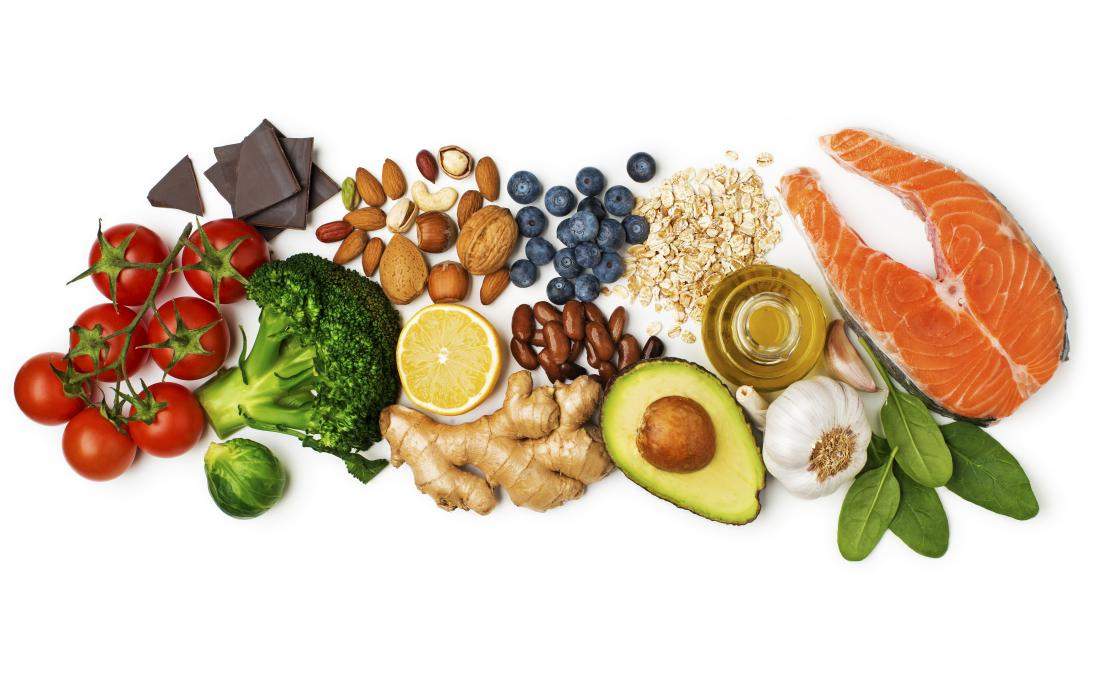
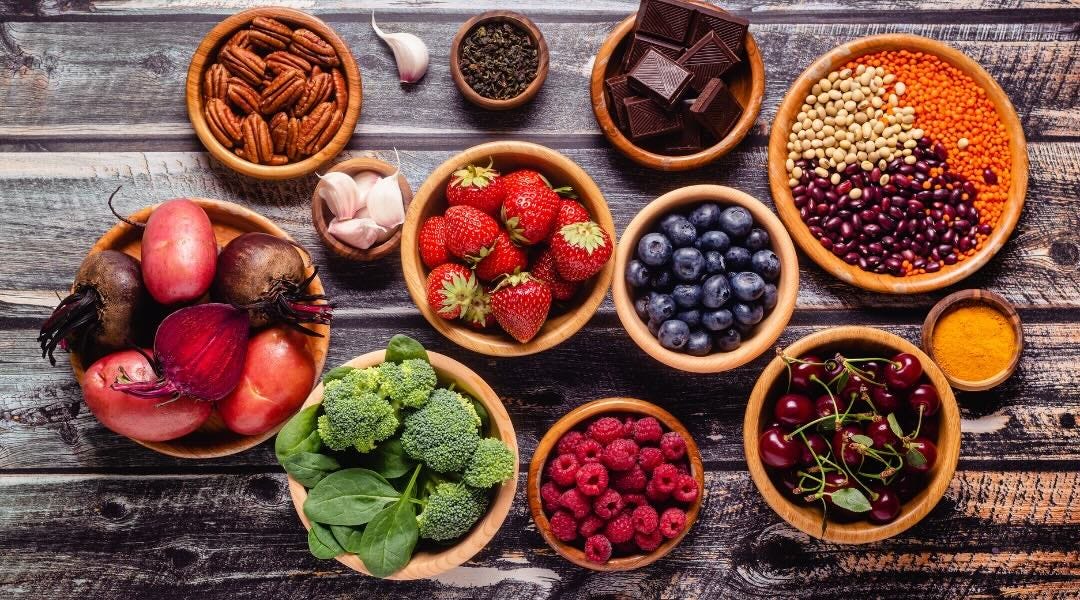


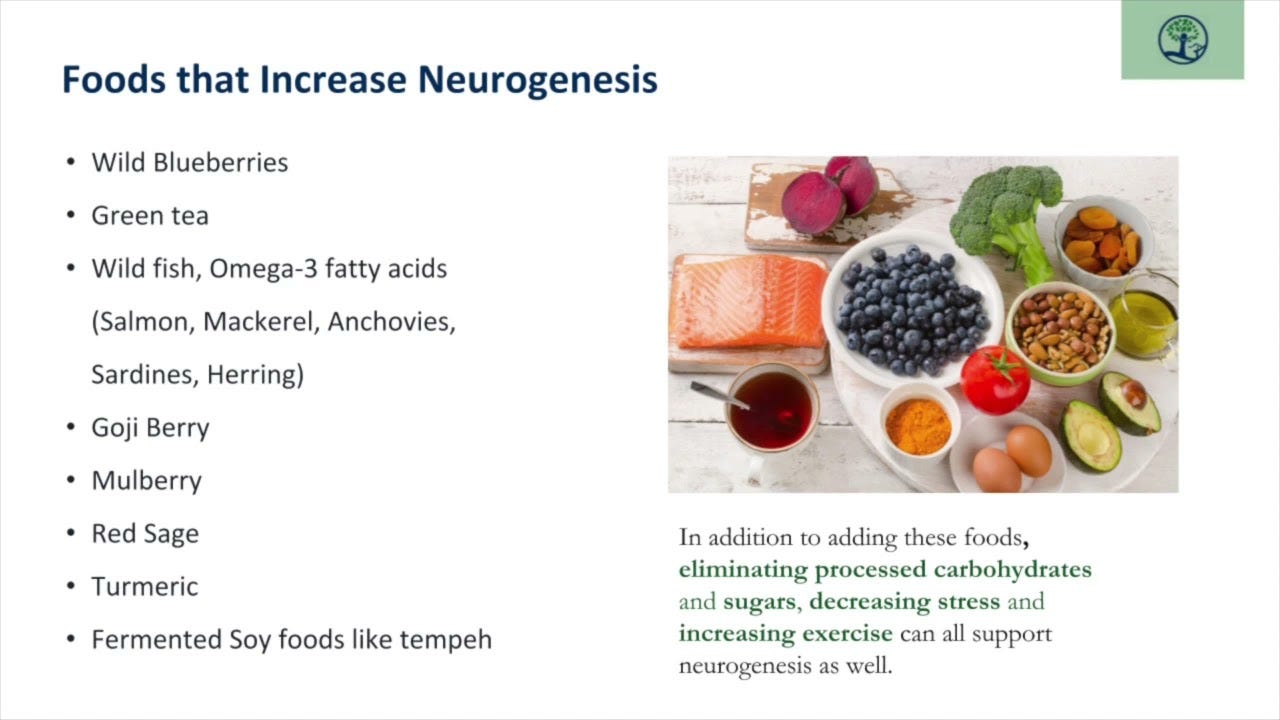
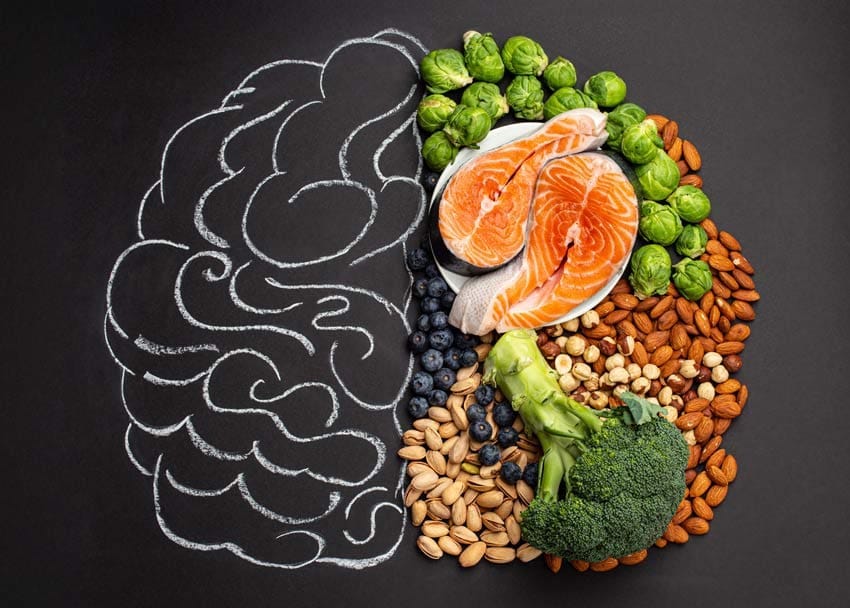


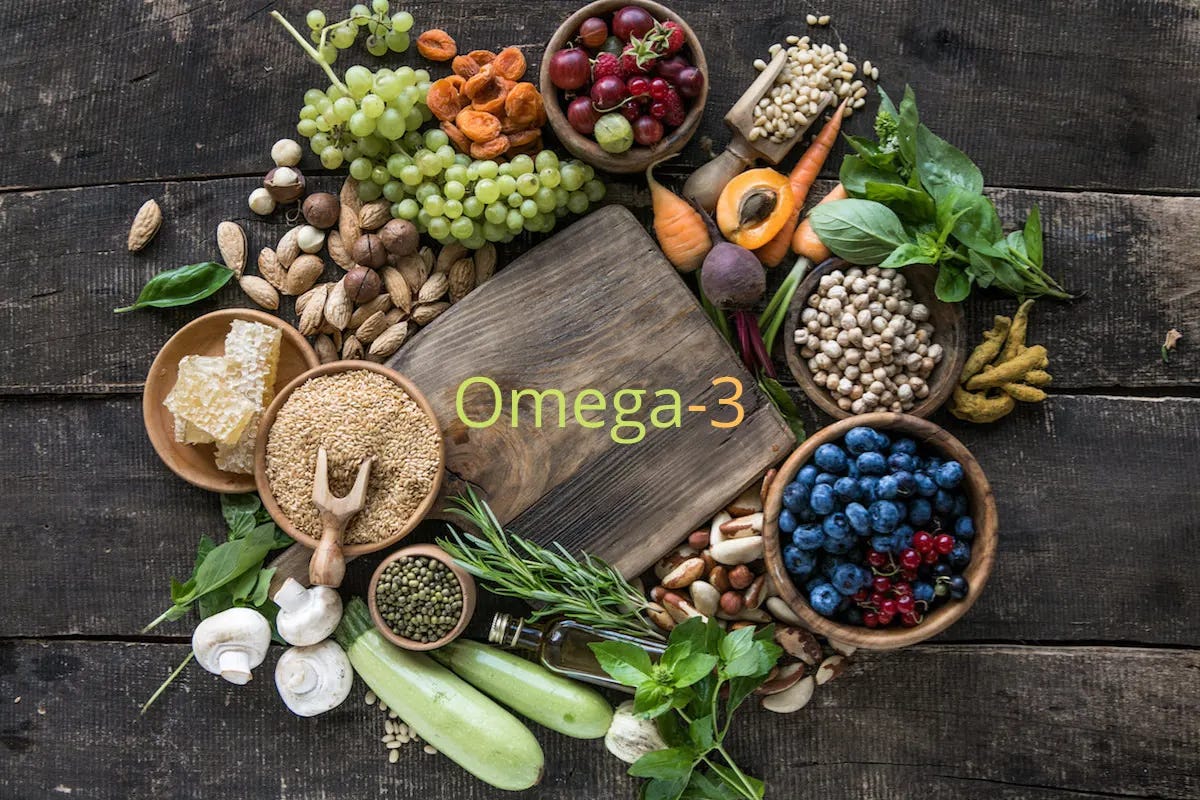
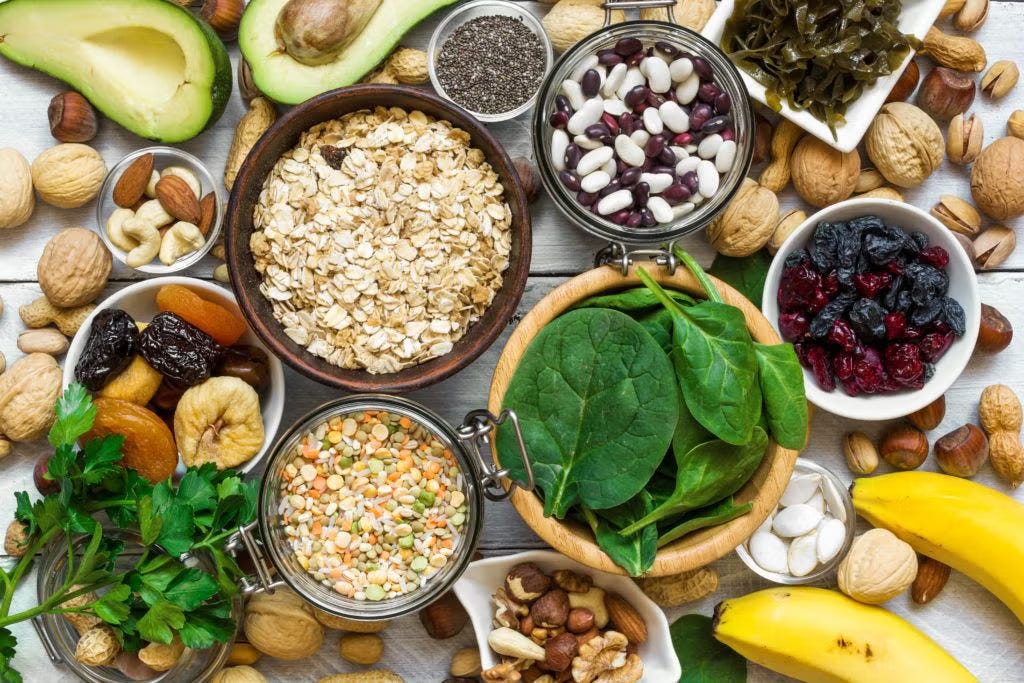
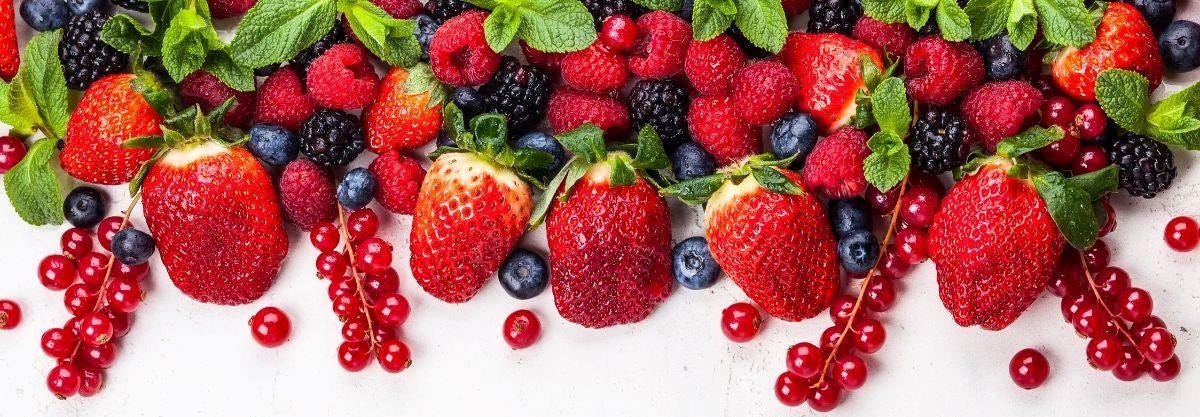

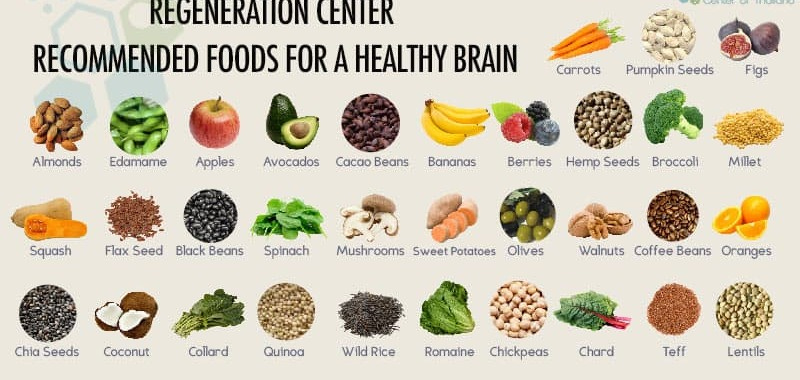
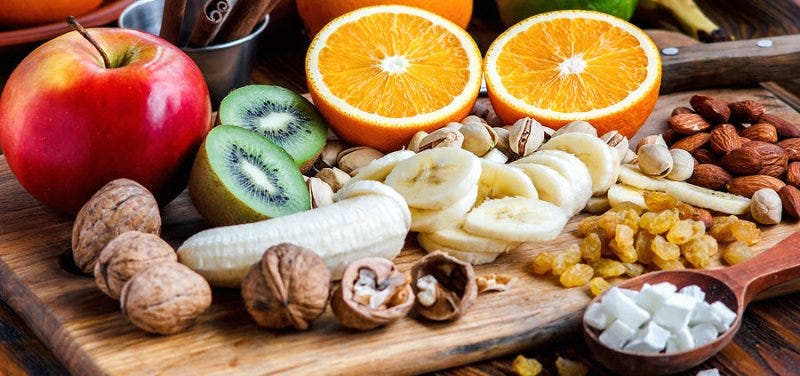

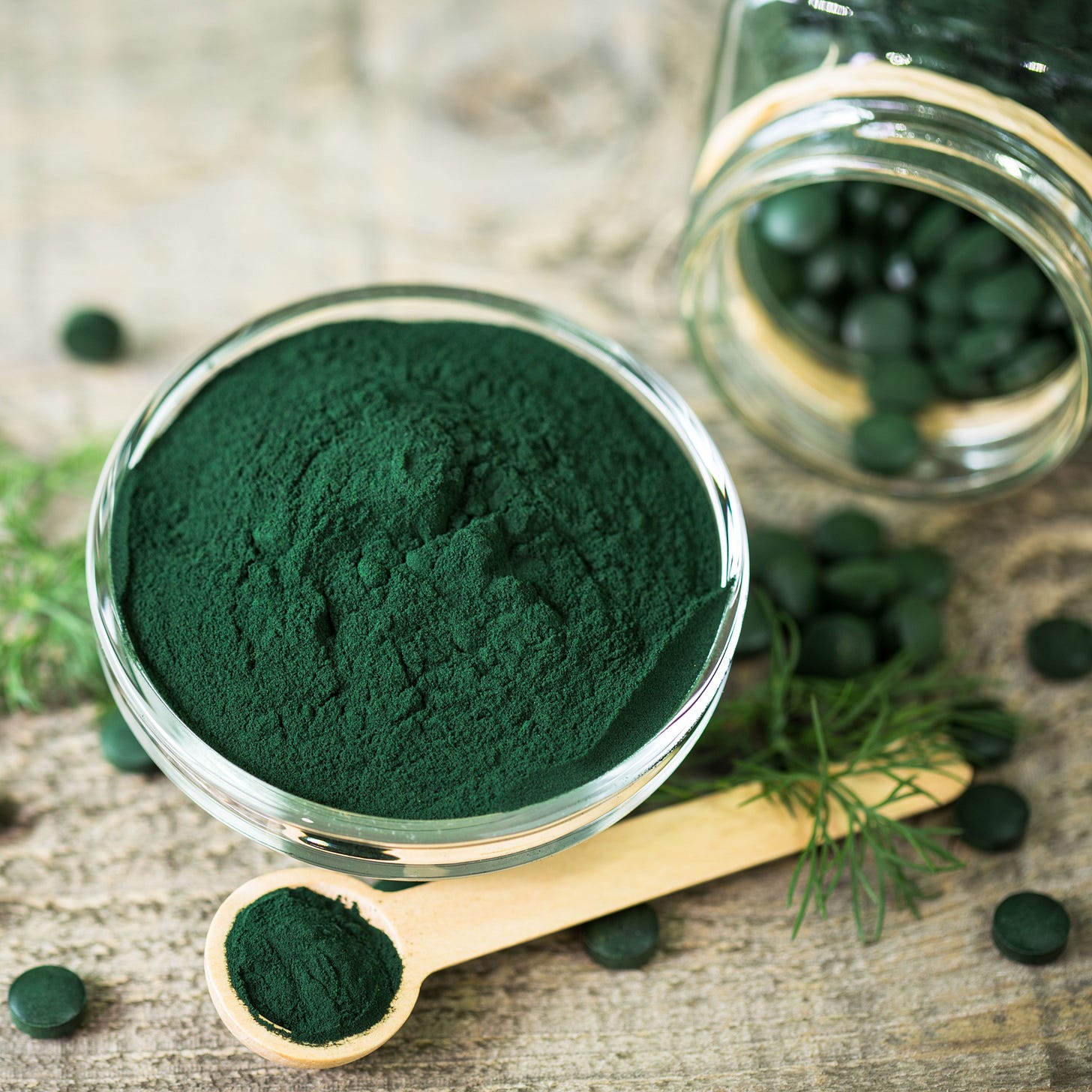
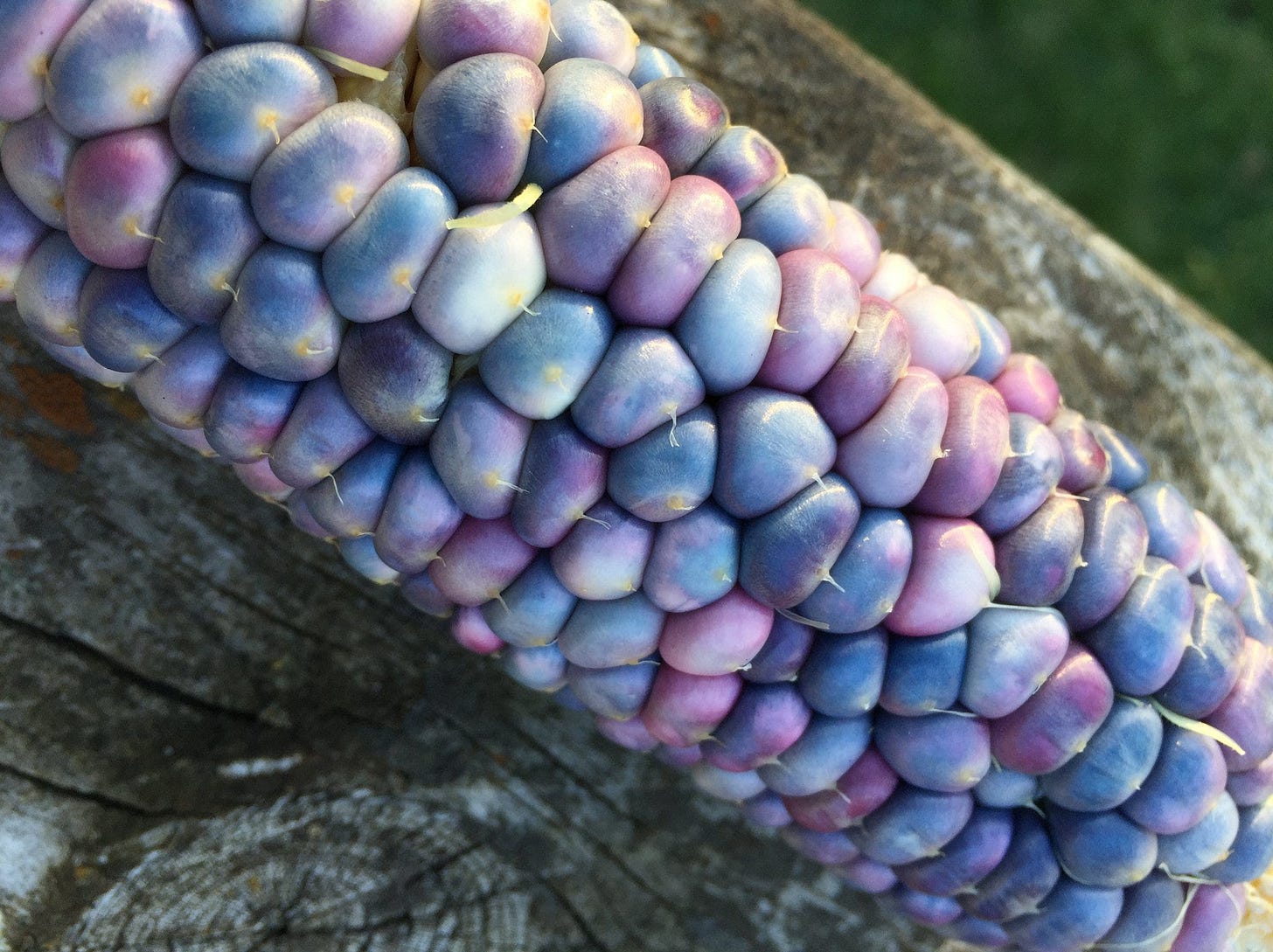


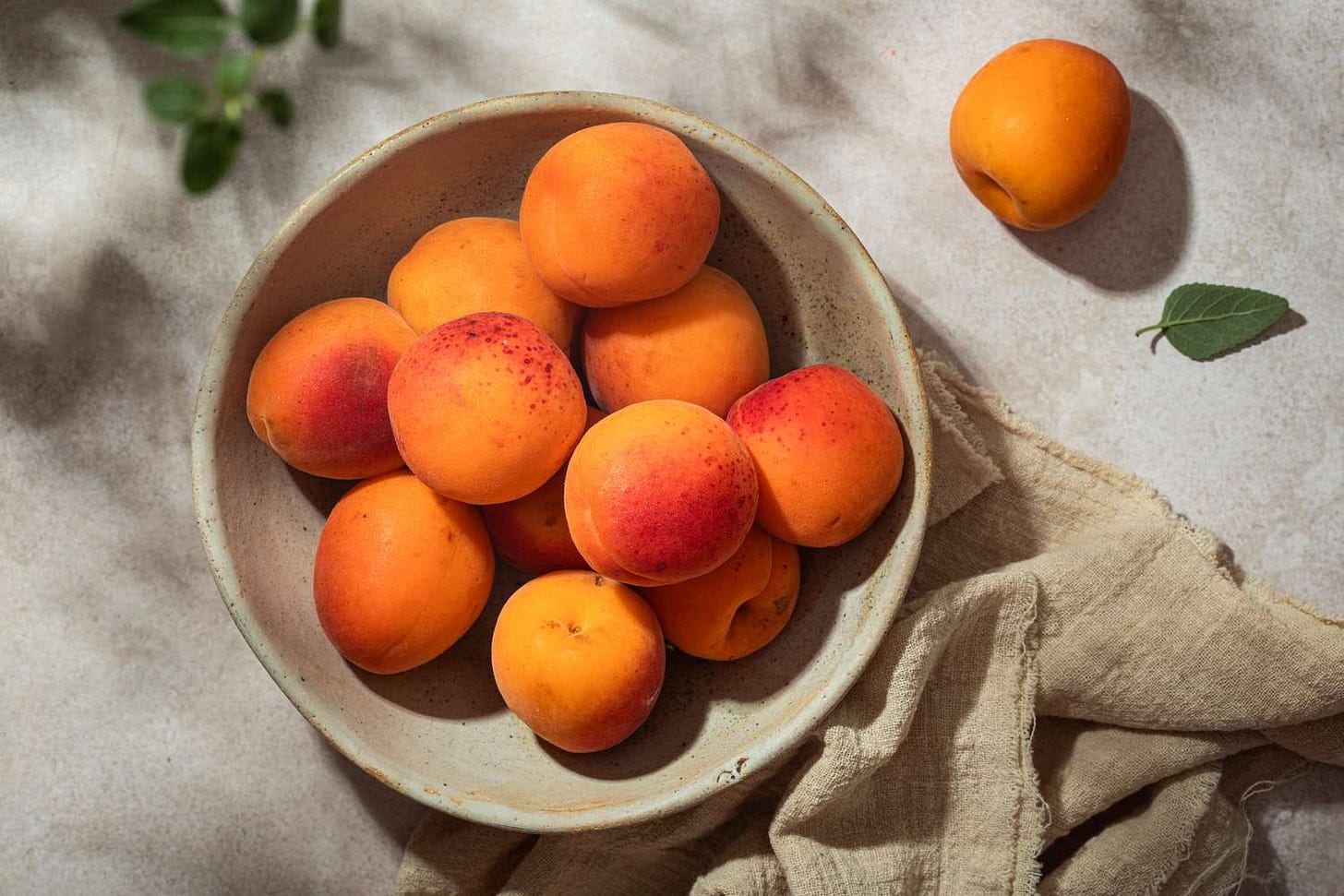
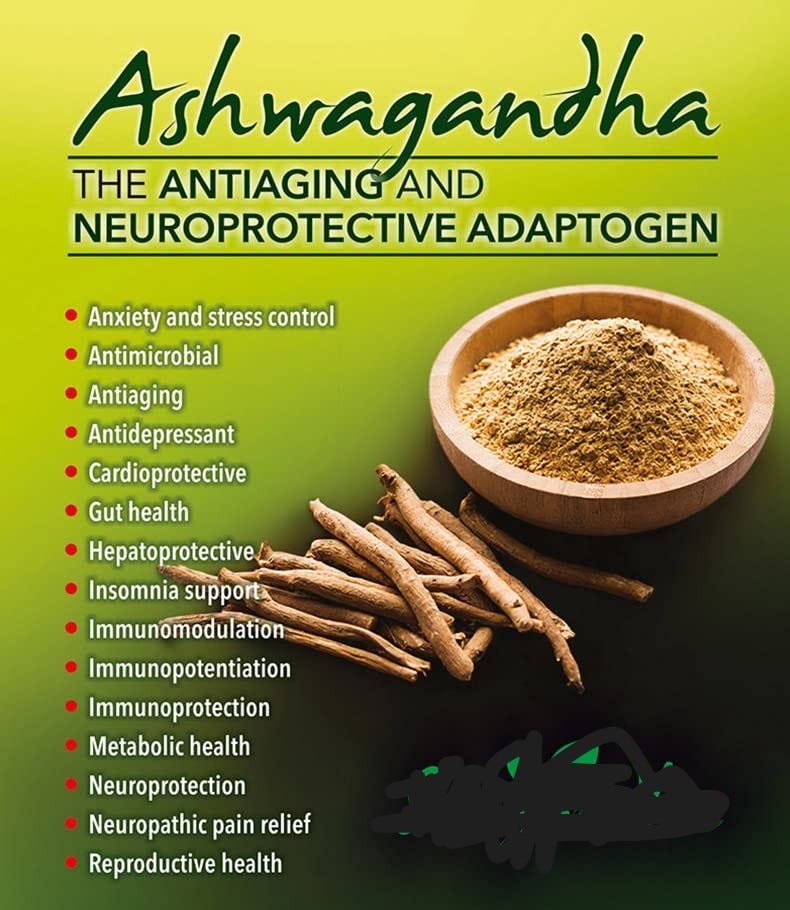
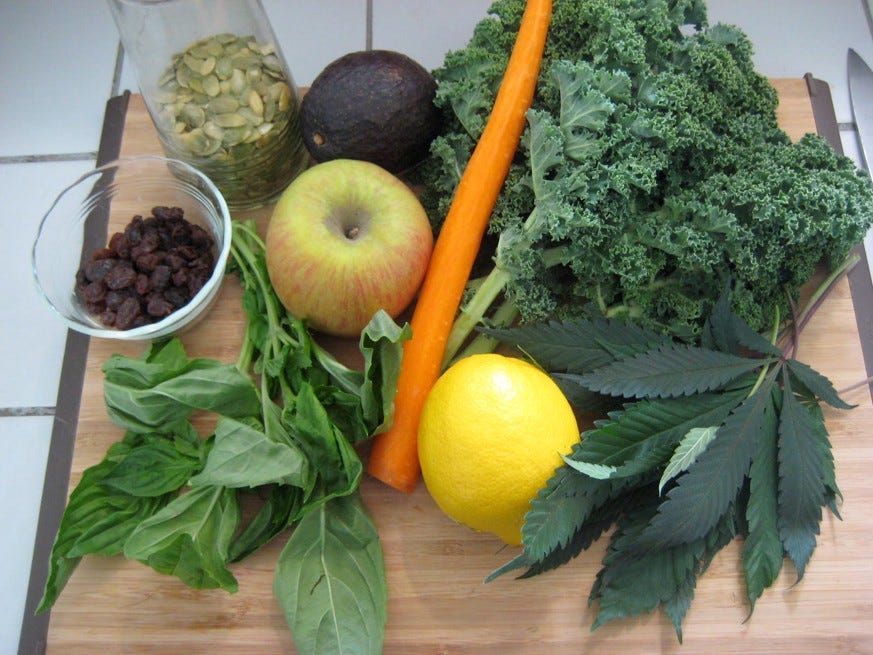
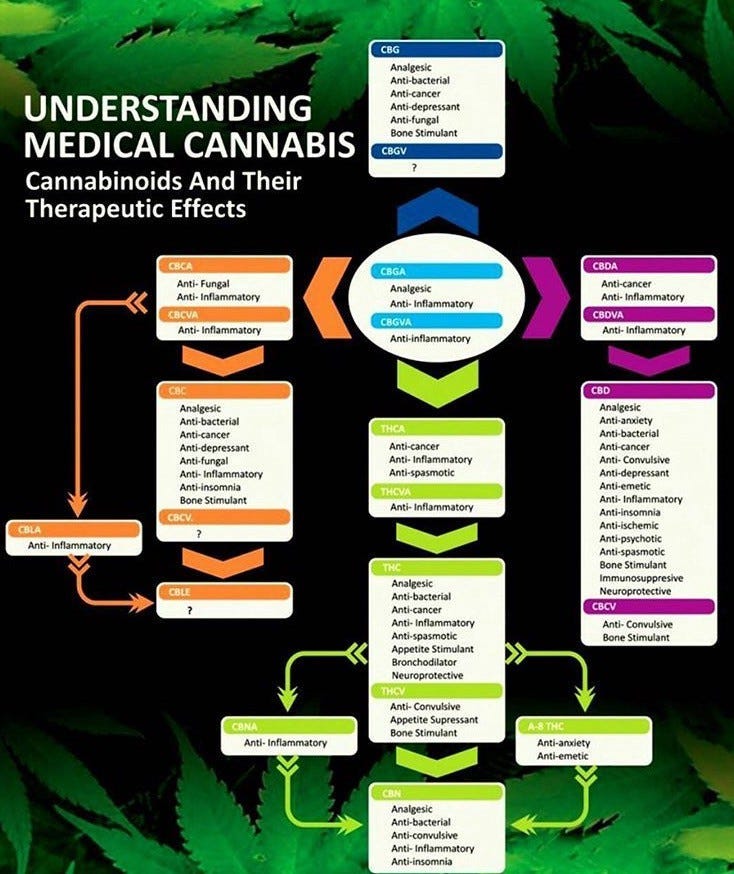
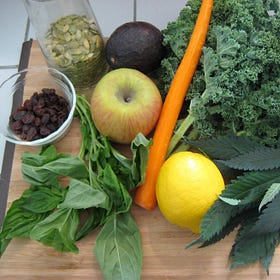
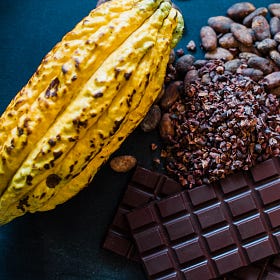
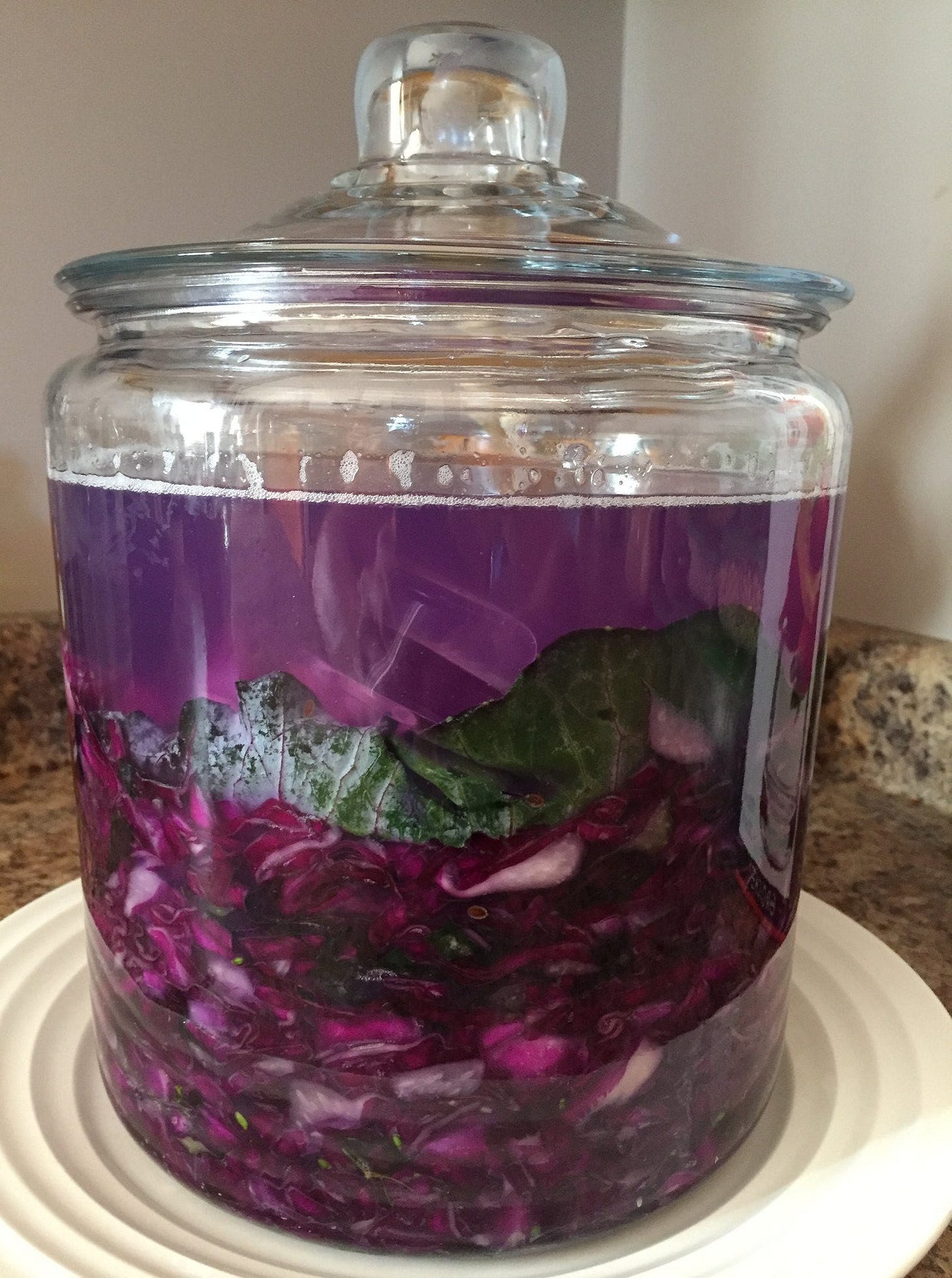
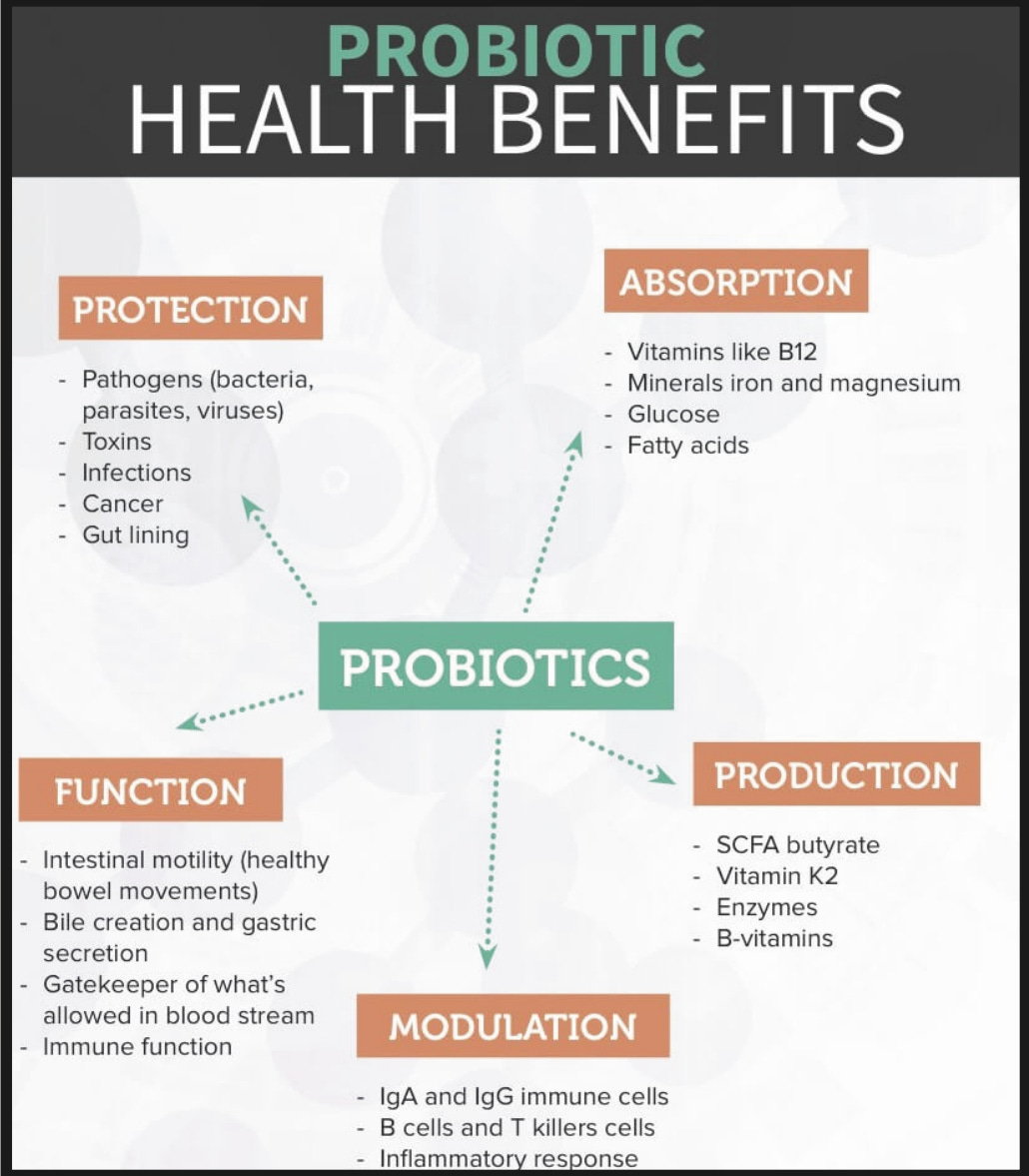
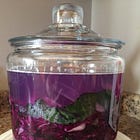


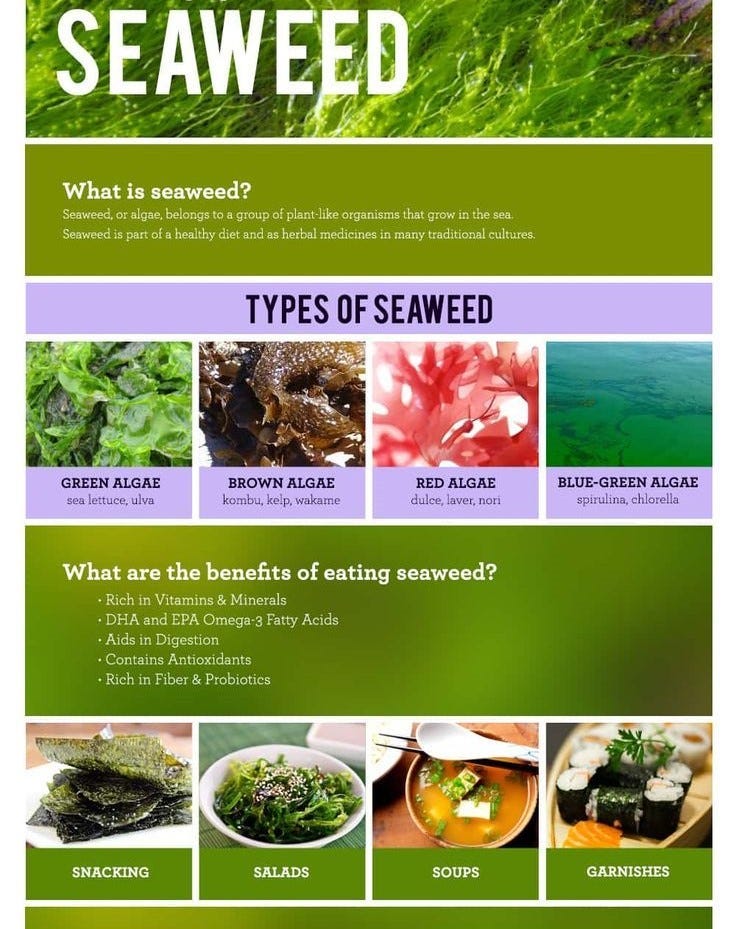

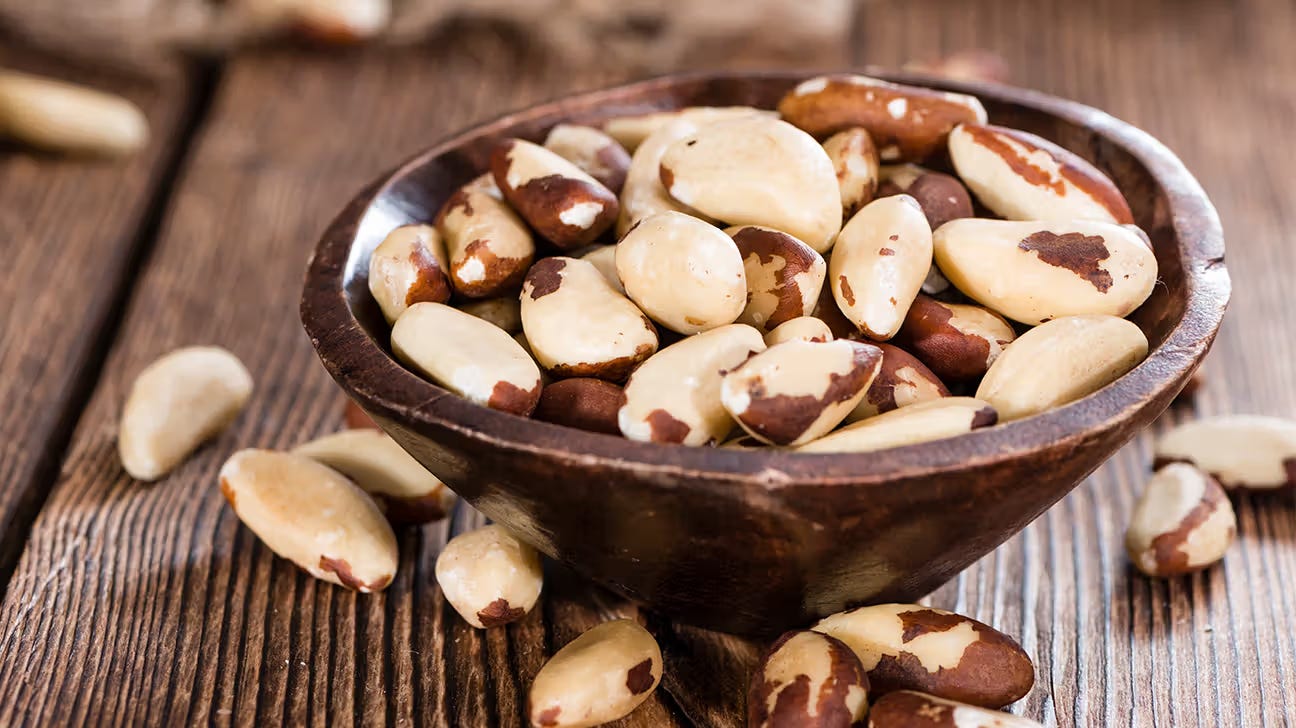

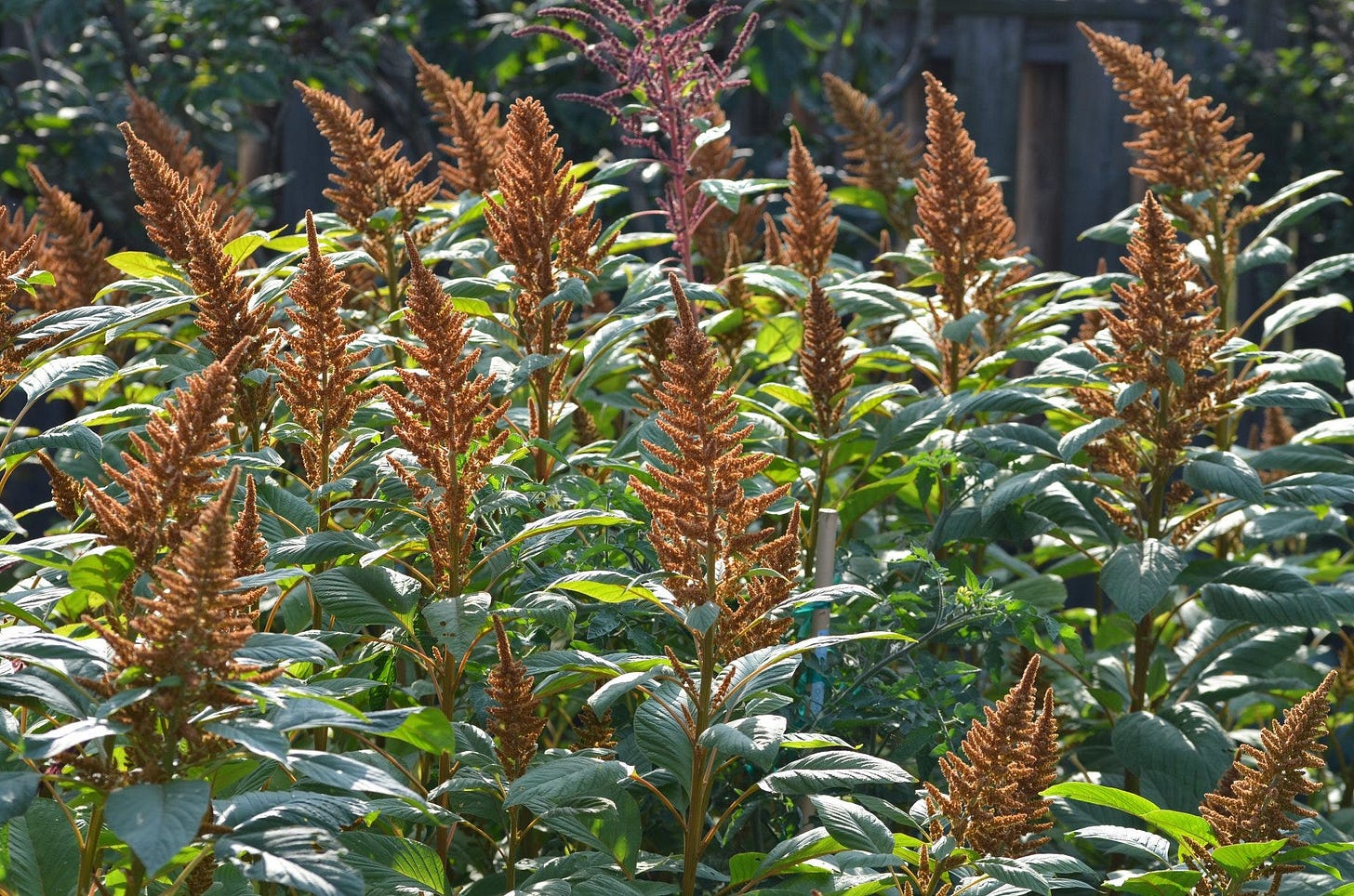
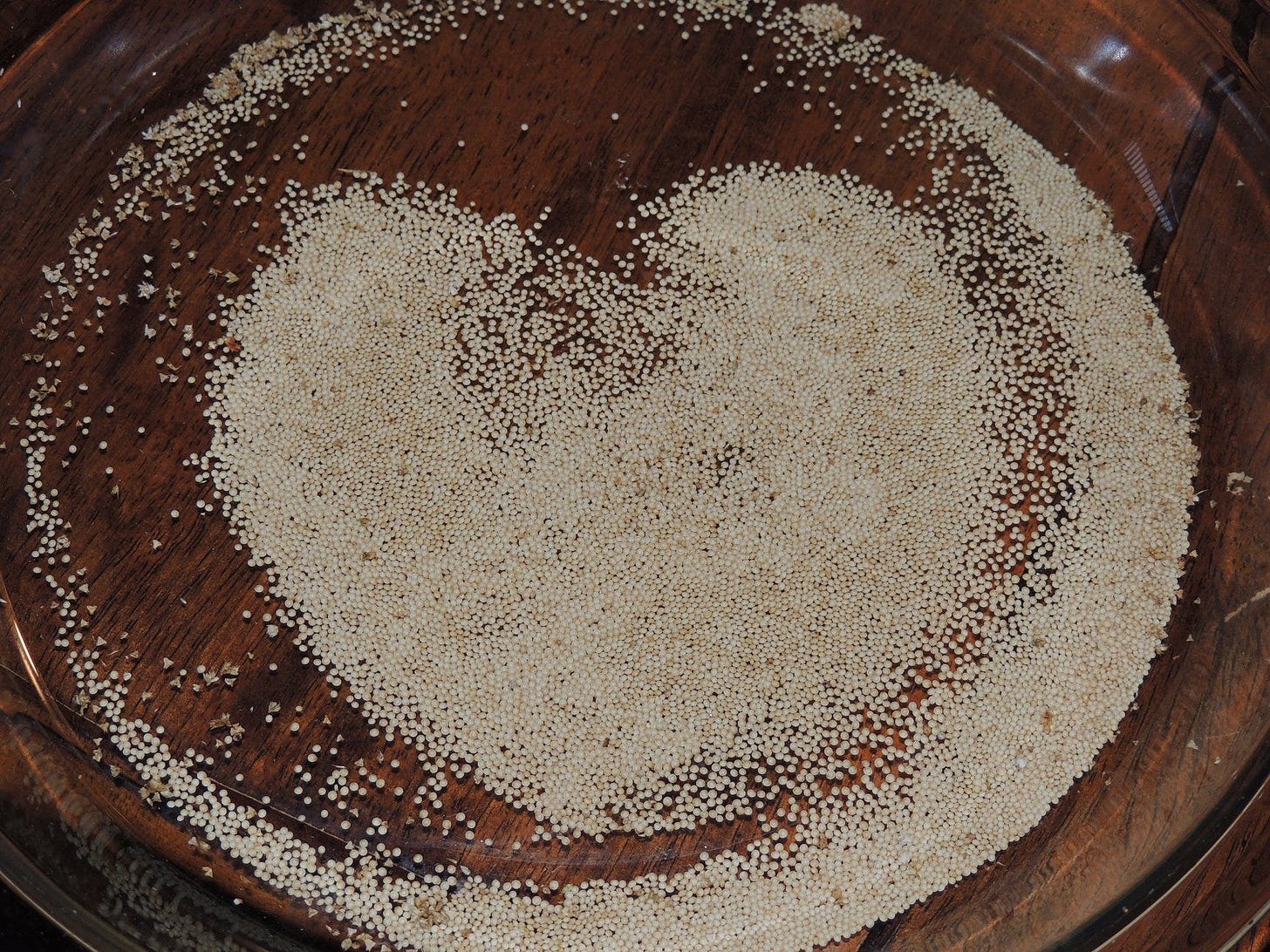
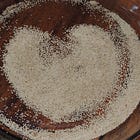
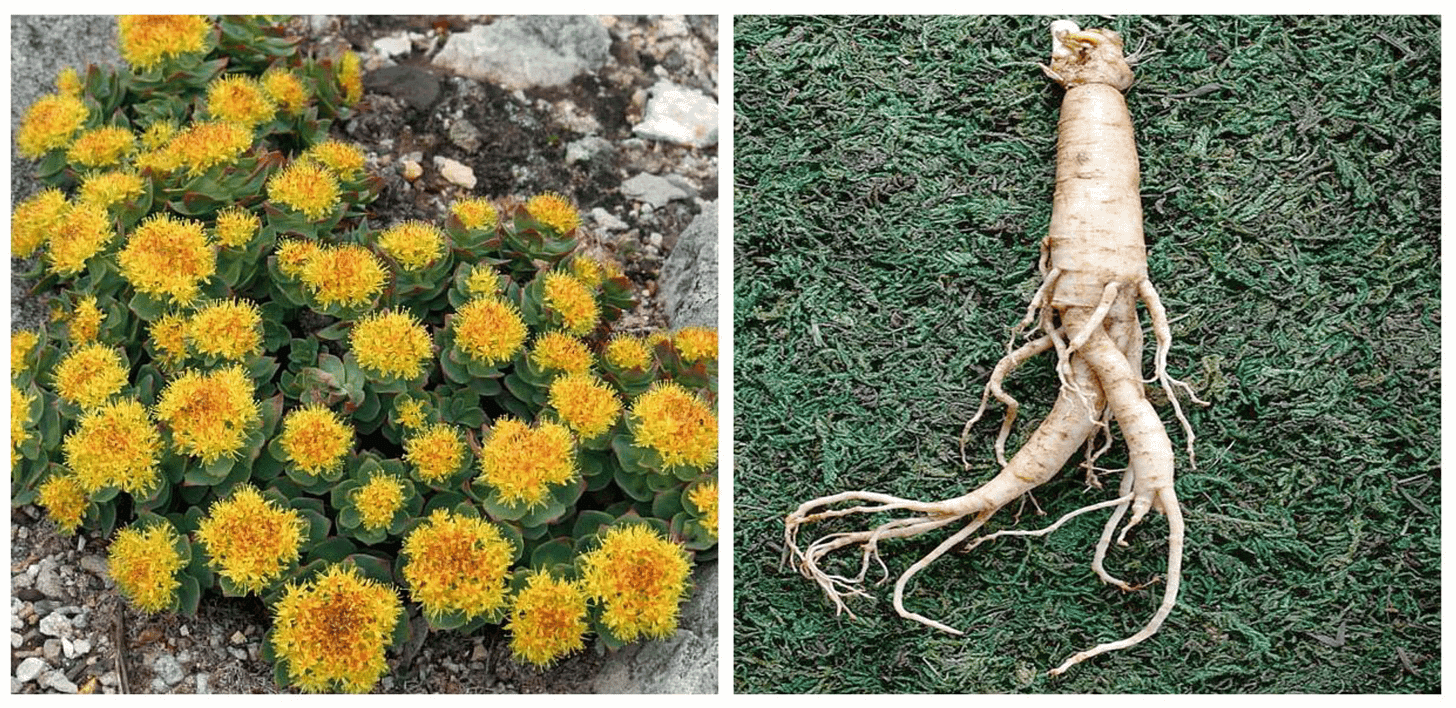
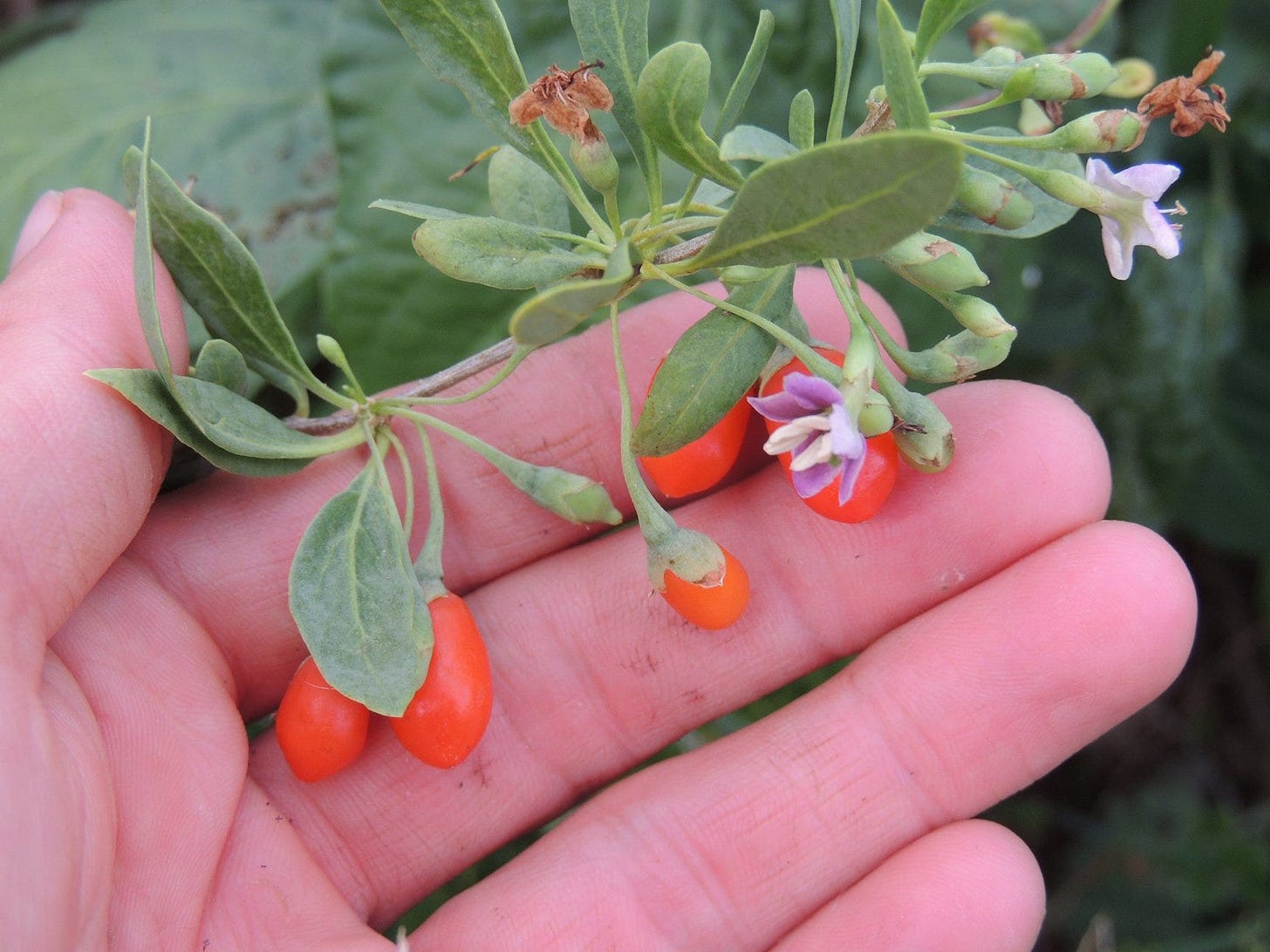
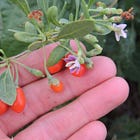
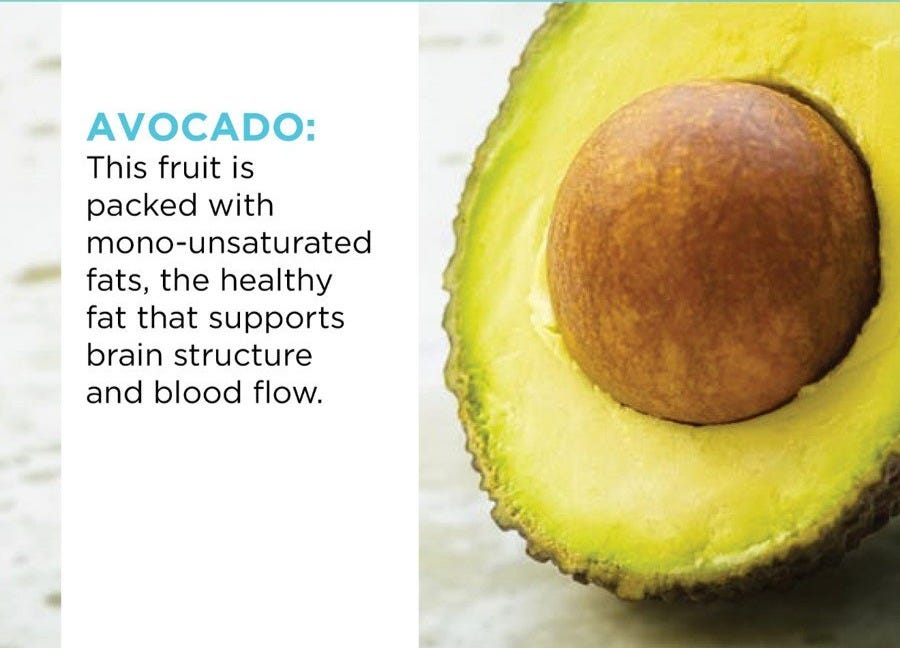

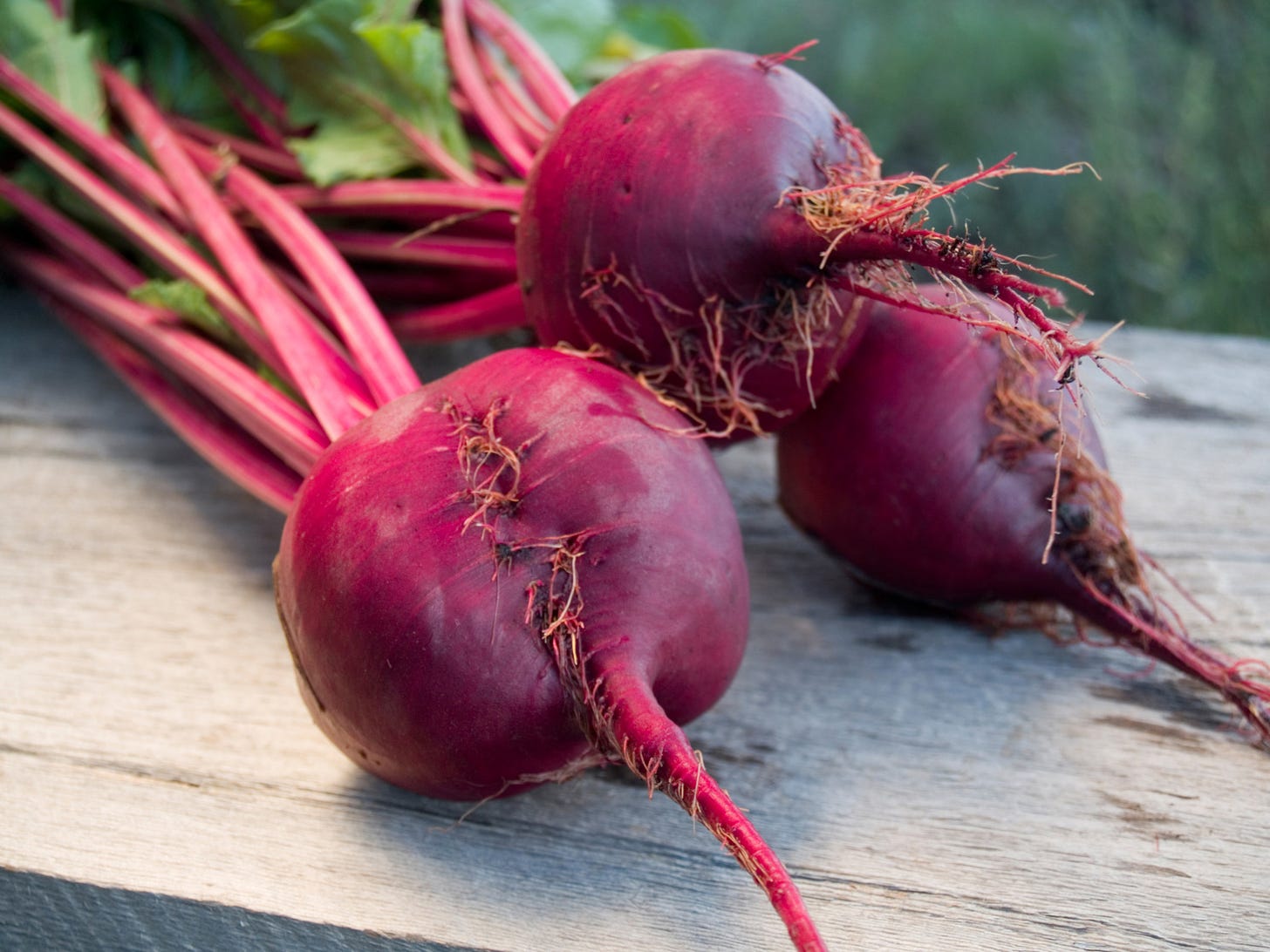

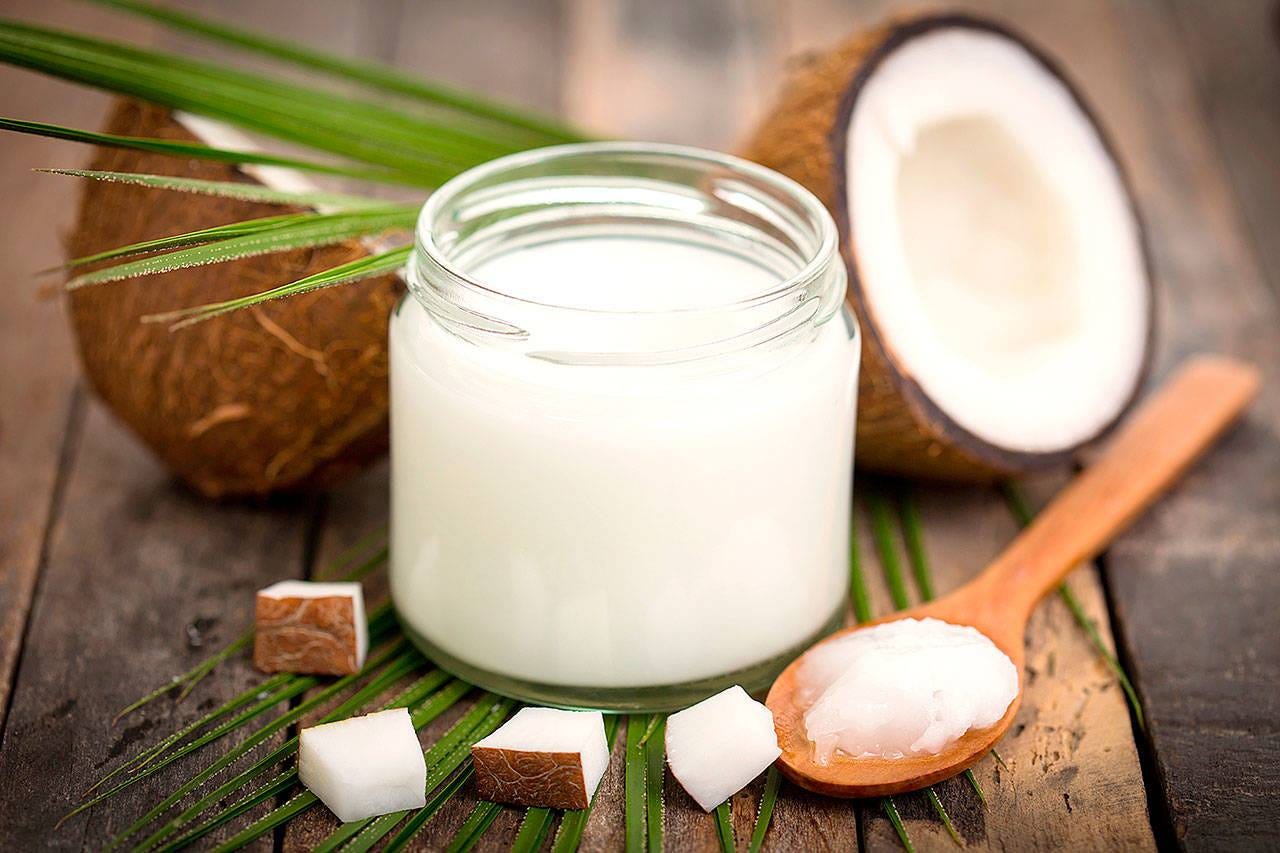
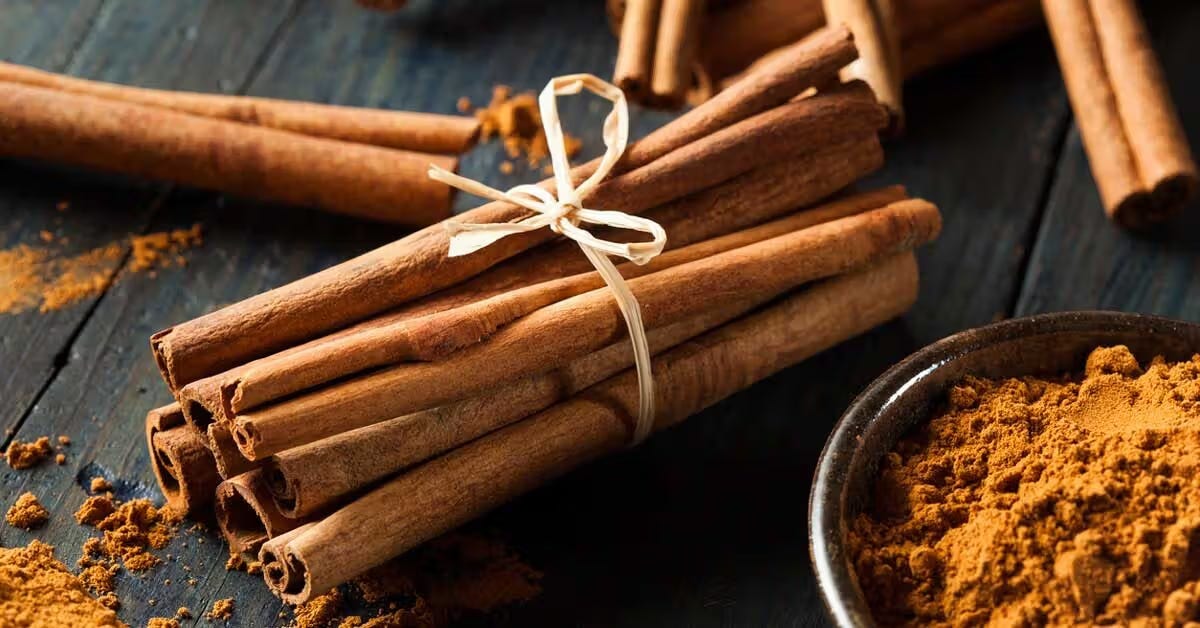
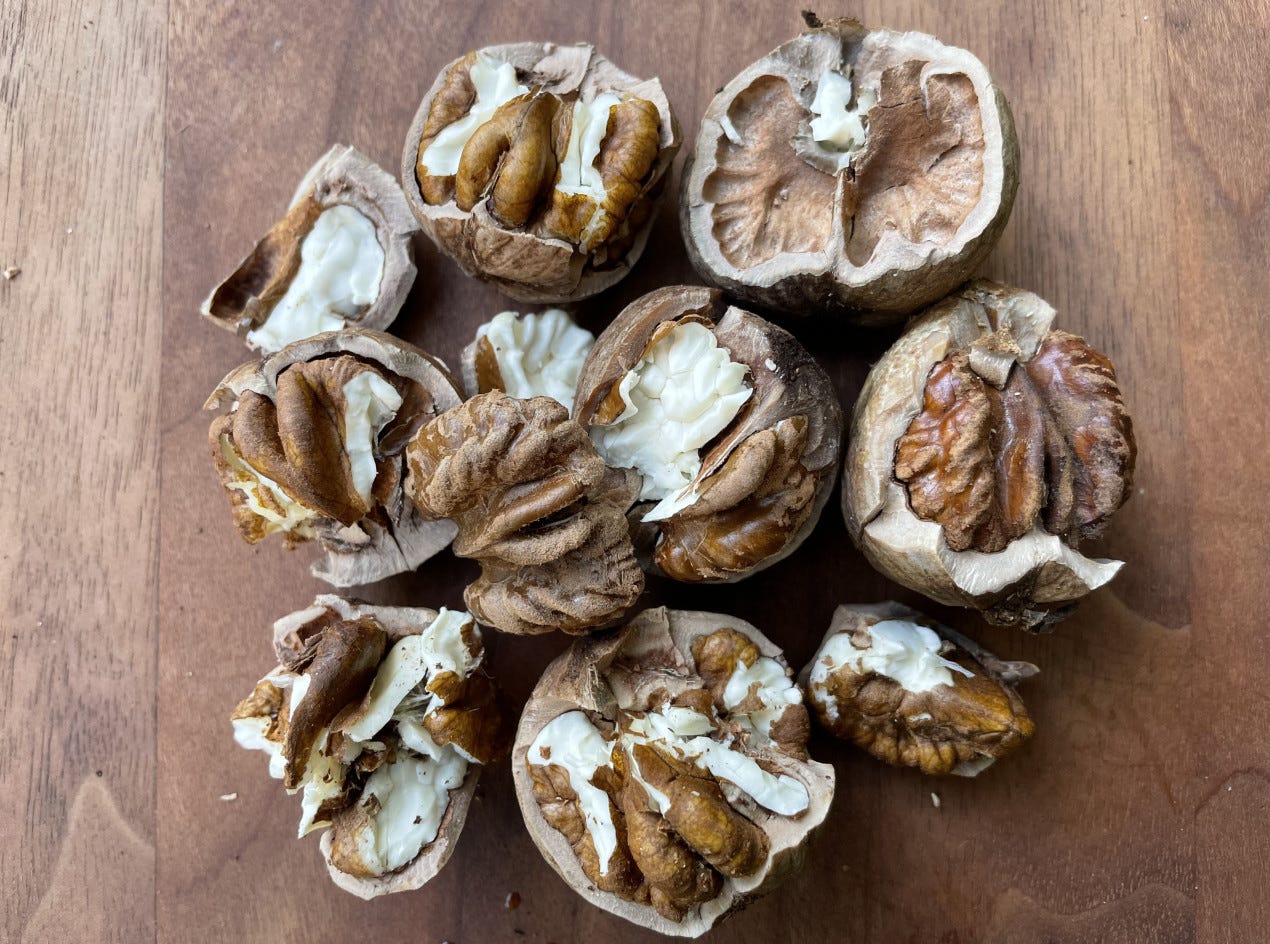




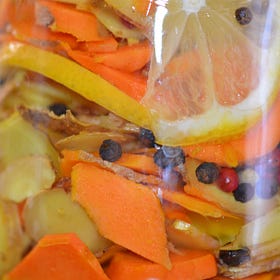
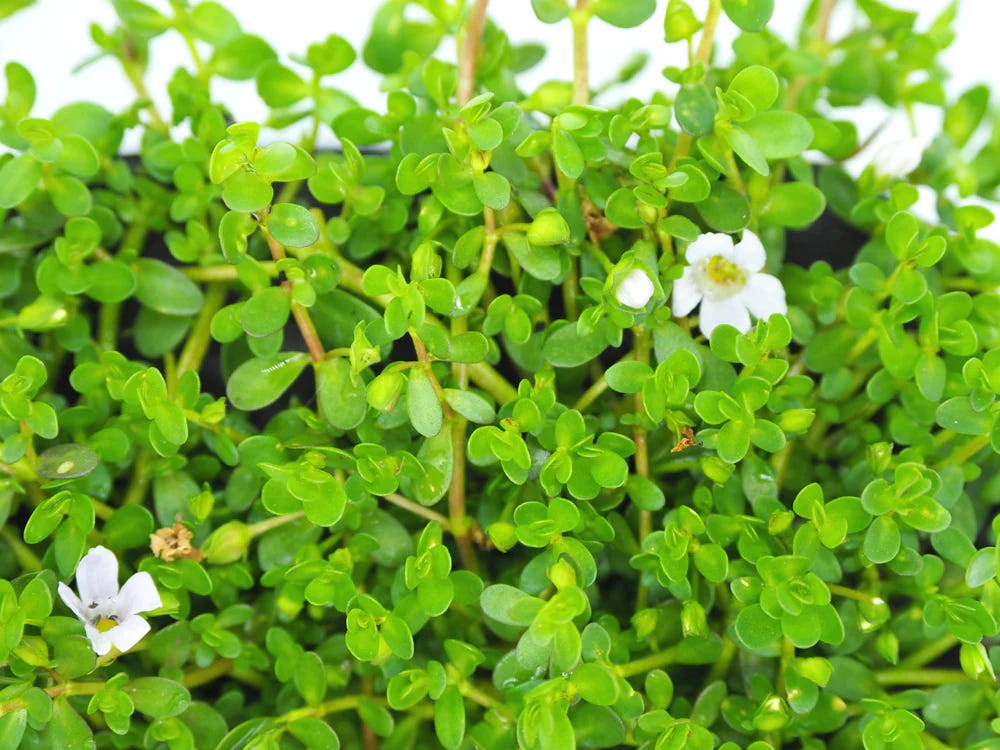
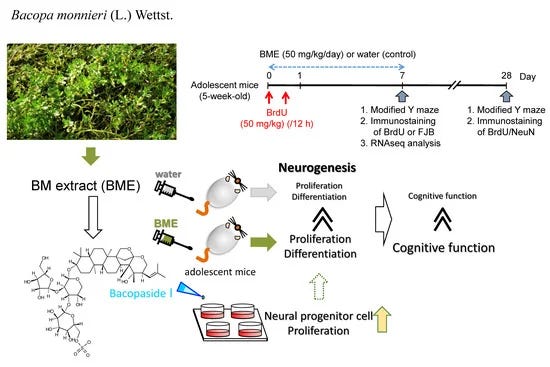
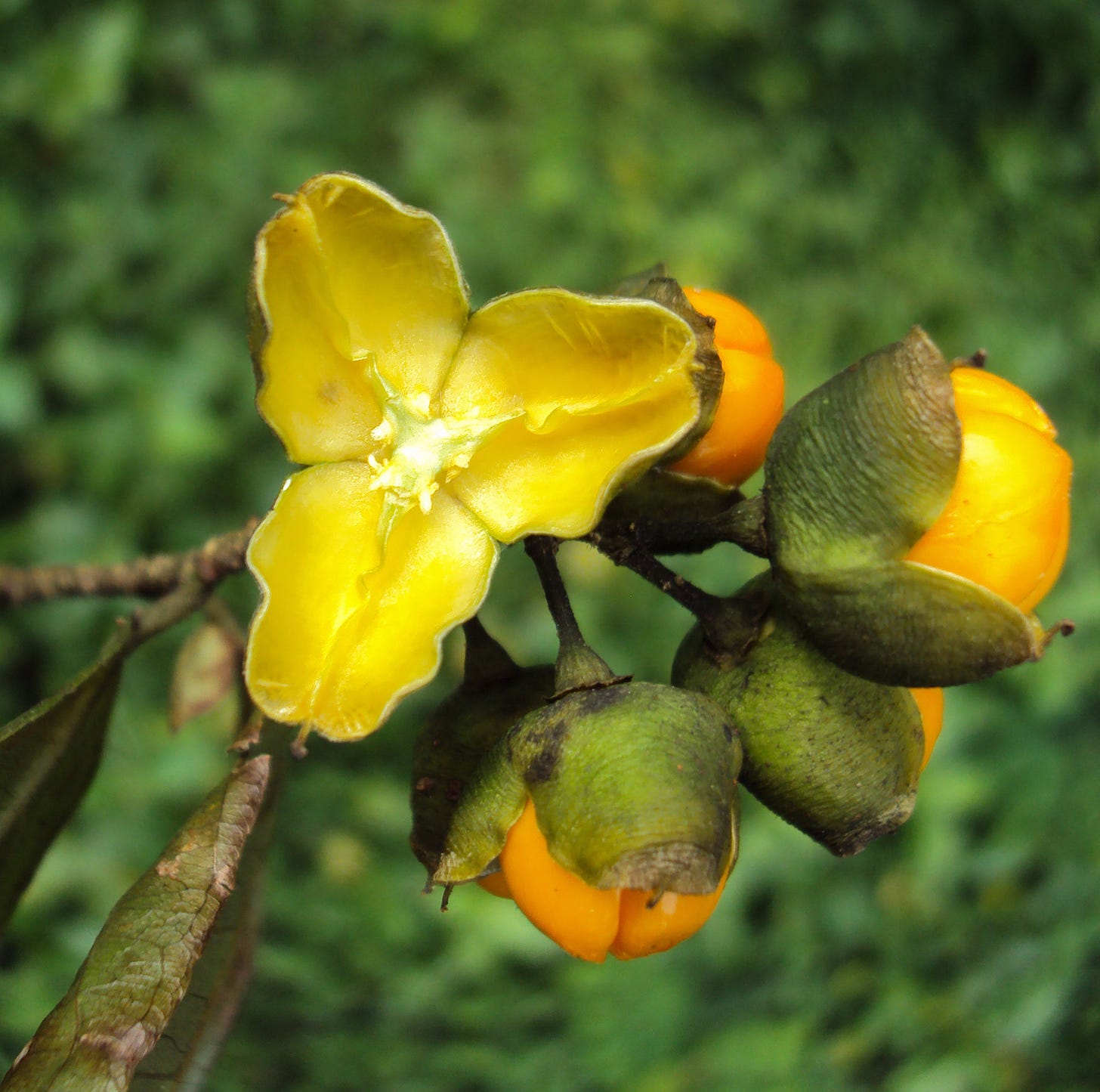
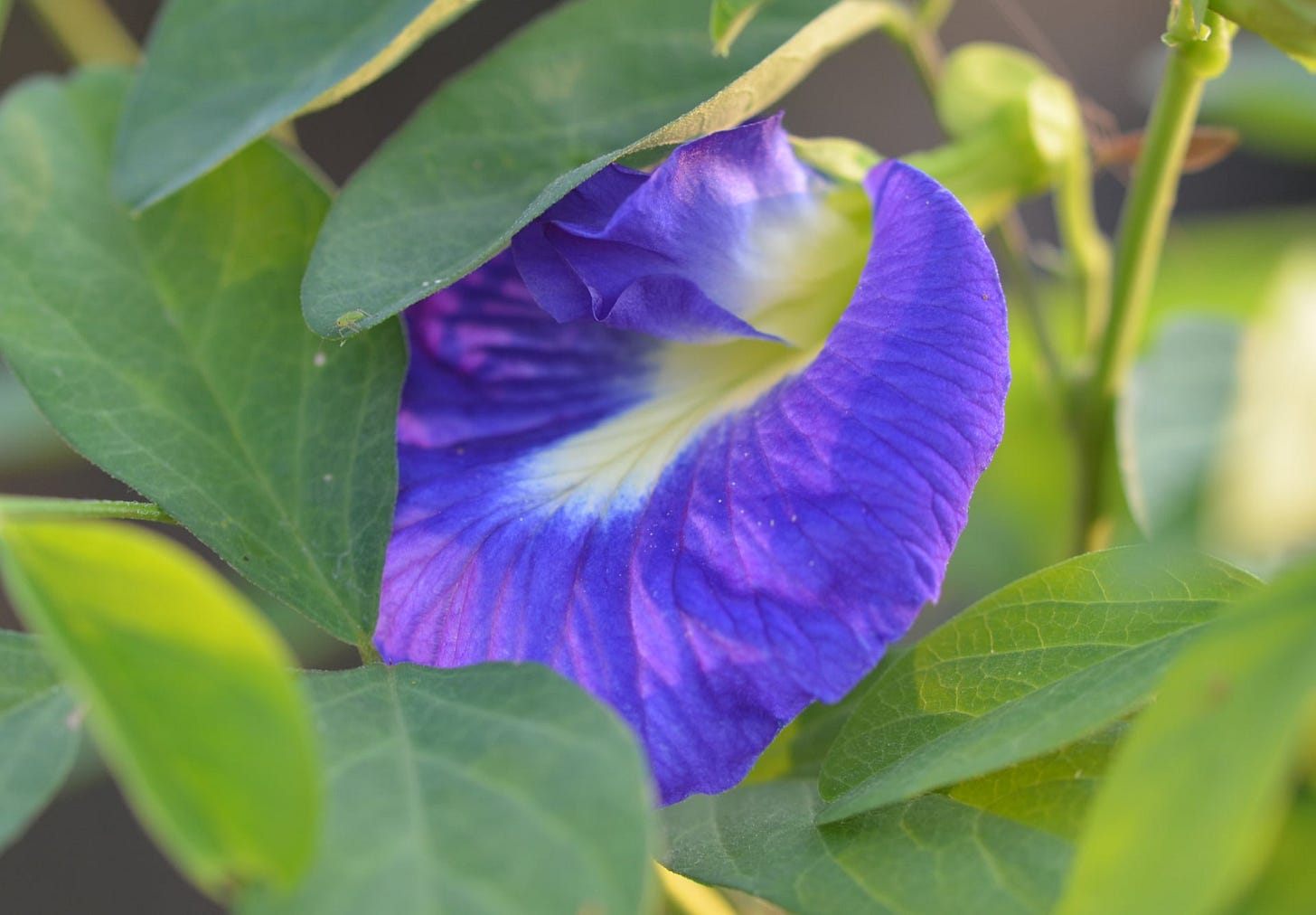
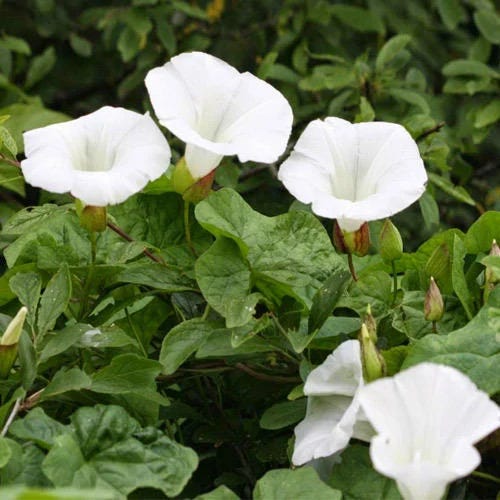




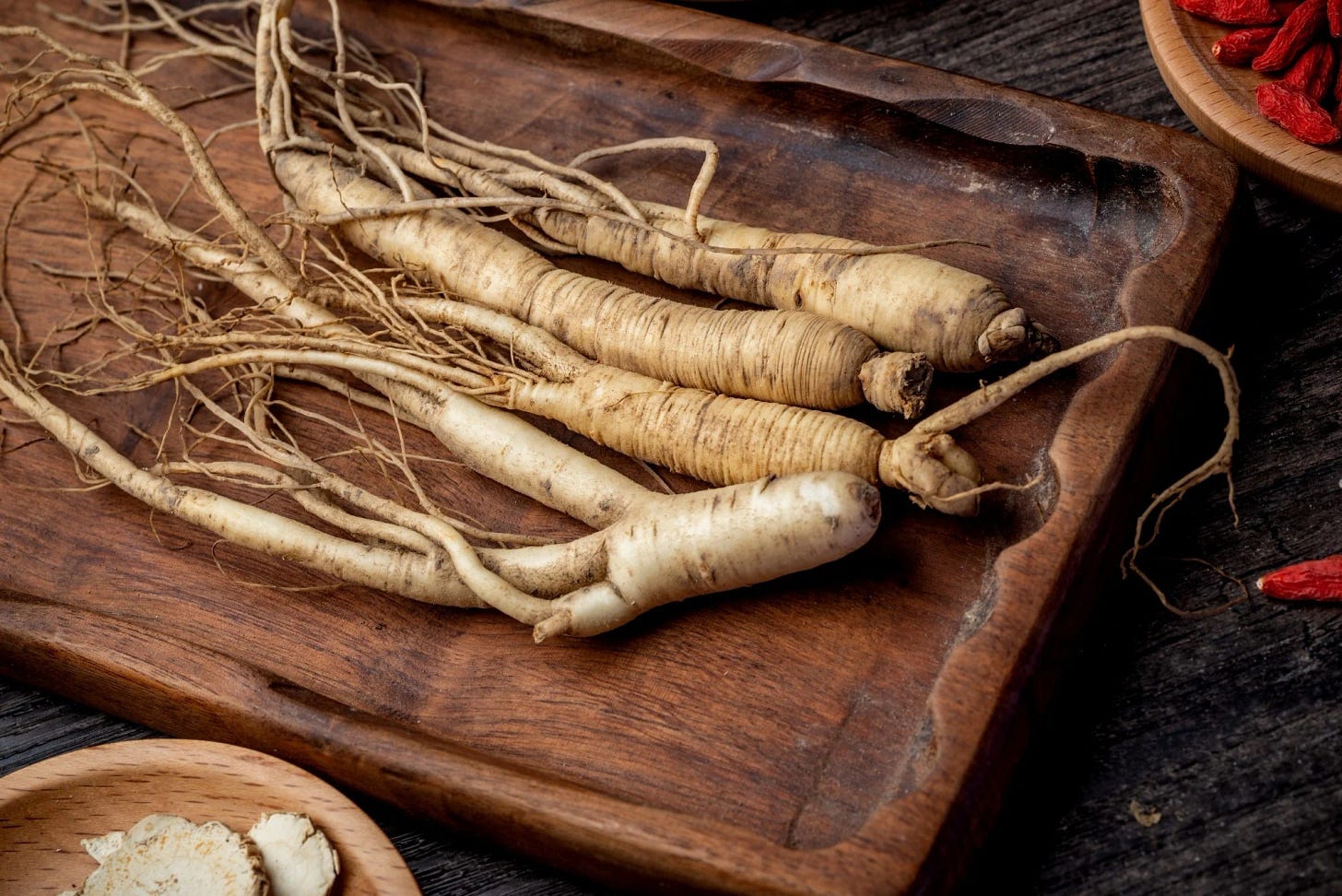
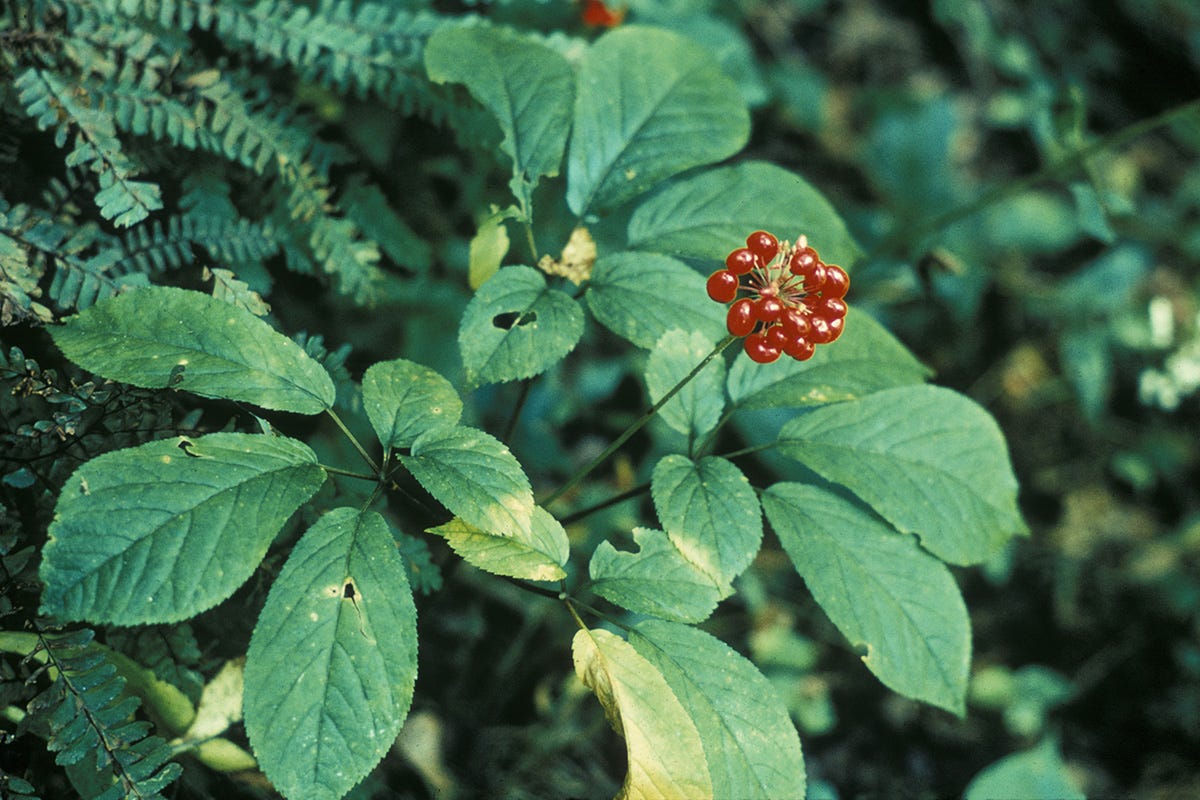


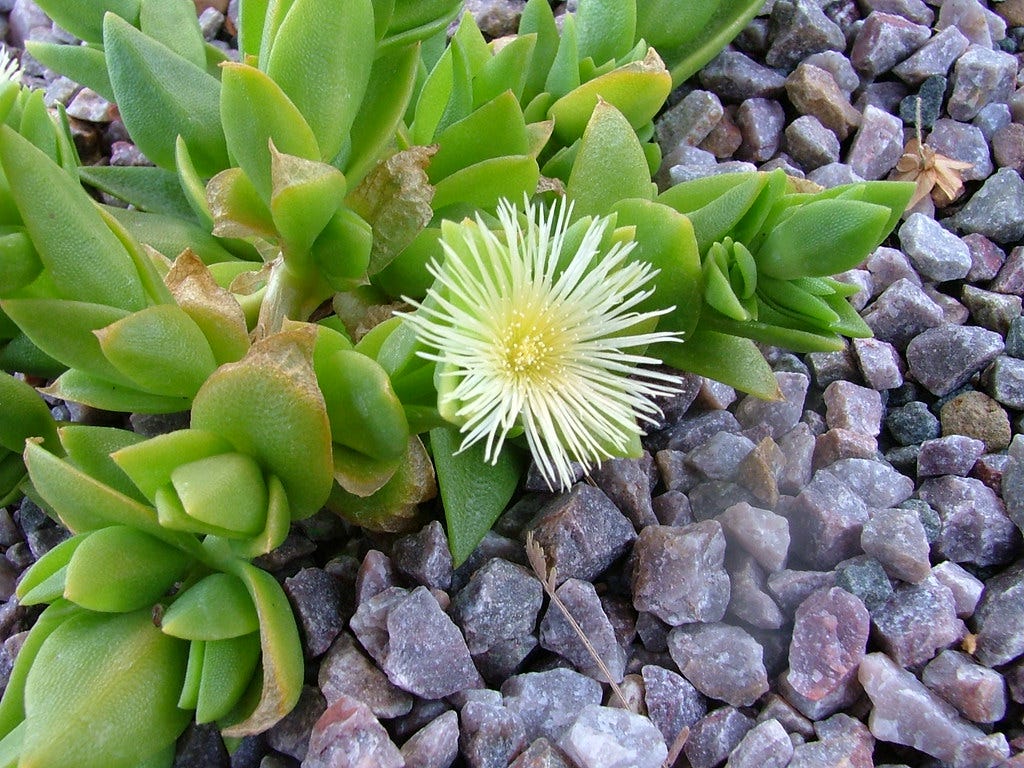

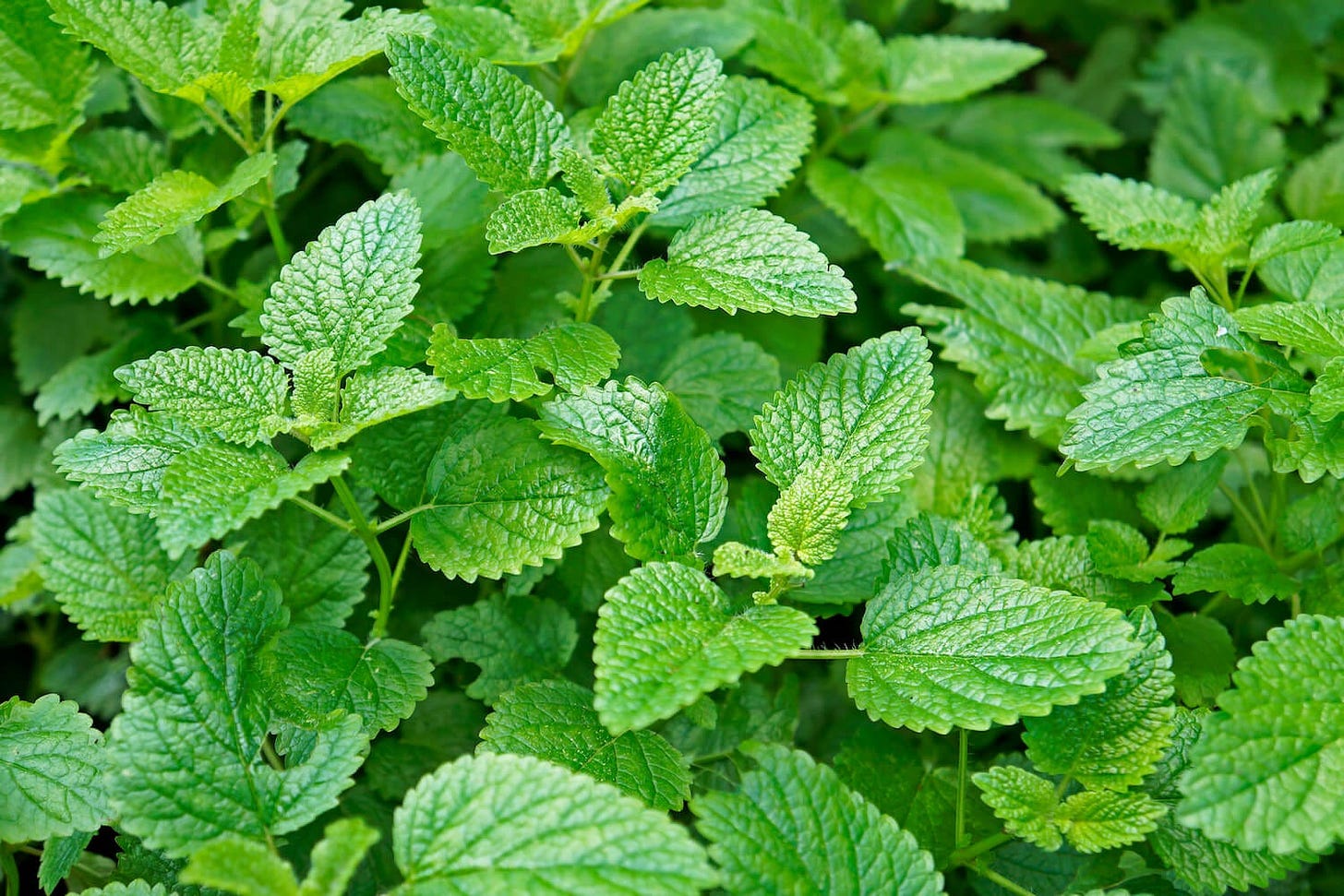
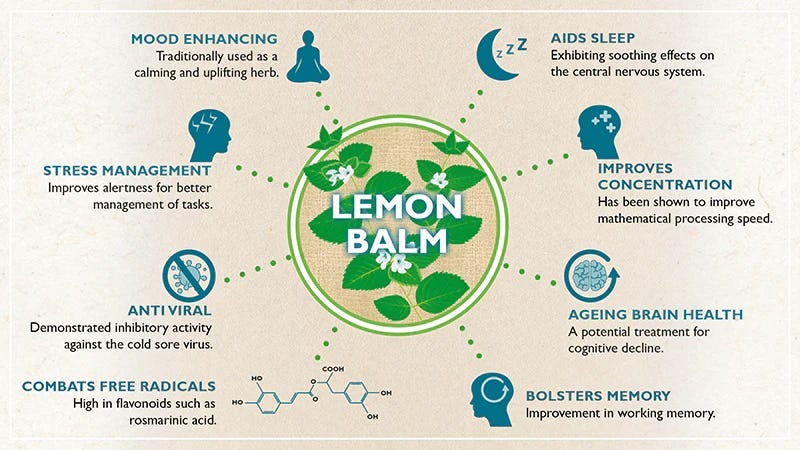
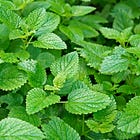
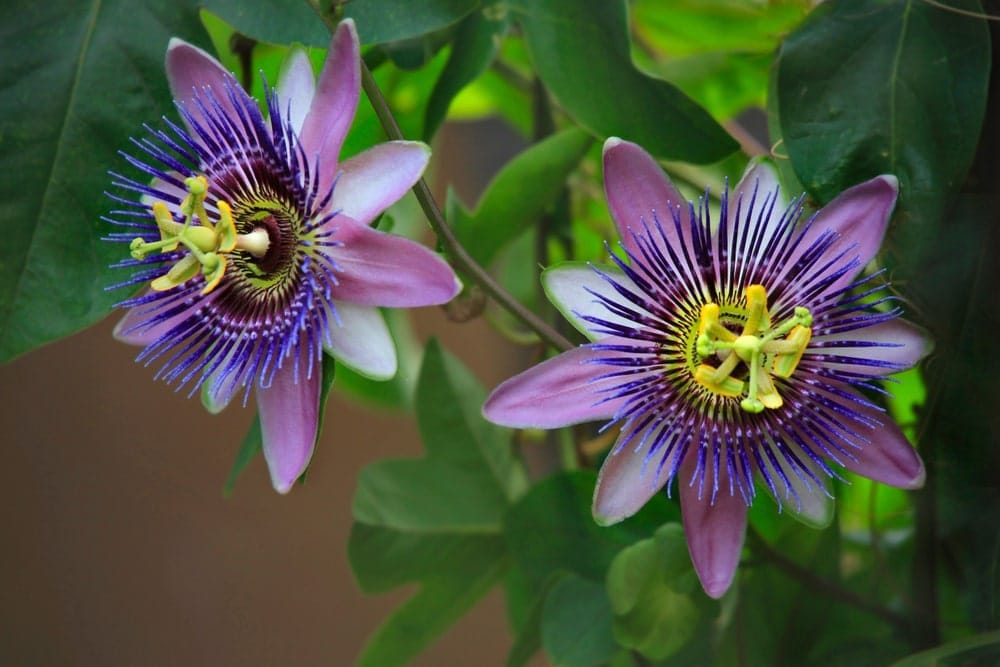
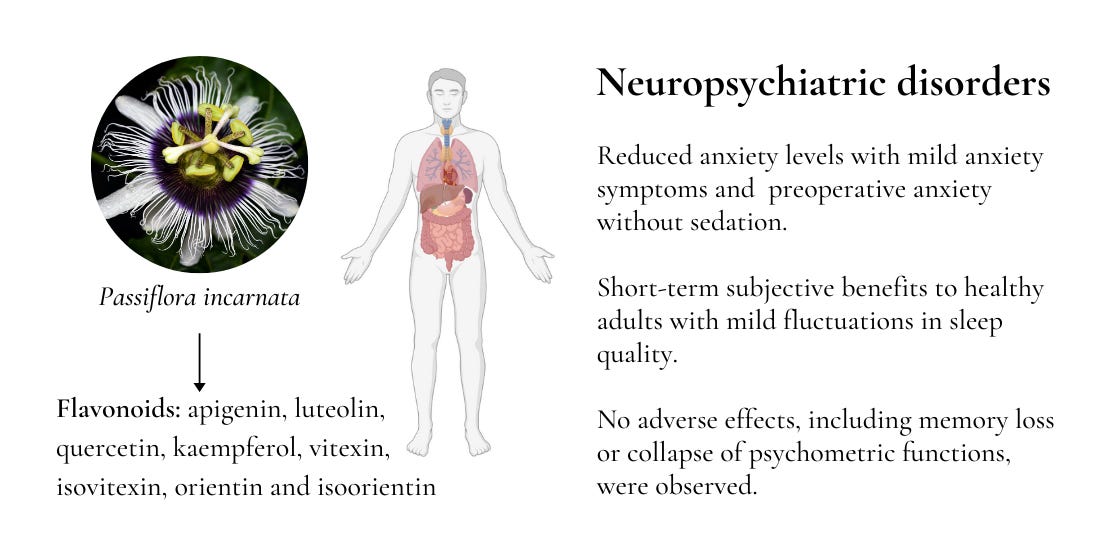
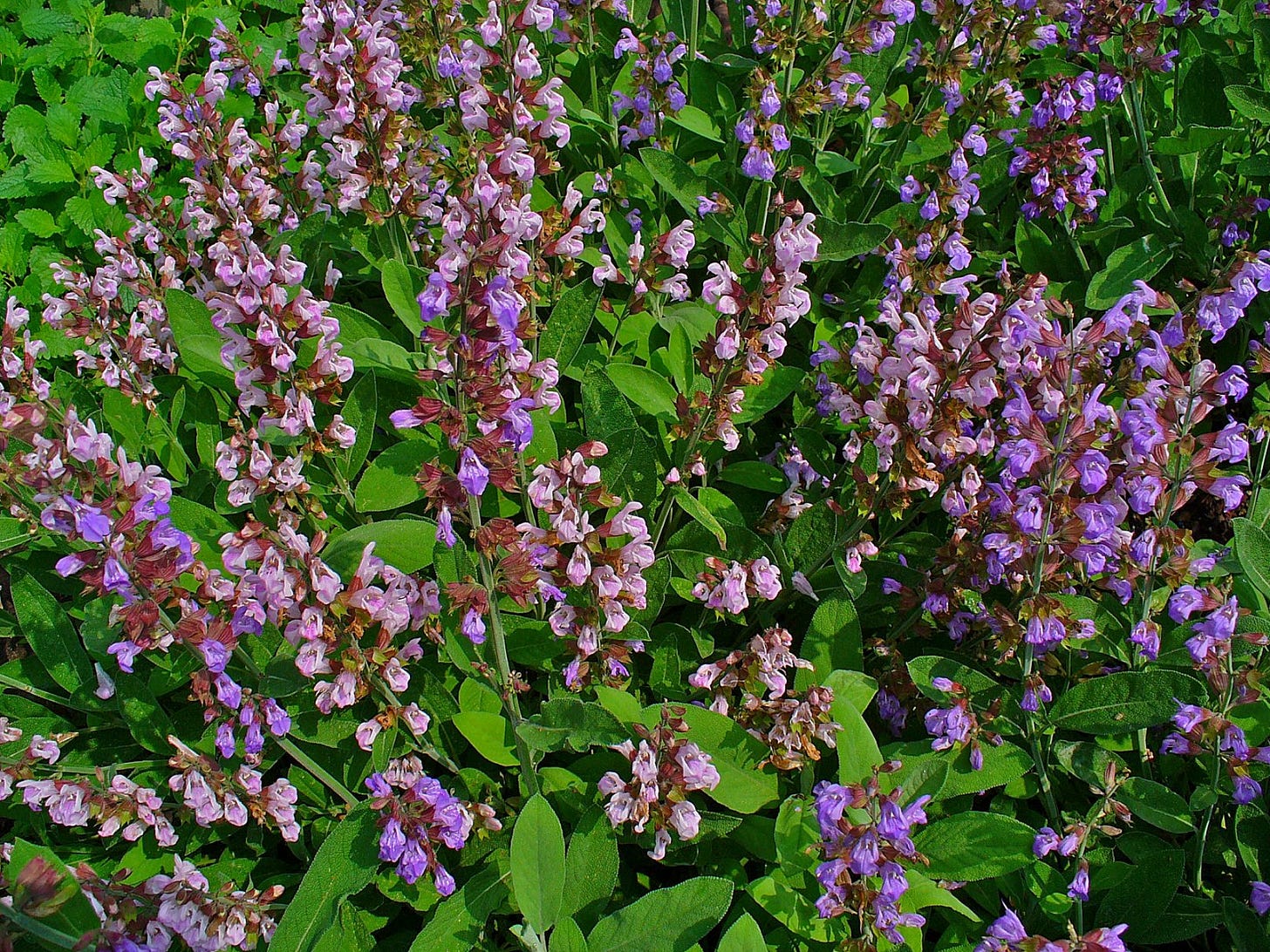
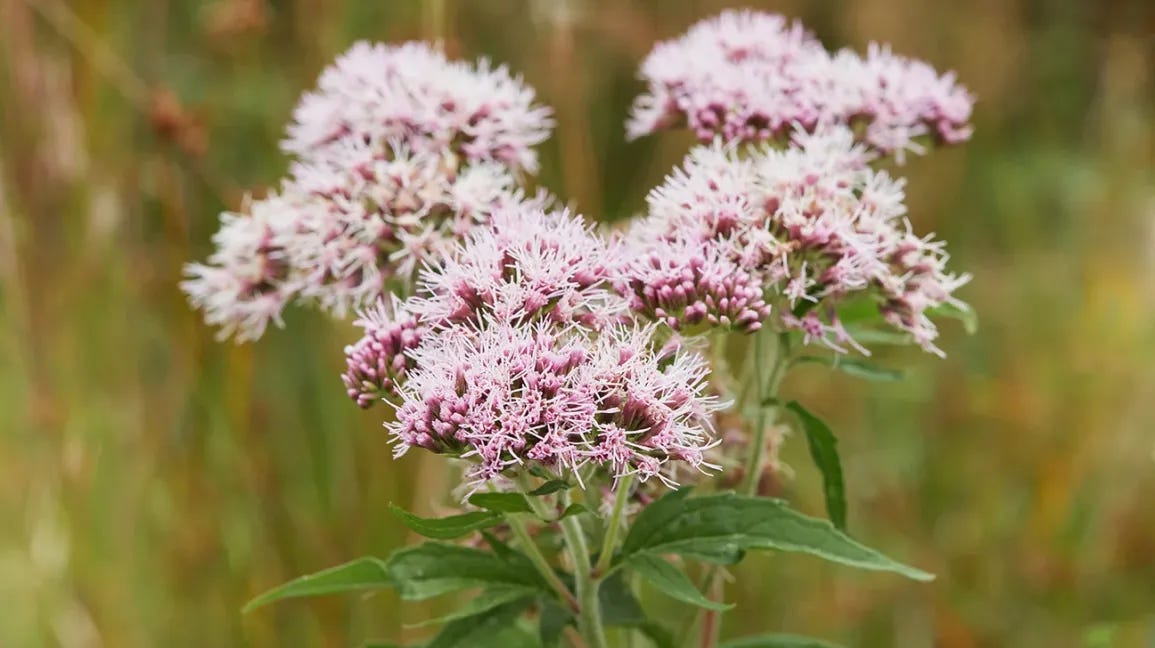

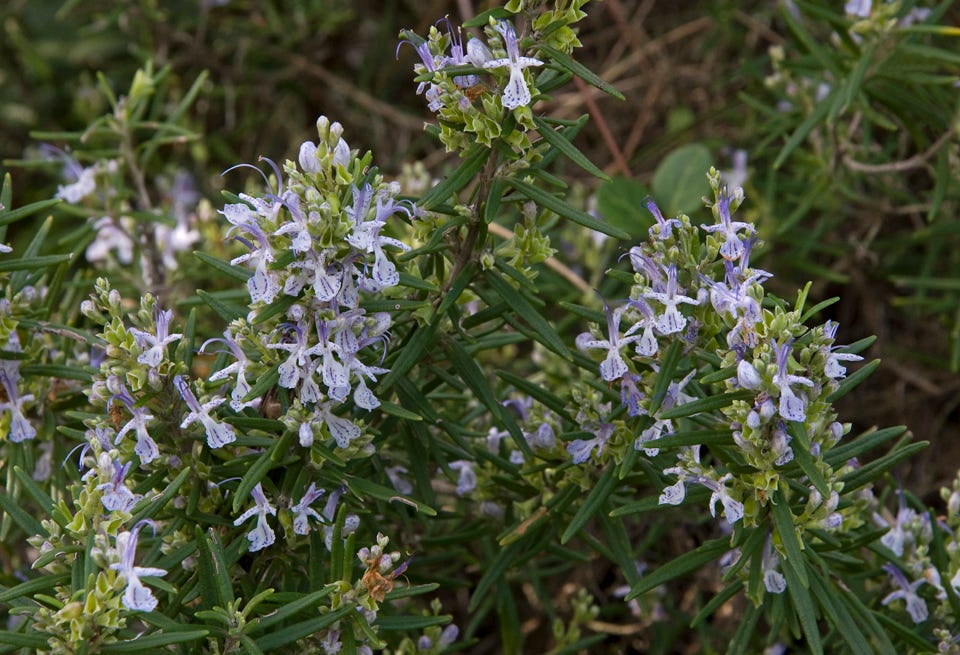
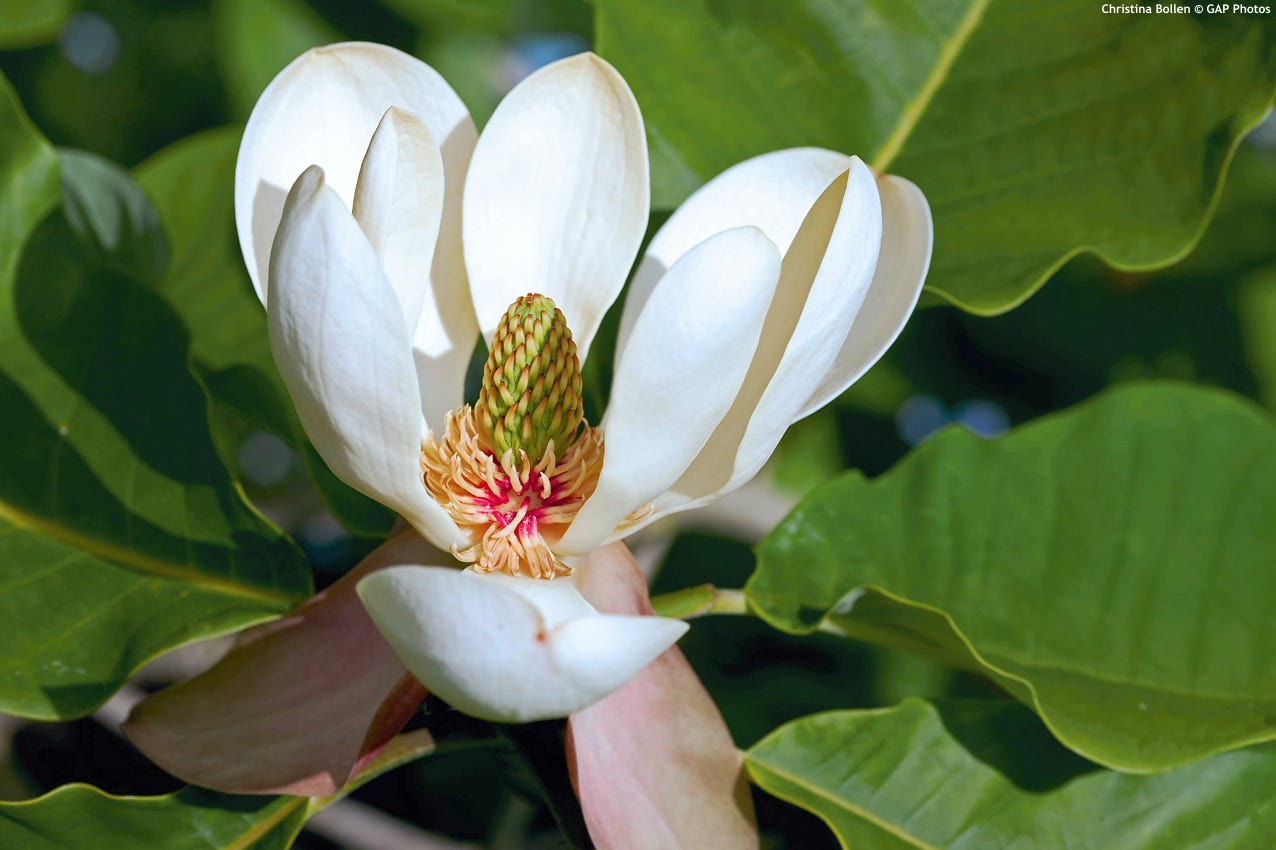
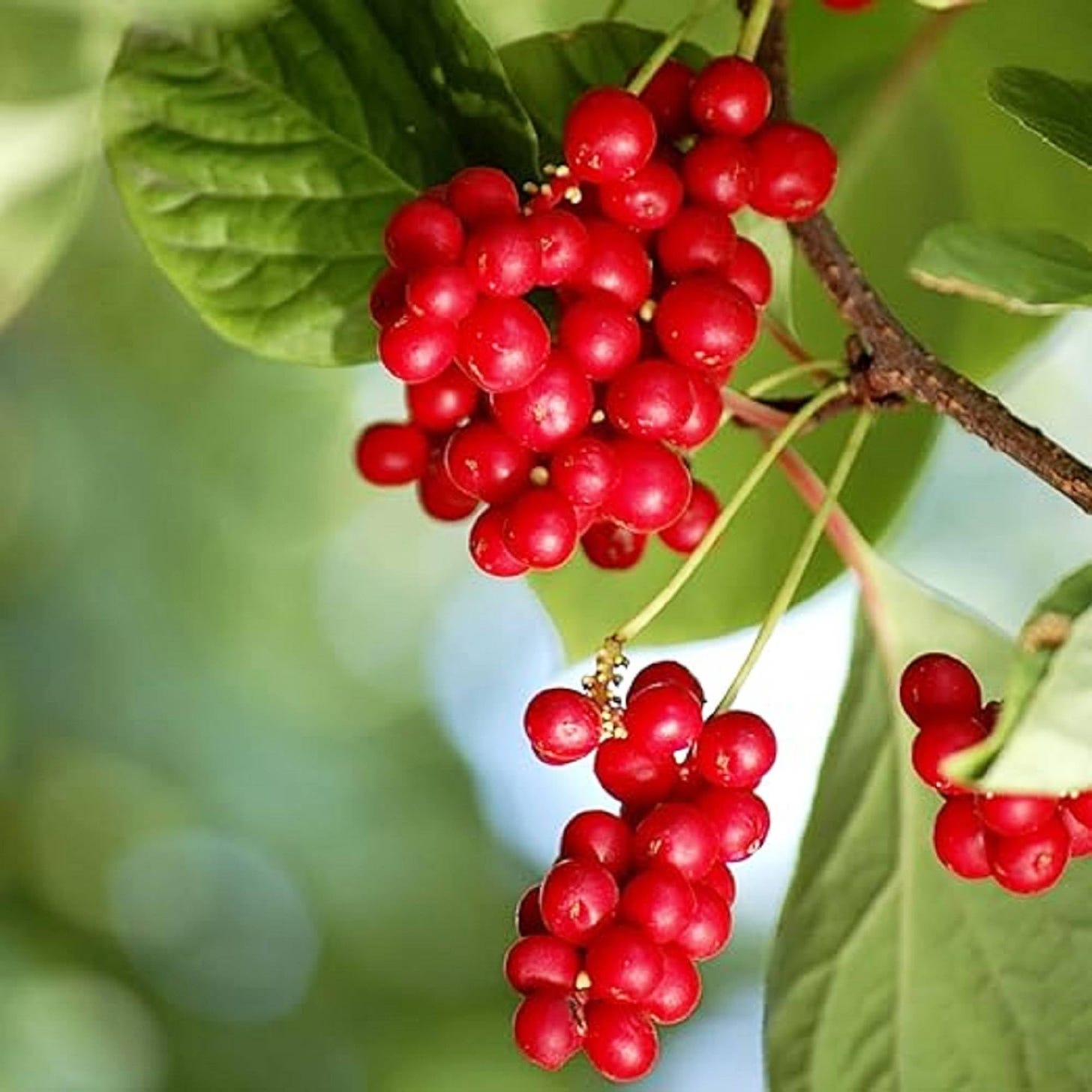
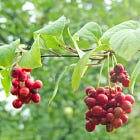

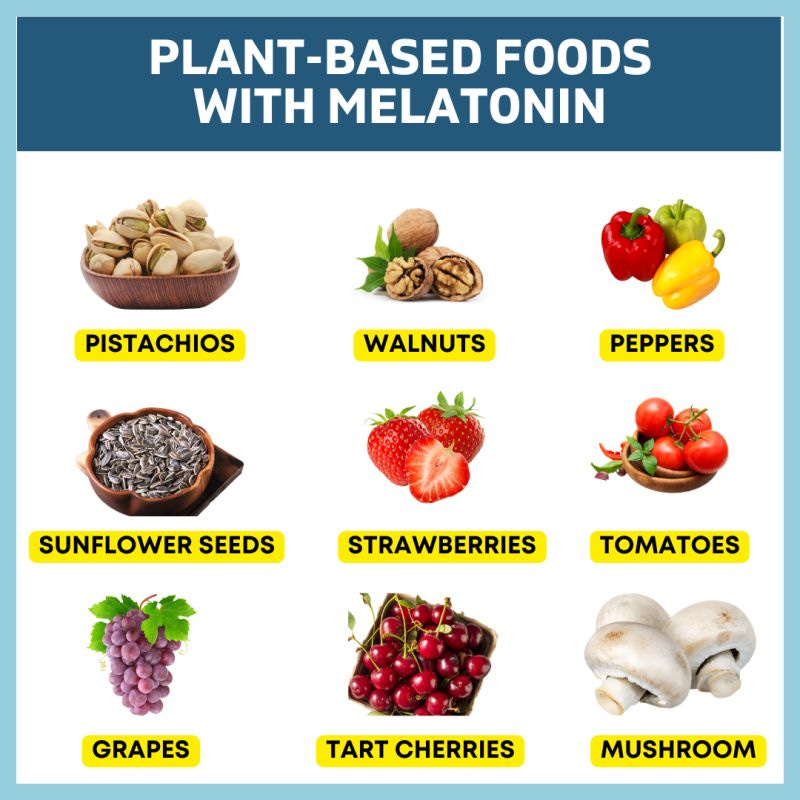
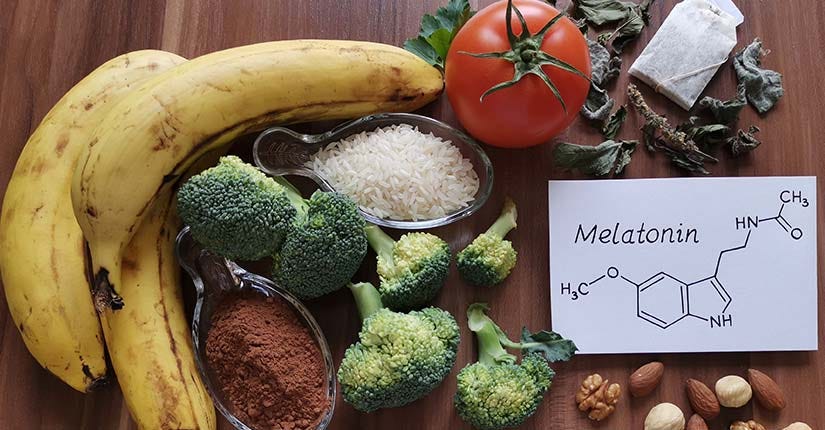
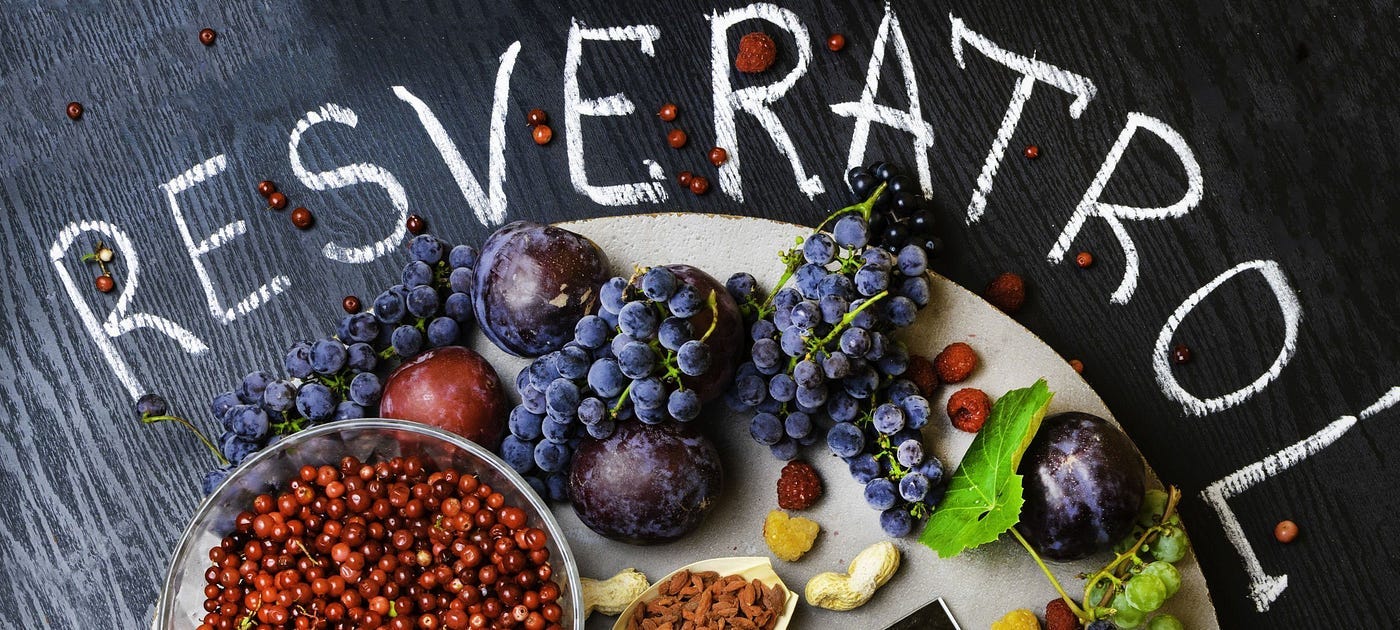
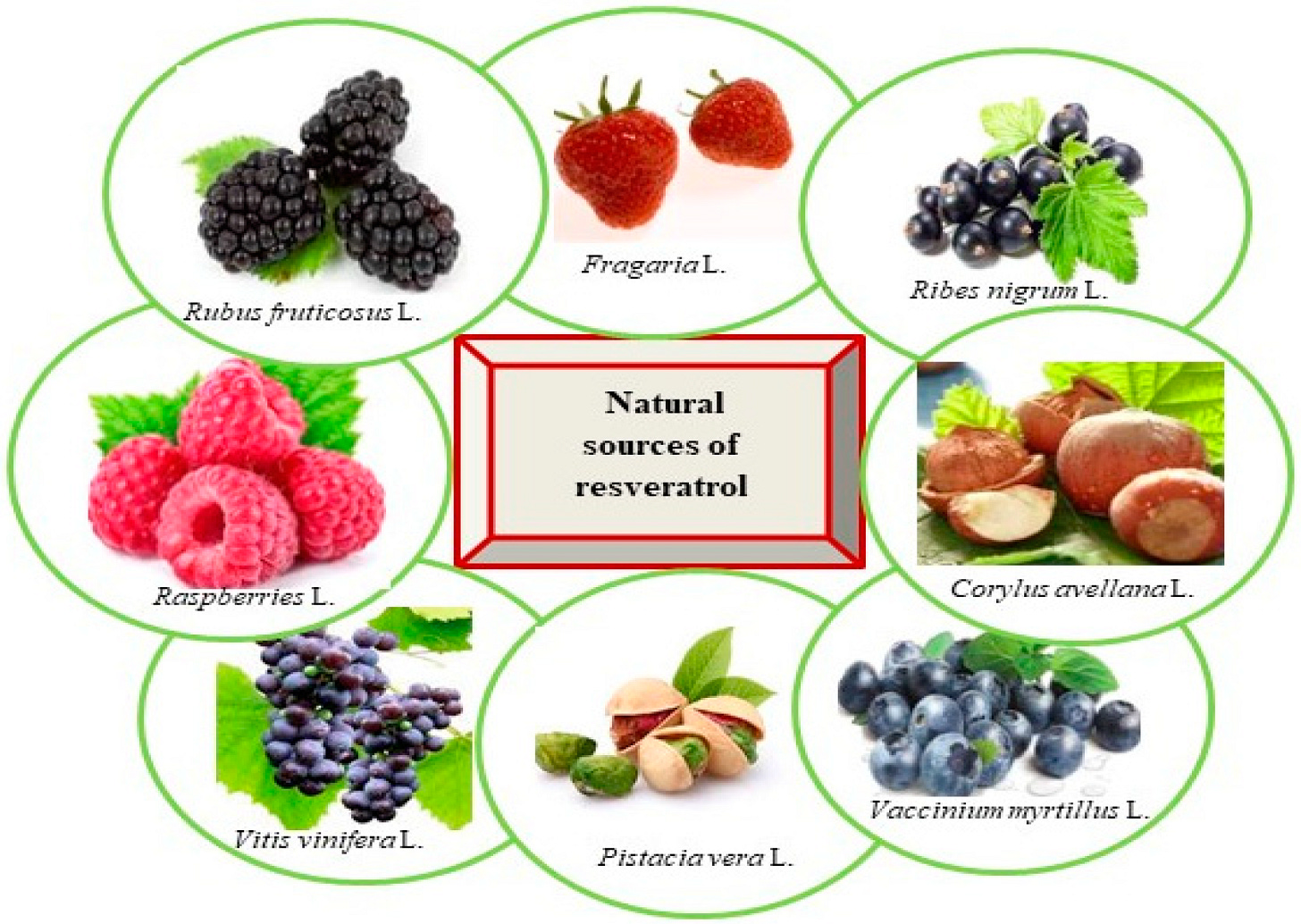
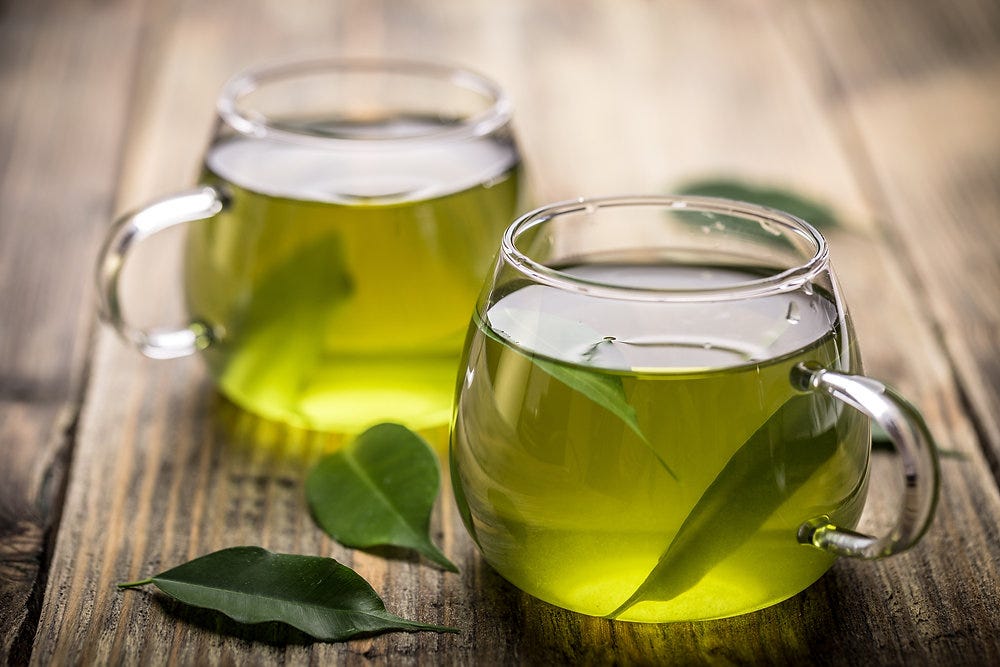

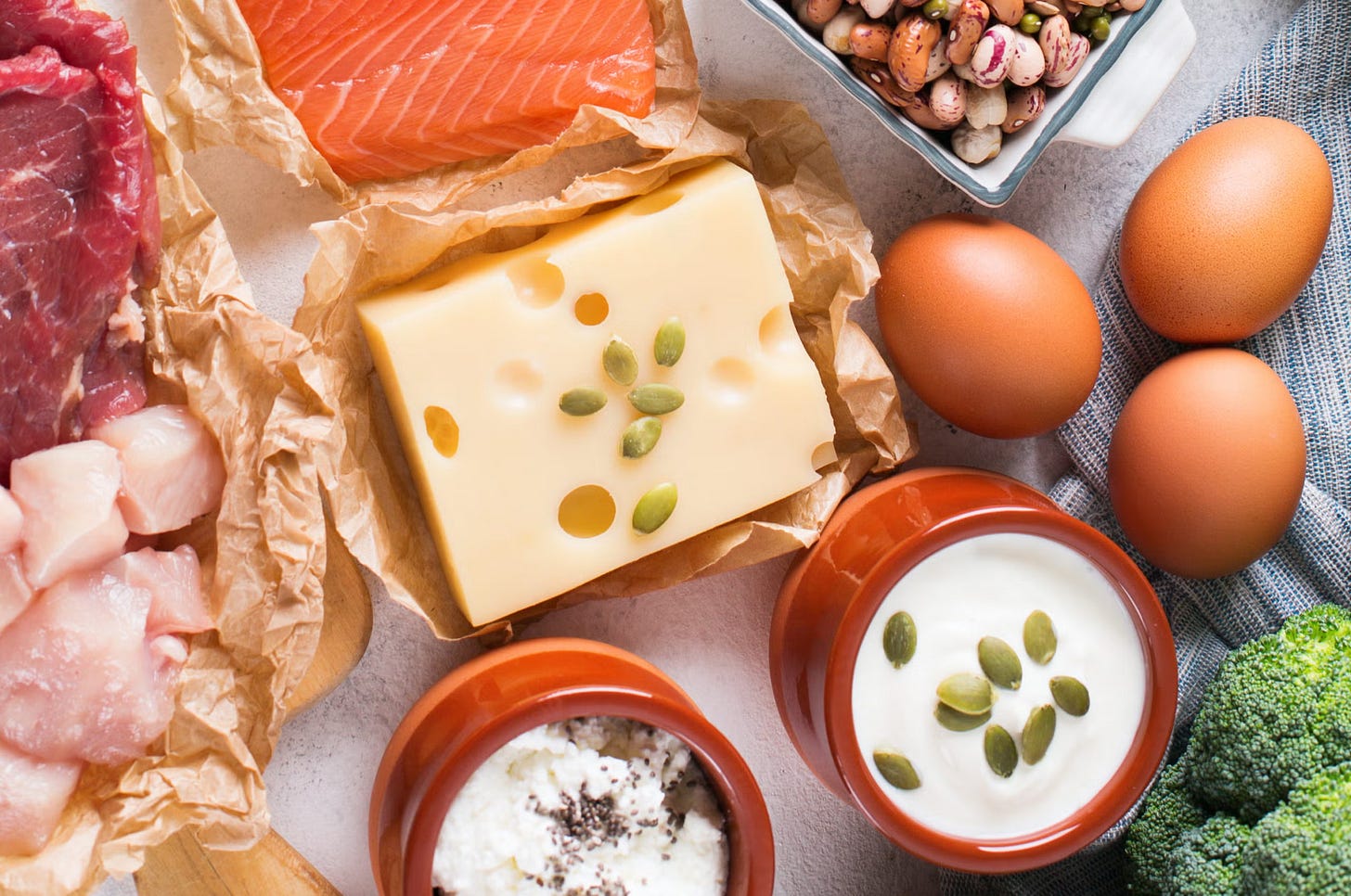
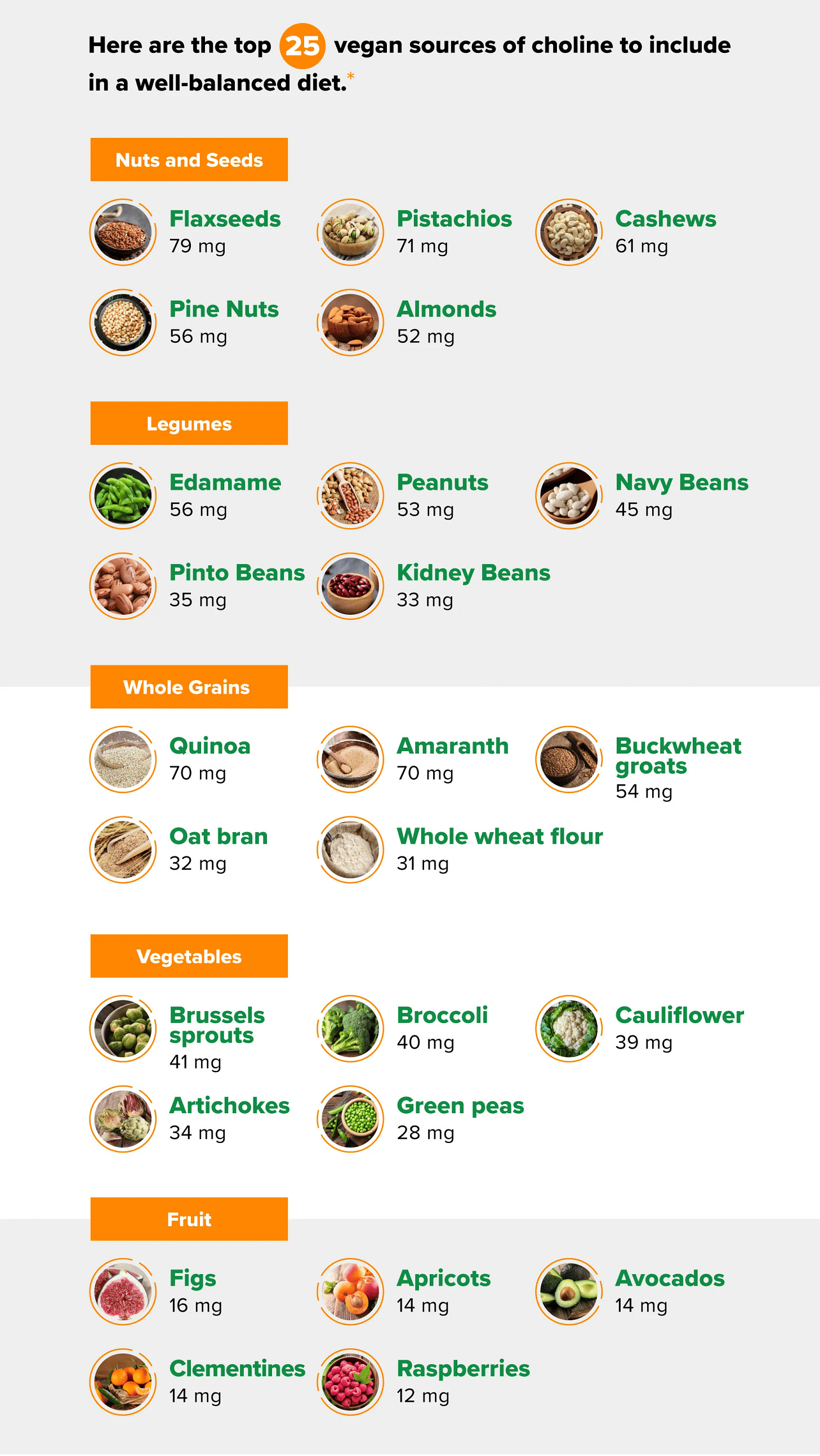
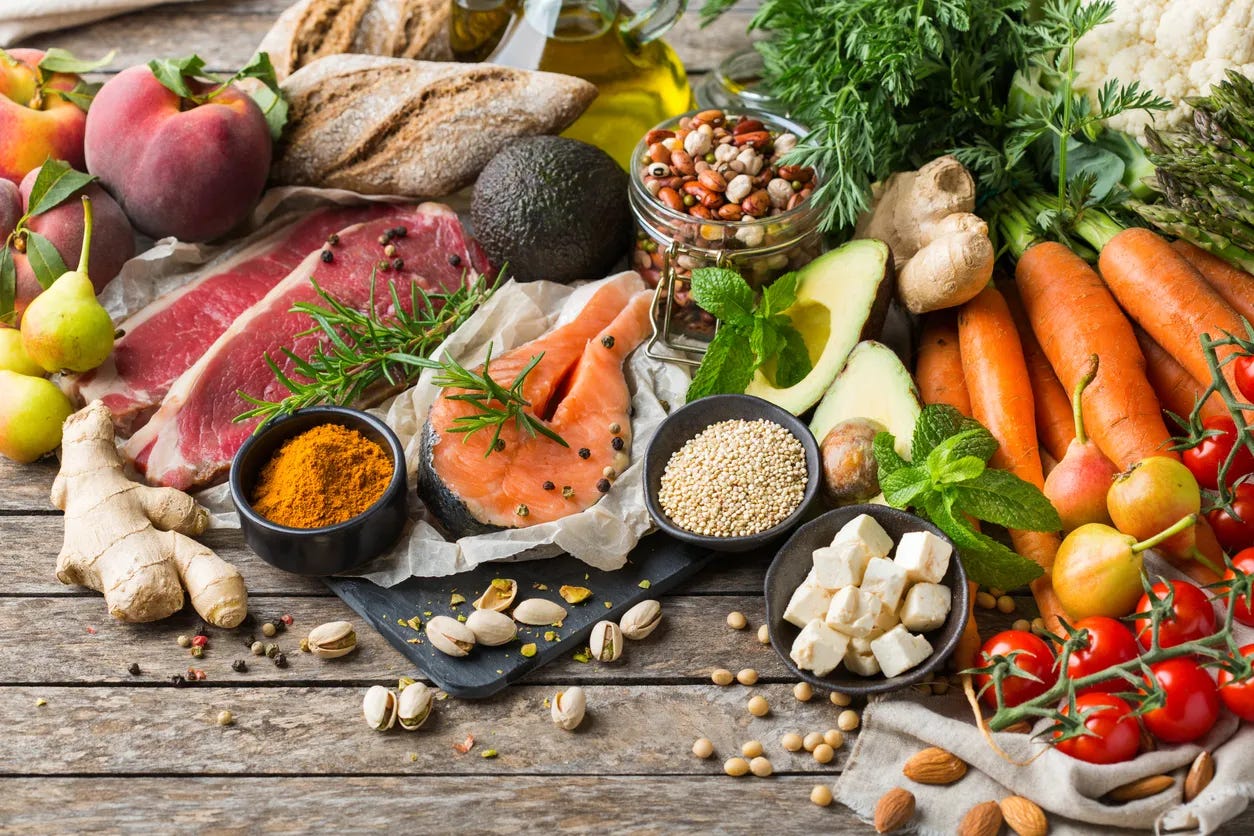
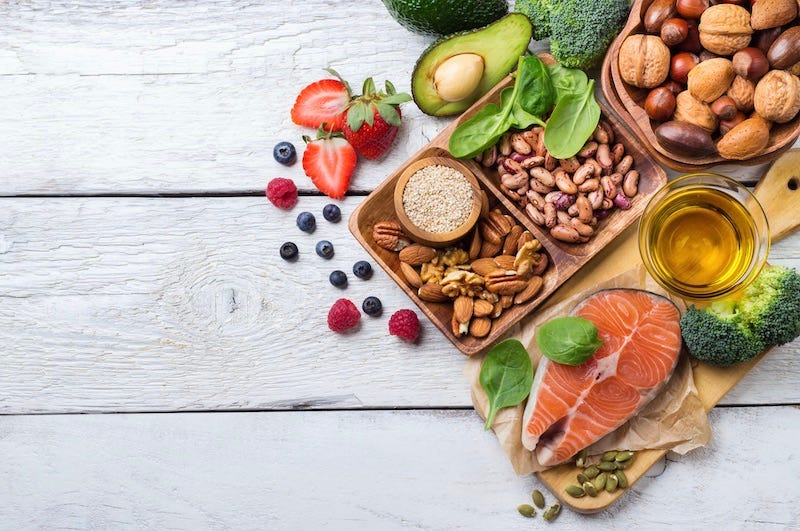
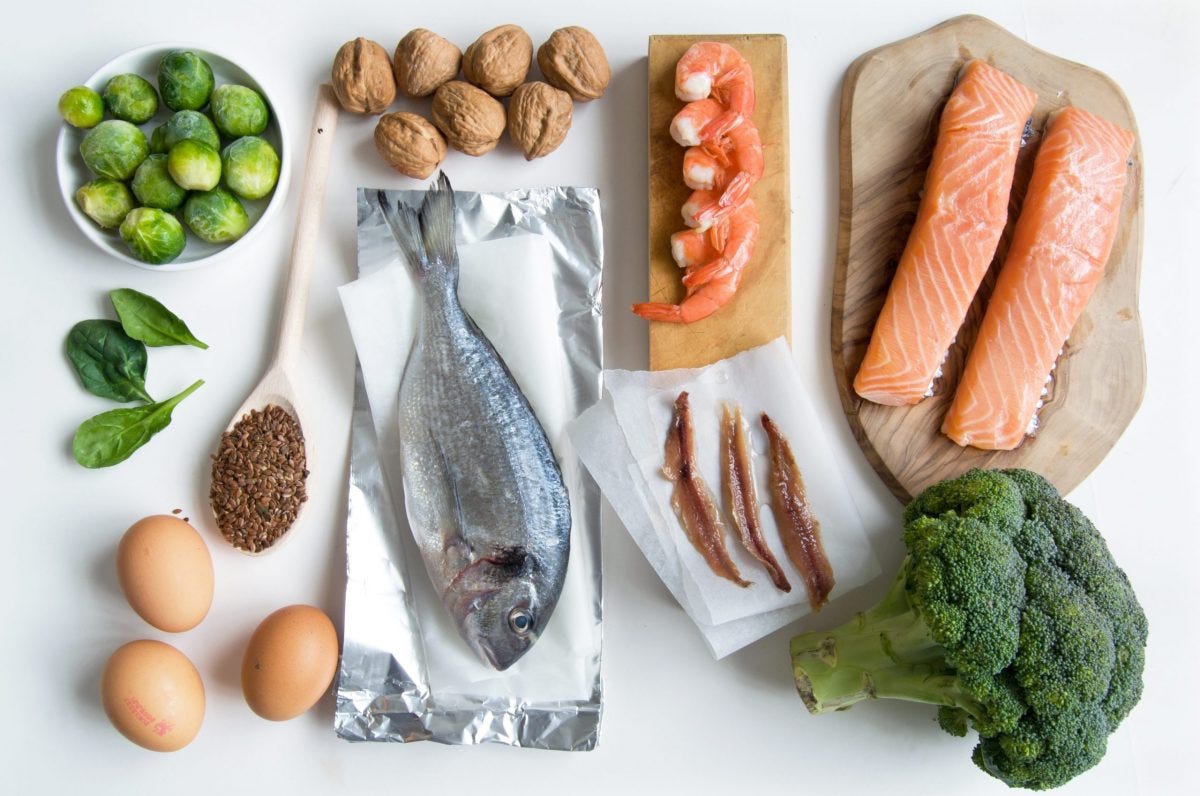
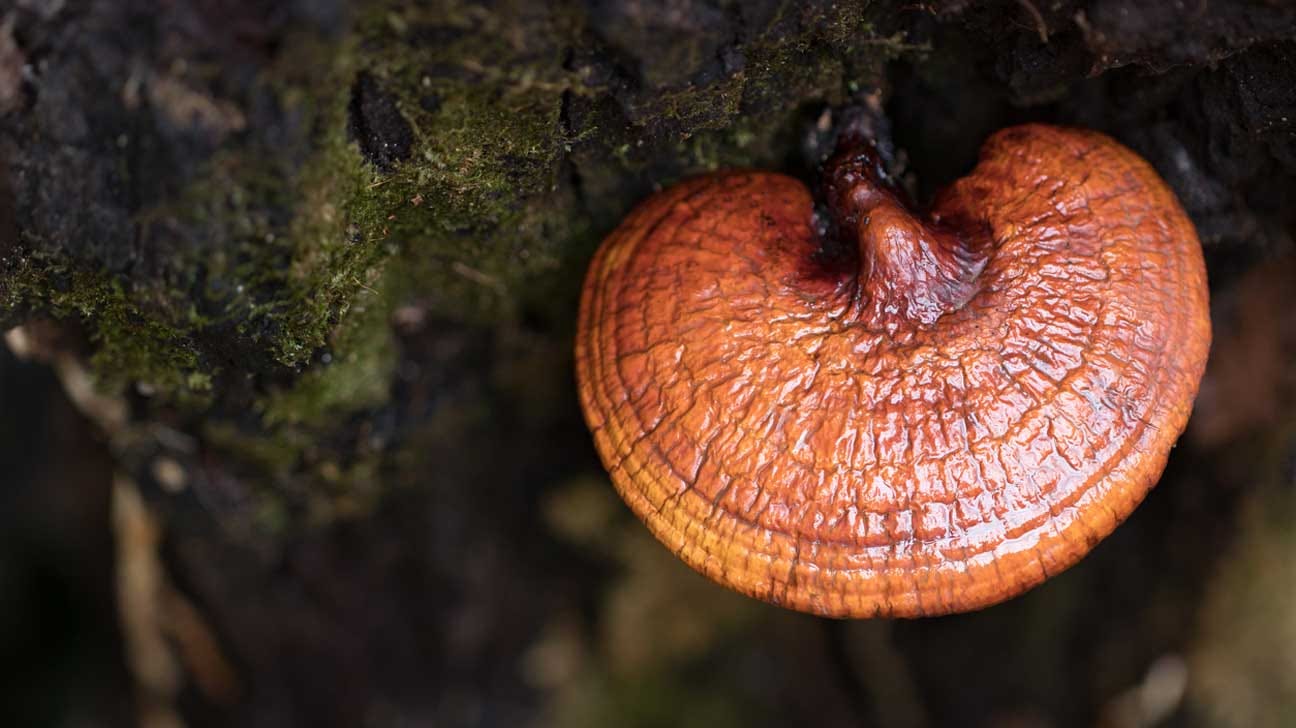


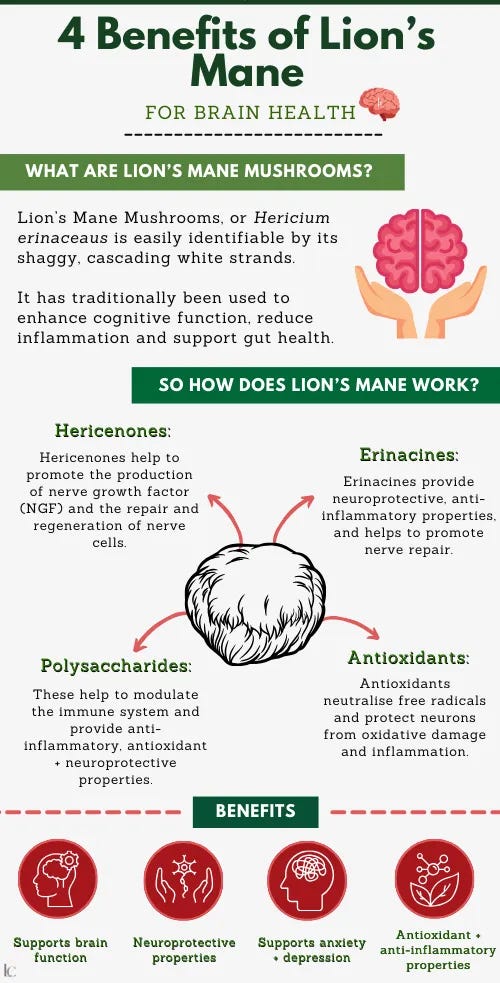
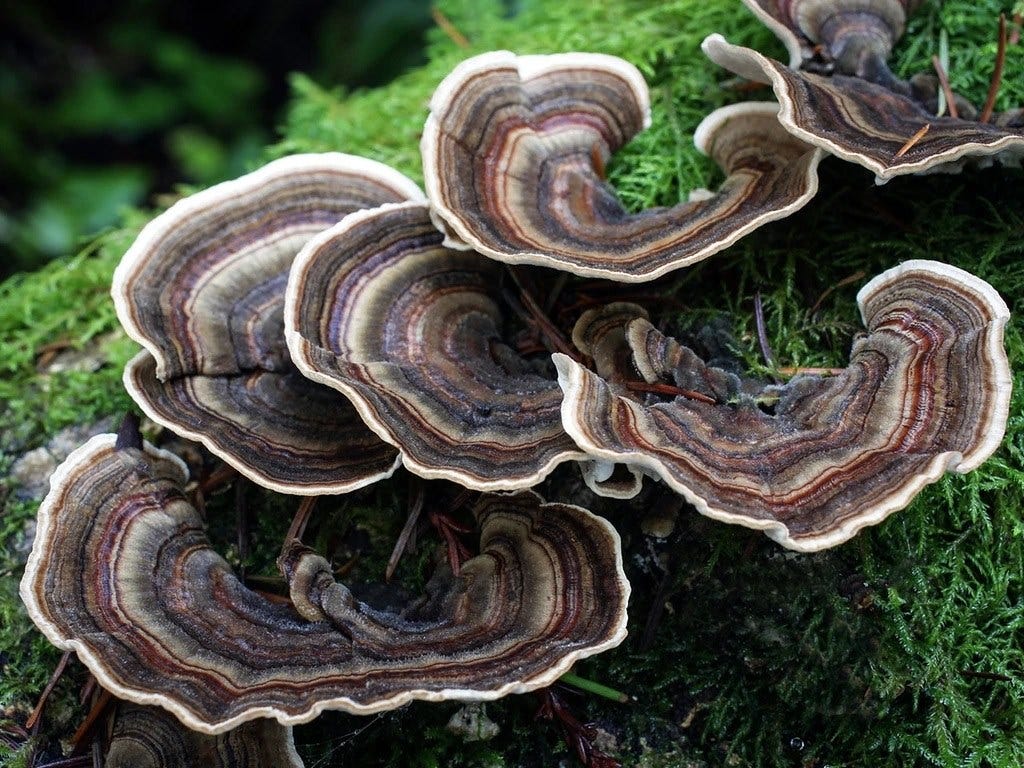
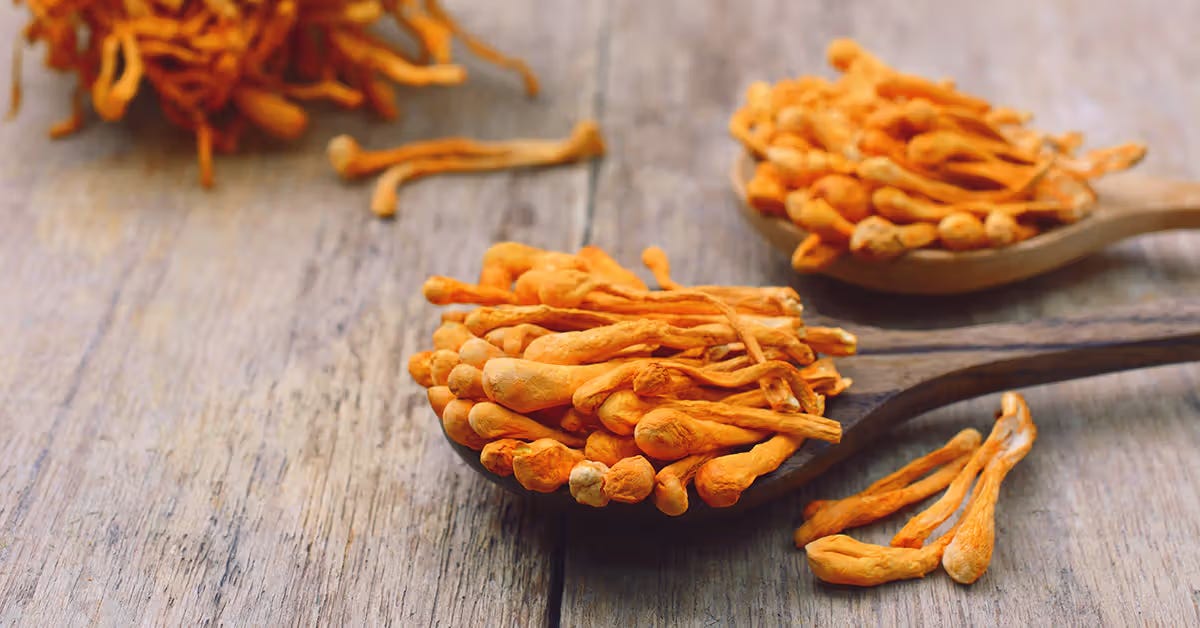
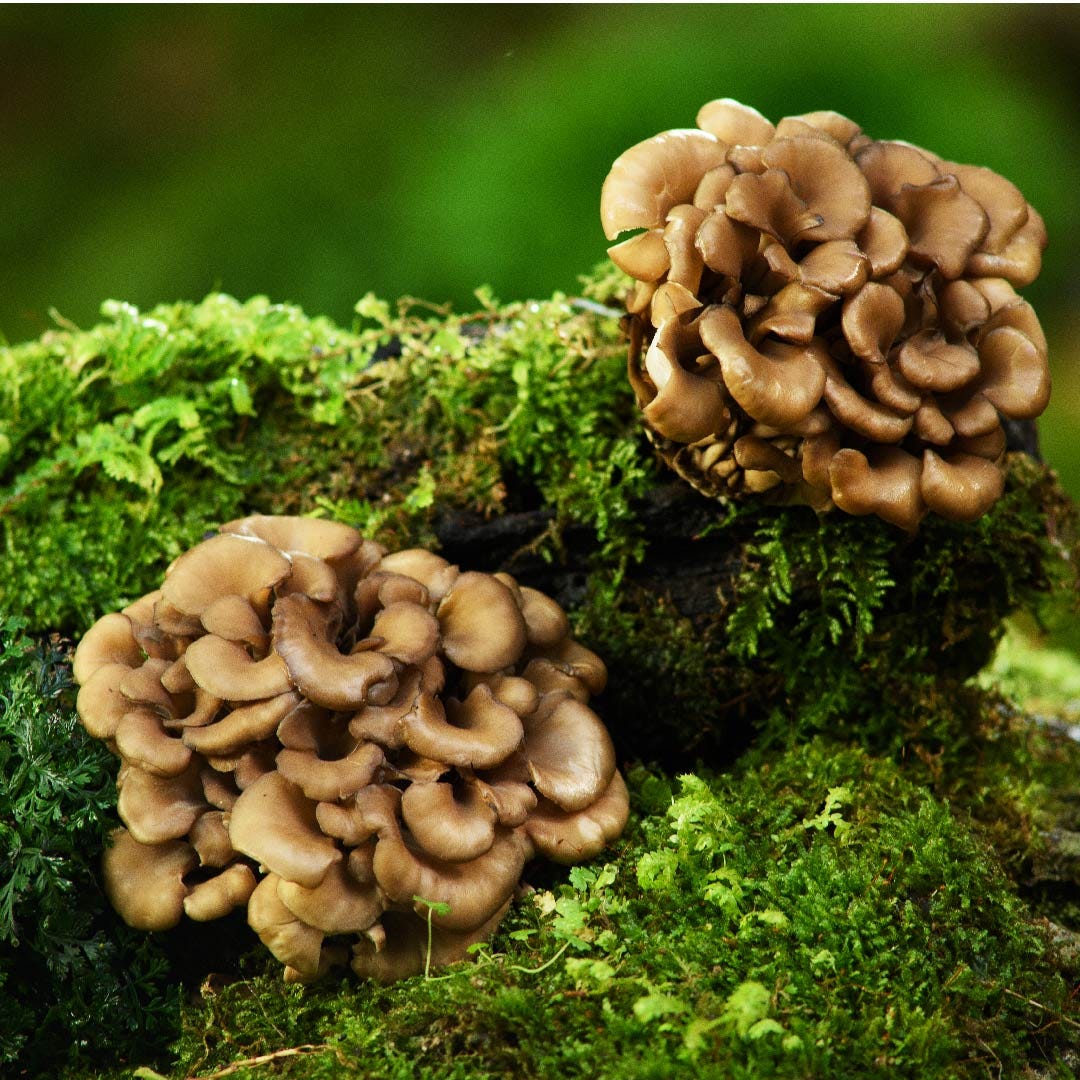


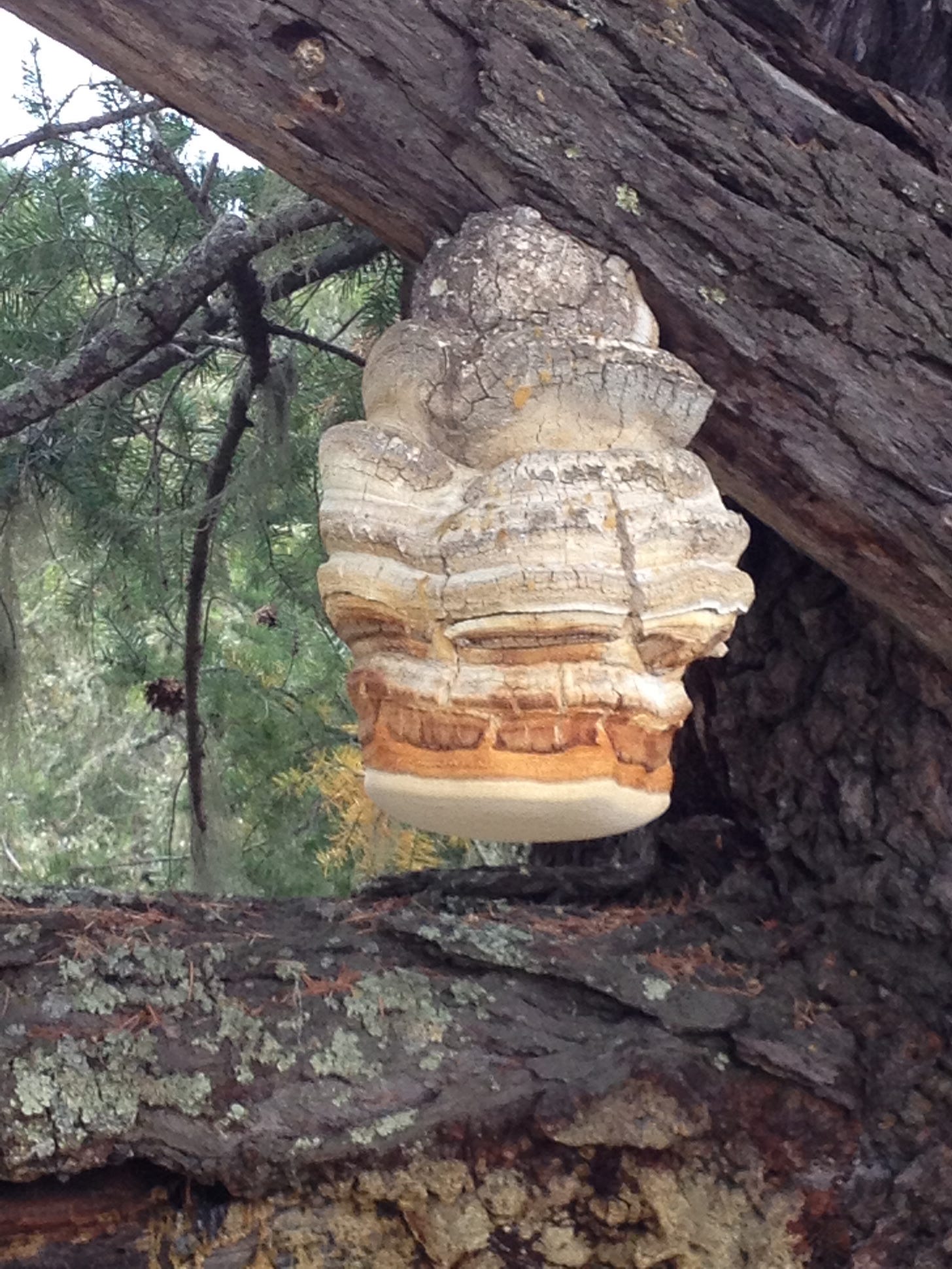
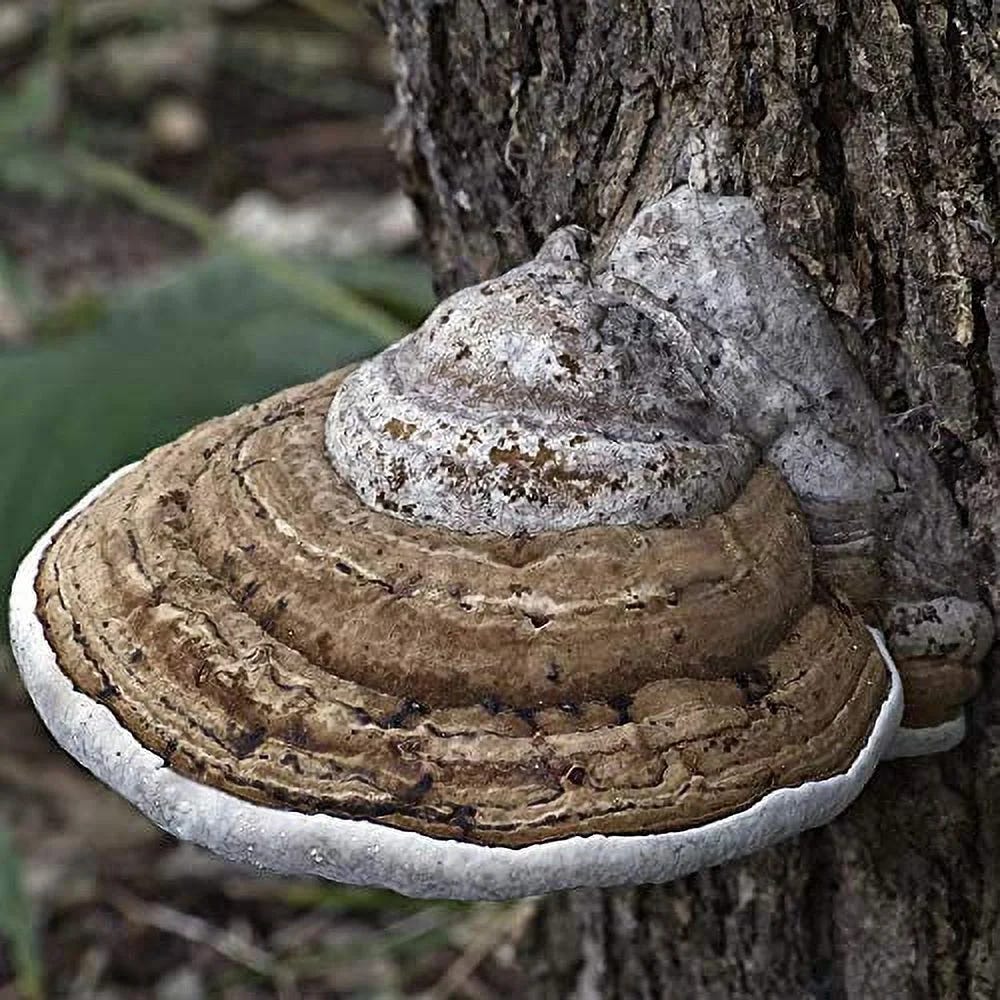
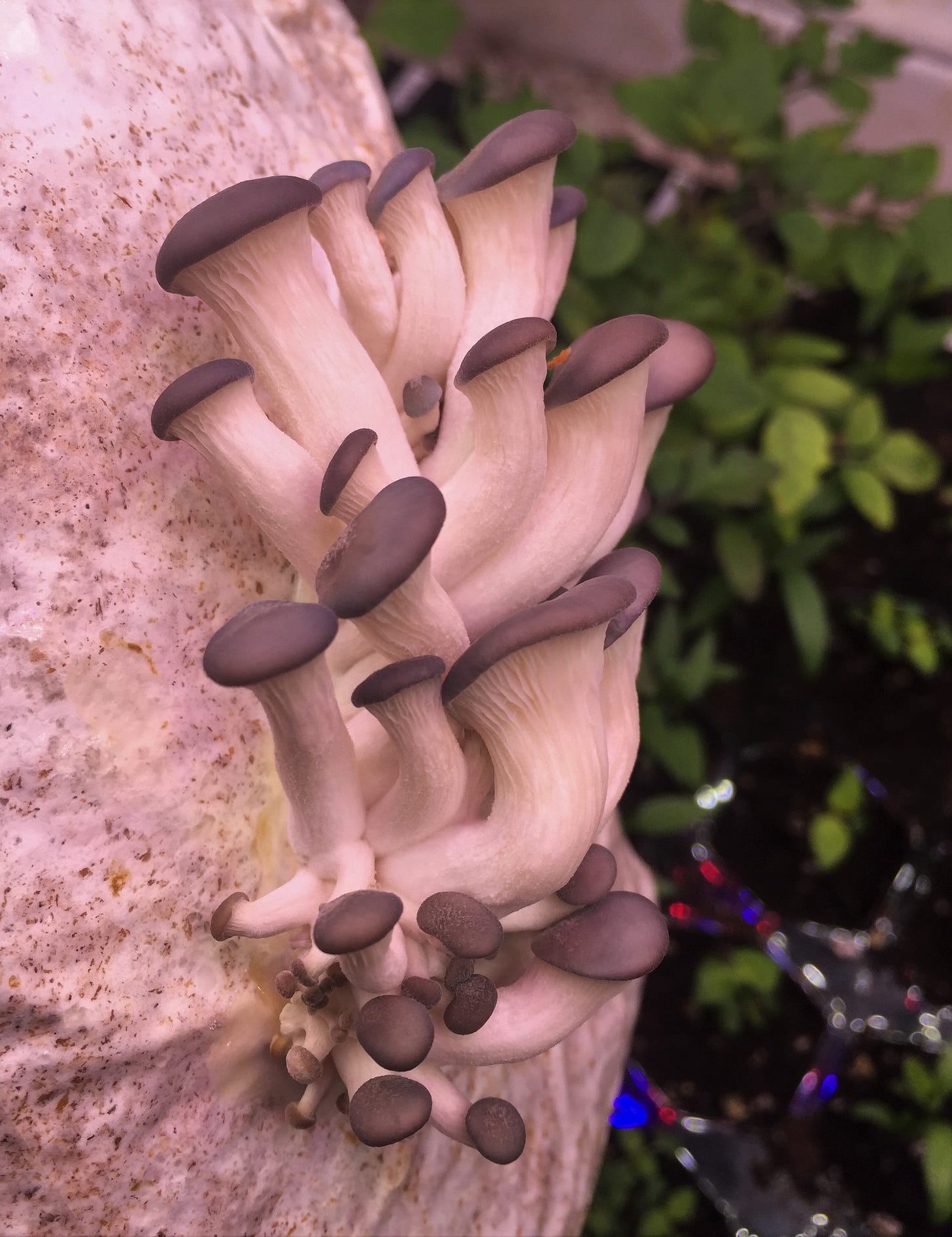
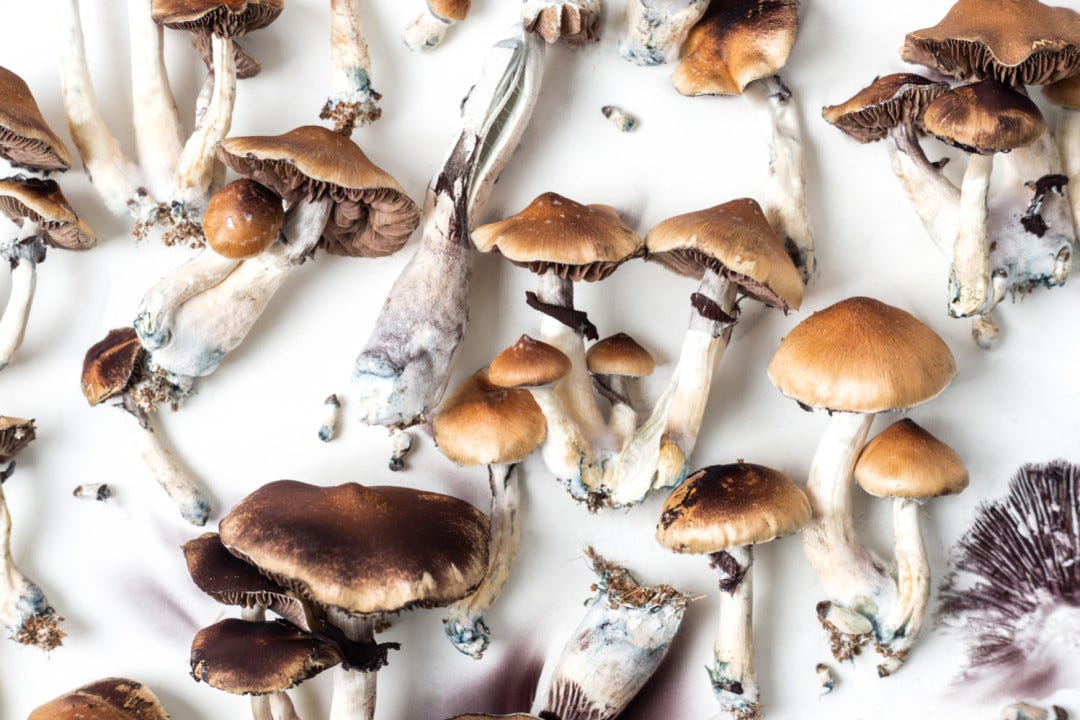
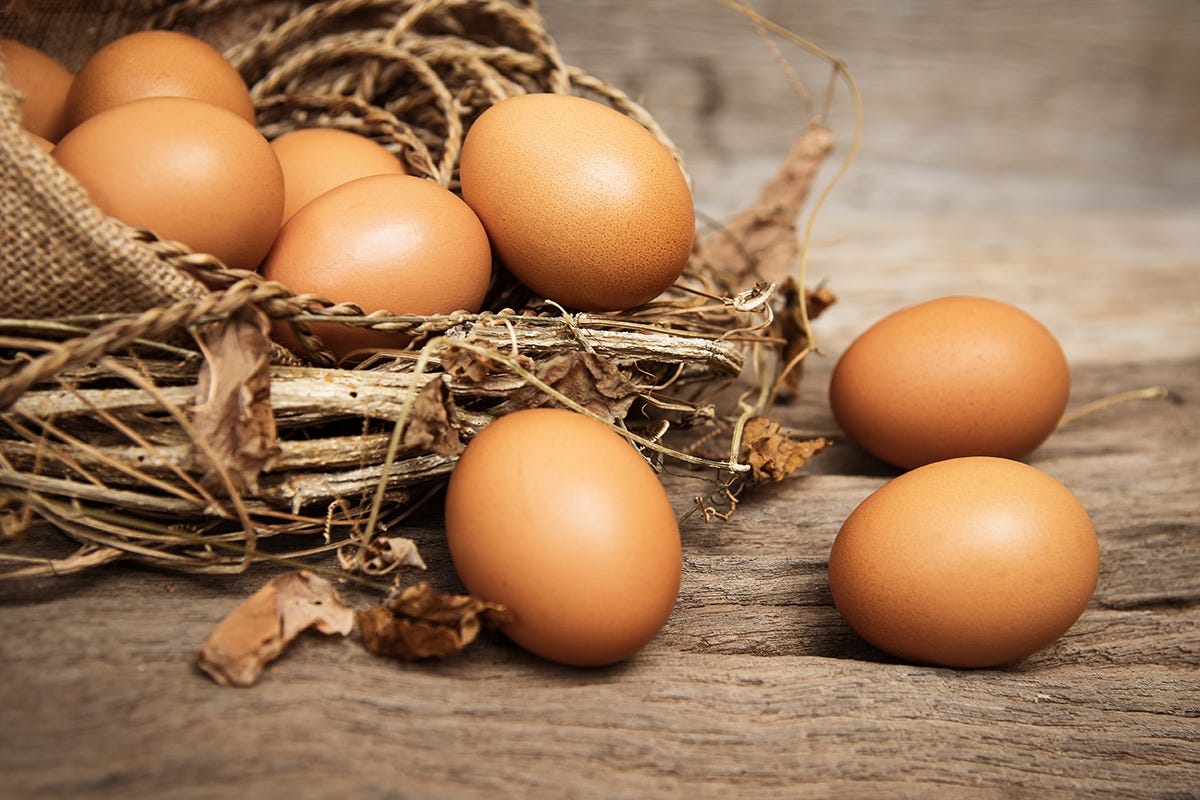
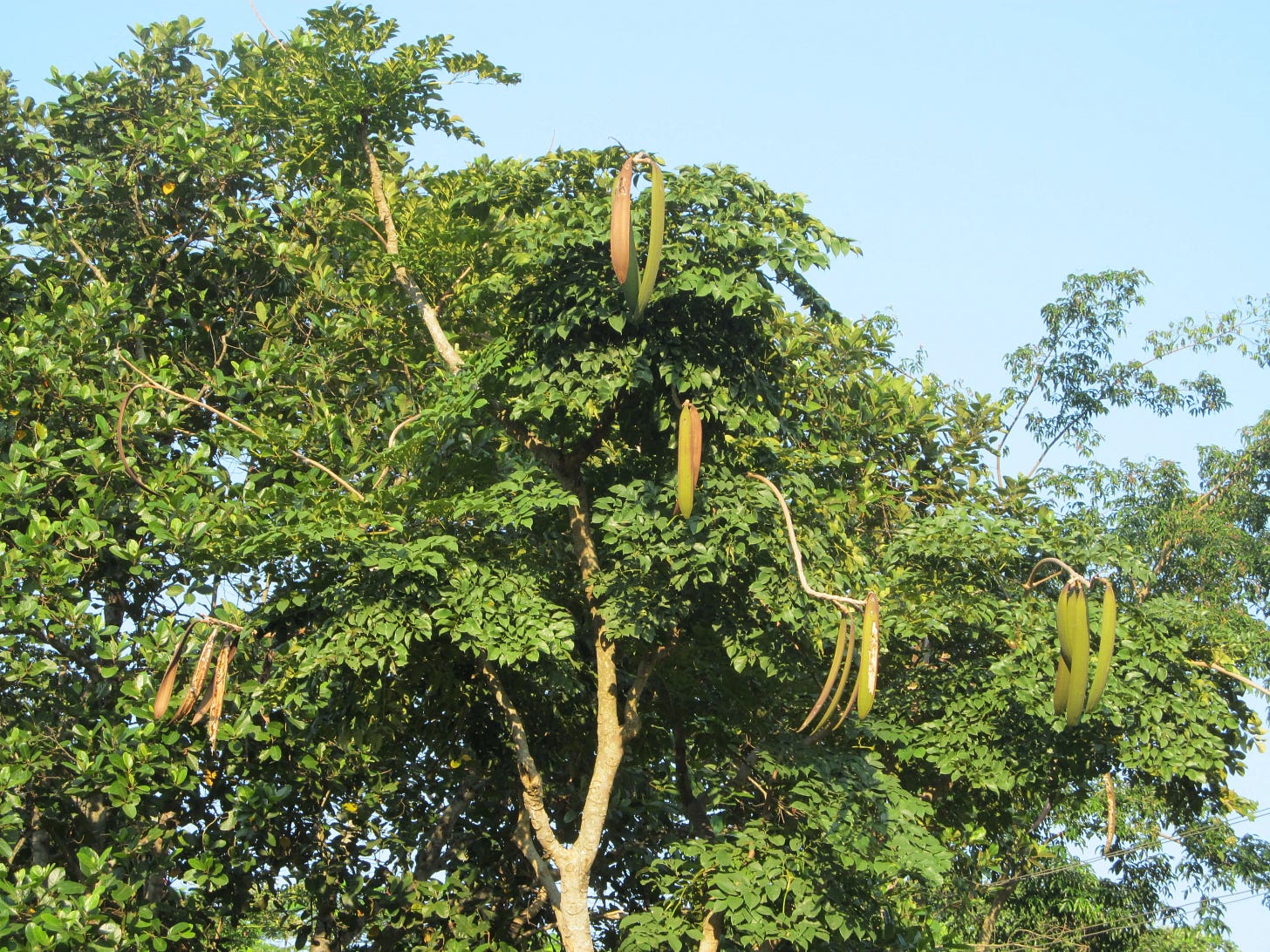
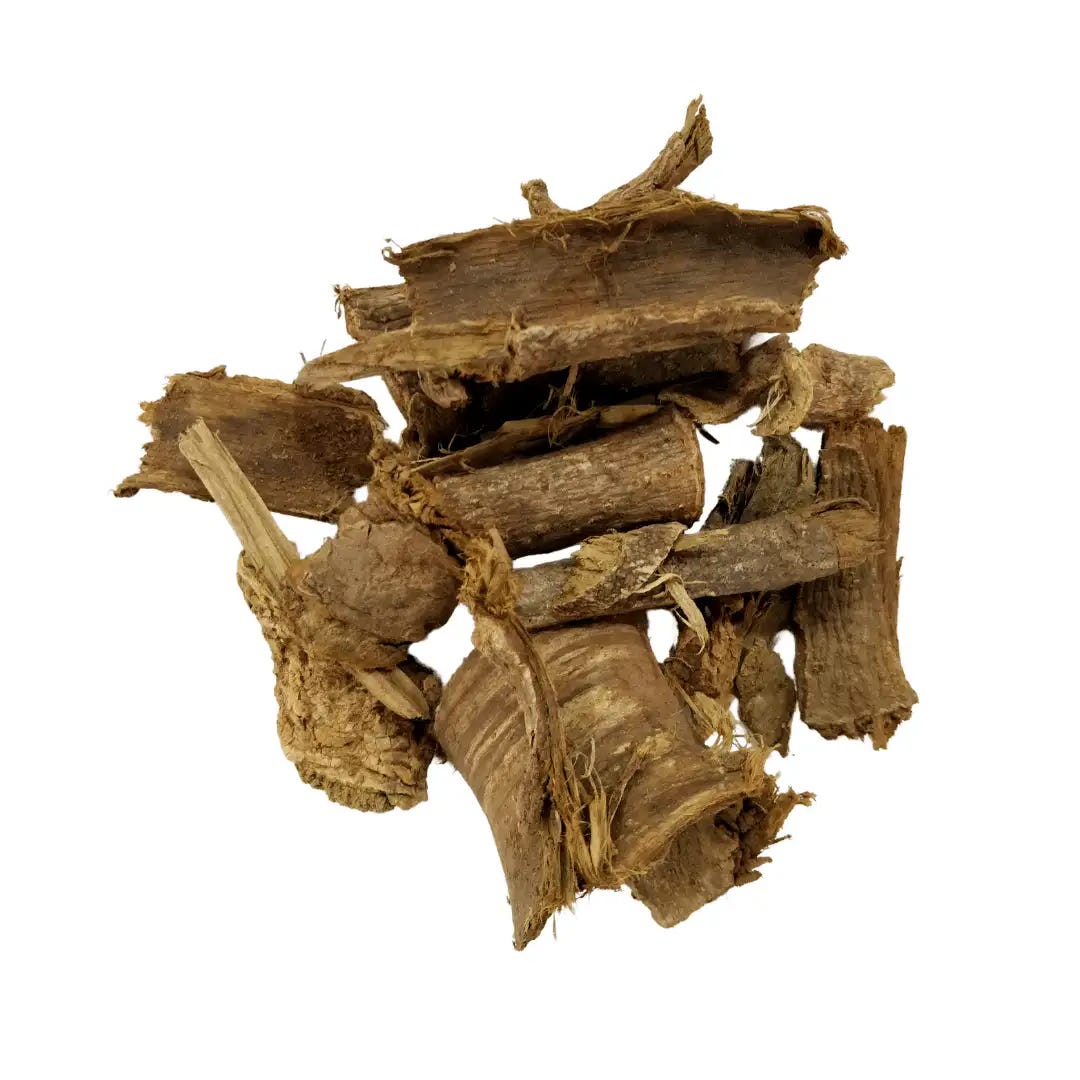
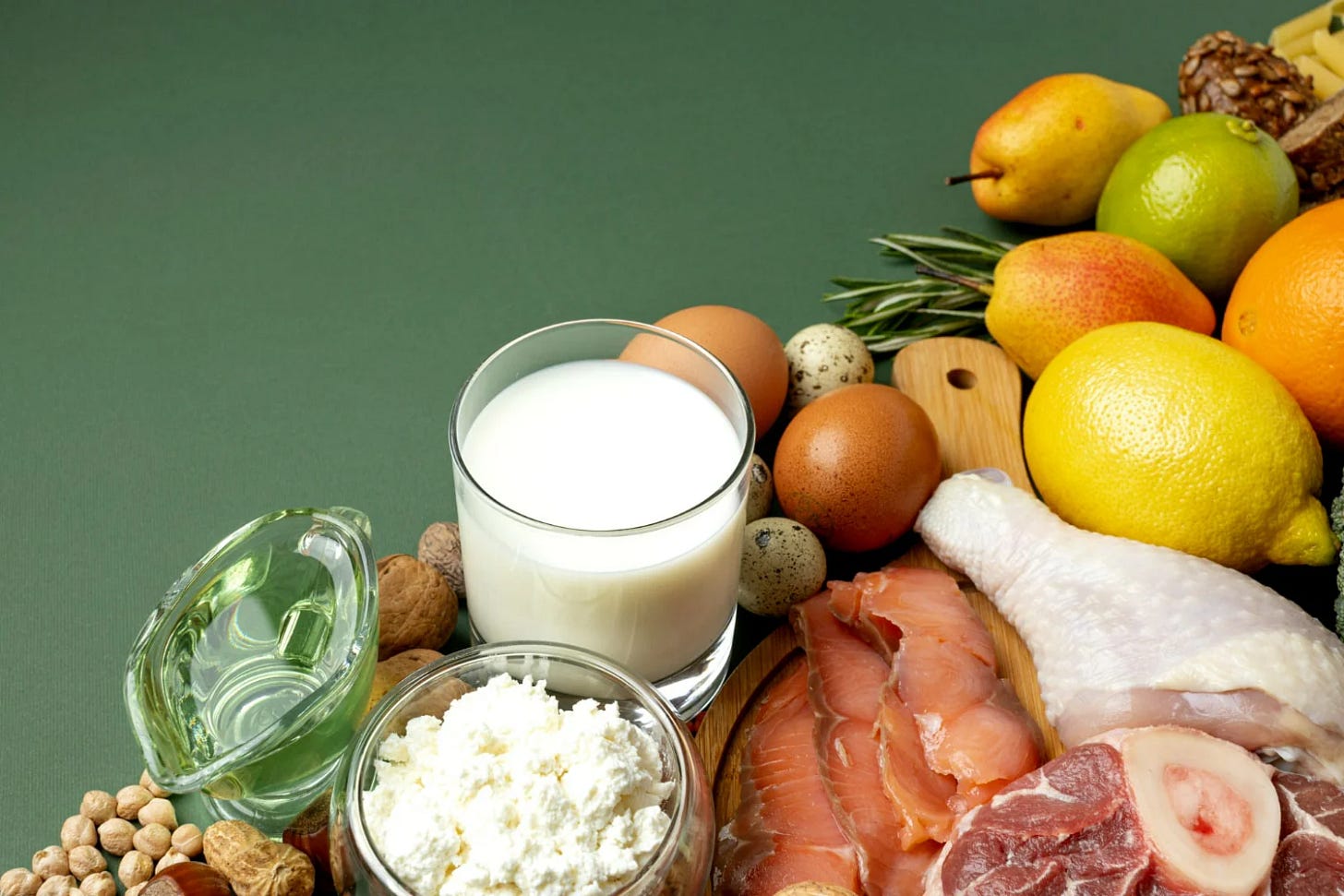

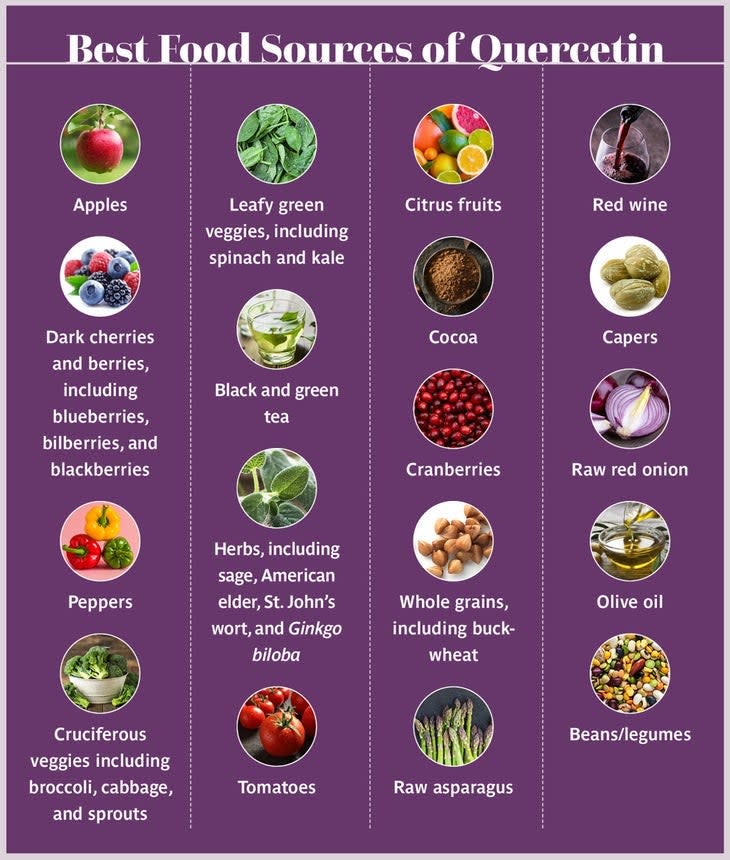

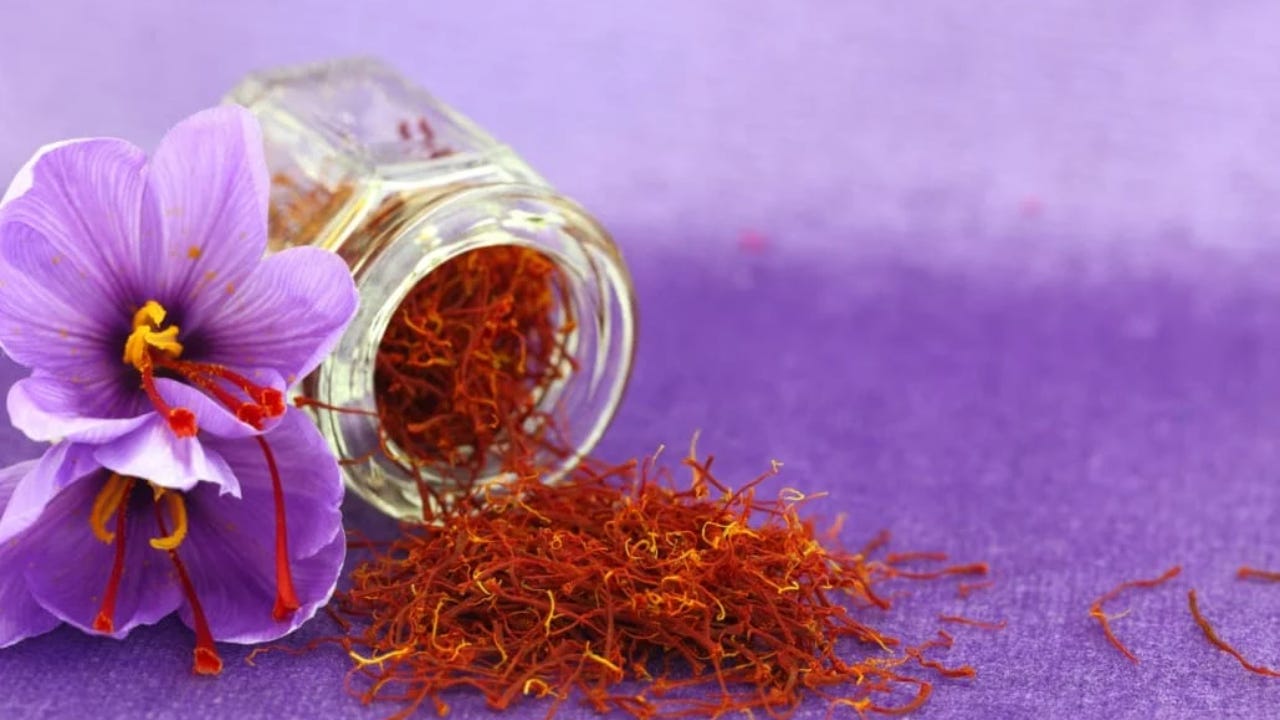


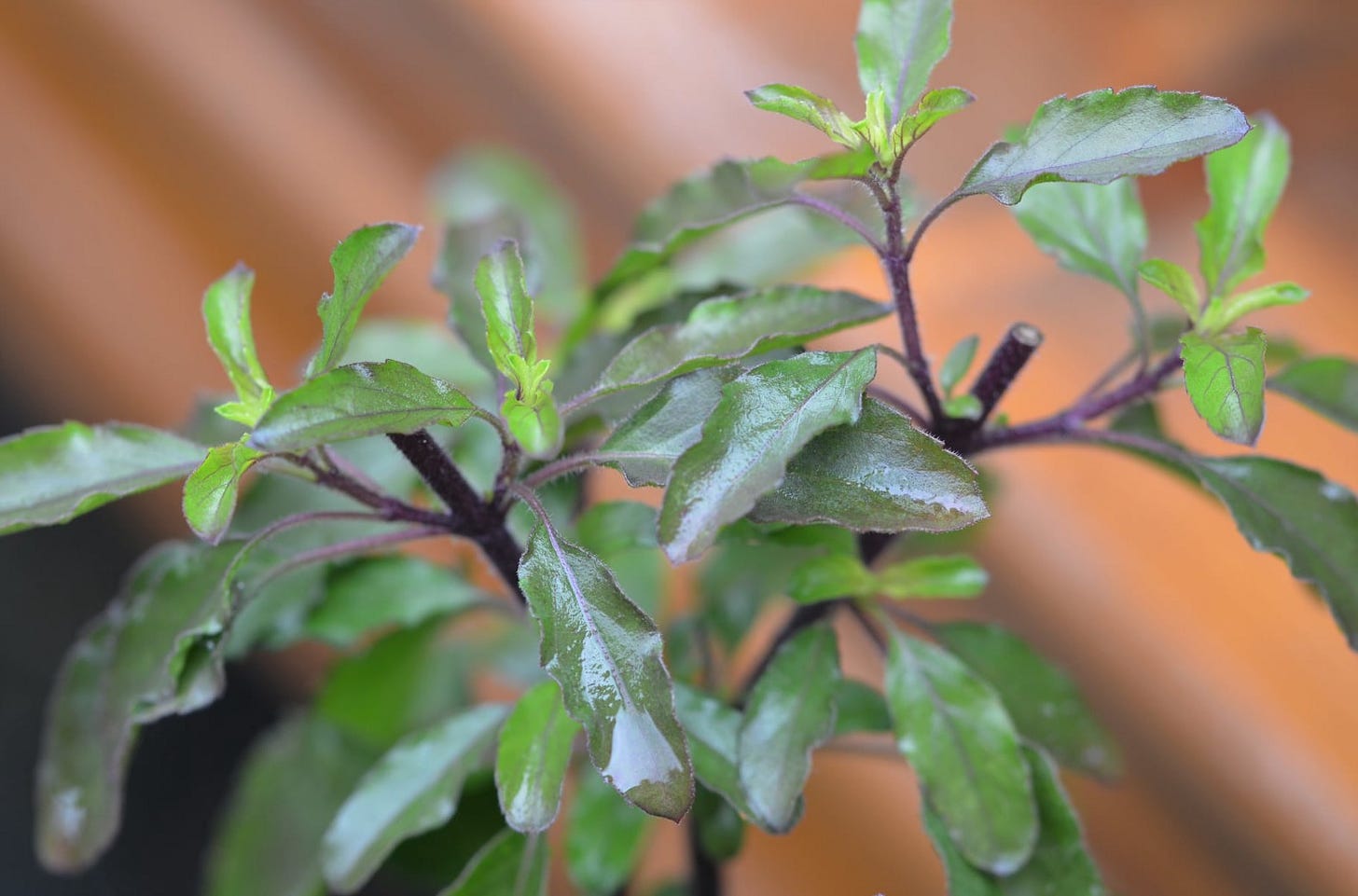
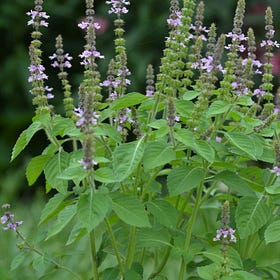
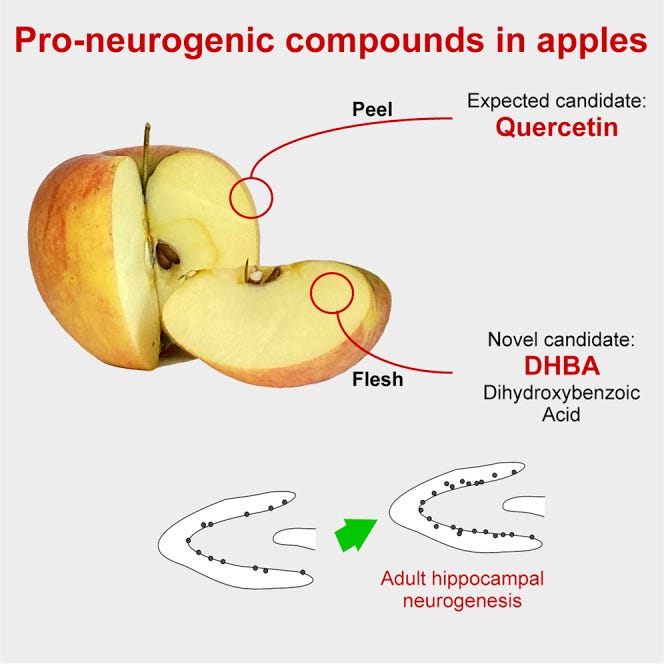



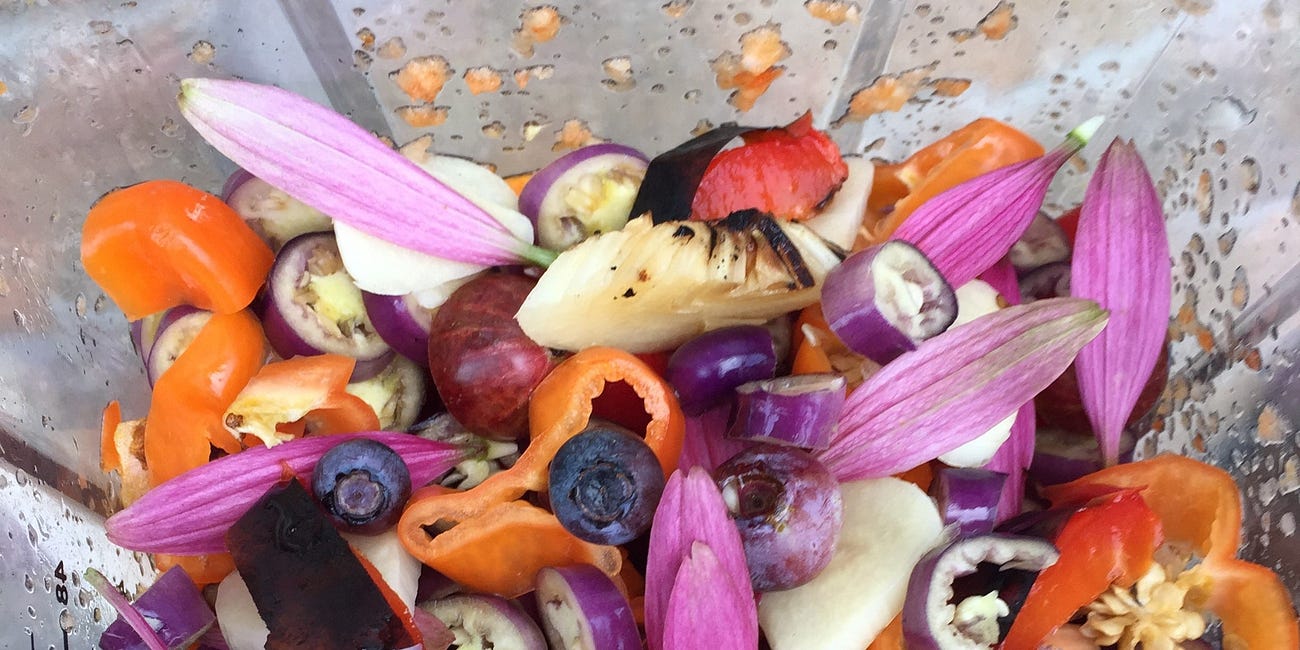
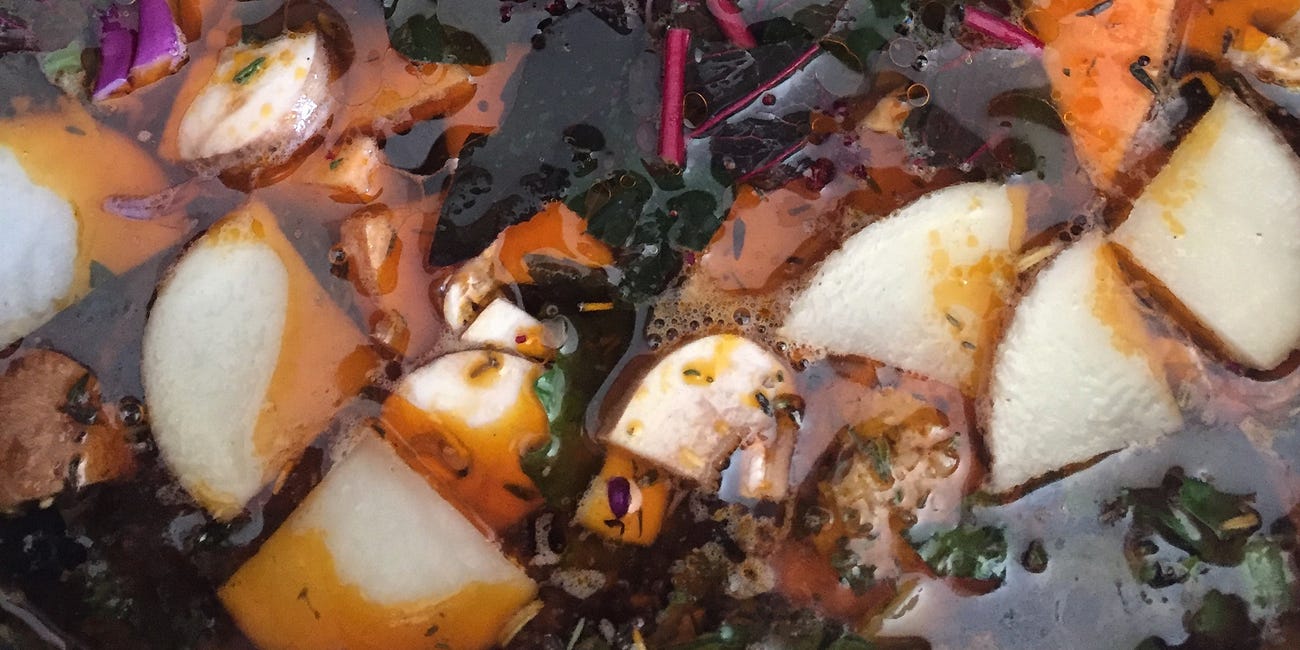
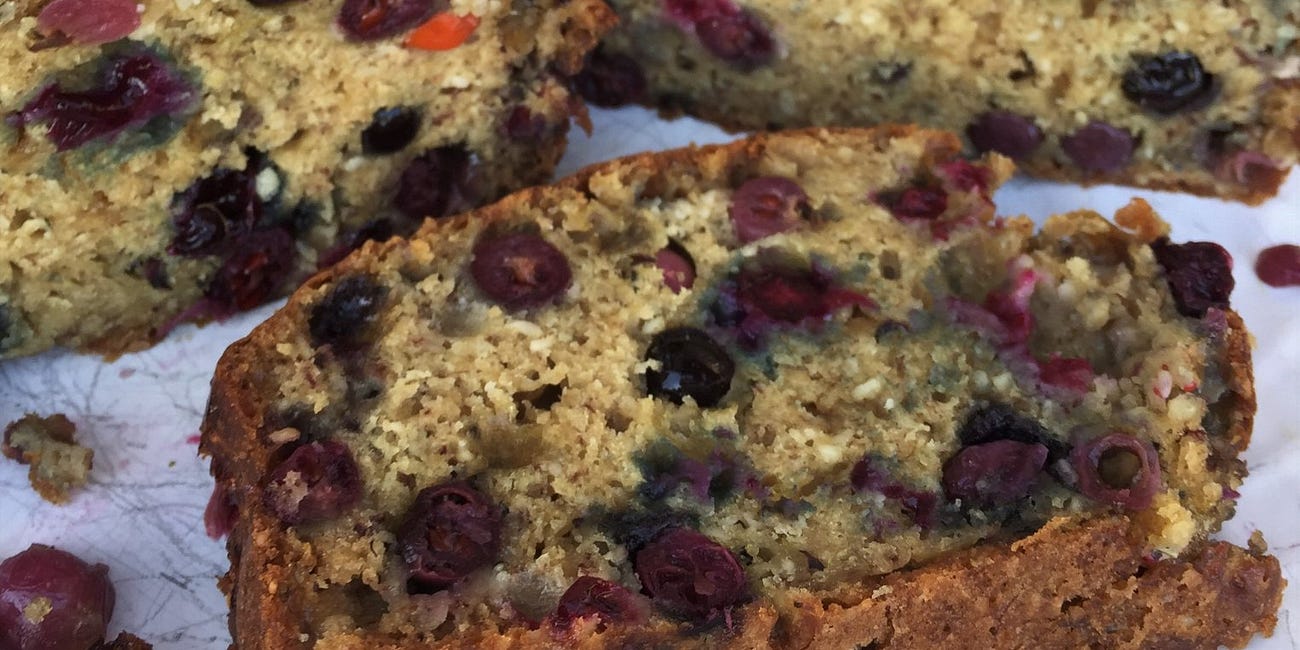
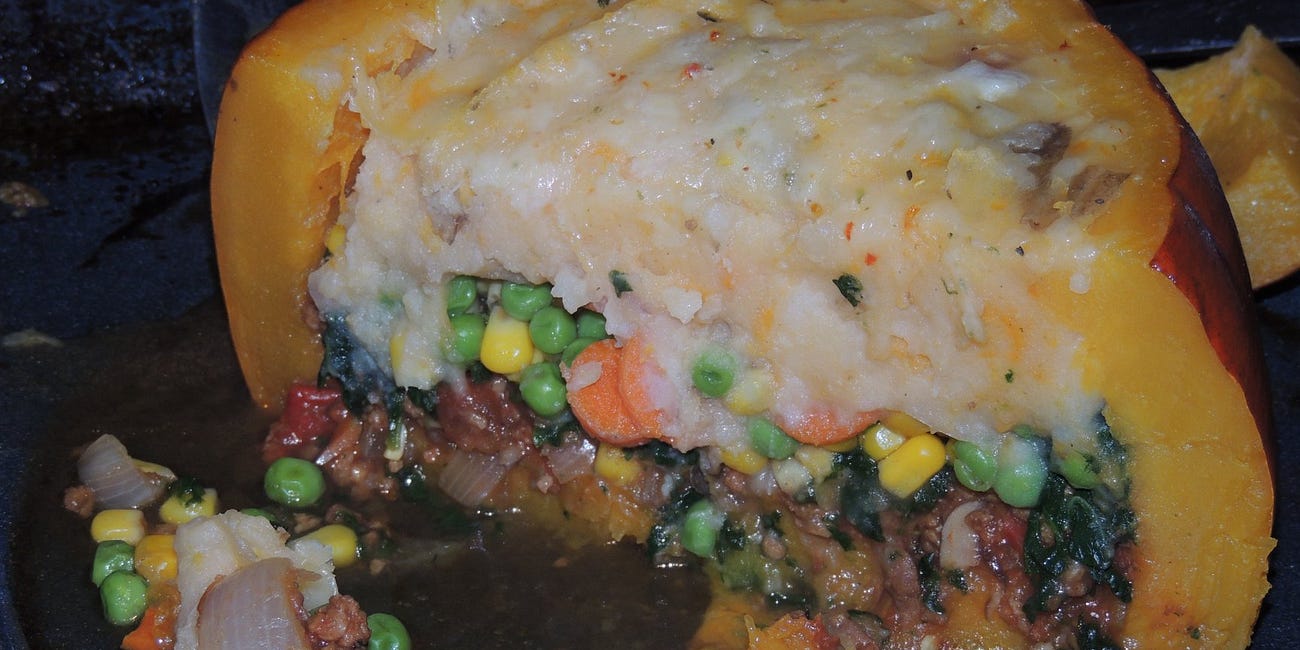
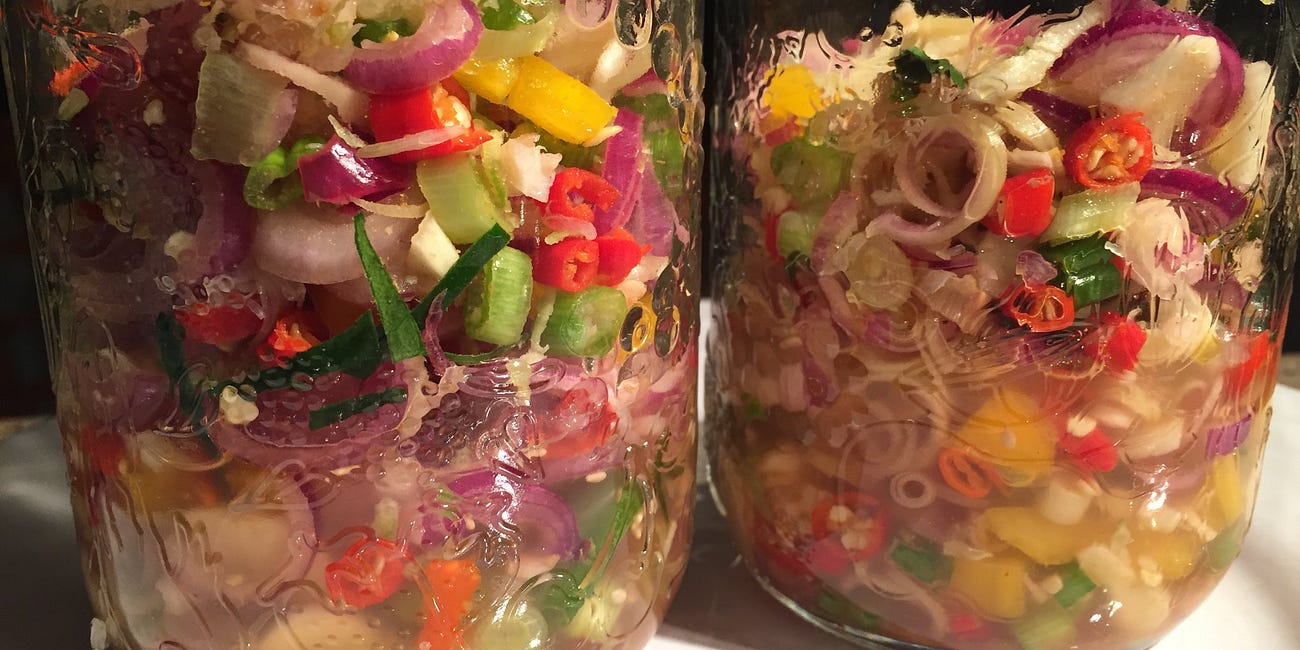

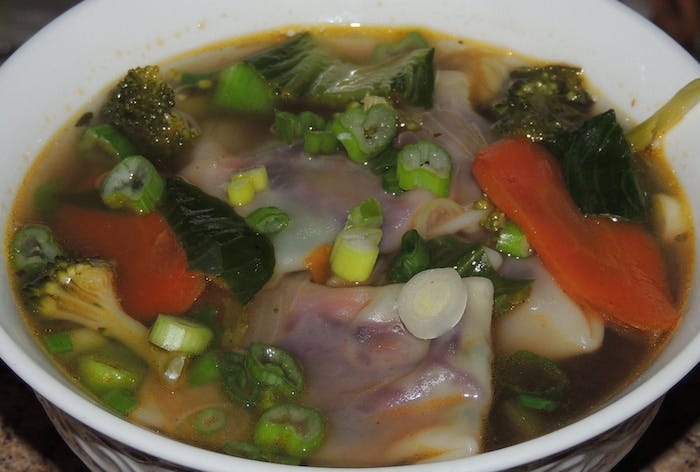


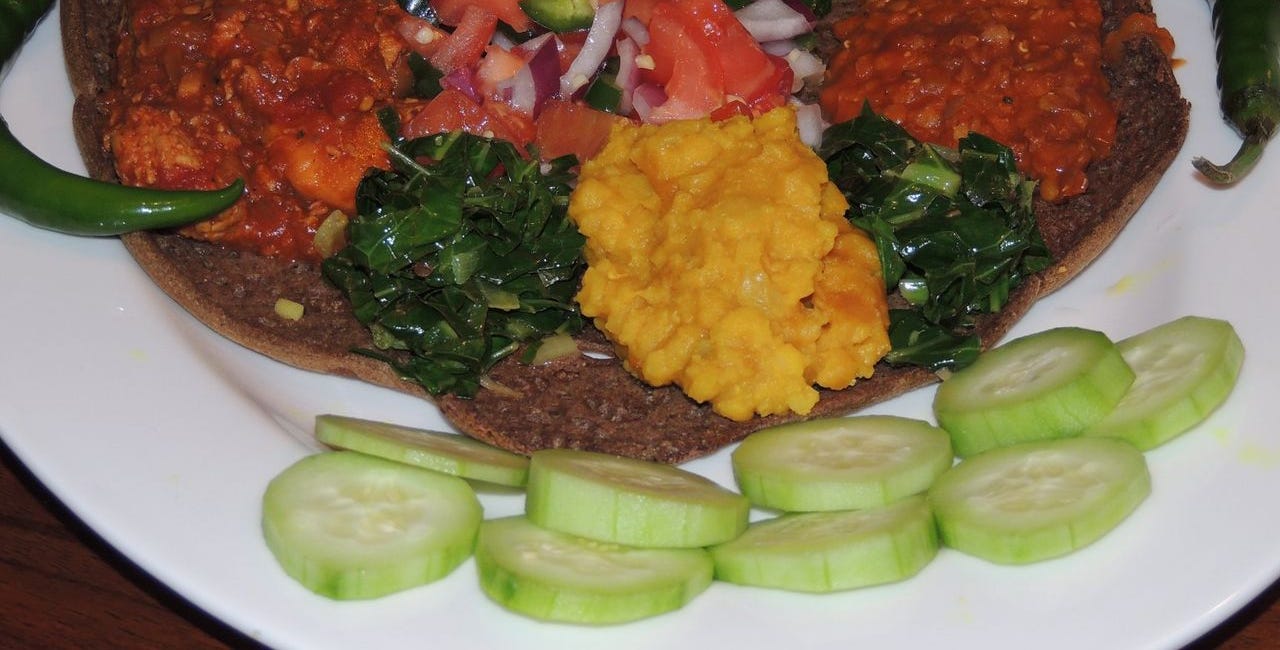
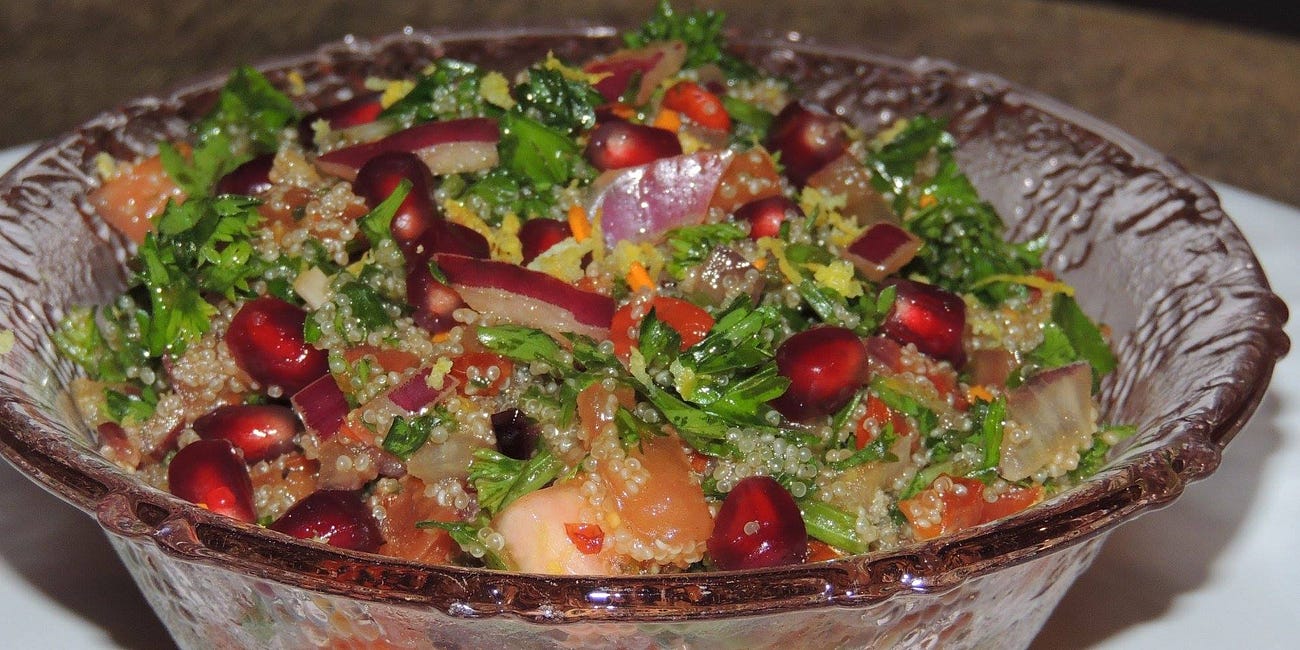






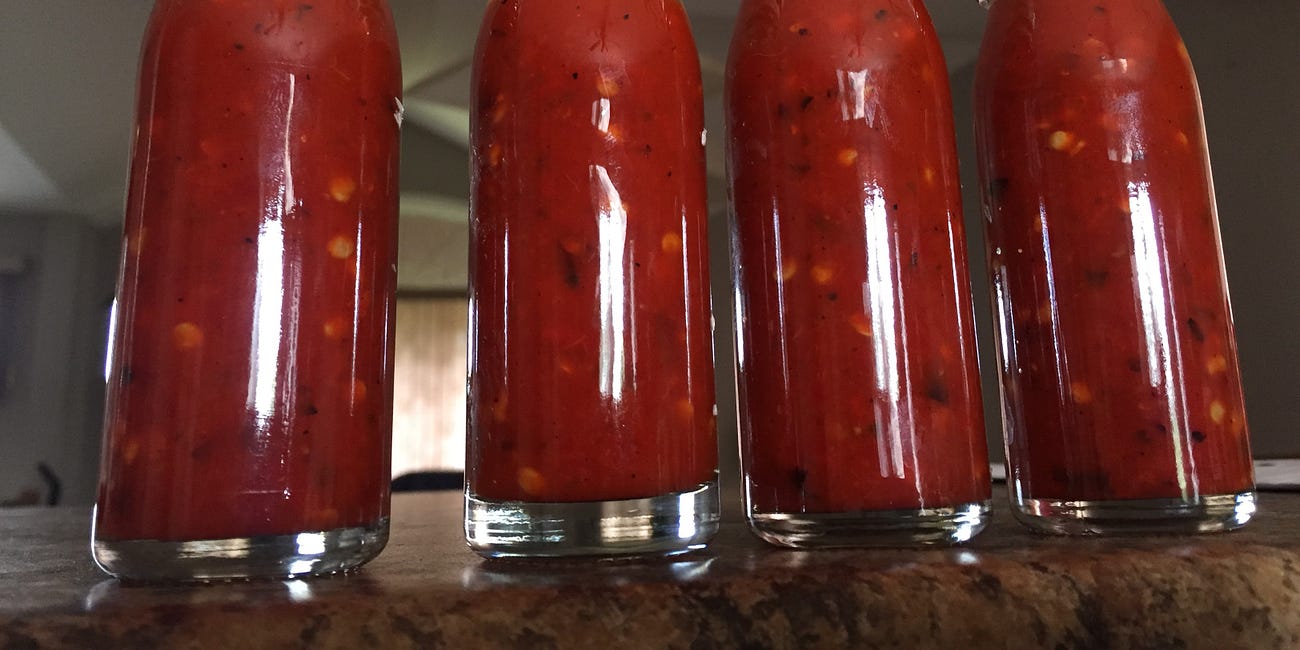
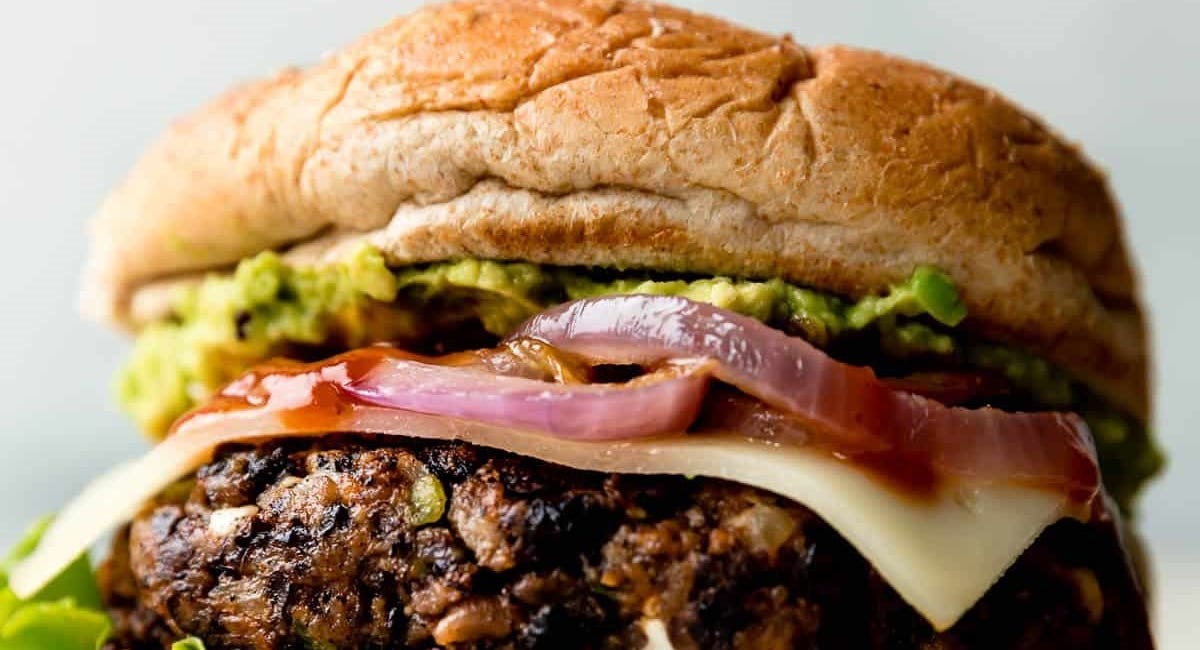




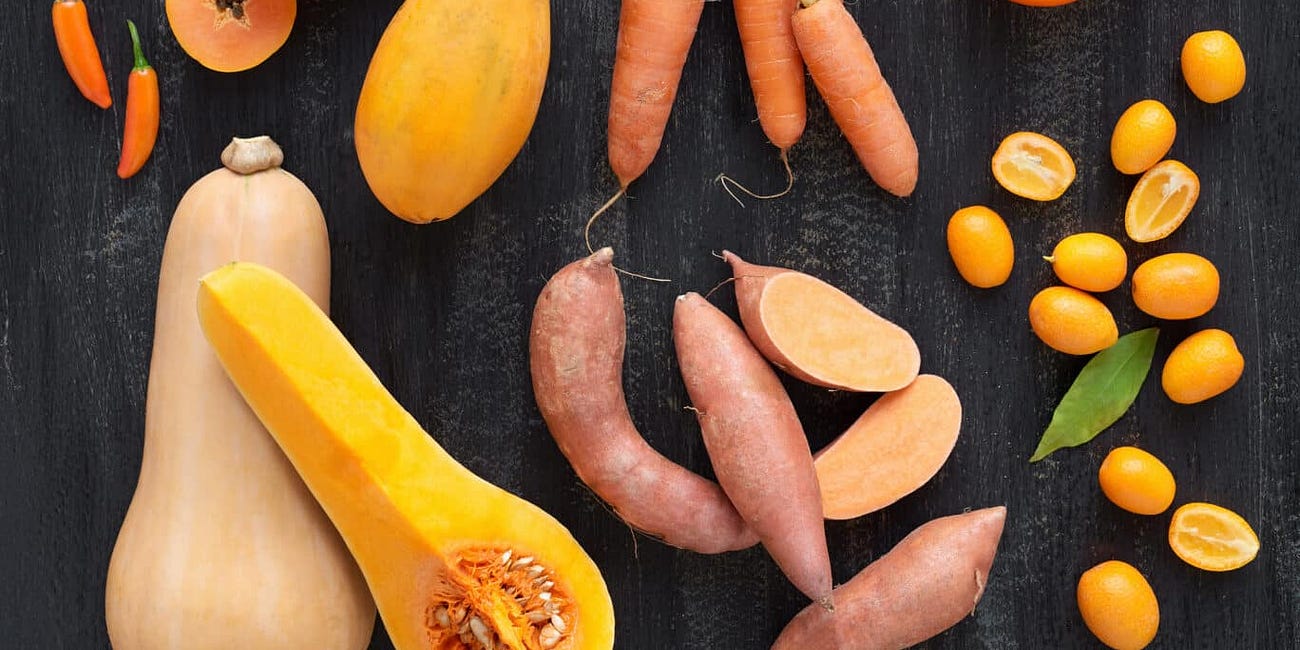

Wow ! Newsletter or encyclopaedia of health food ? Thank you !
Gavin
Firstly, I admit I rarely read your newsletters,
Secondly I admit that I only subscribe to a small number of substacks and yours is still one of them because I know it's a fantastic reference hopefully I'll get around to using! Thank you for doing all this work.
Good to see a lot of the tropical stuff in here. I've been trying to grow ashwaganda but my seed (from the US) are a bit old I fear! I see you even have blue butterfly pea in your garden, nice one!